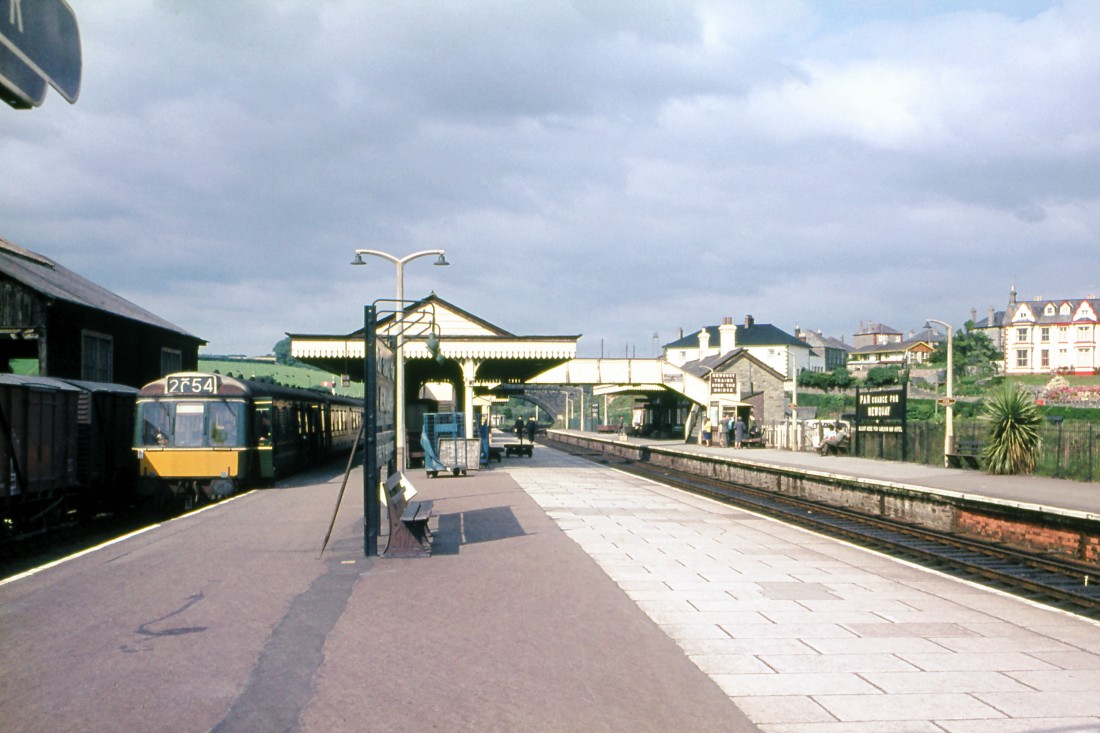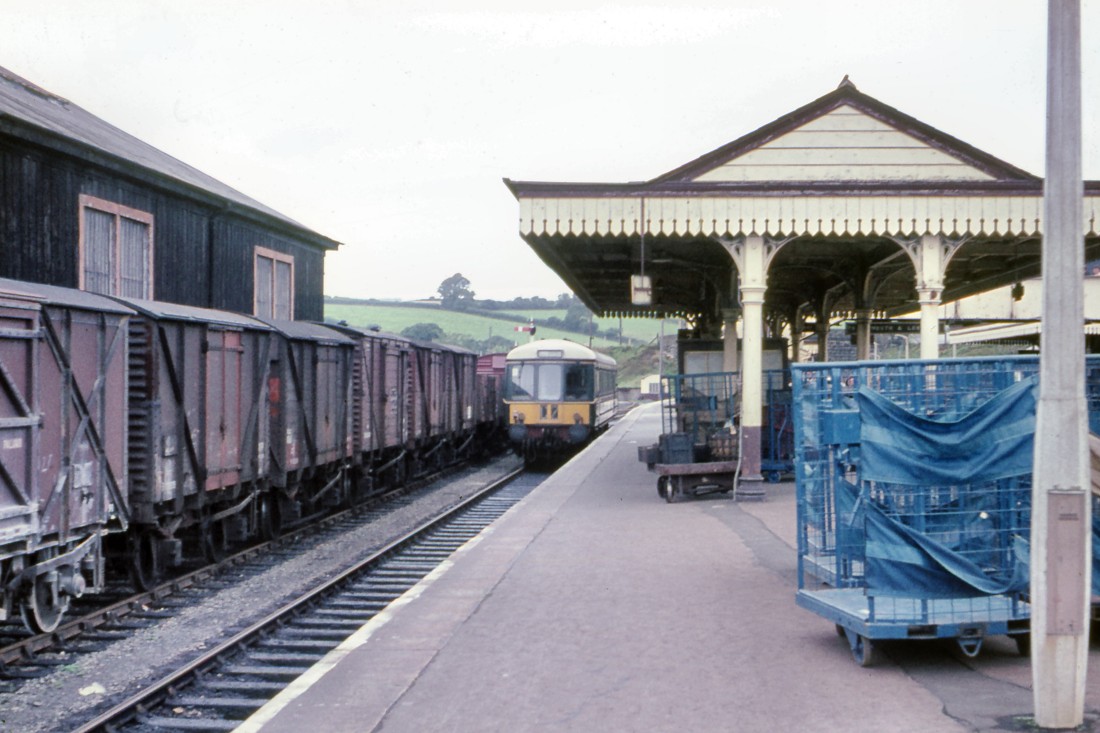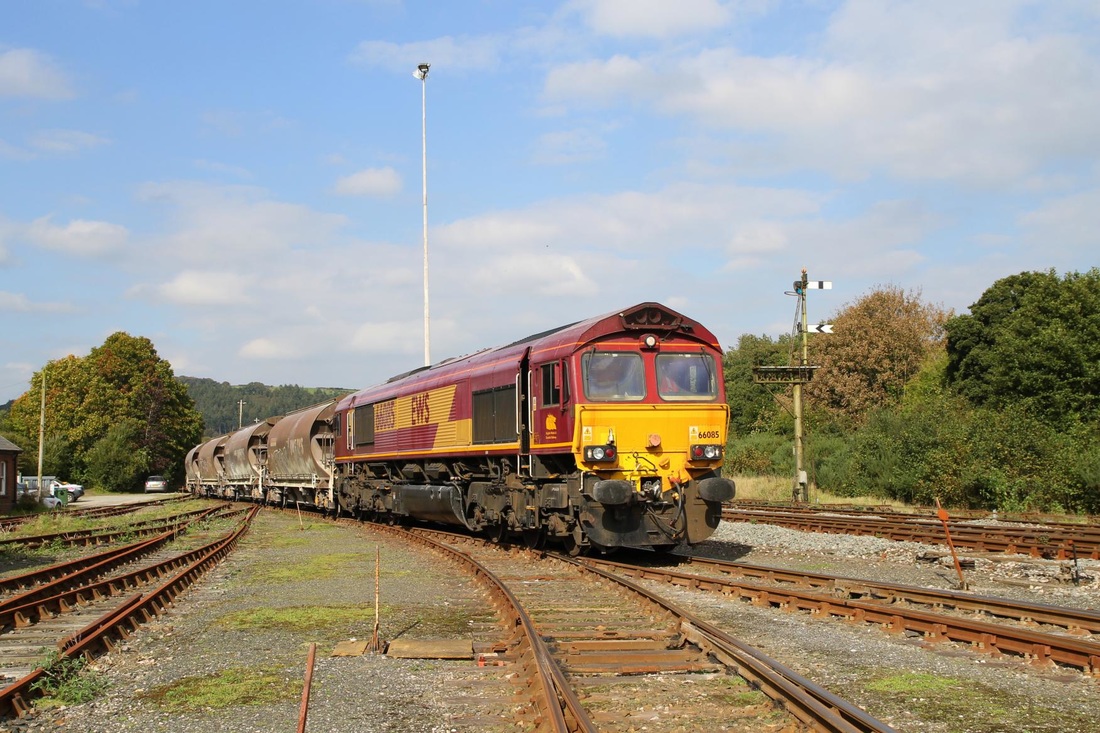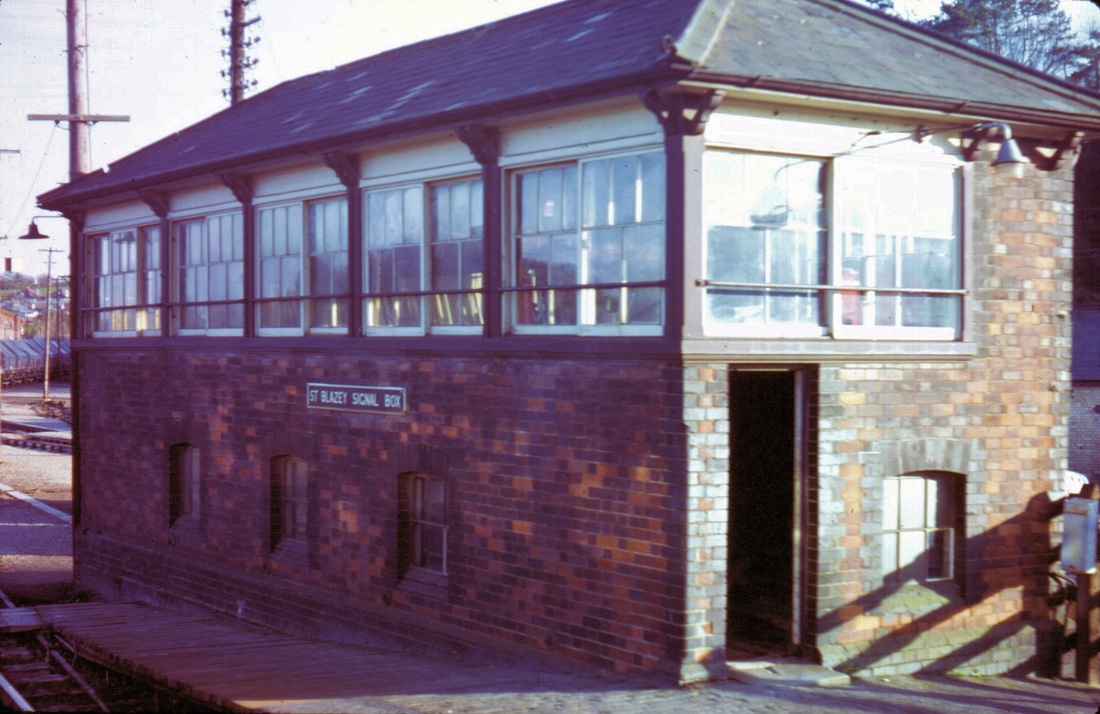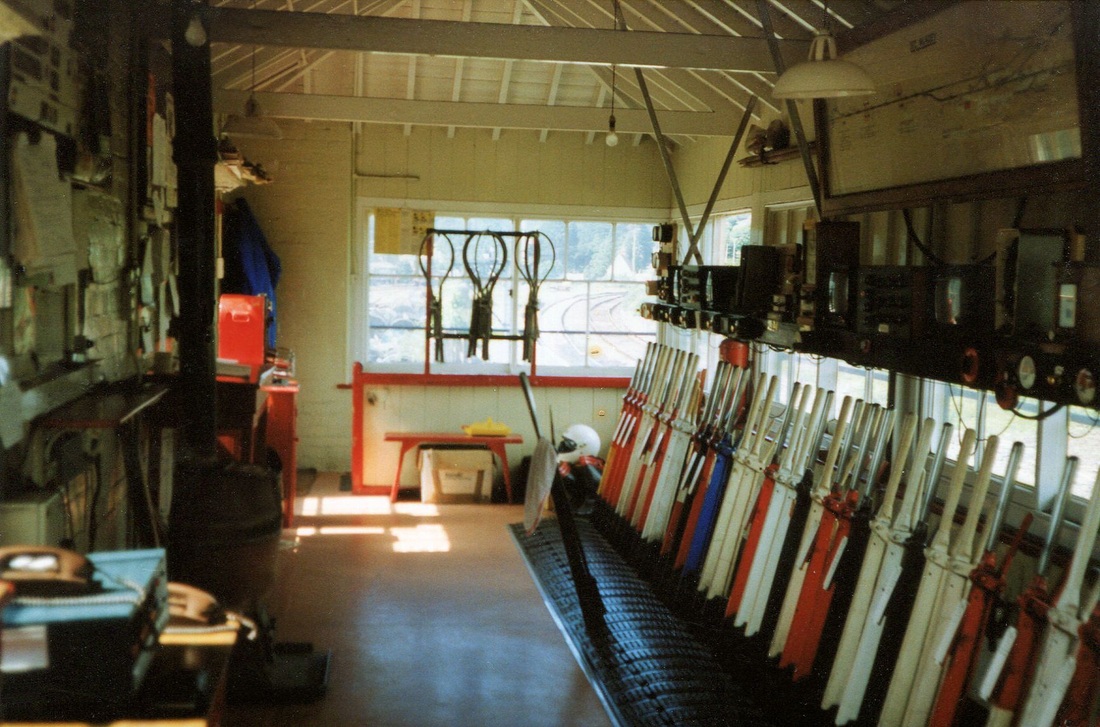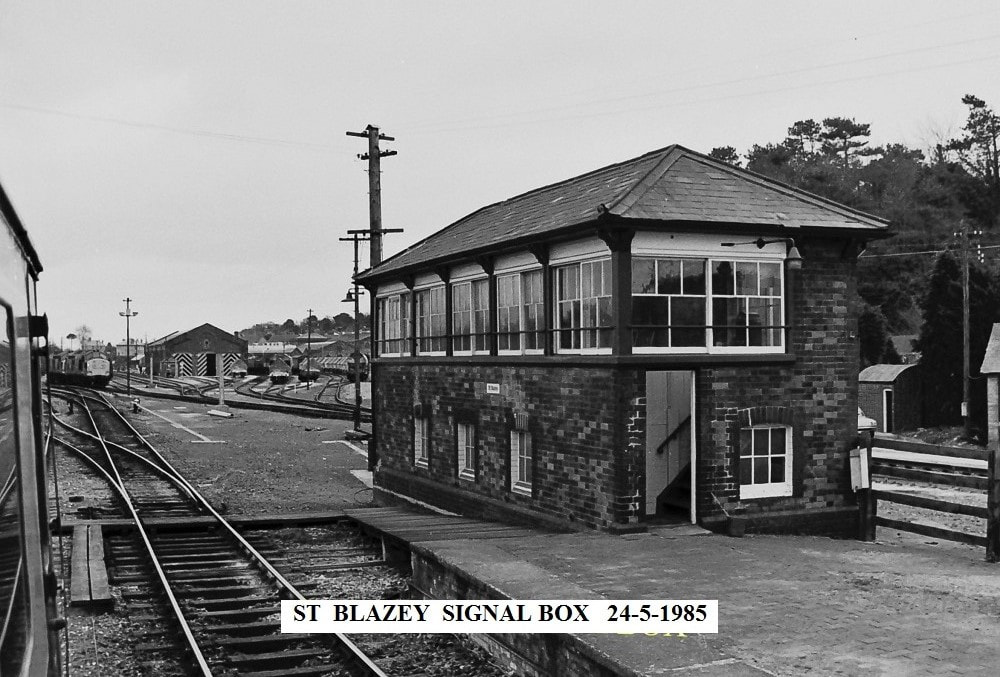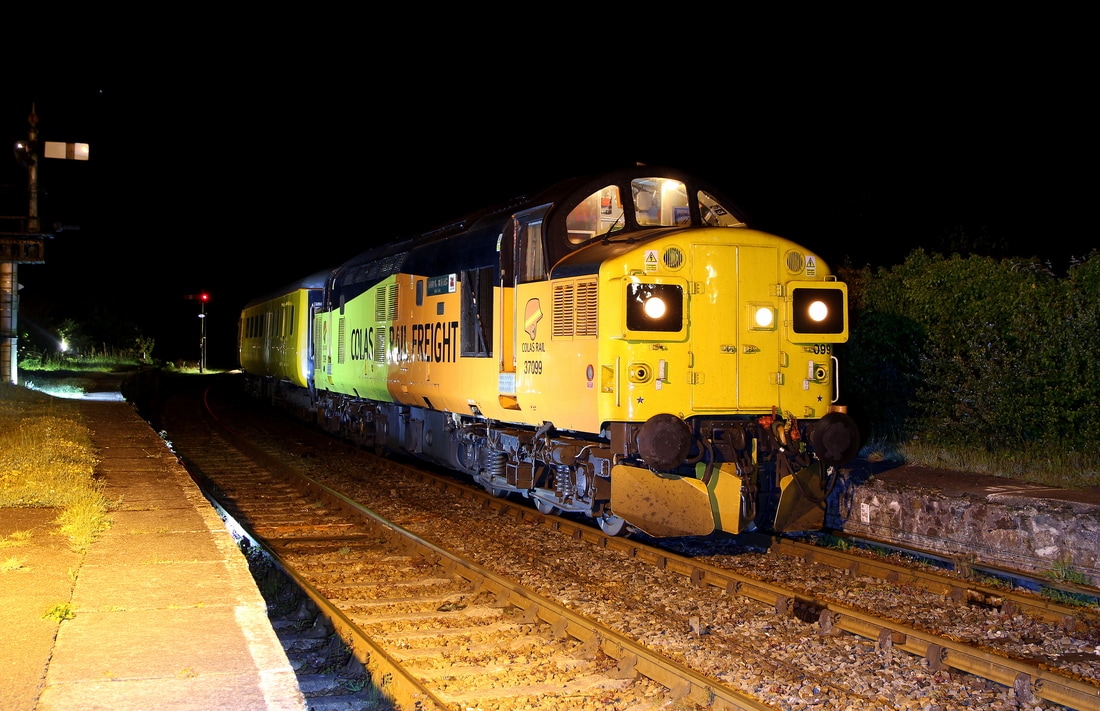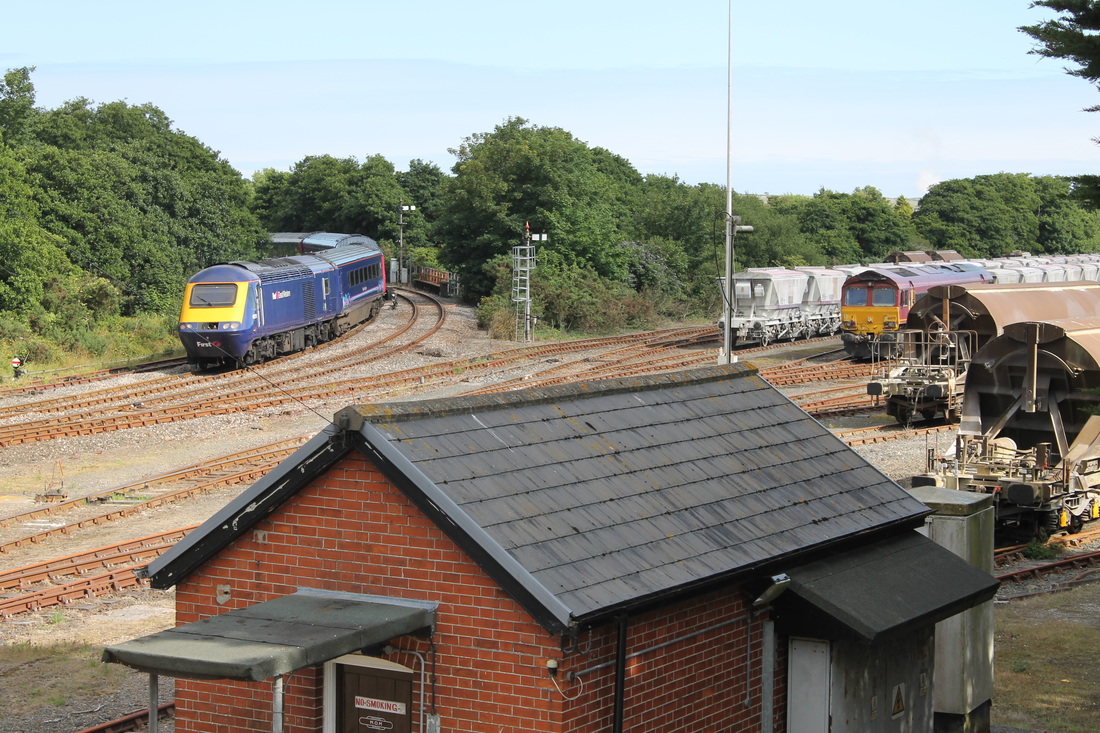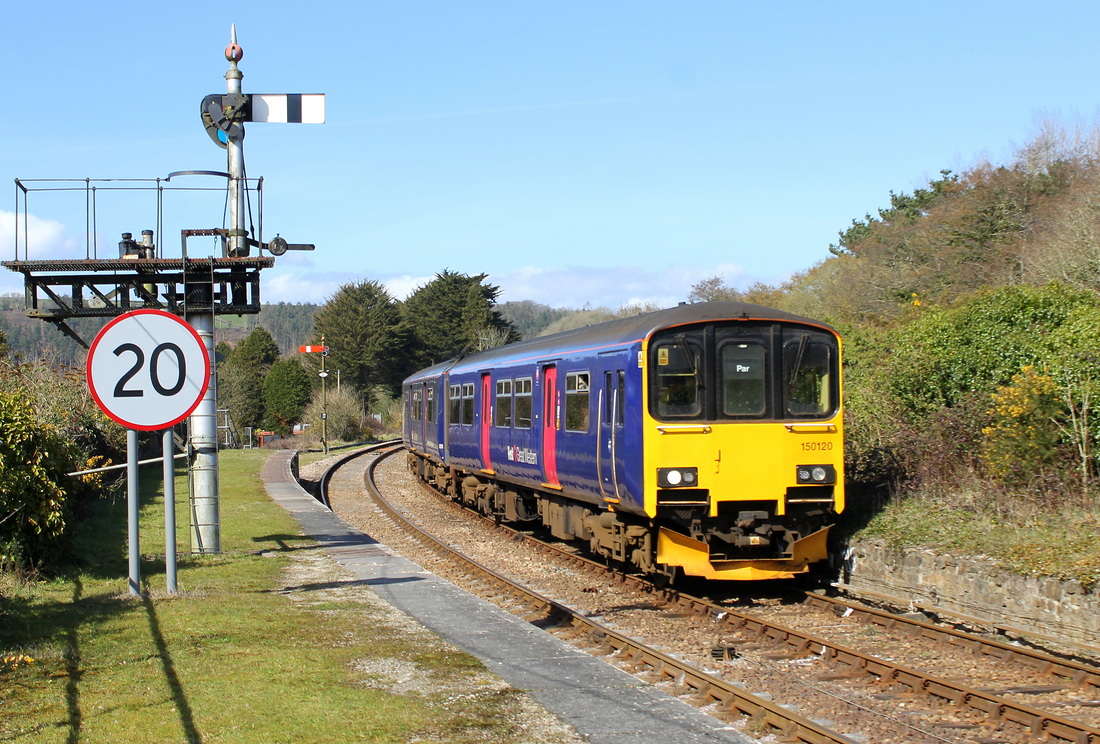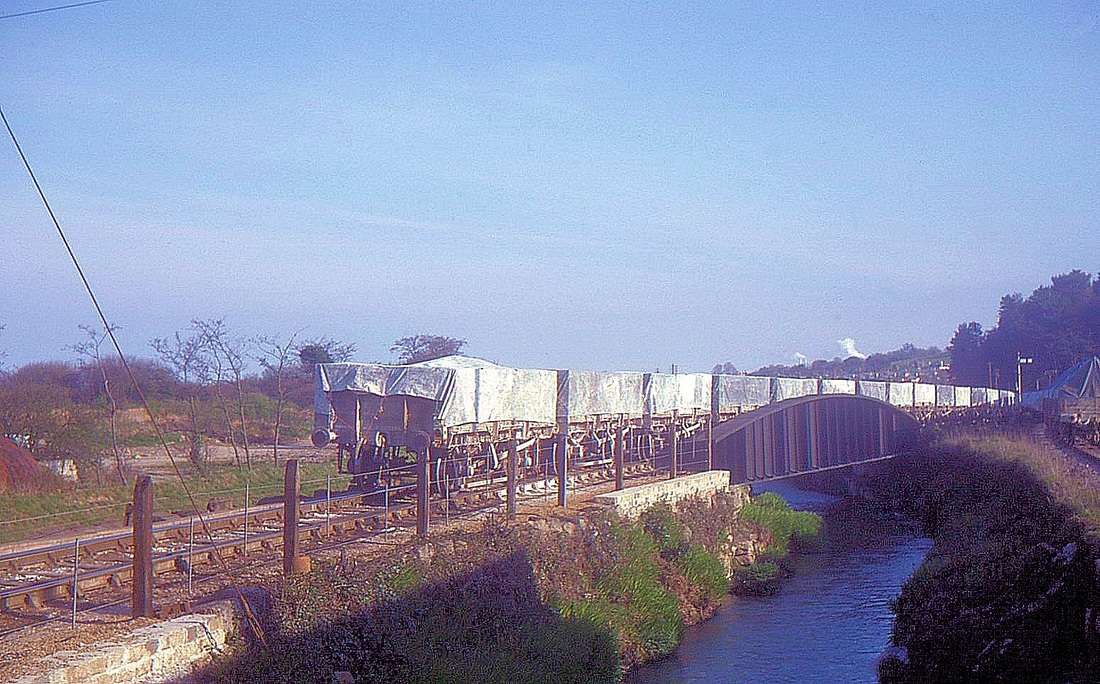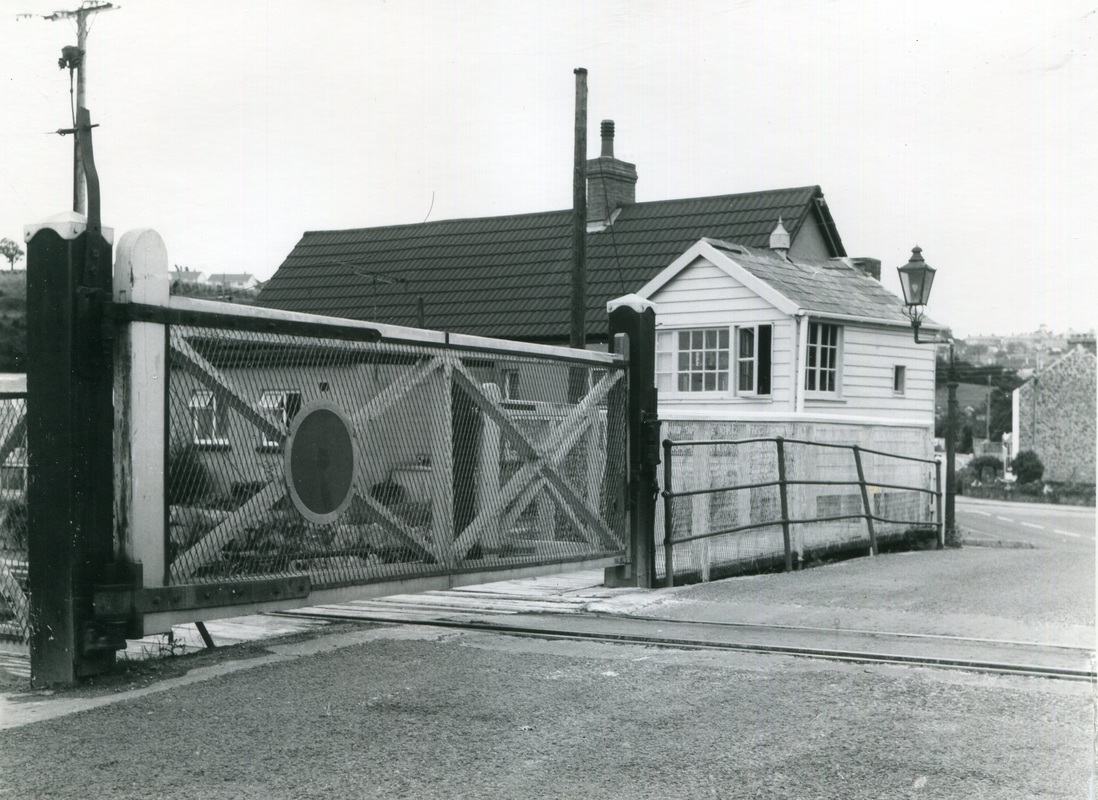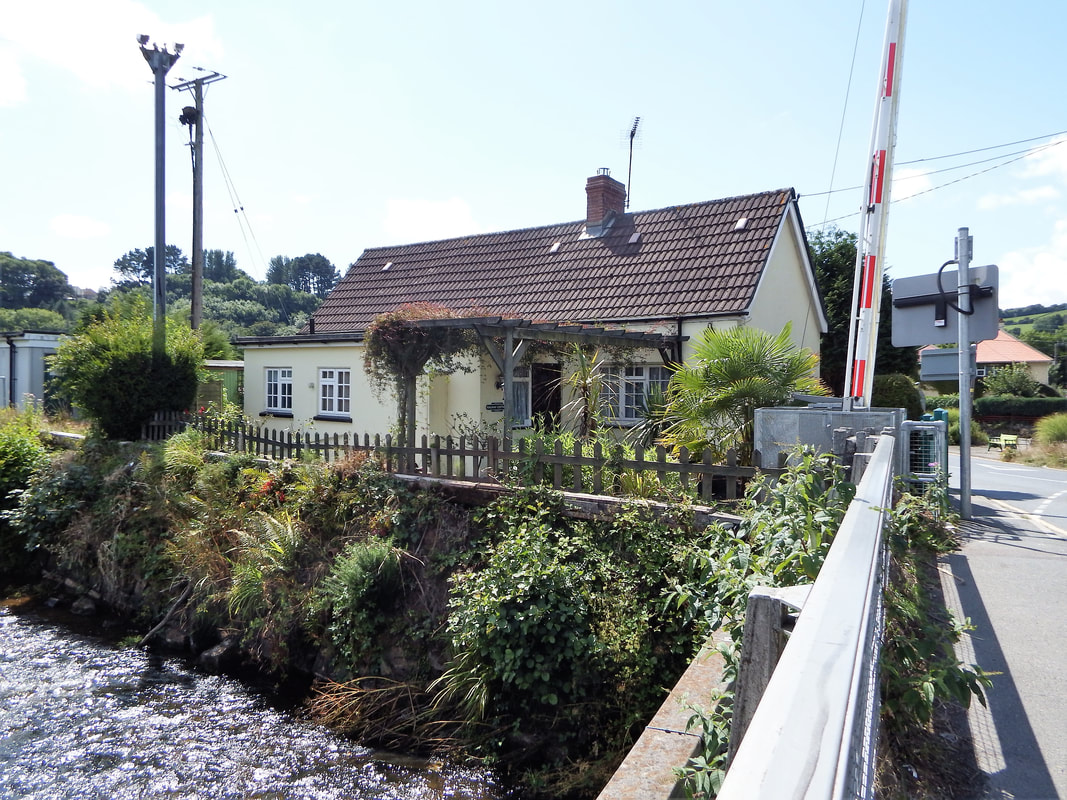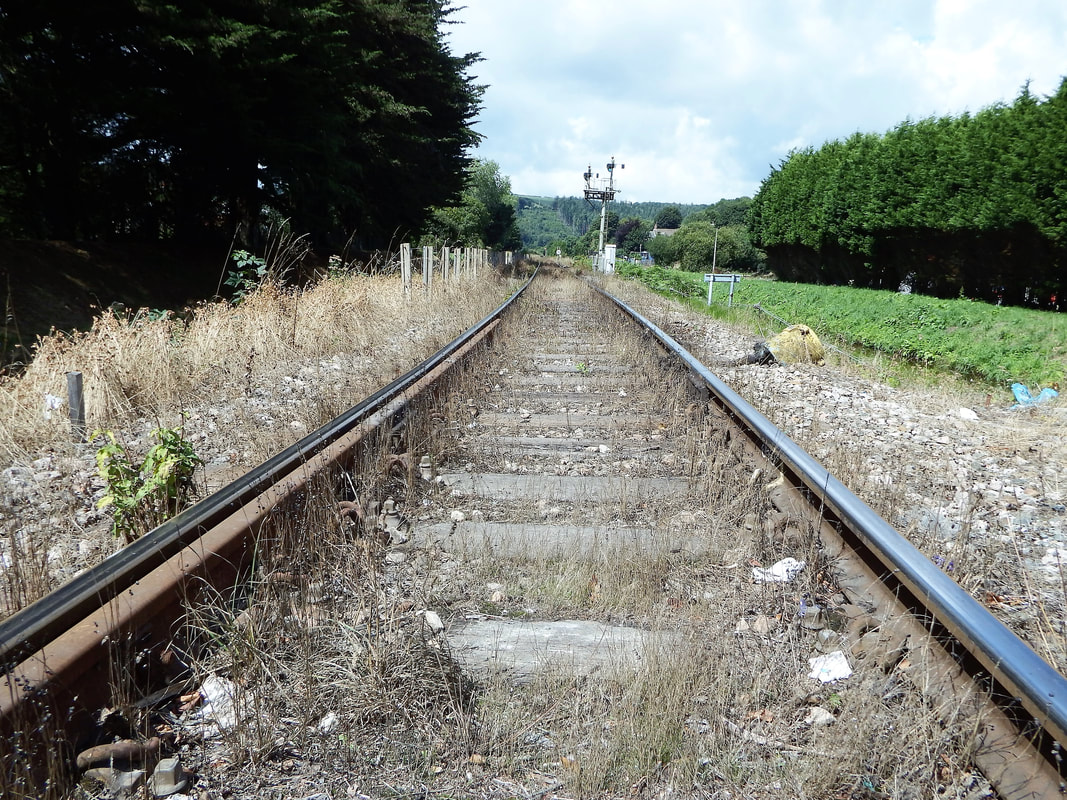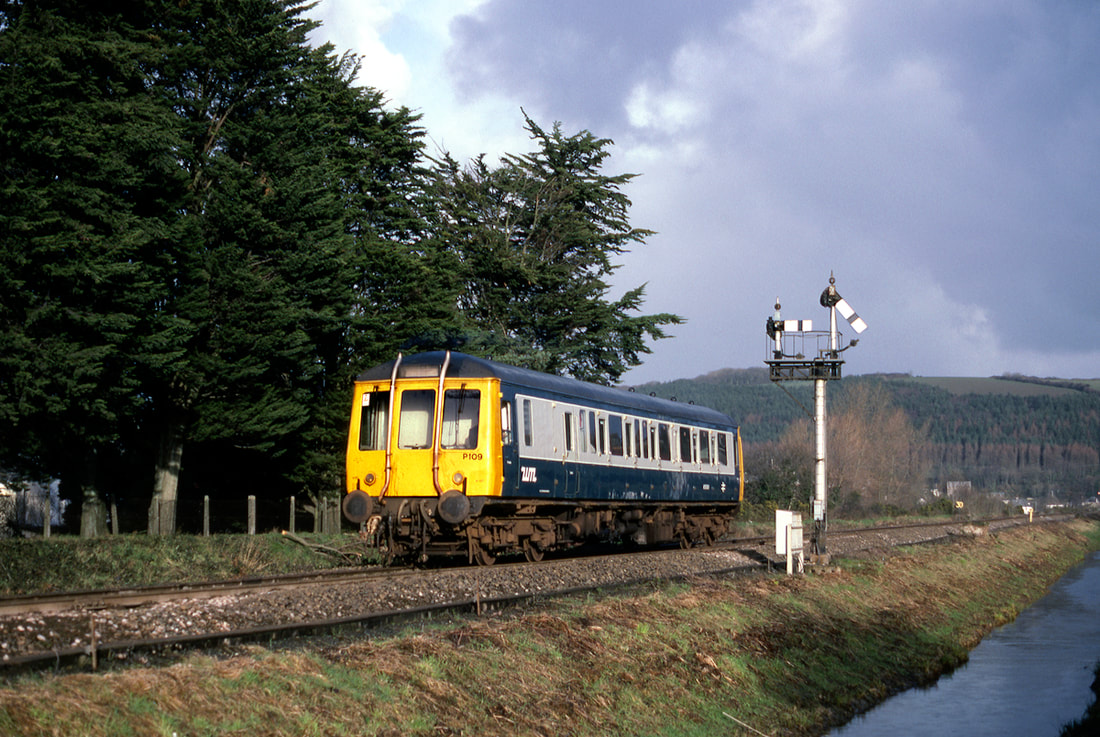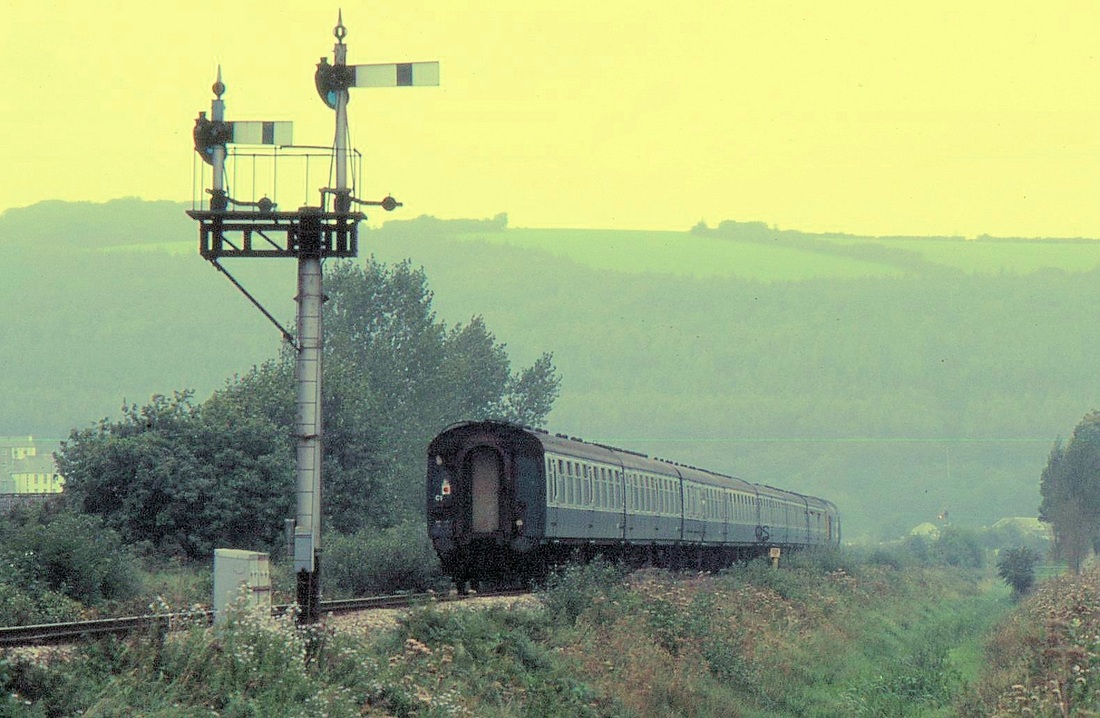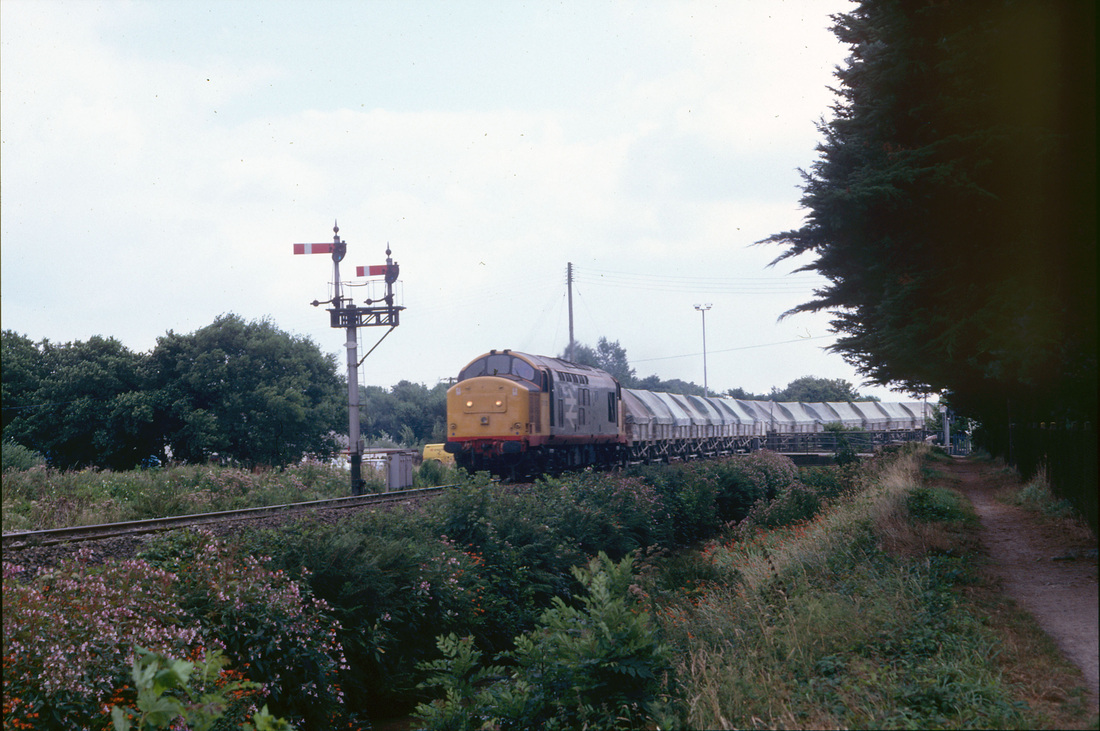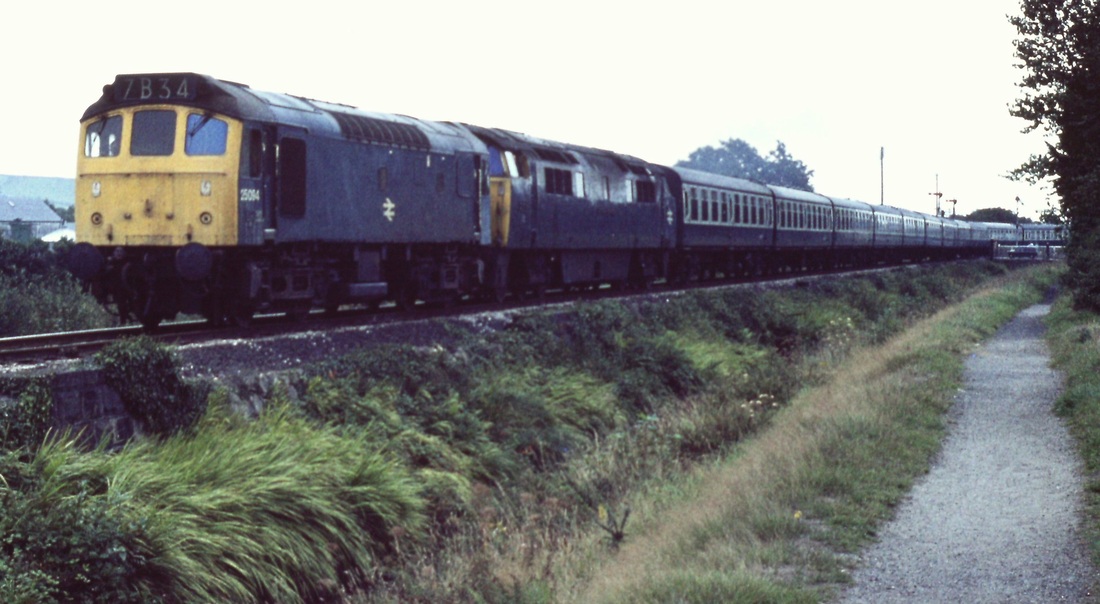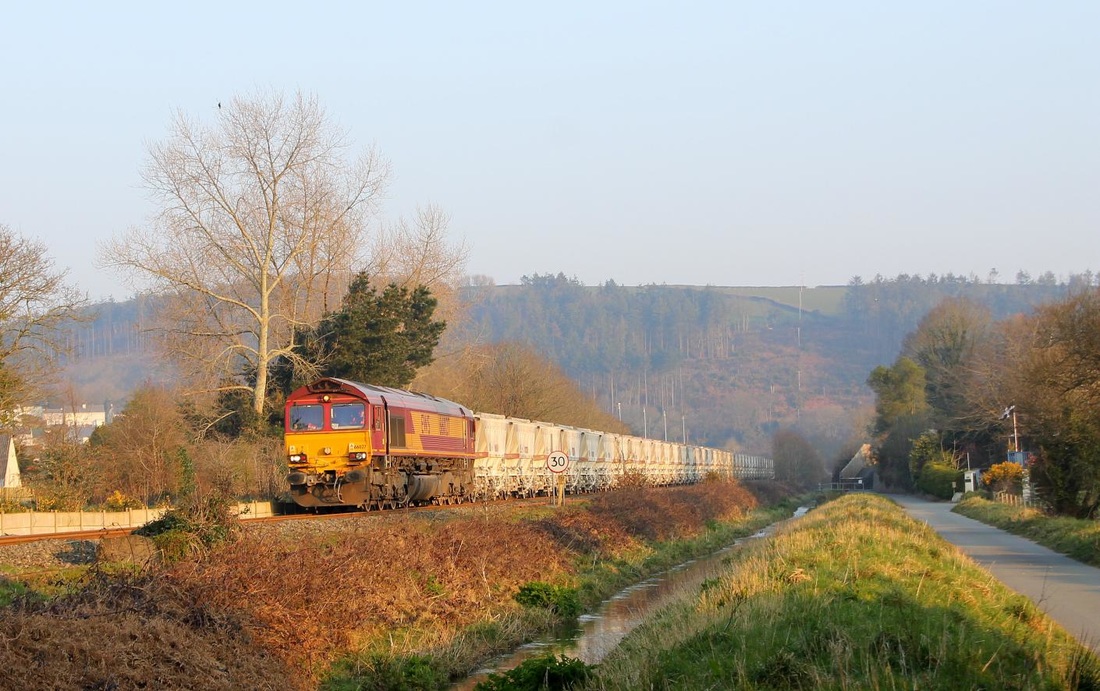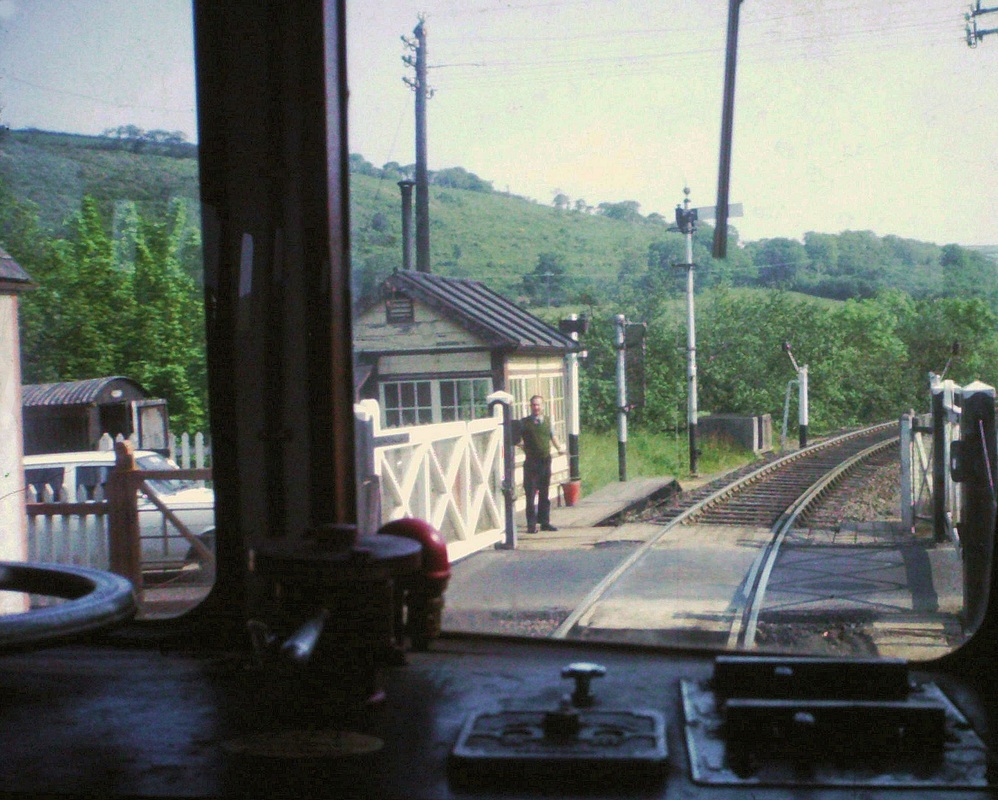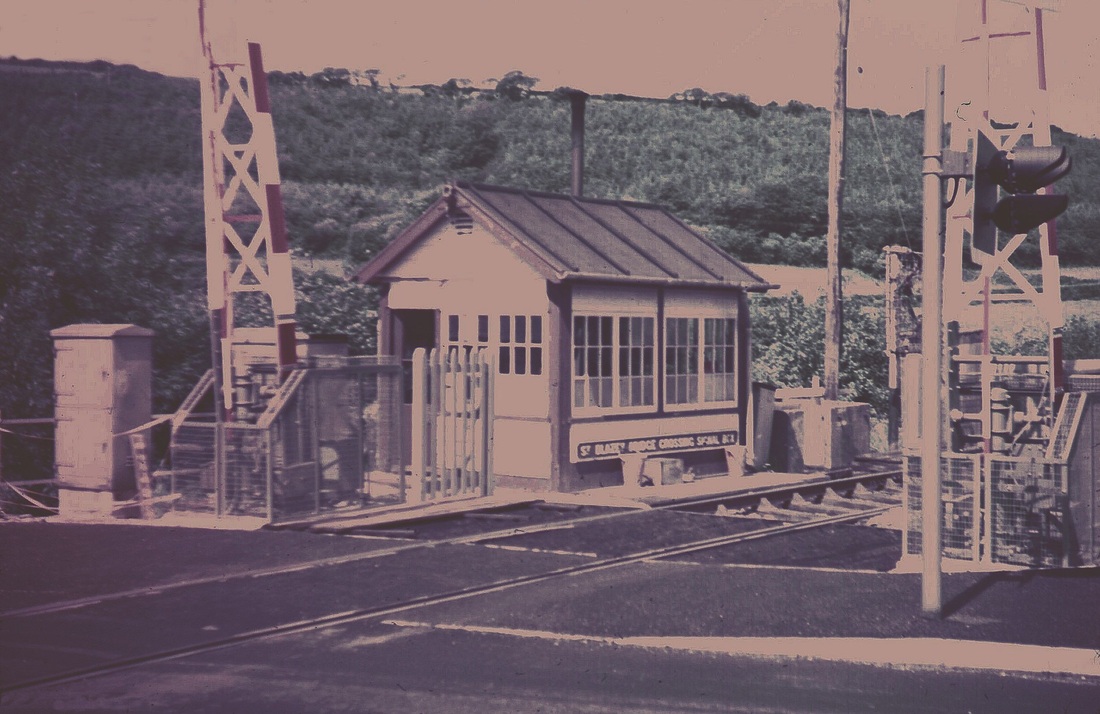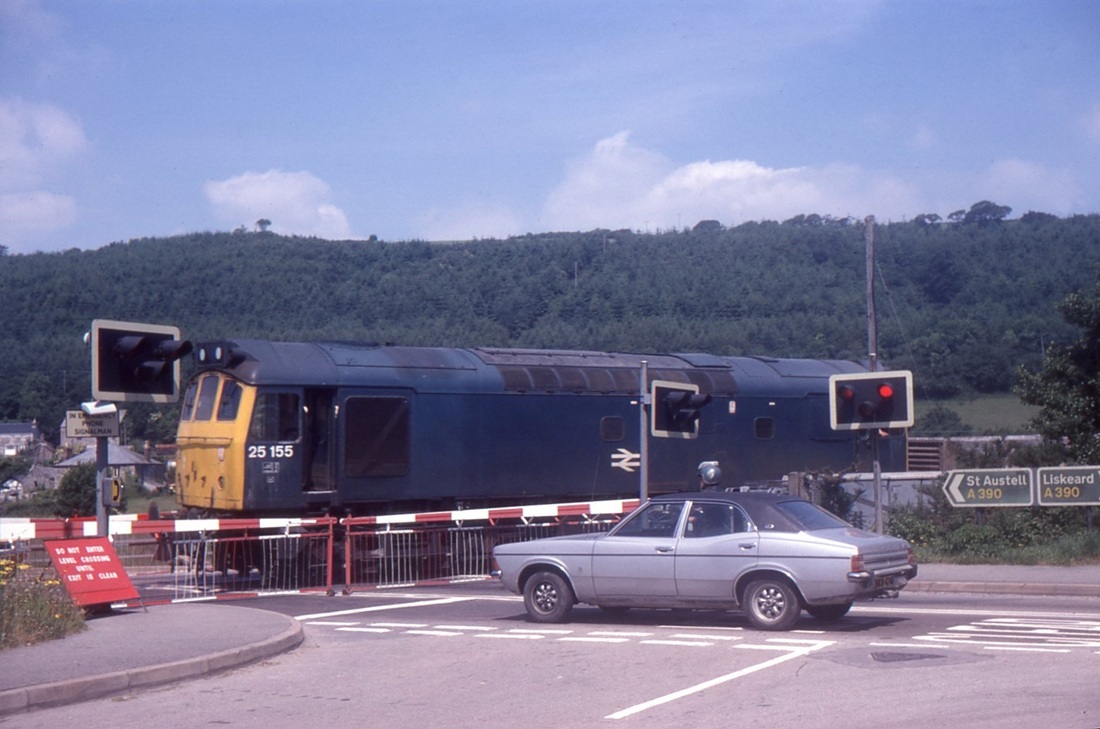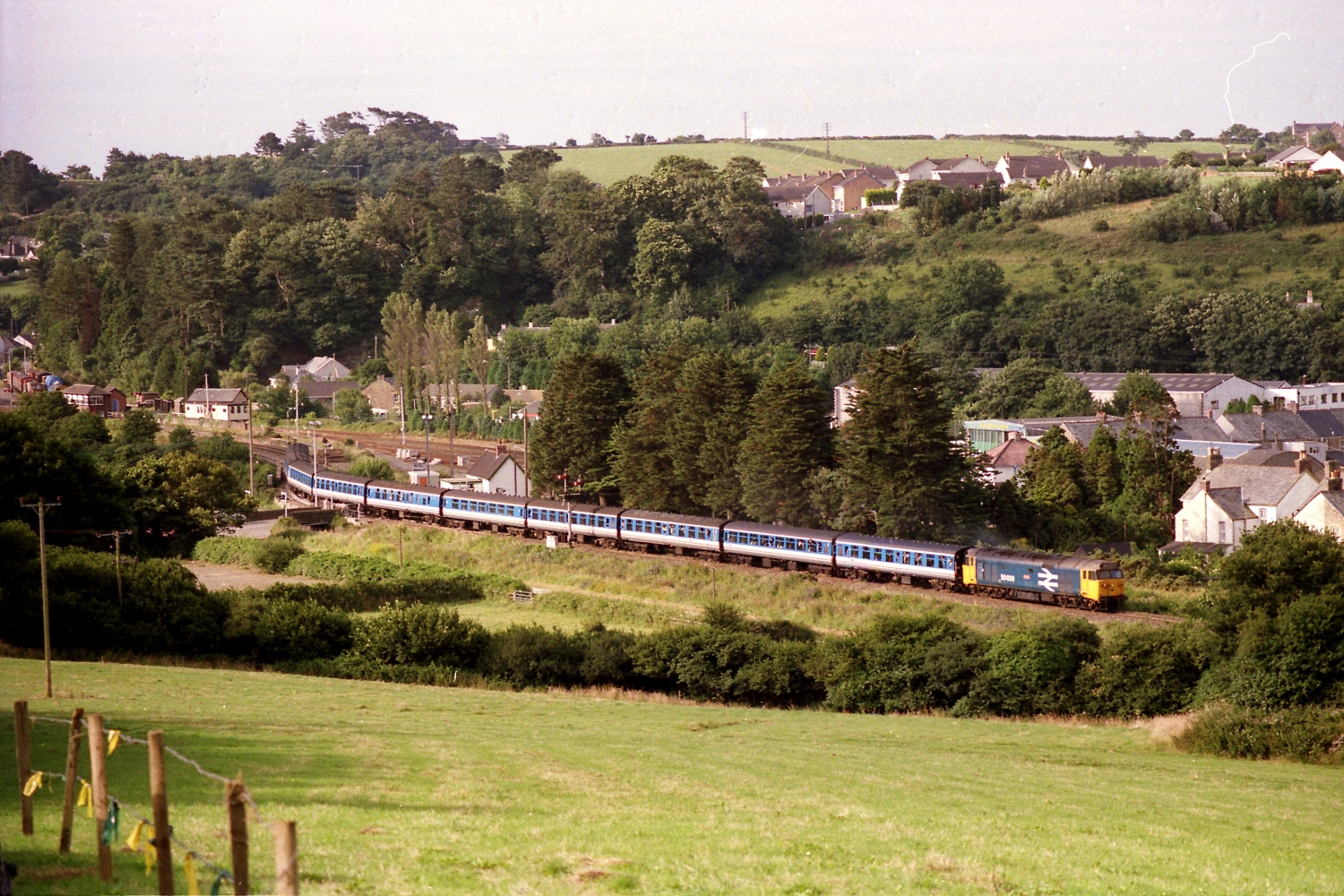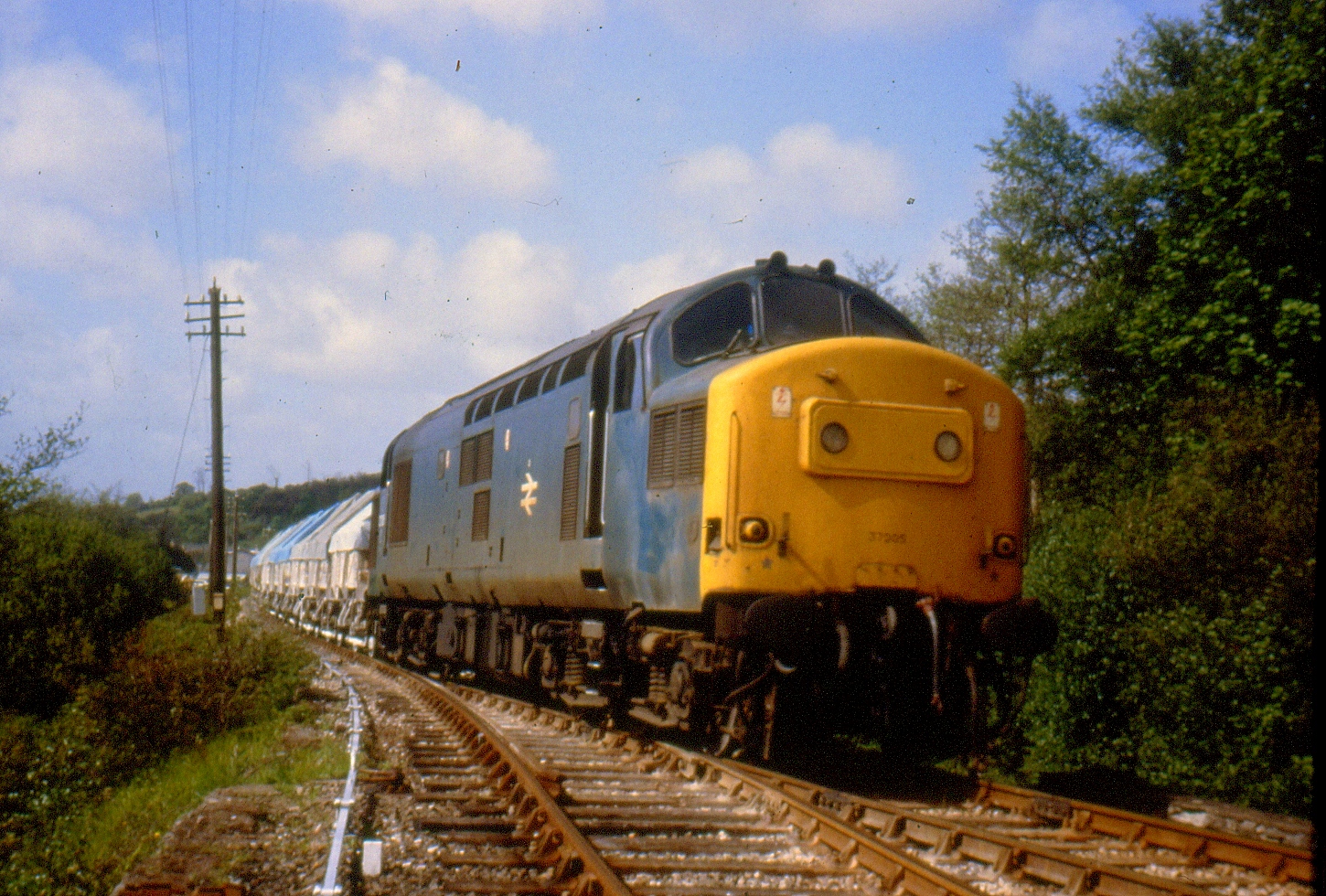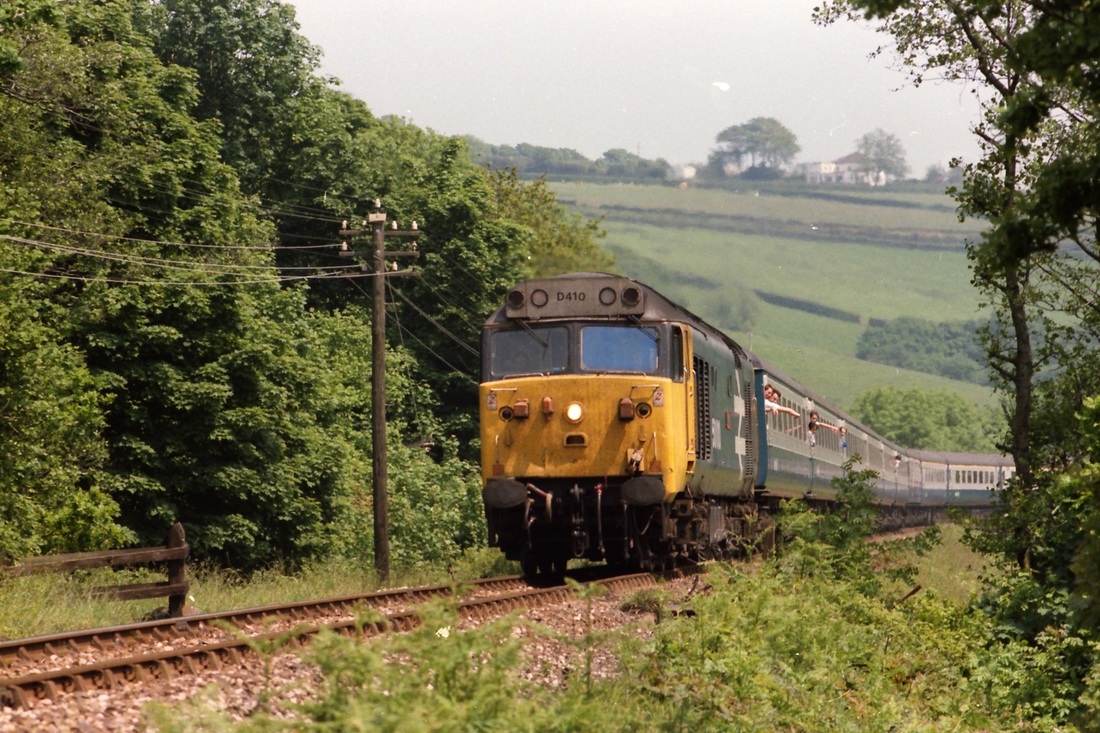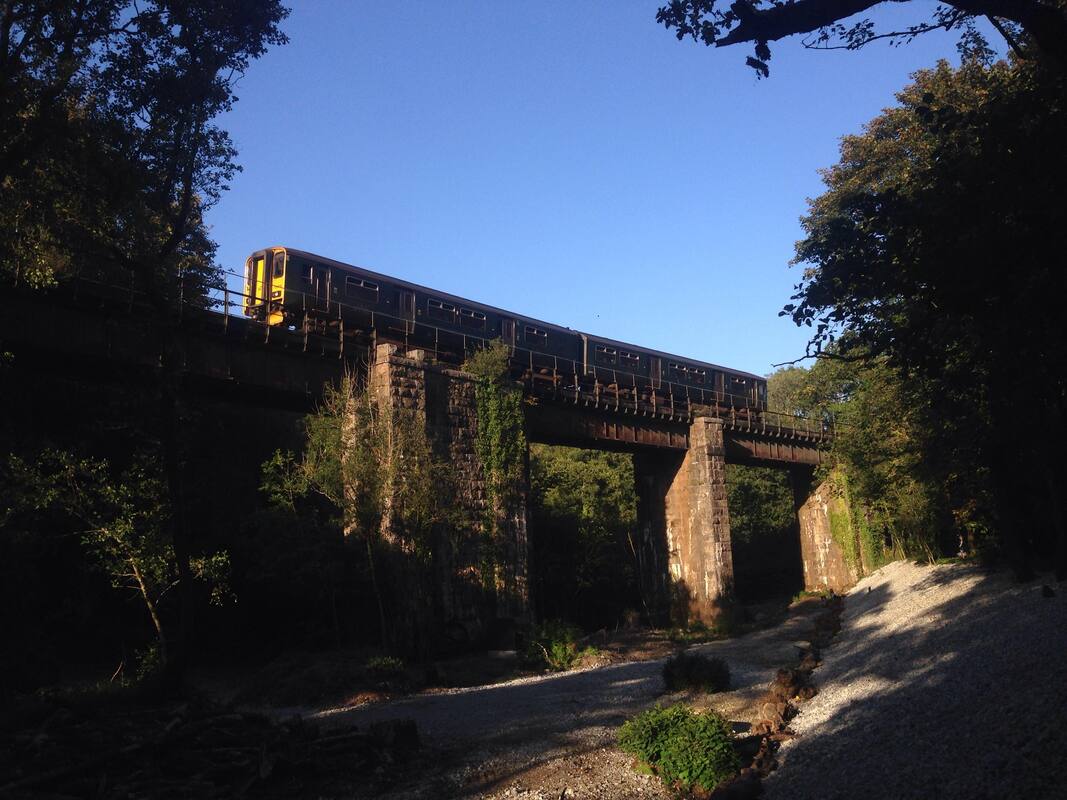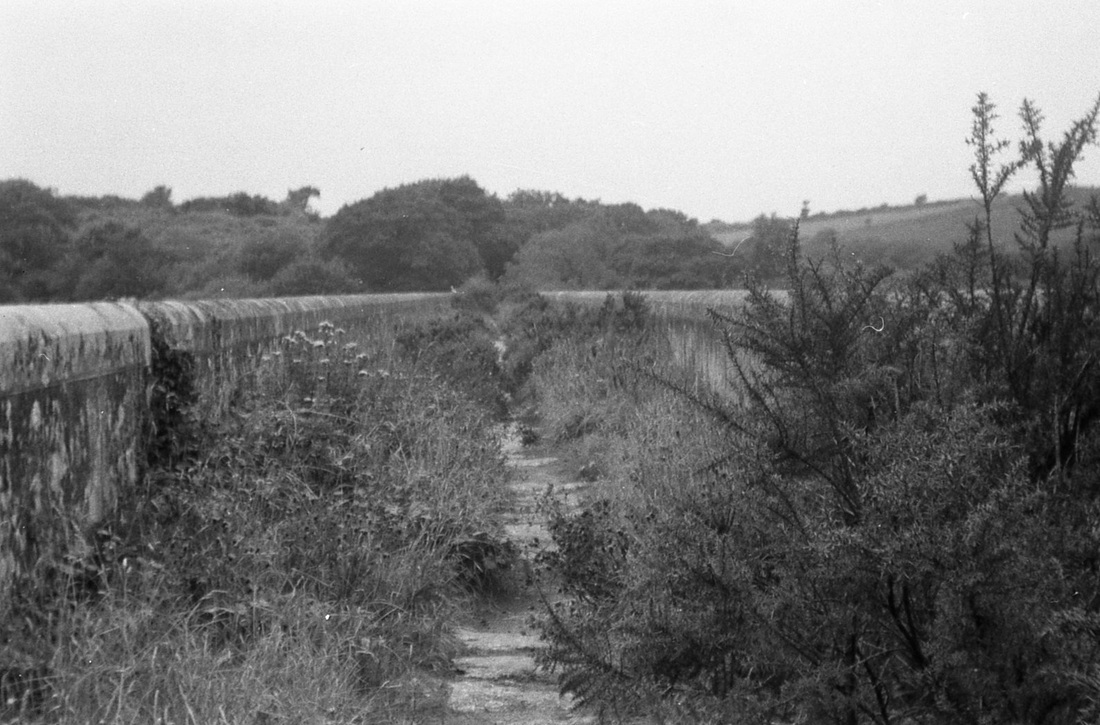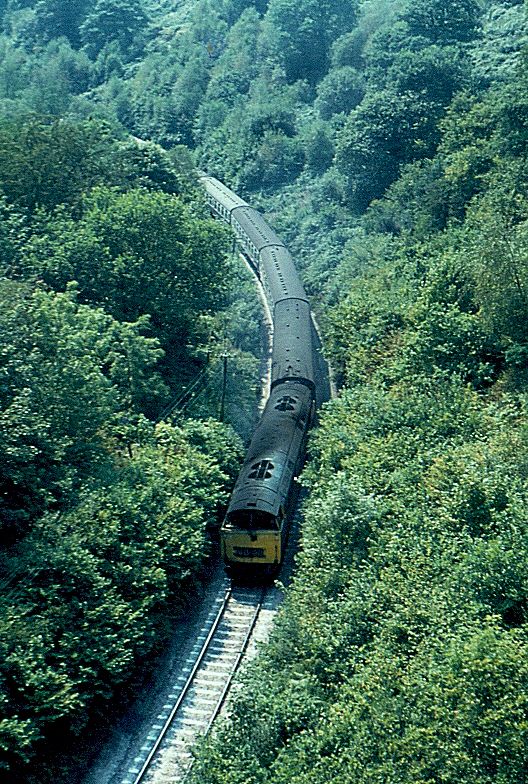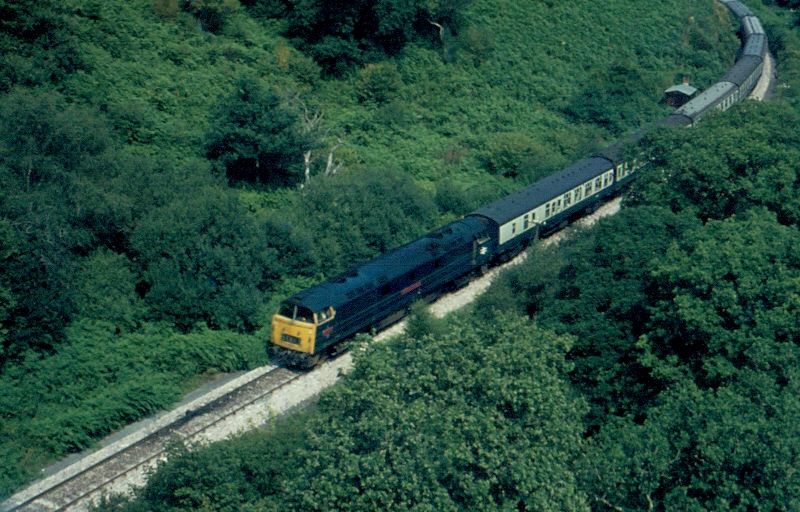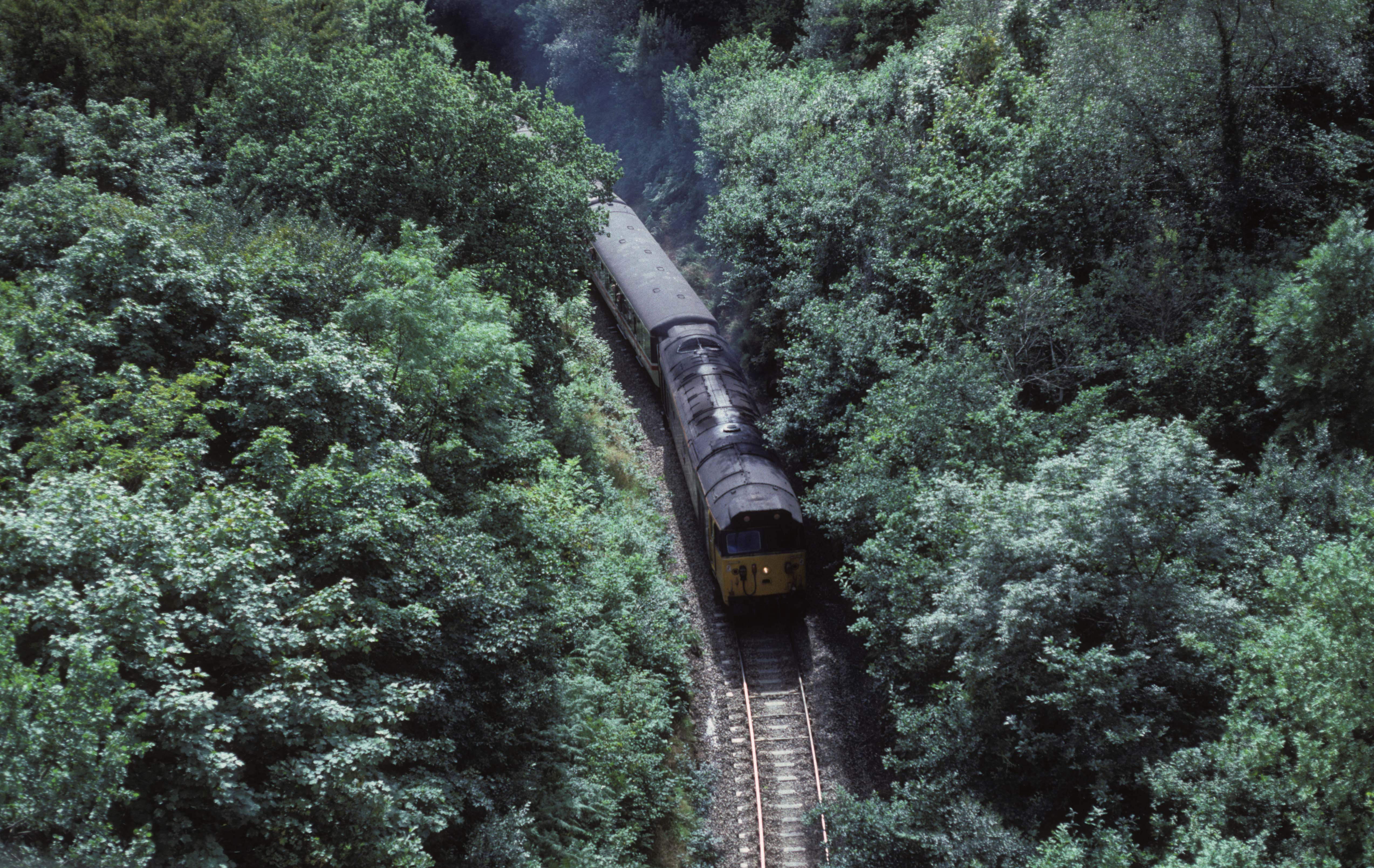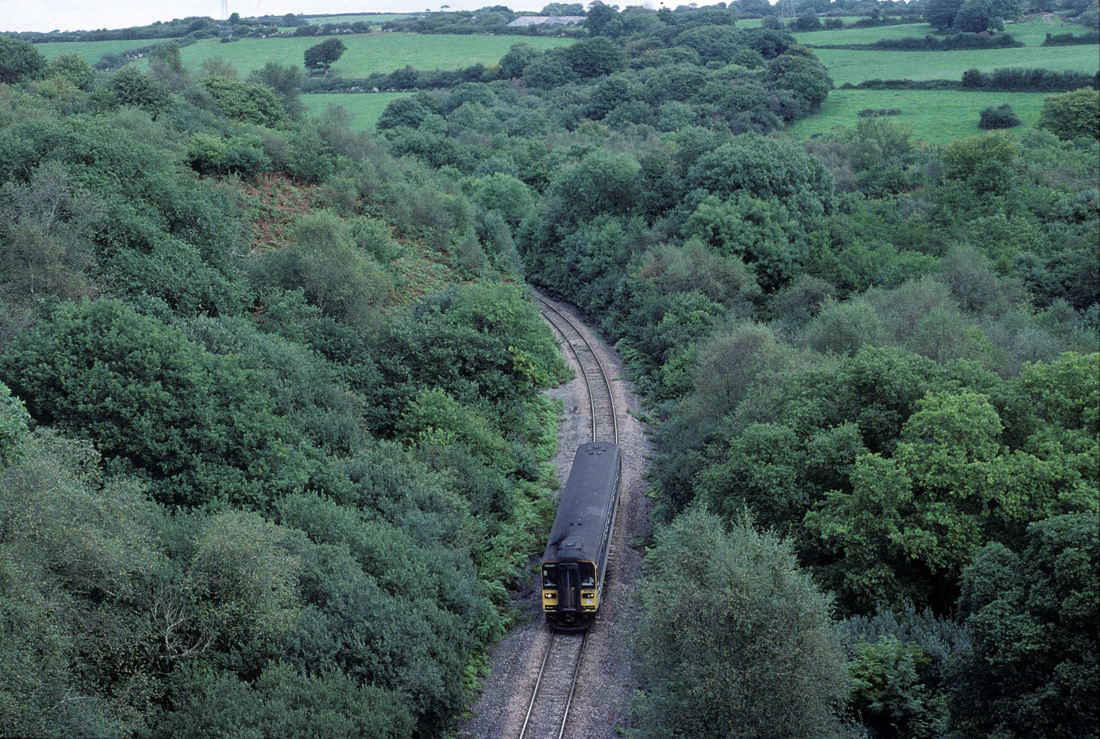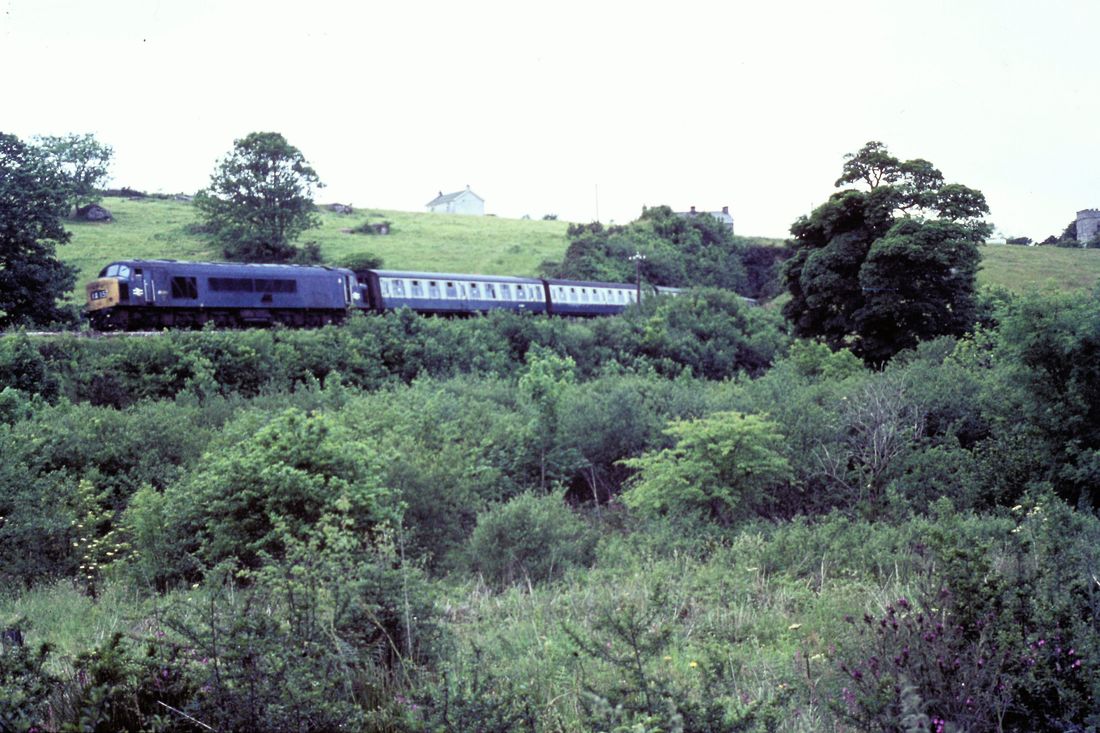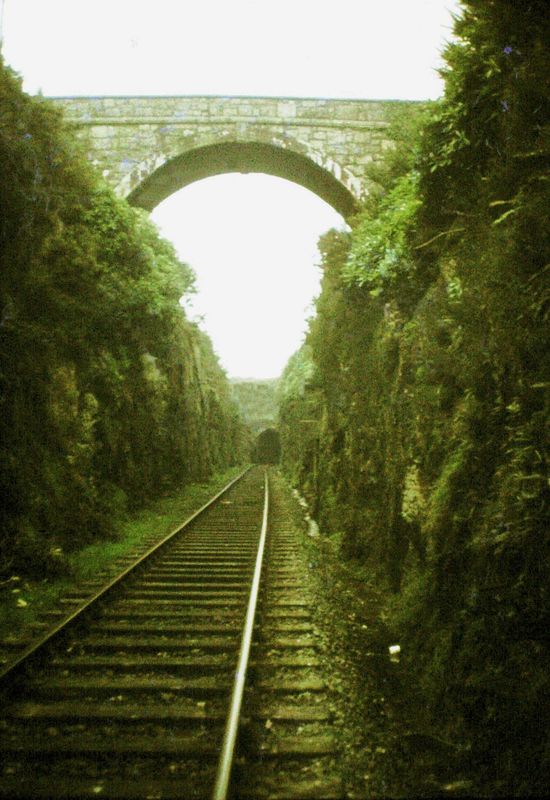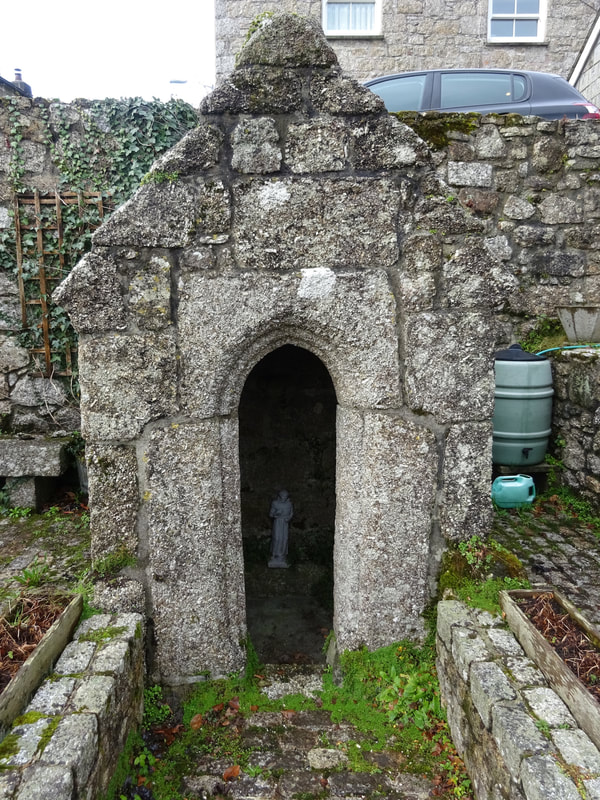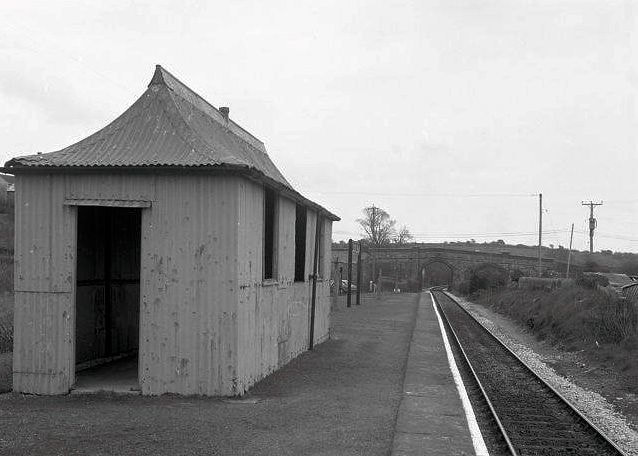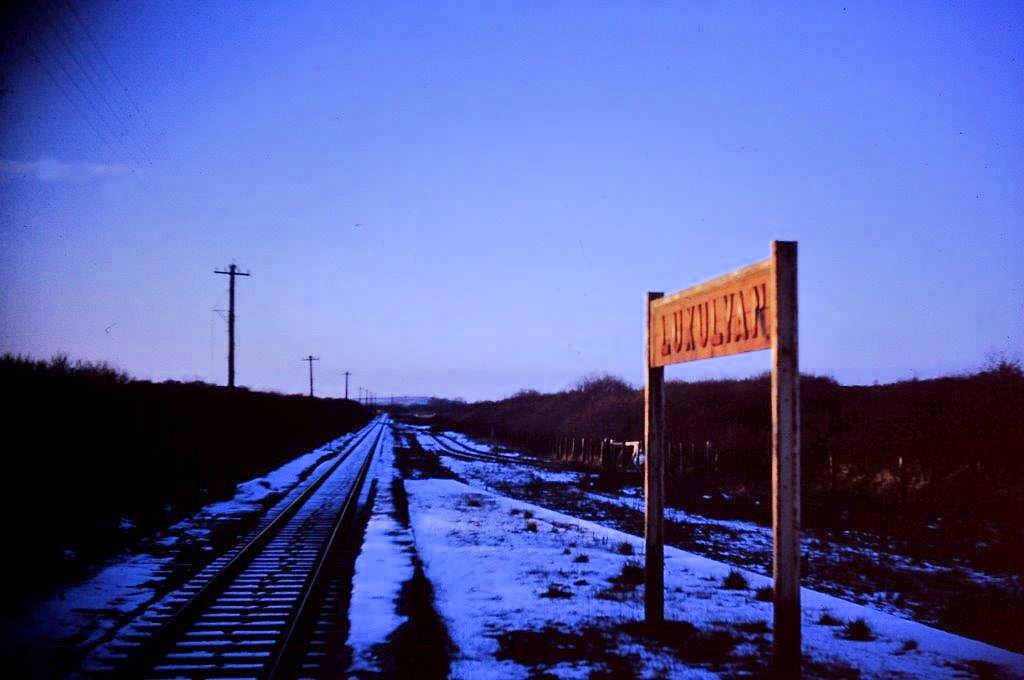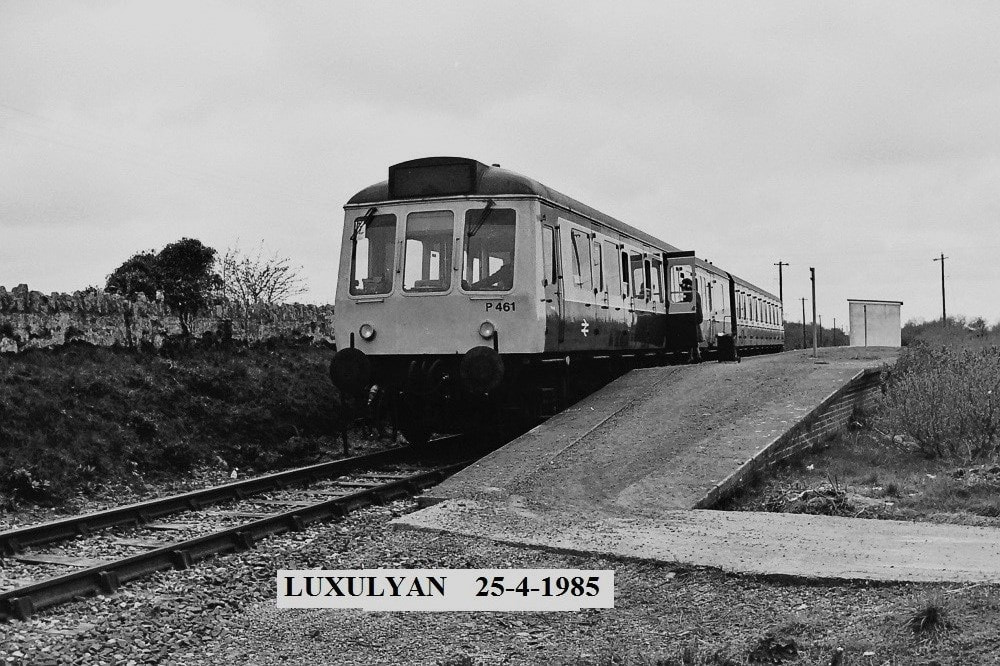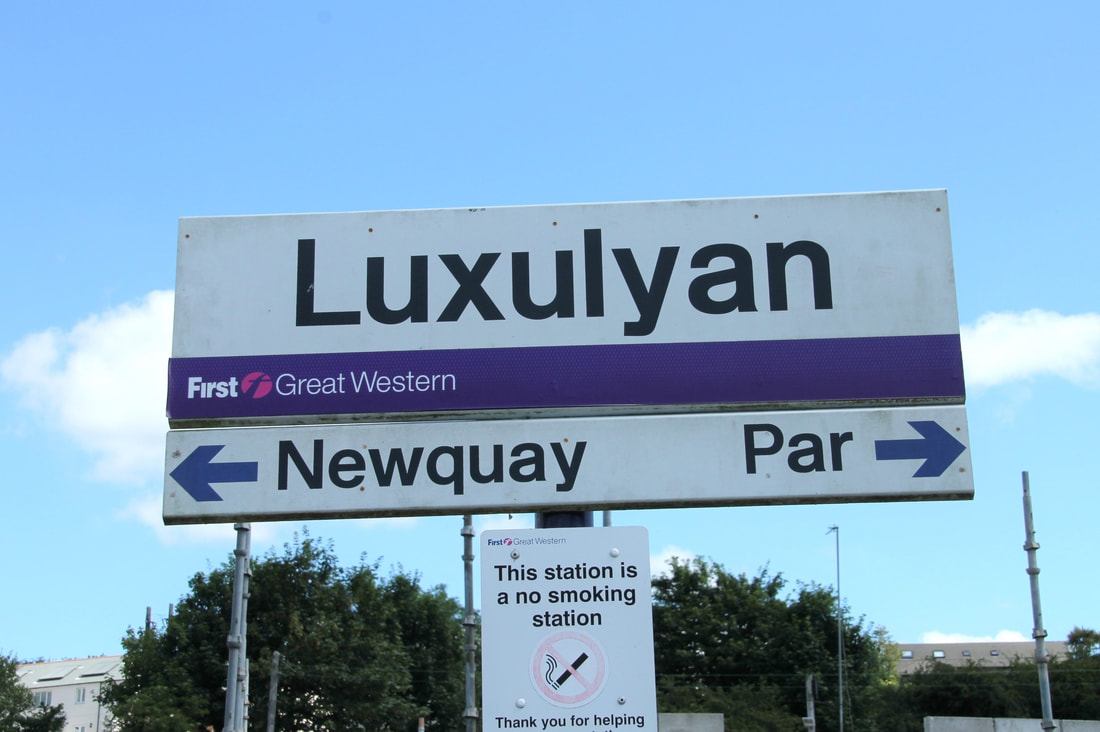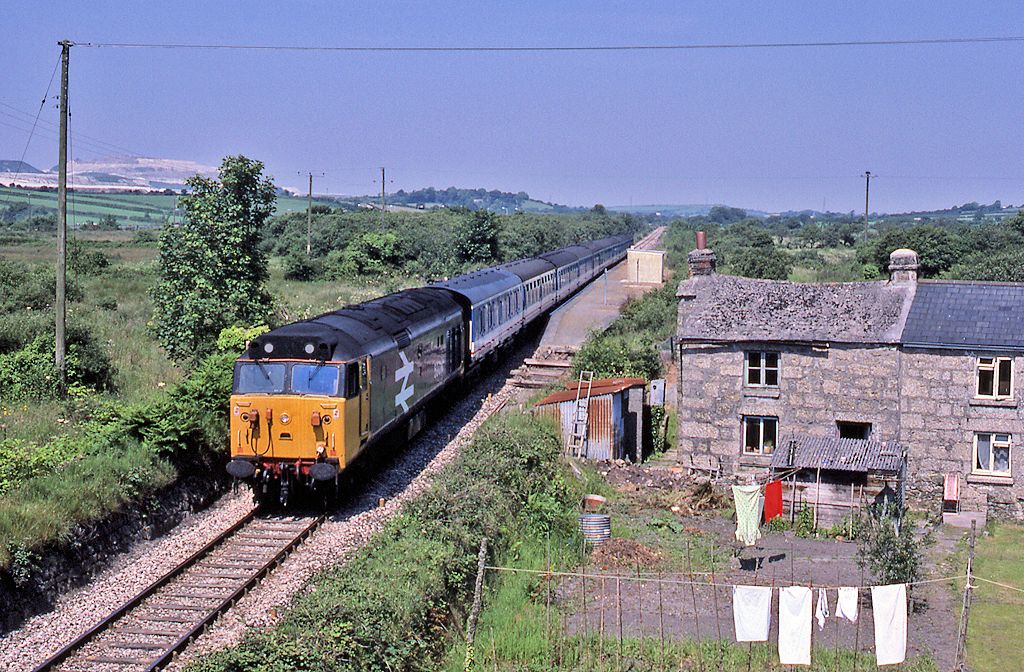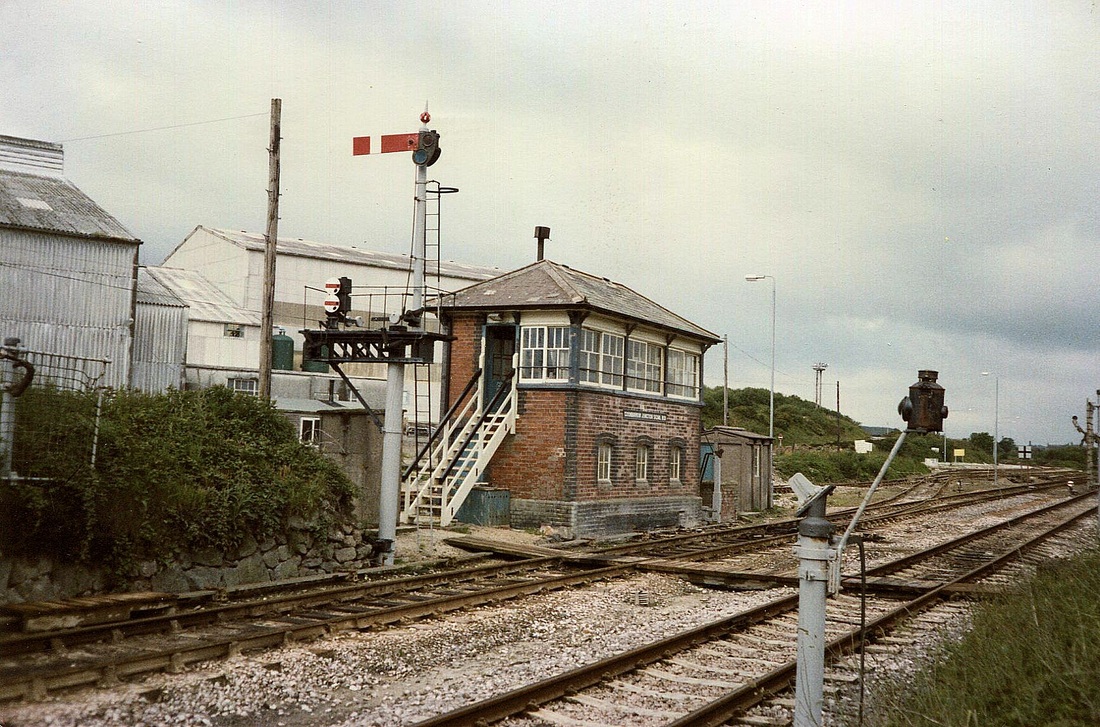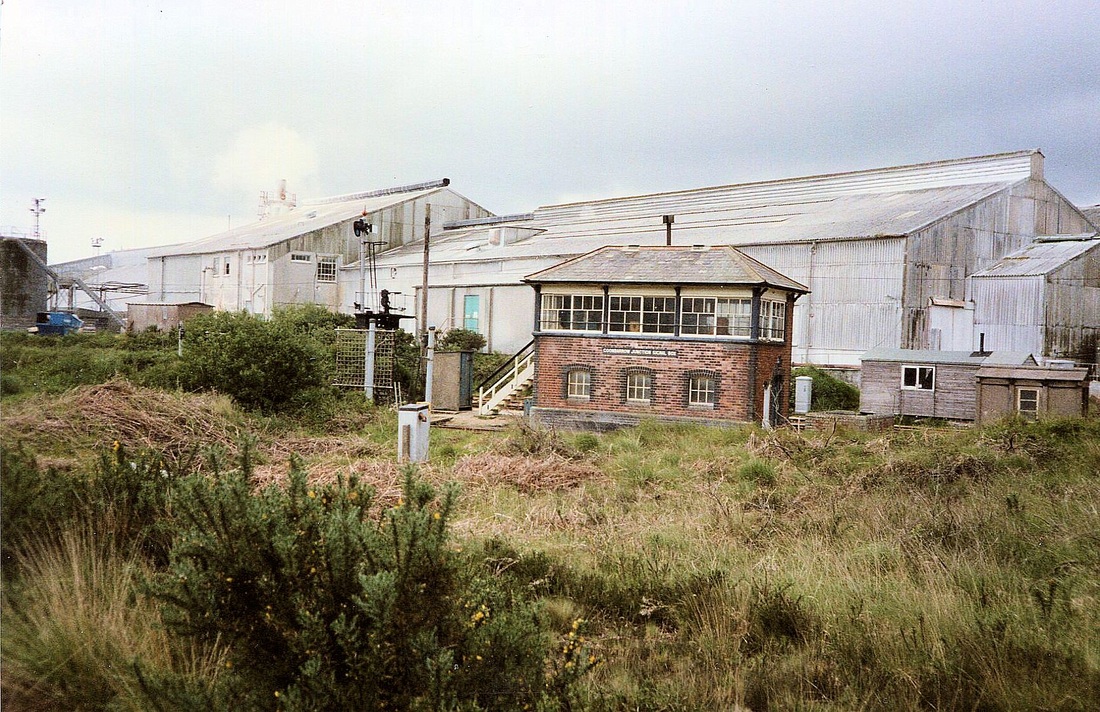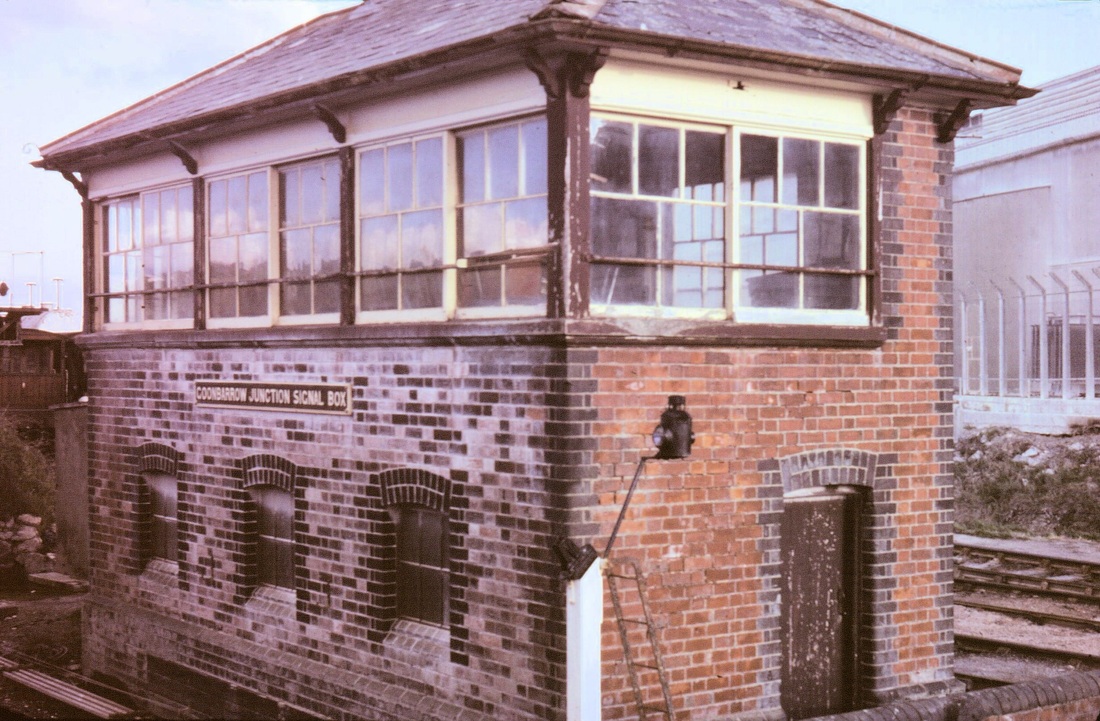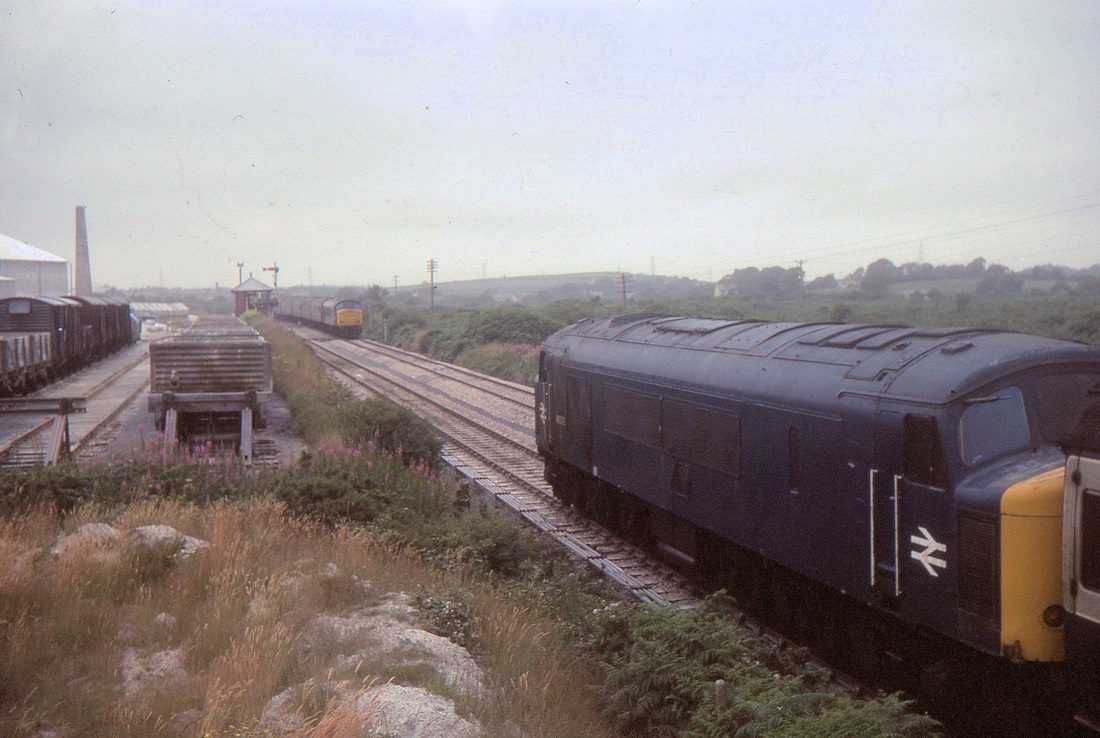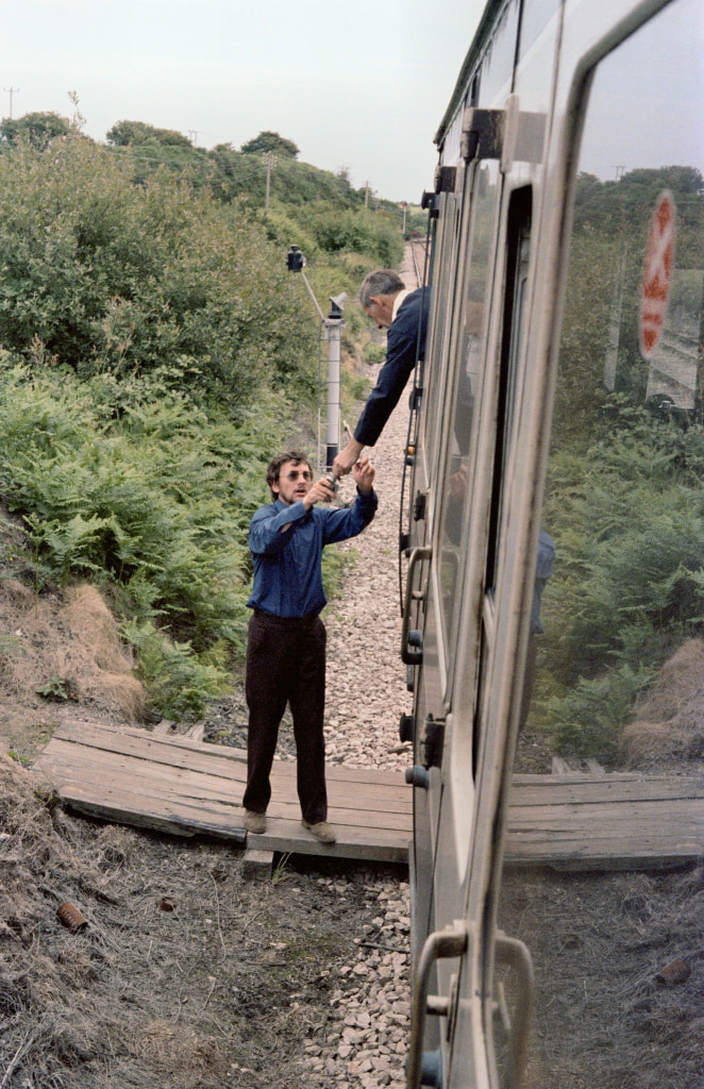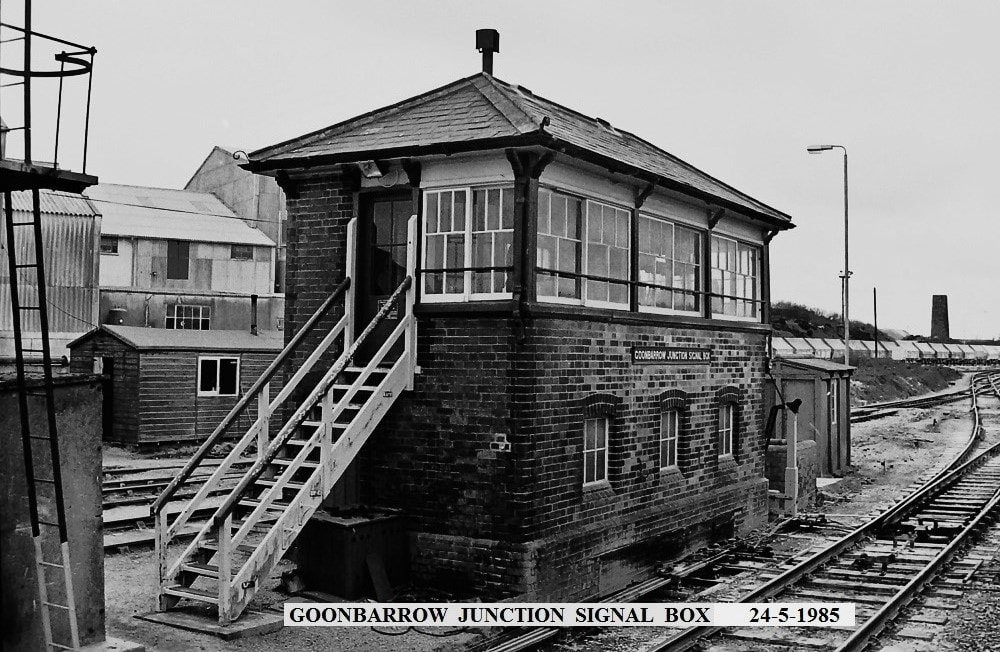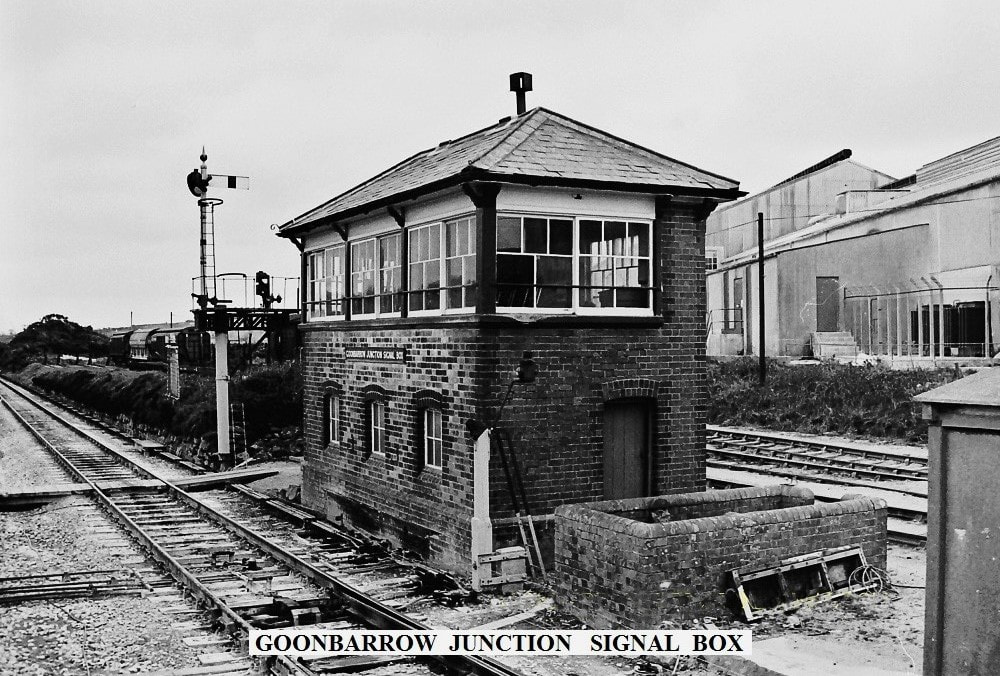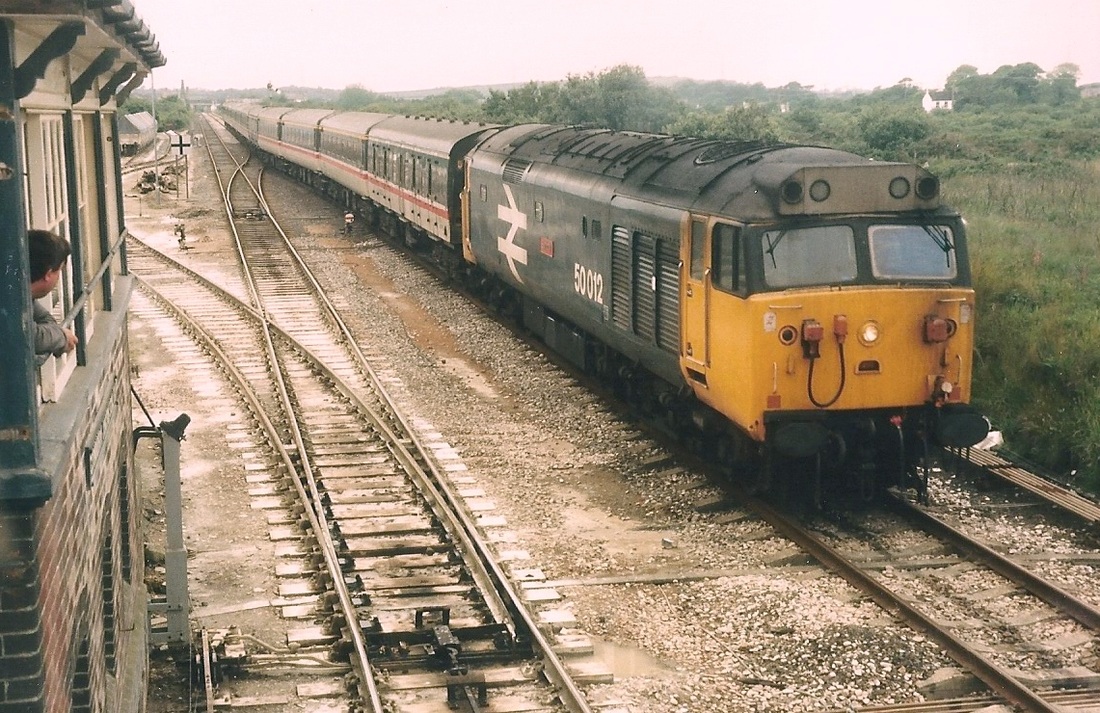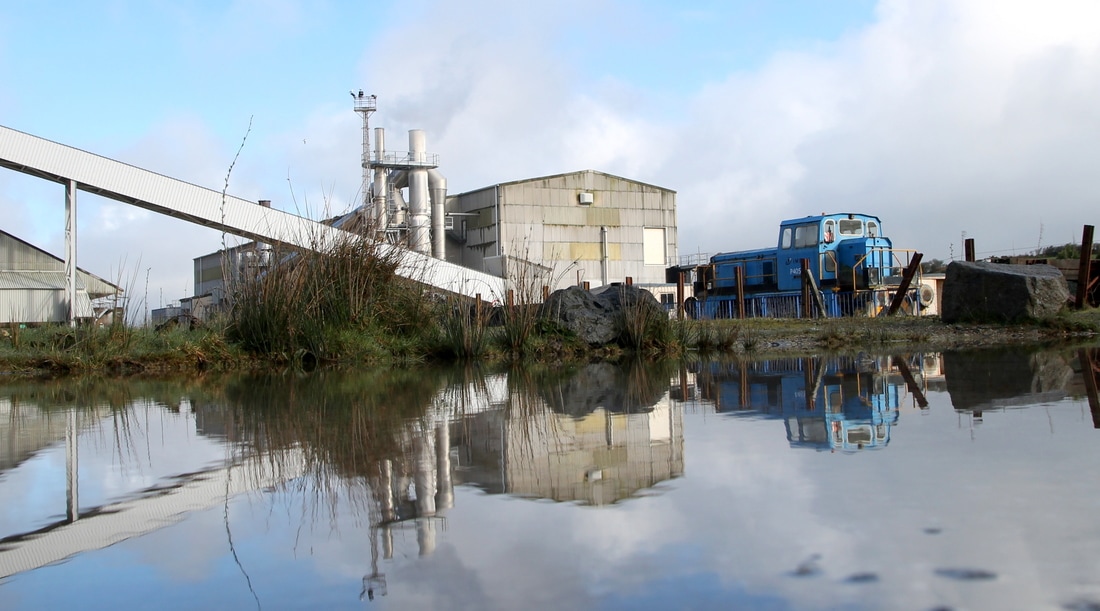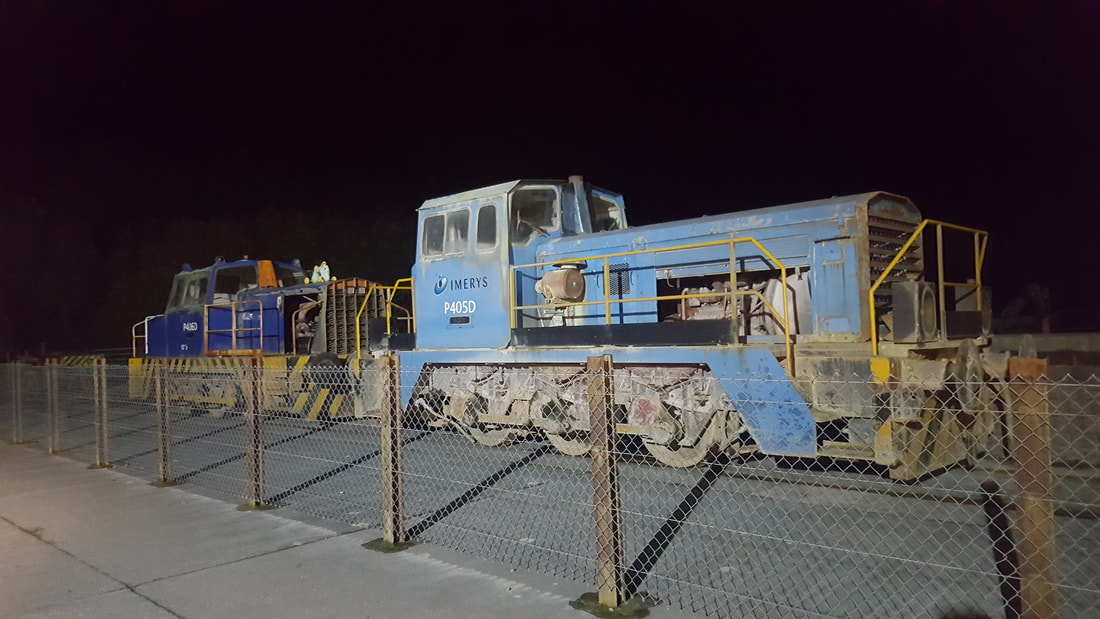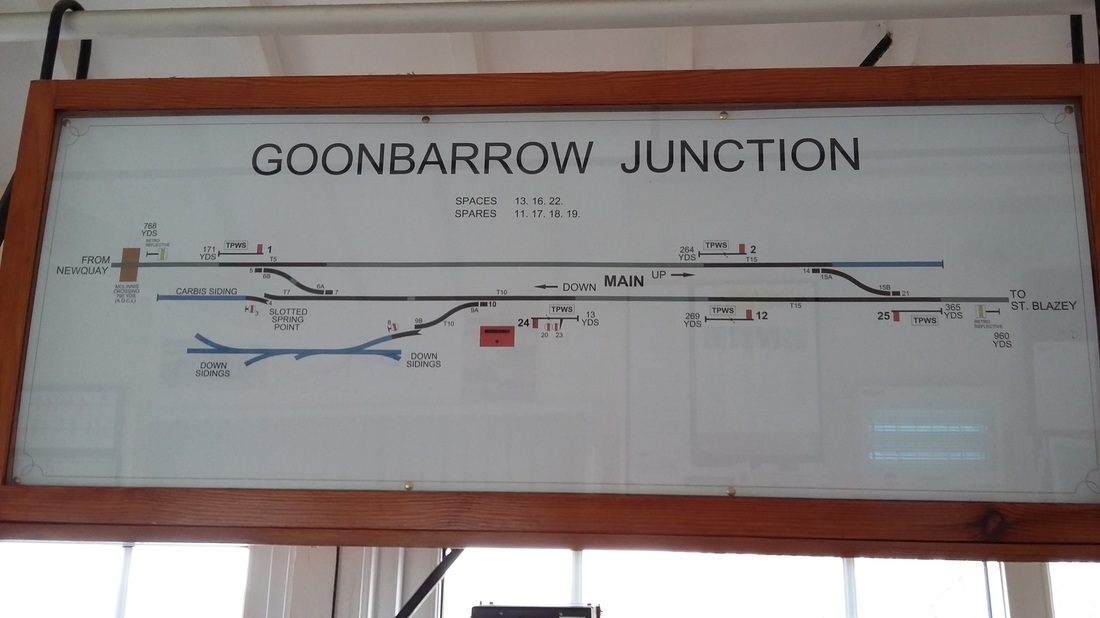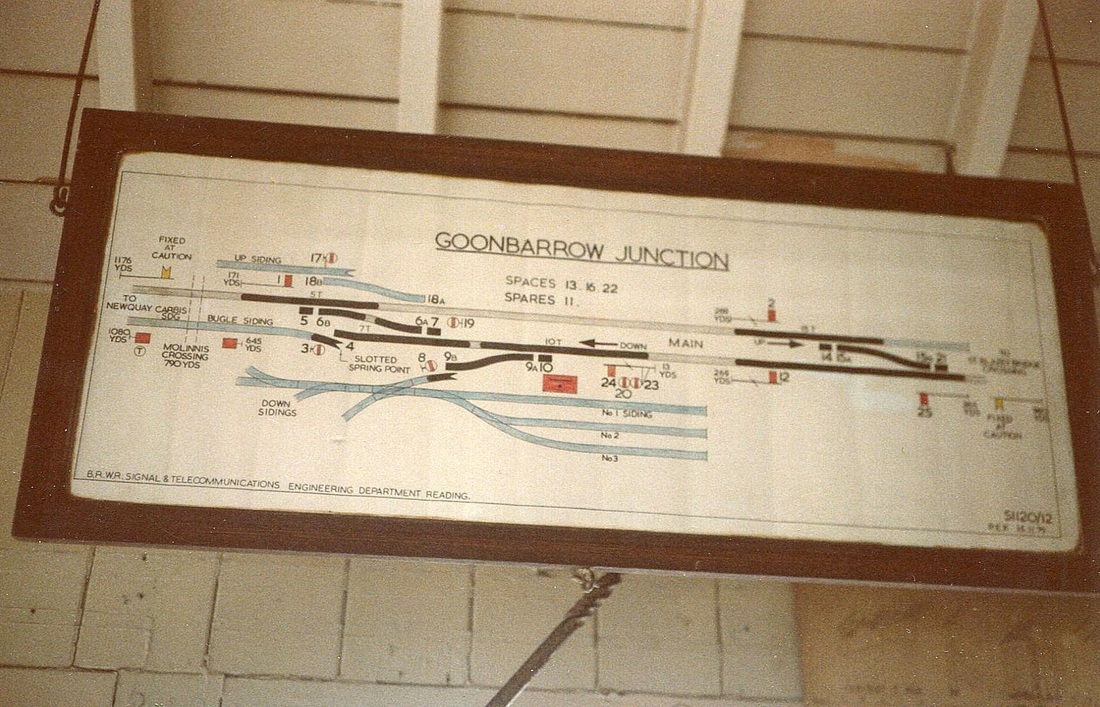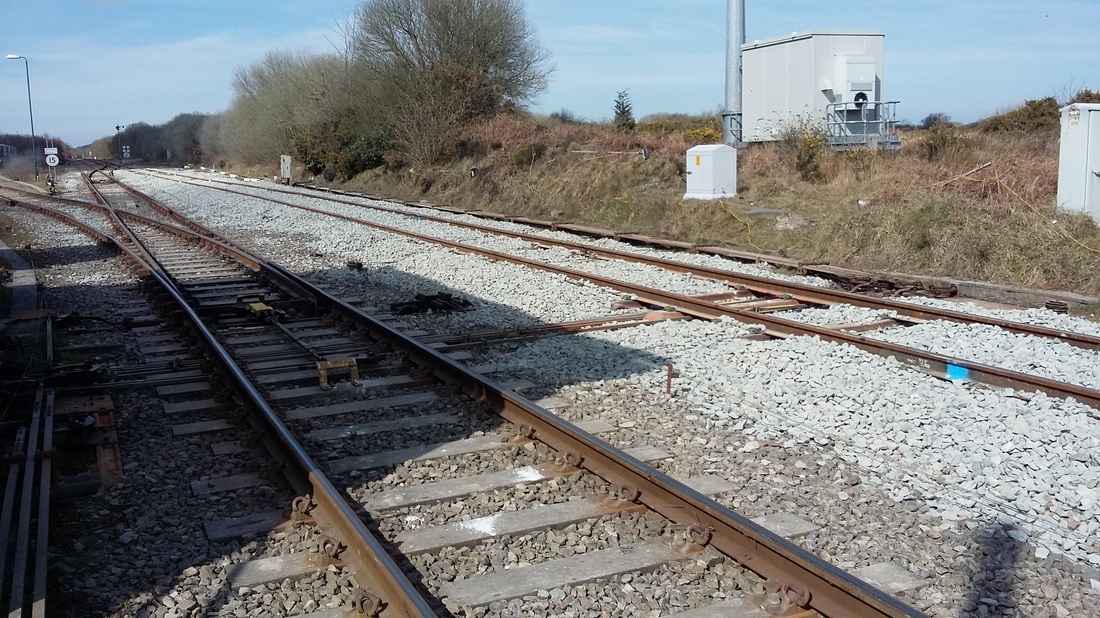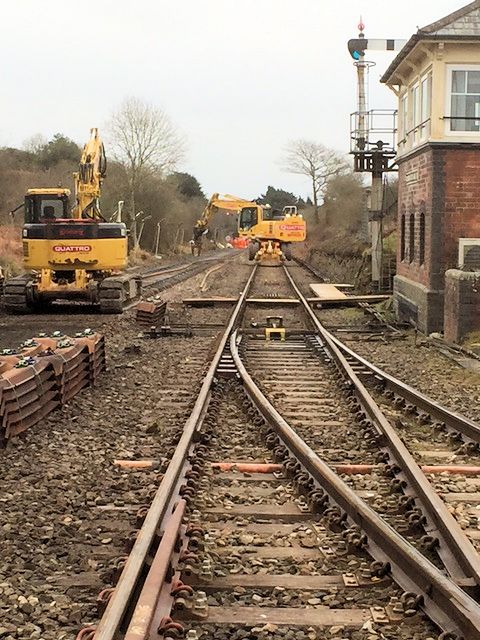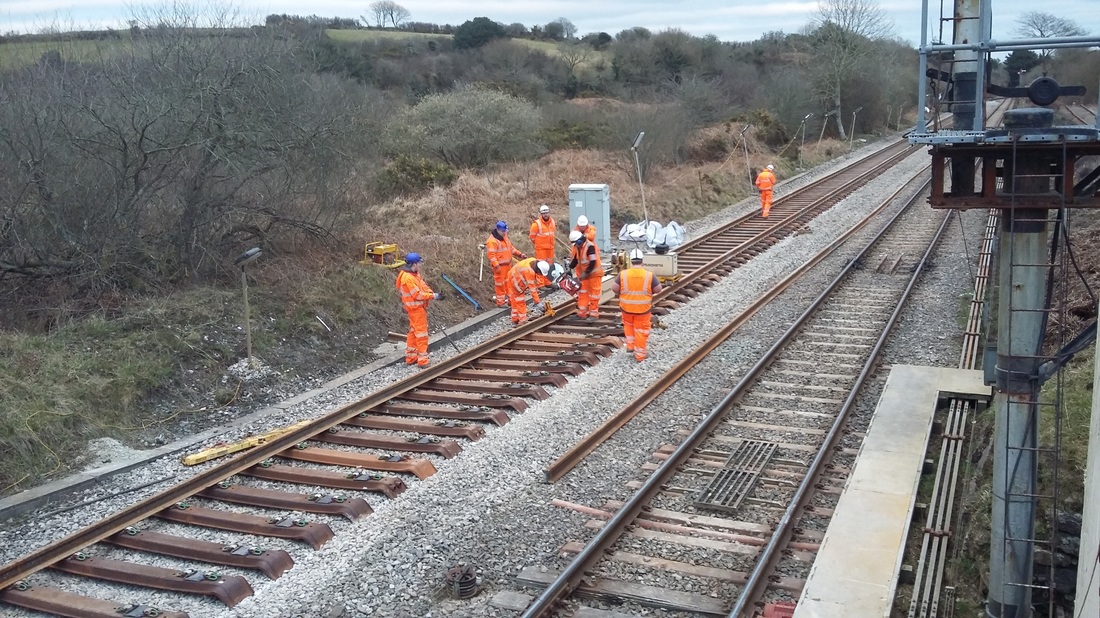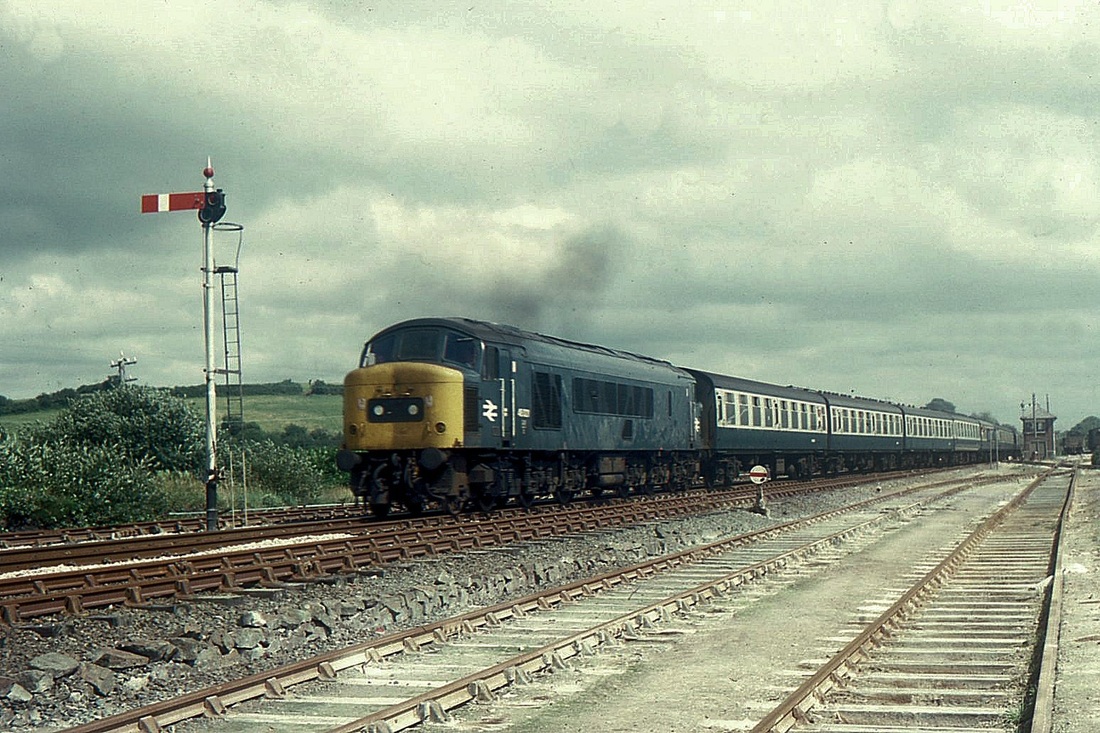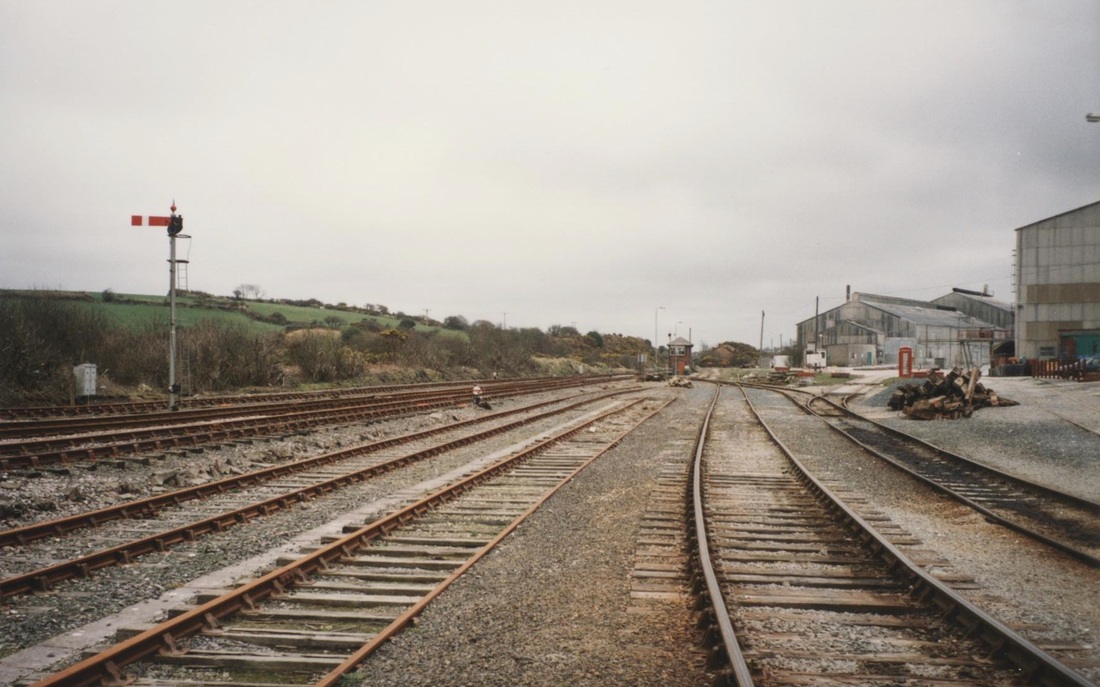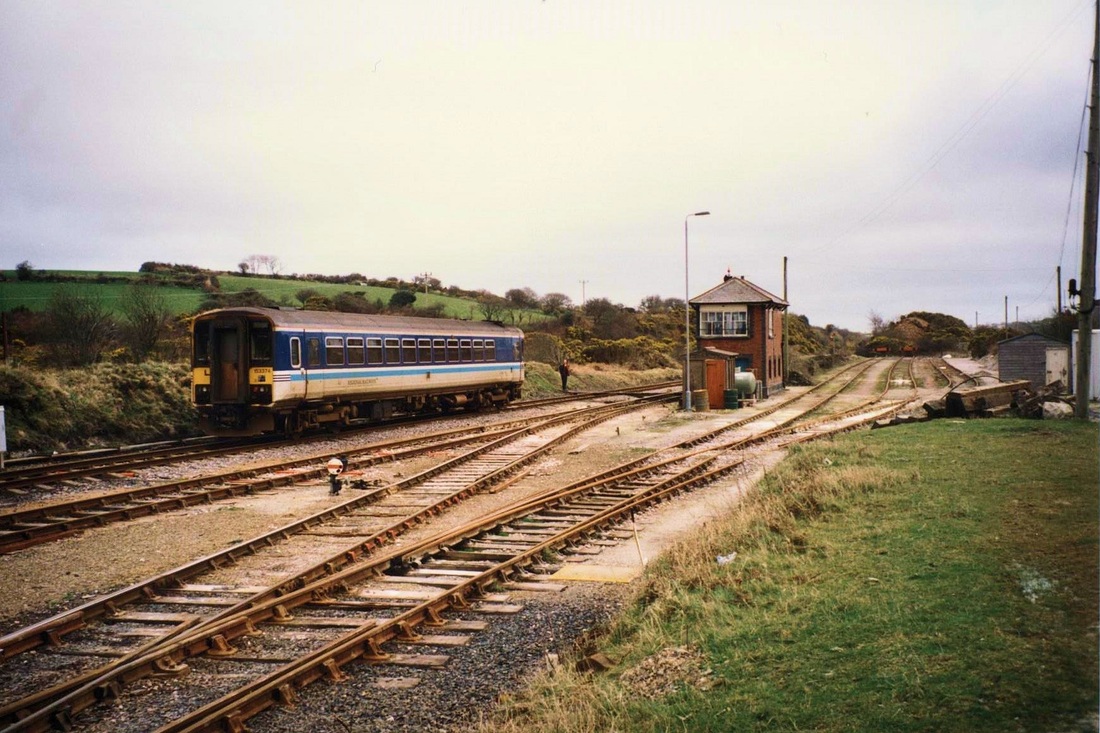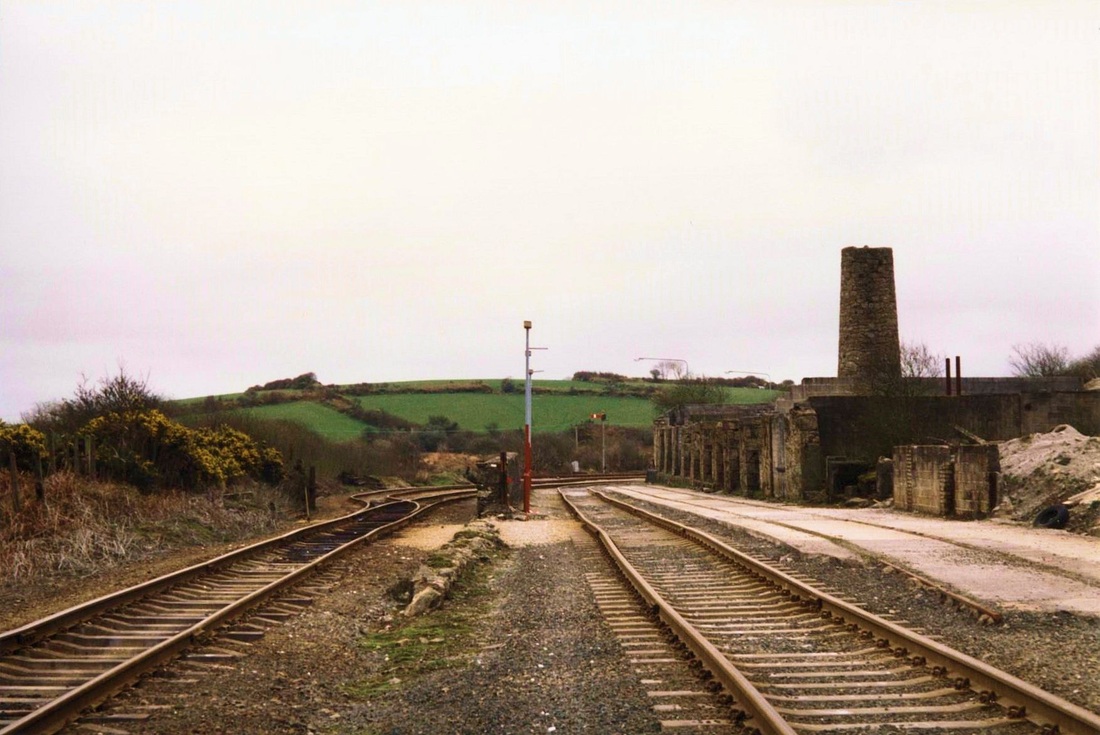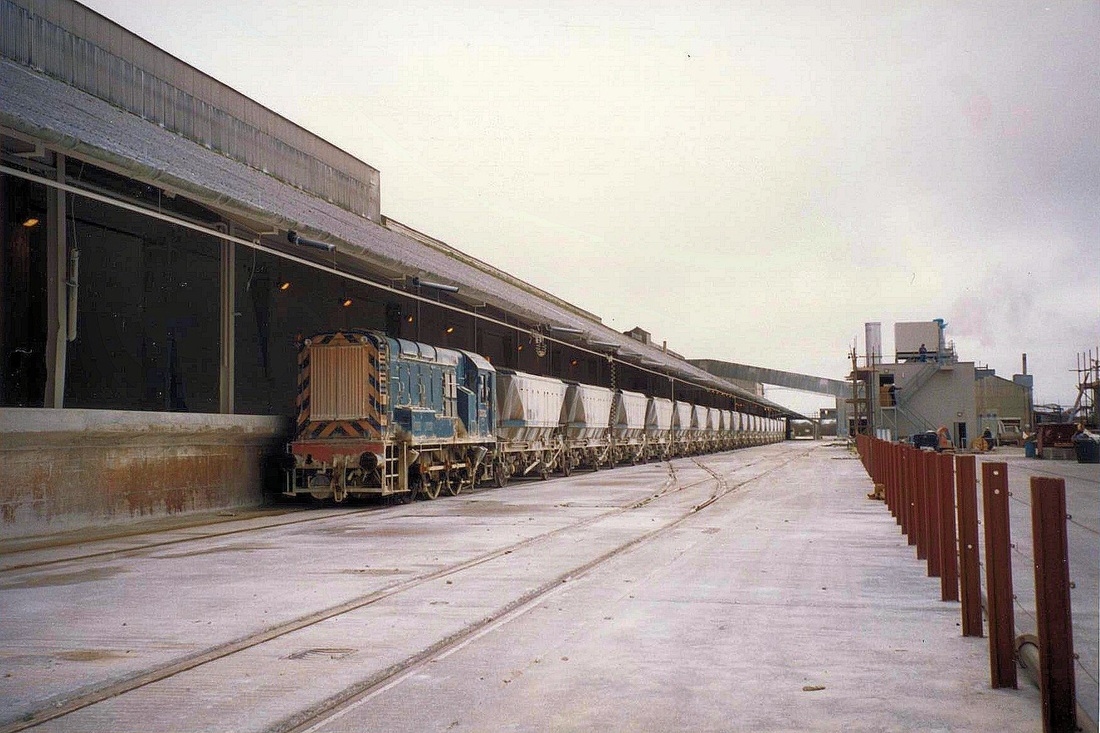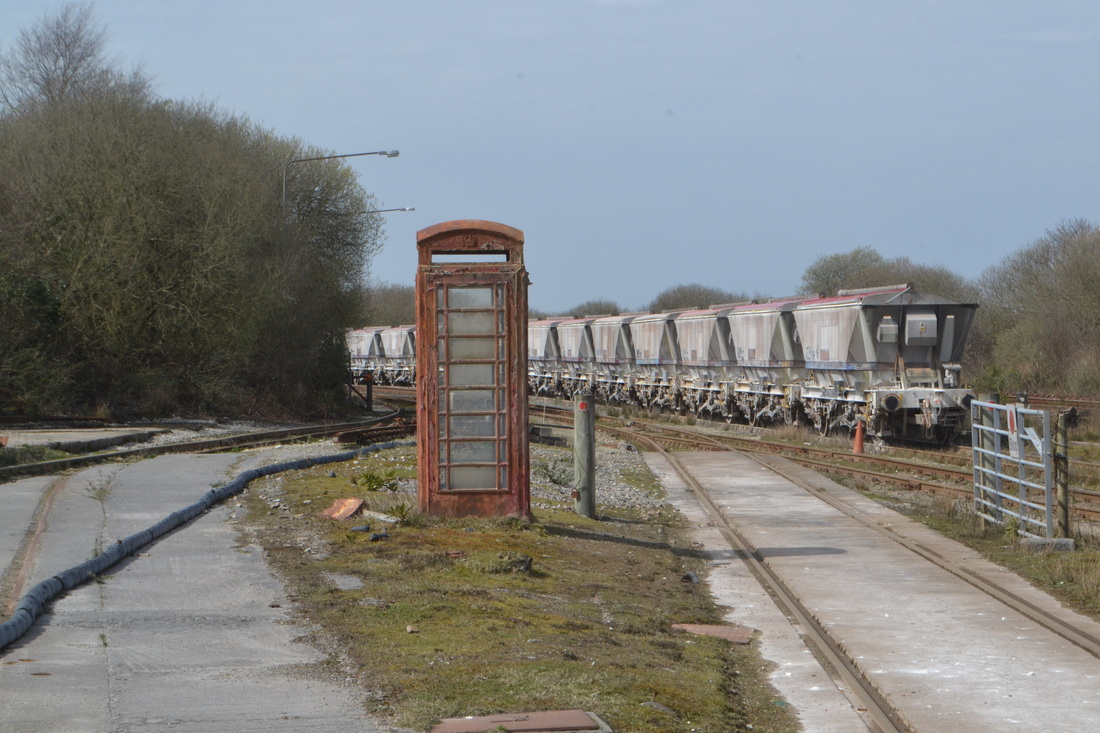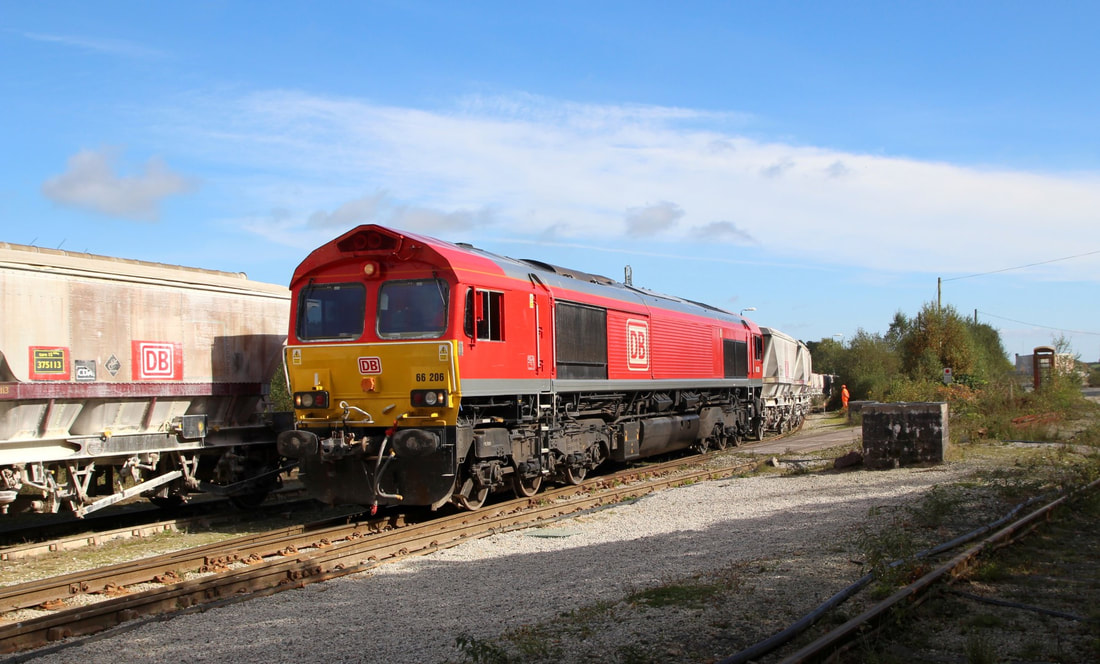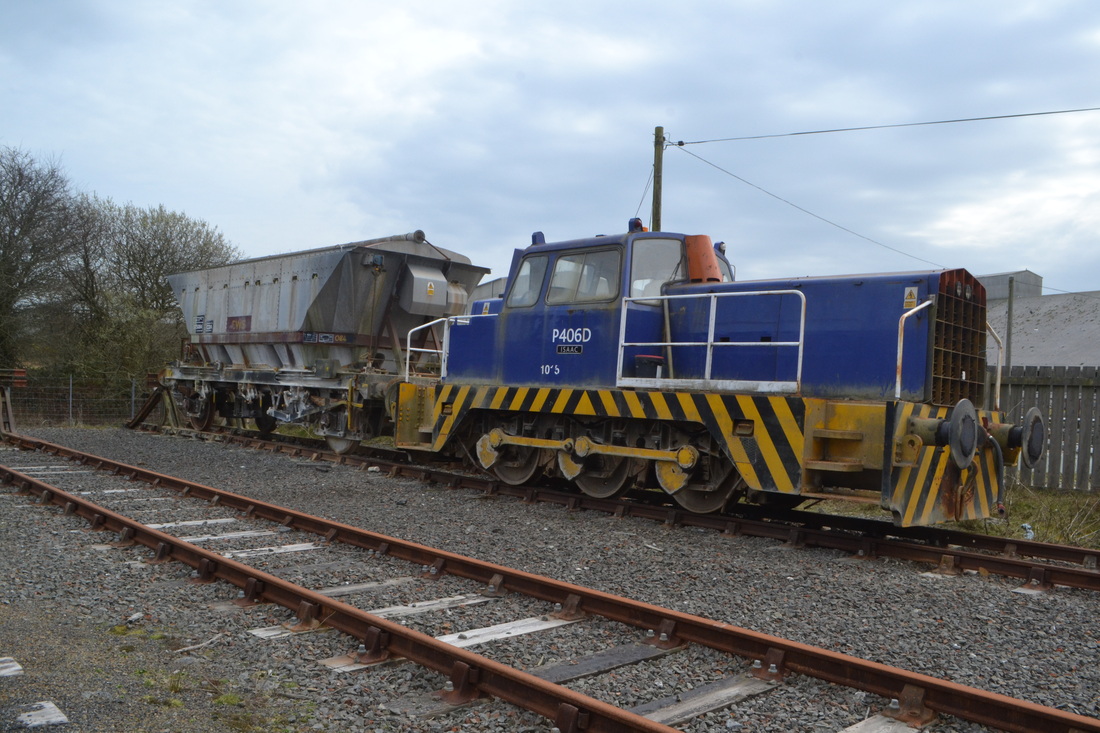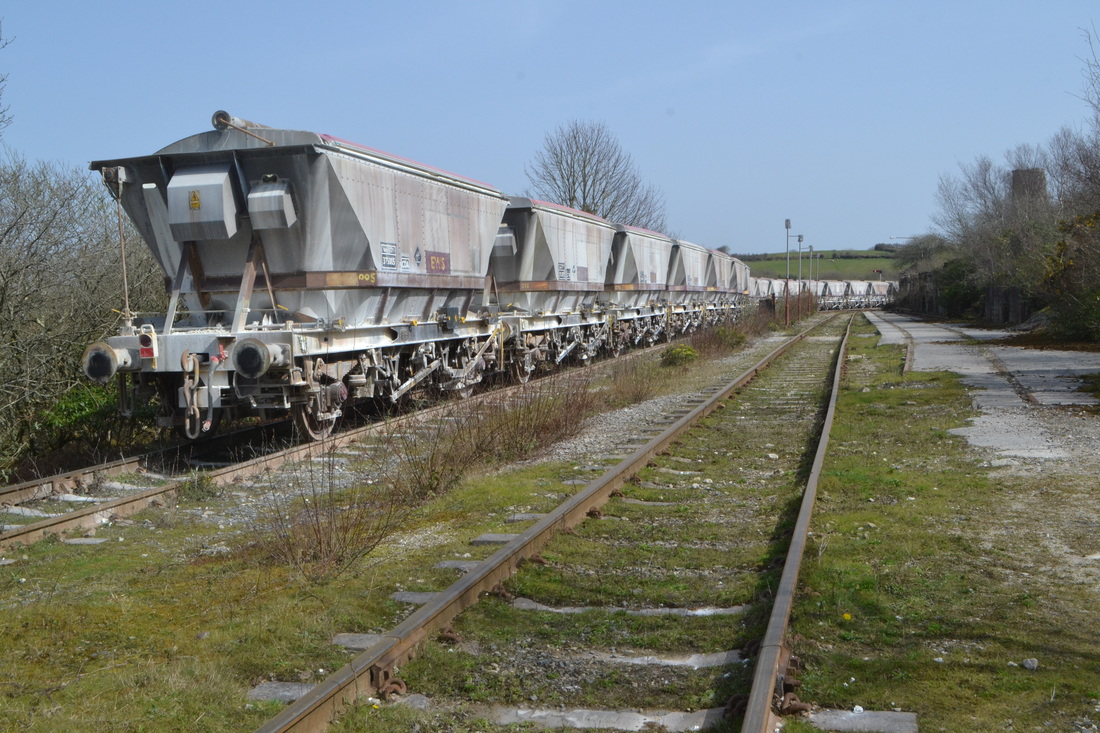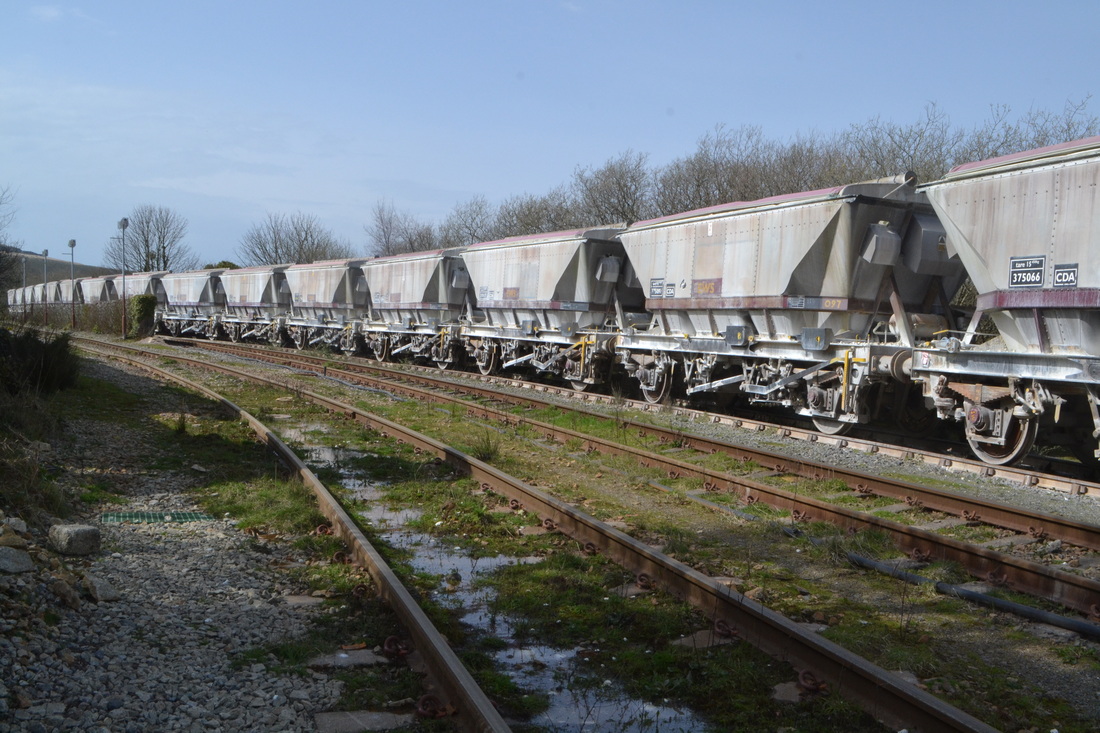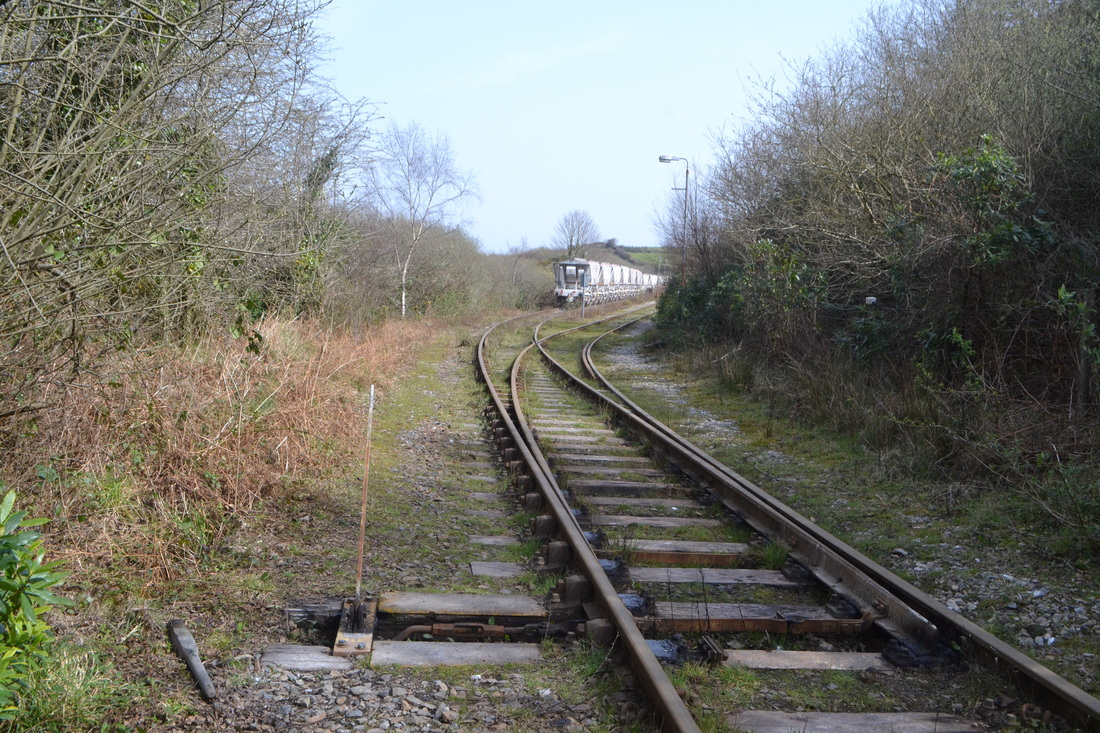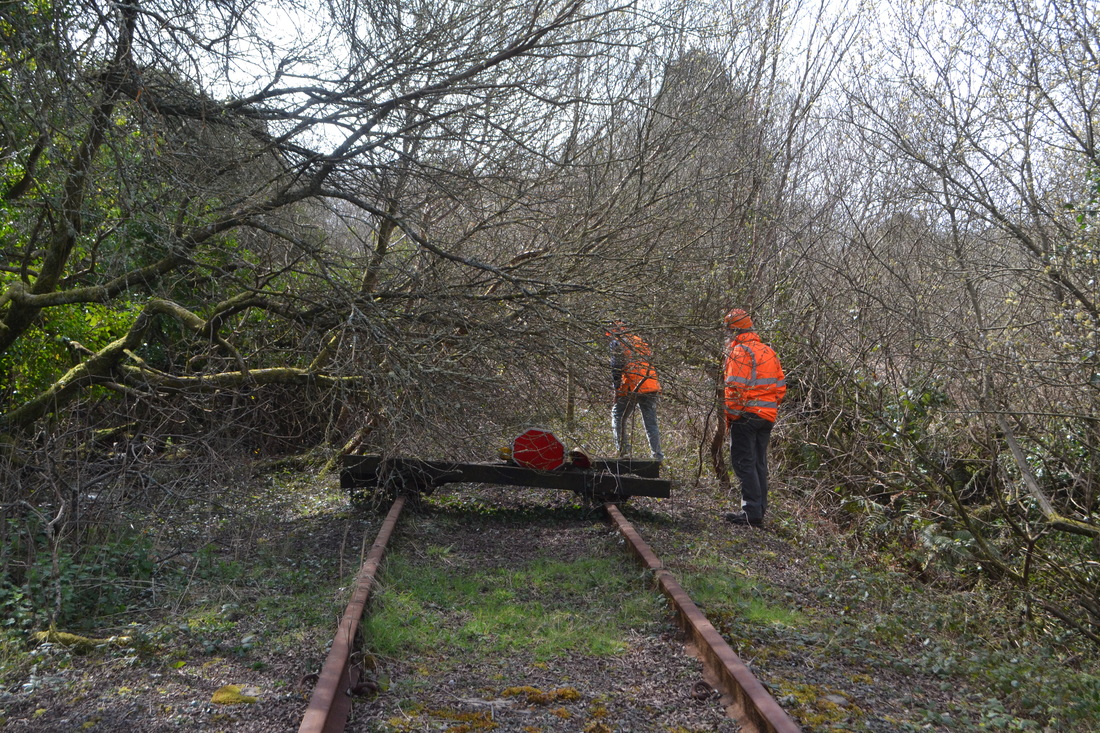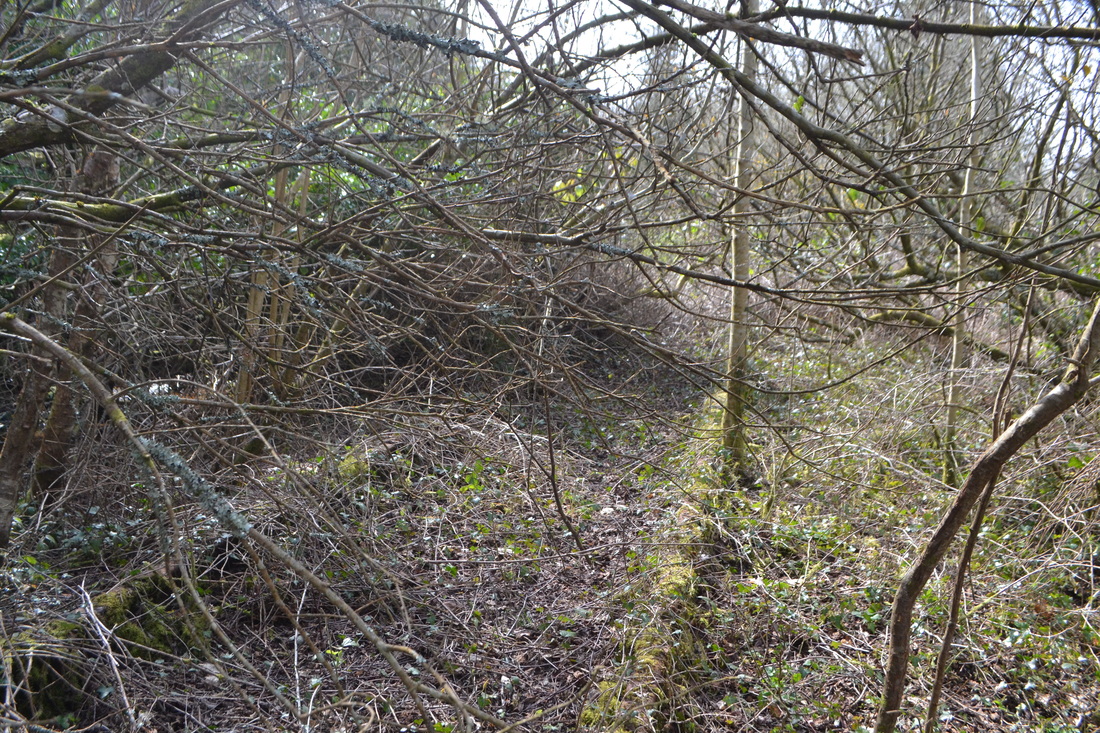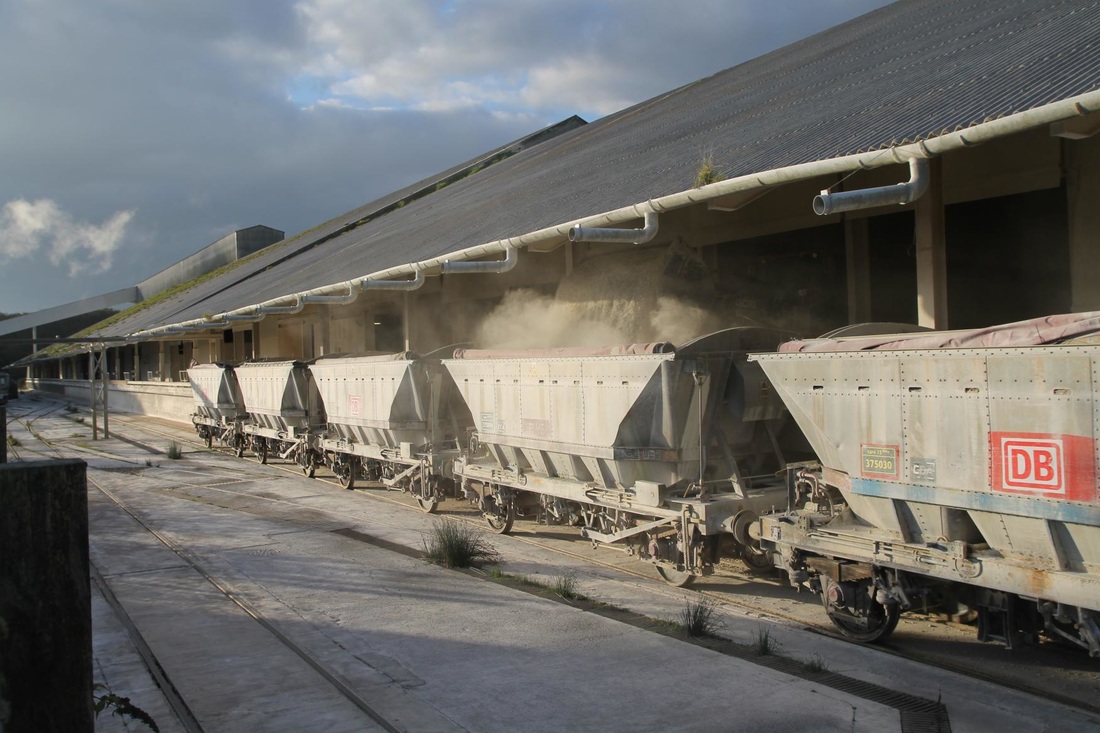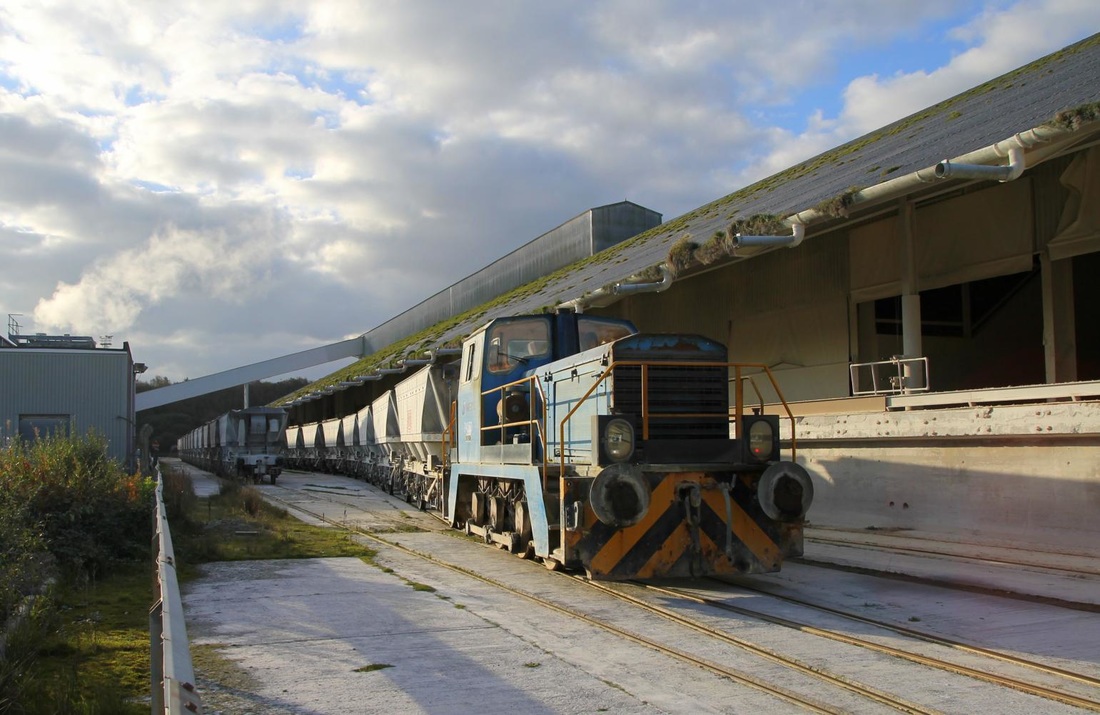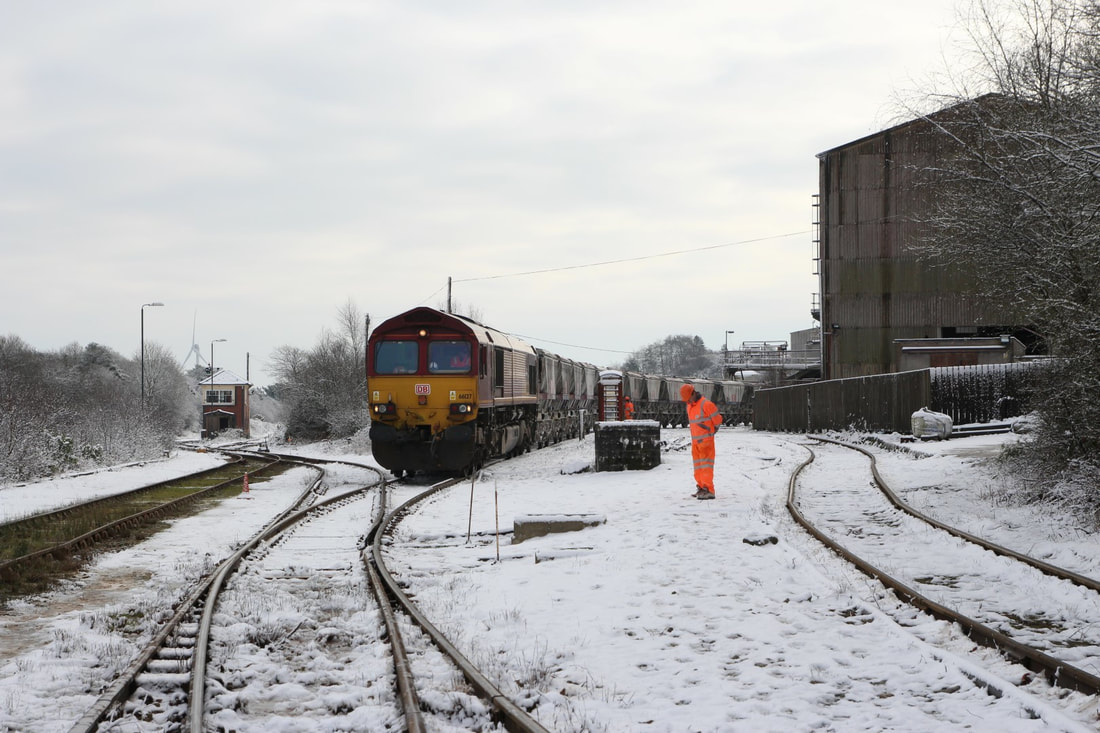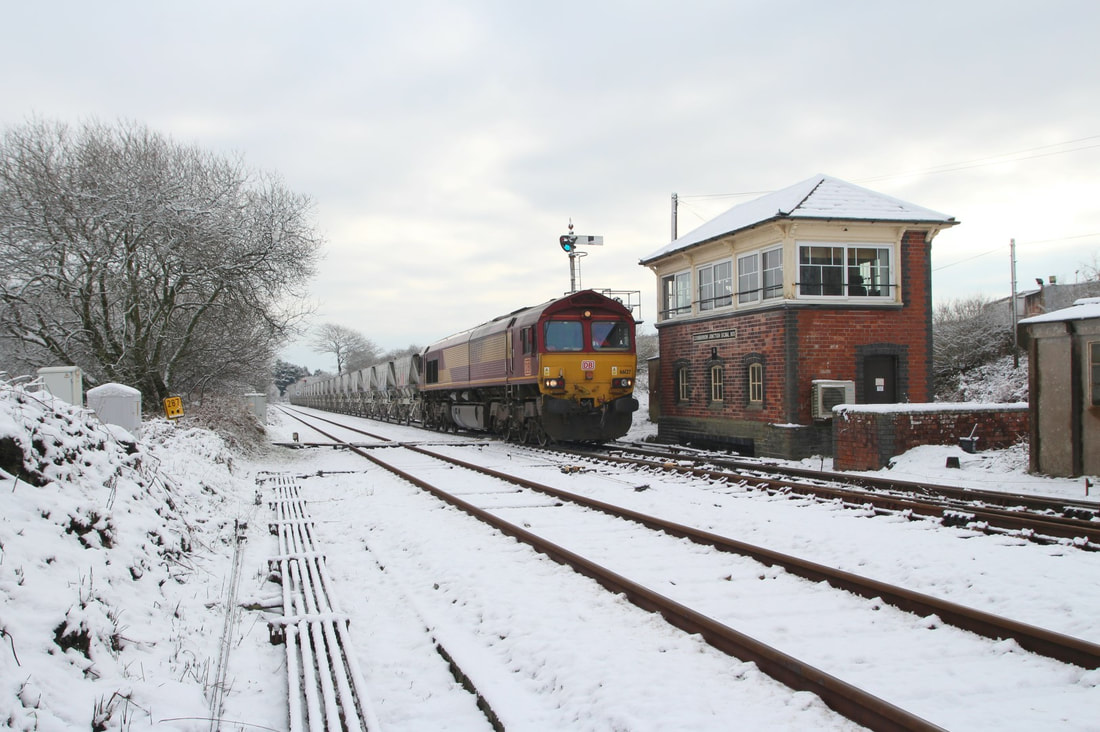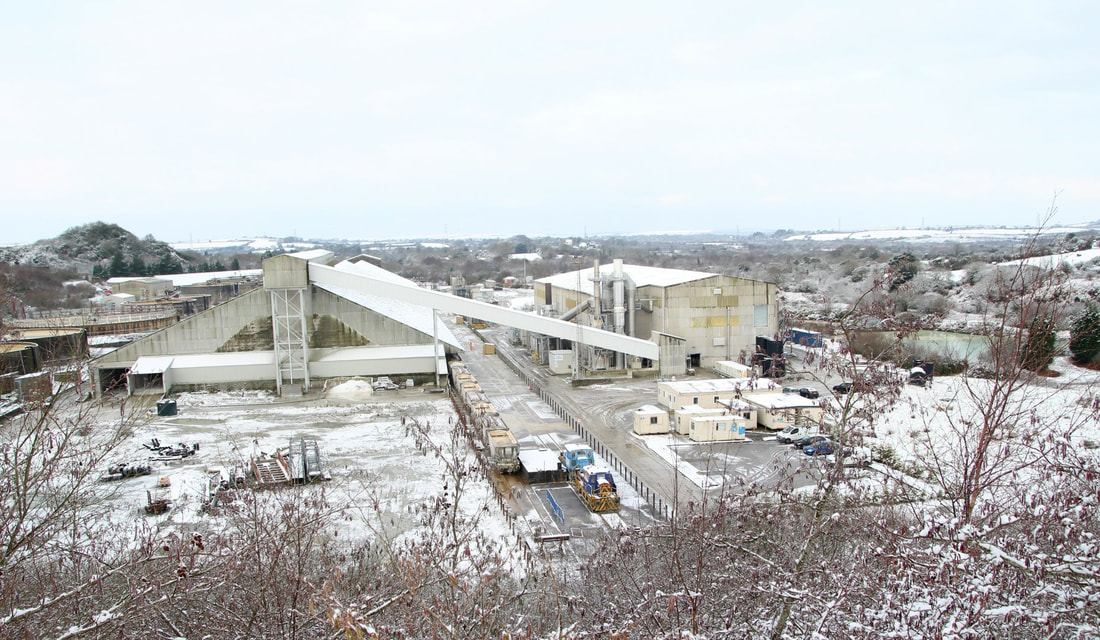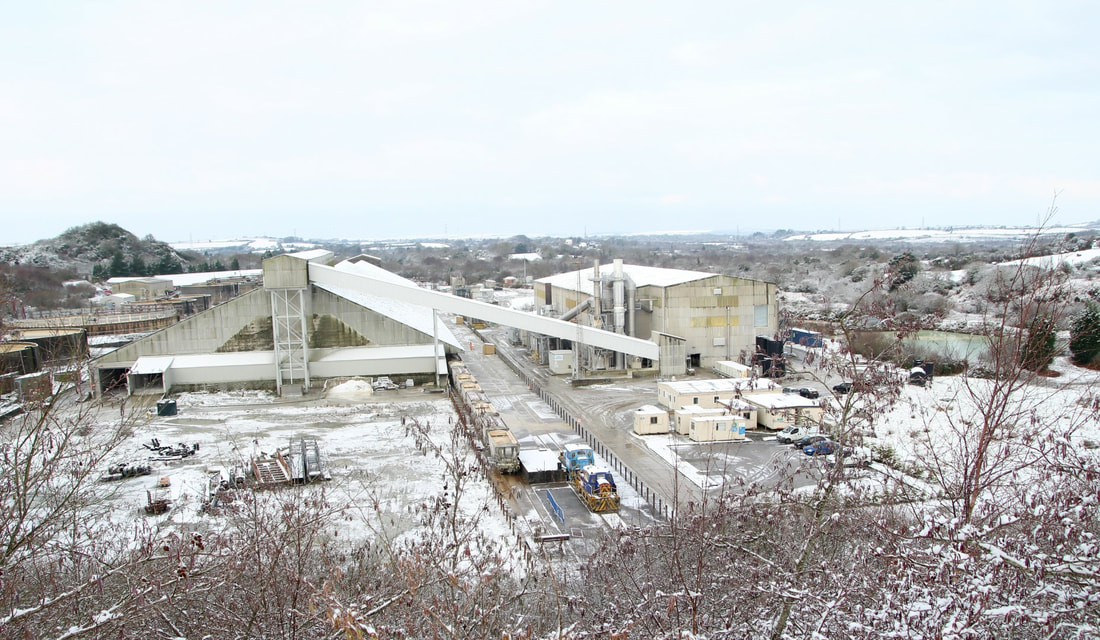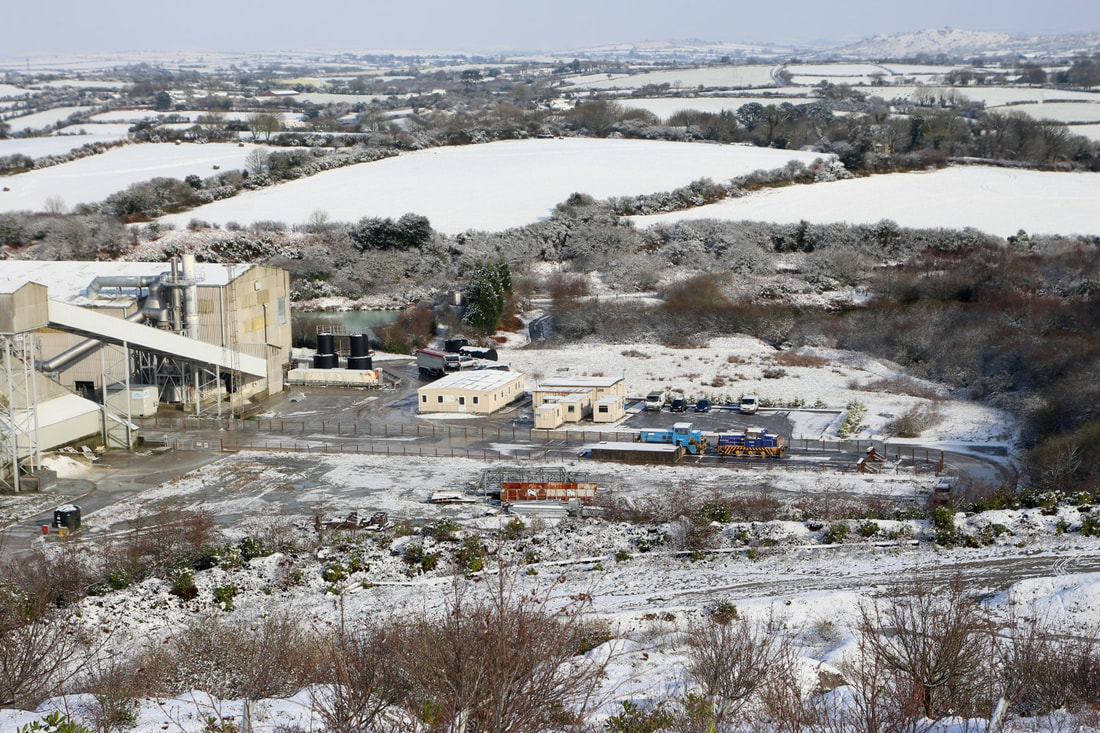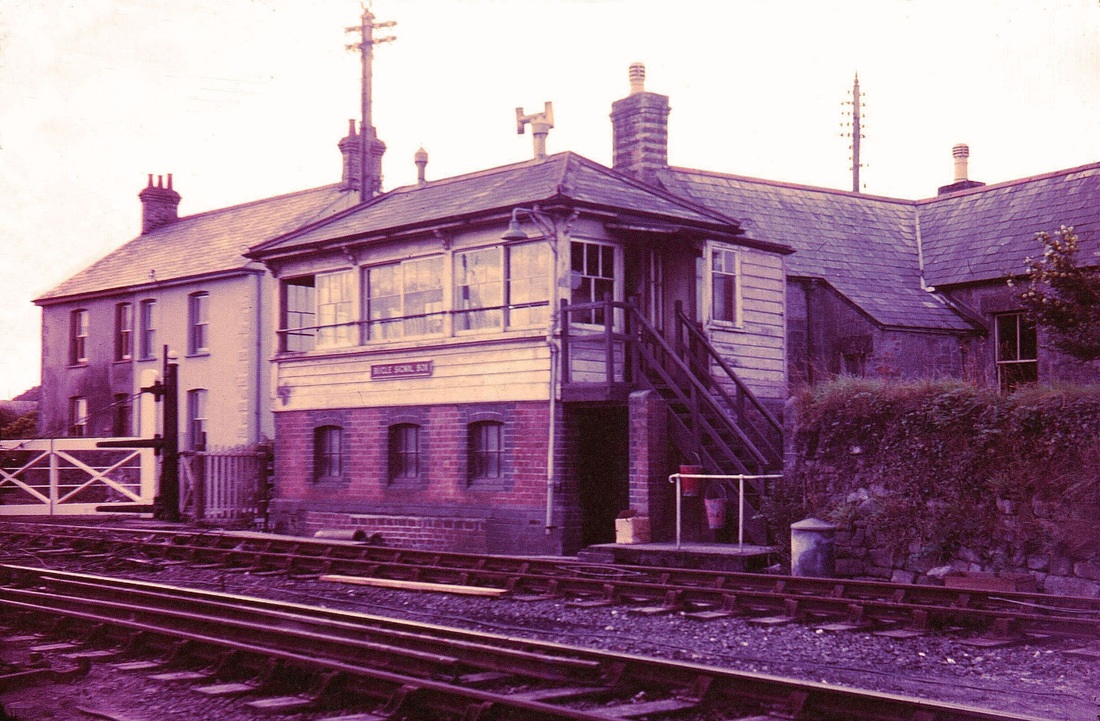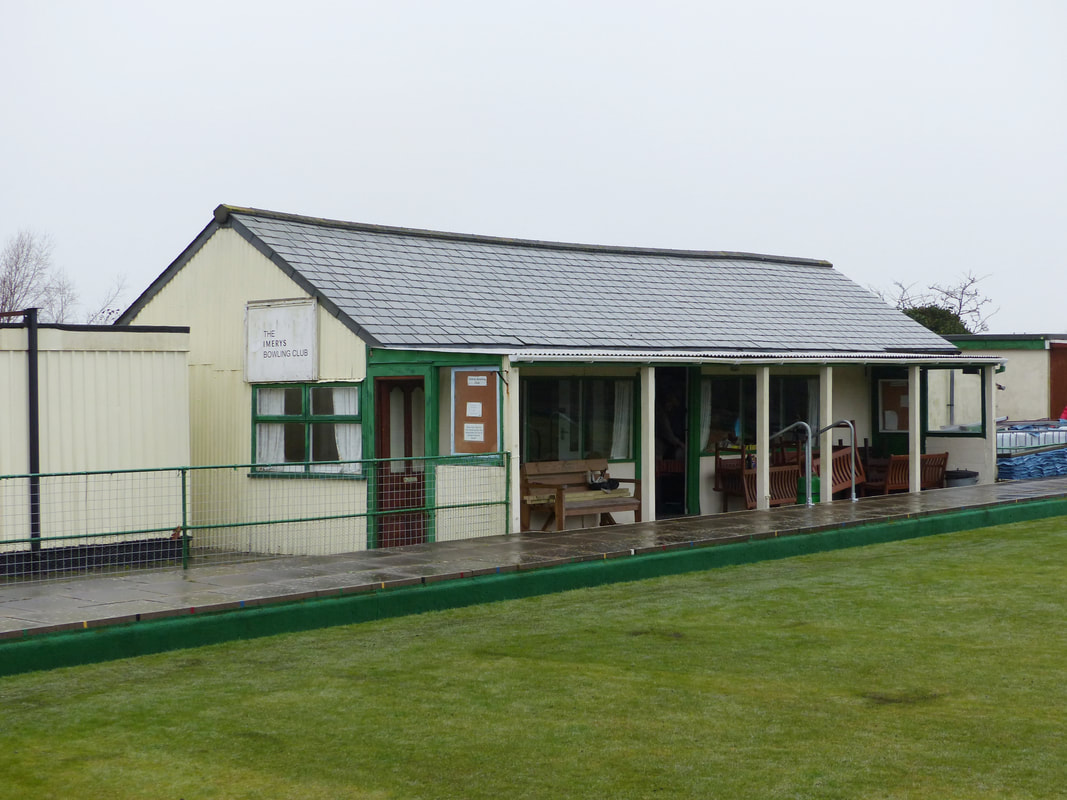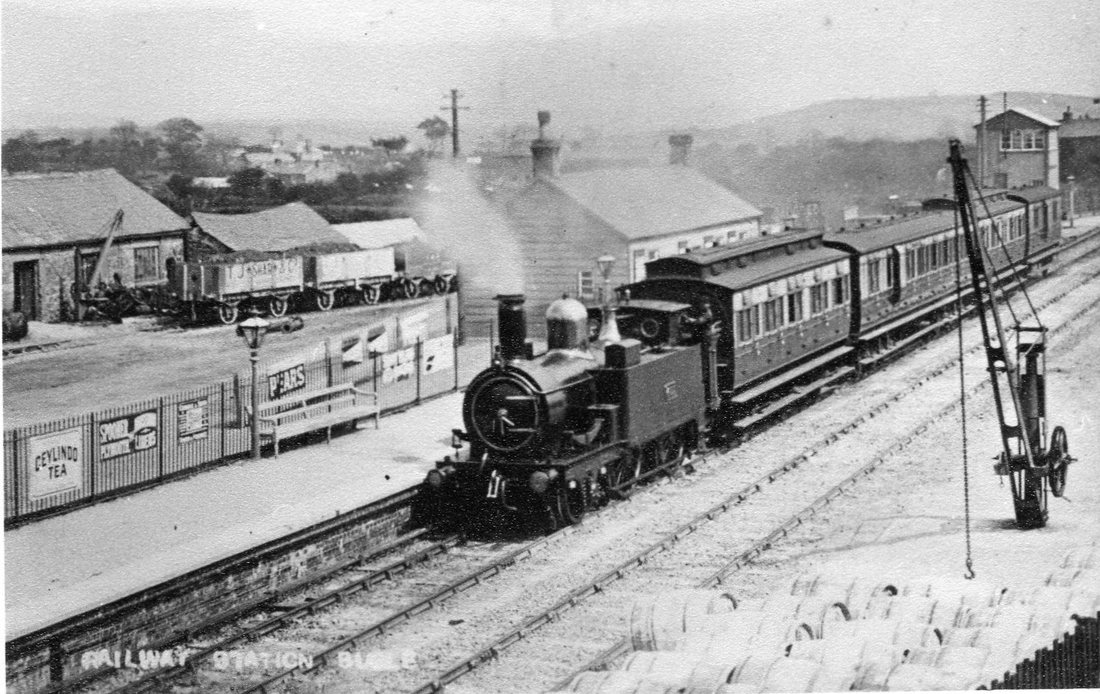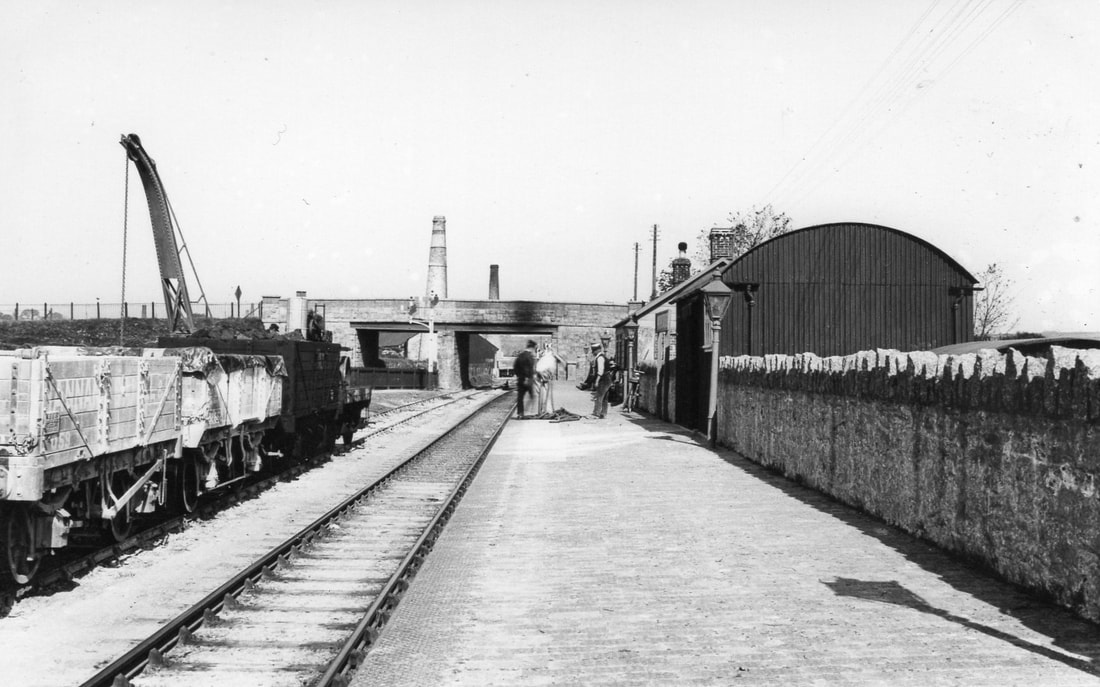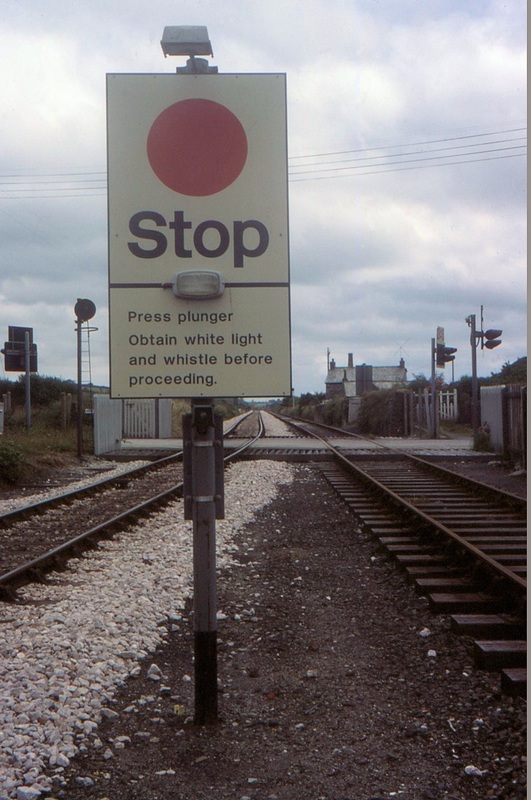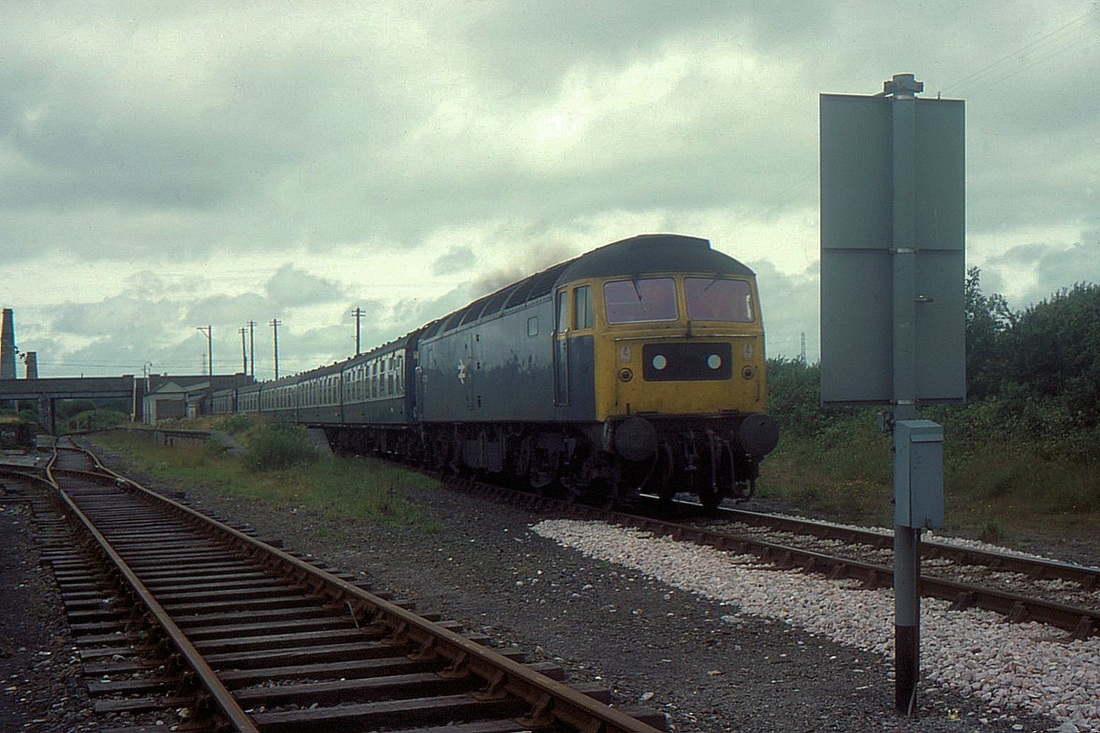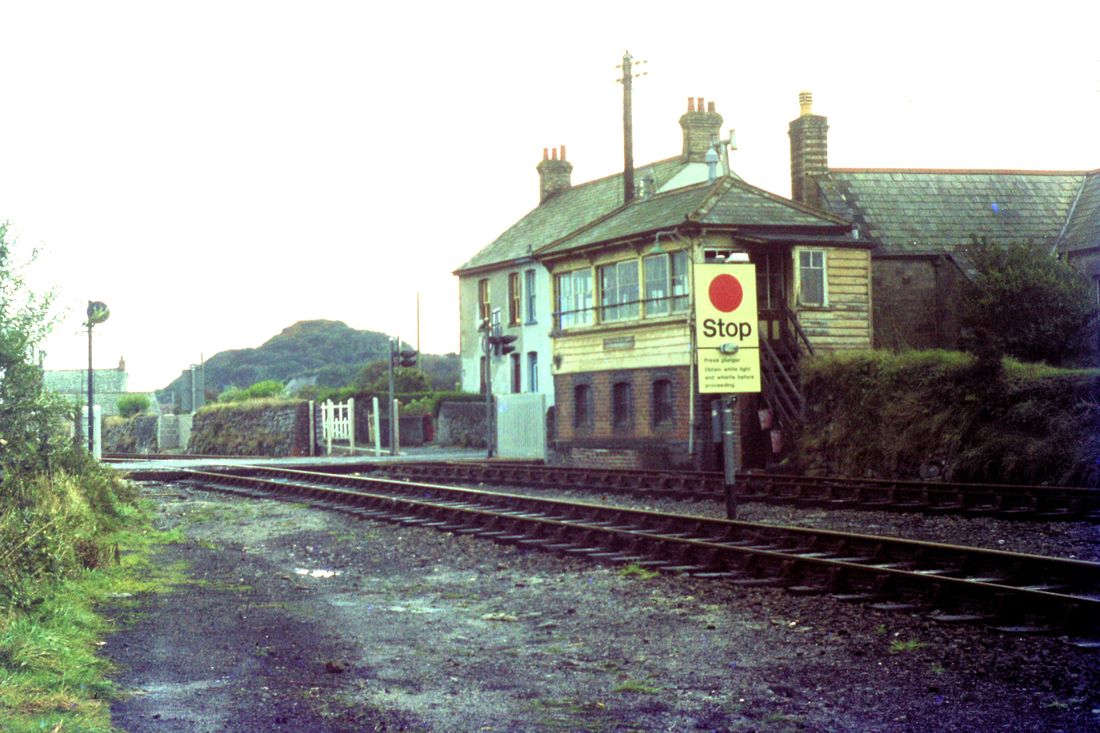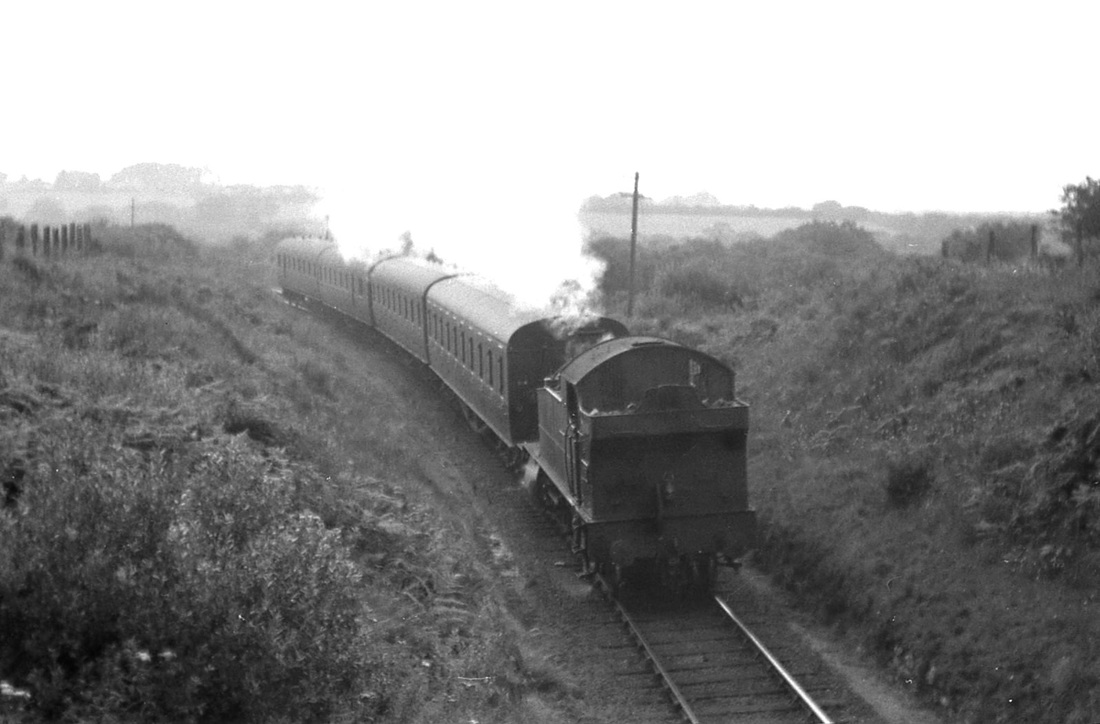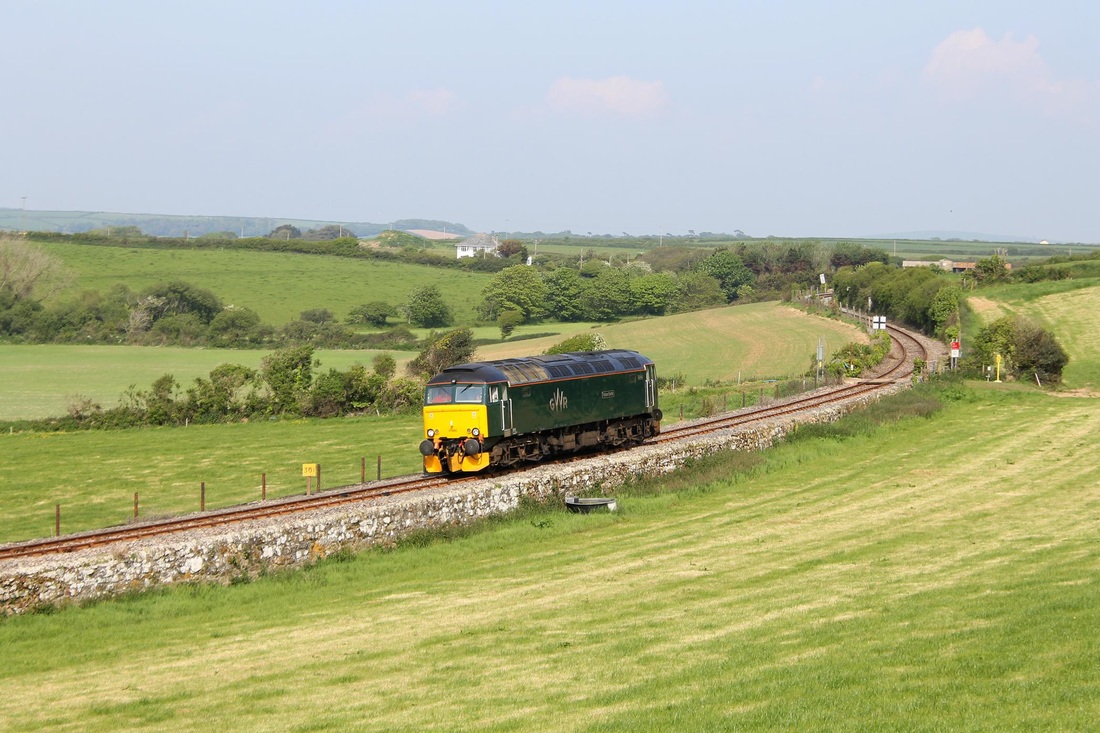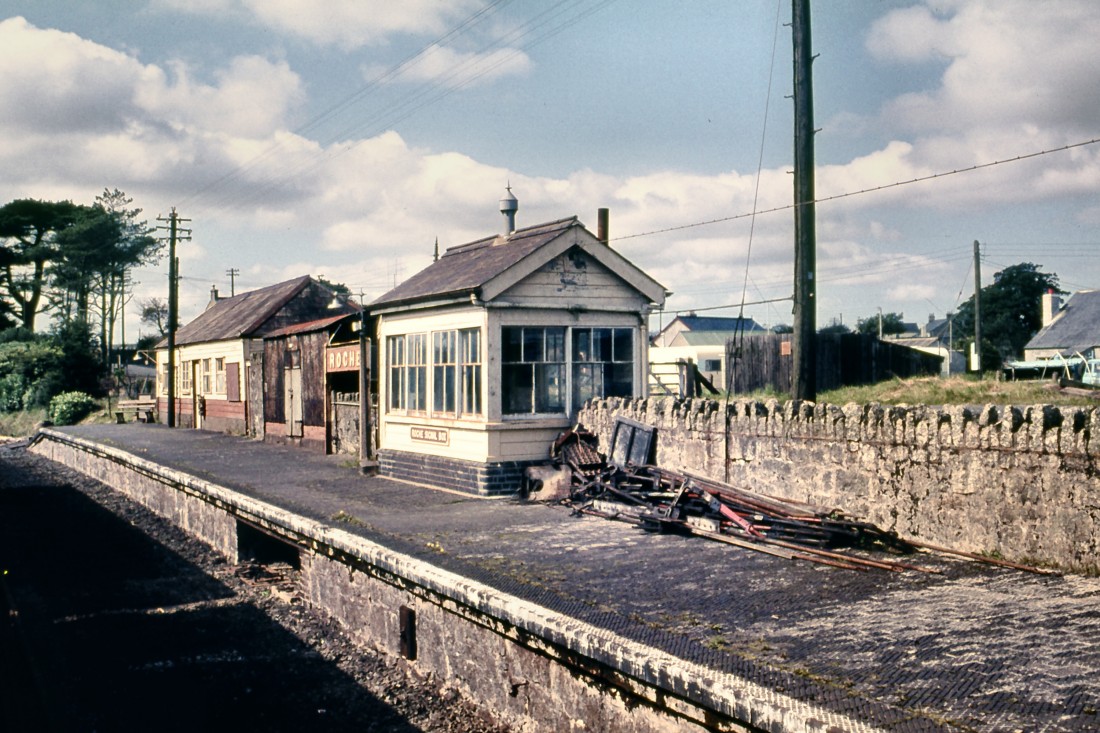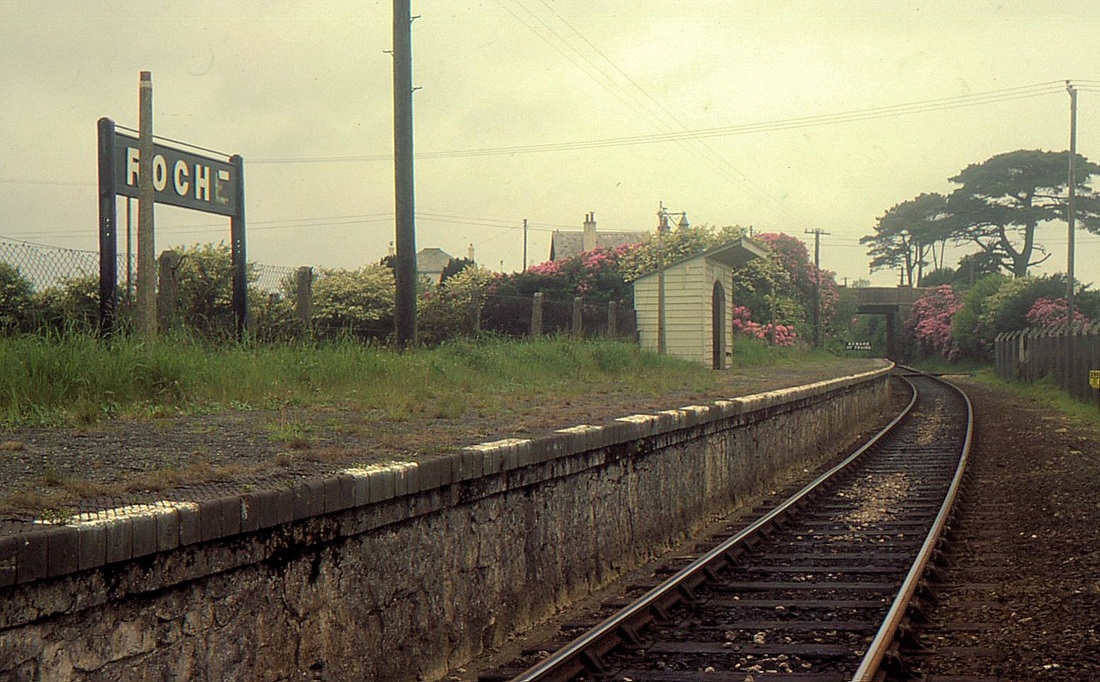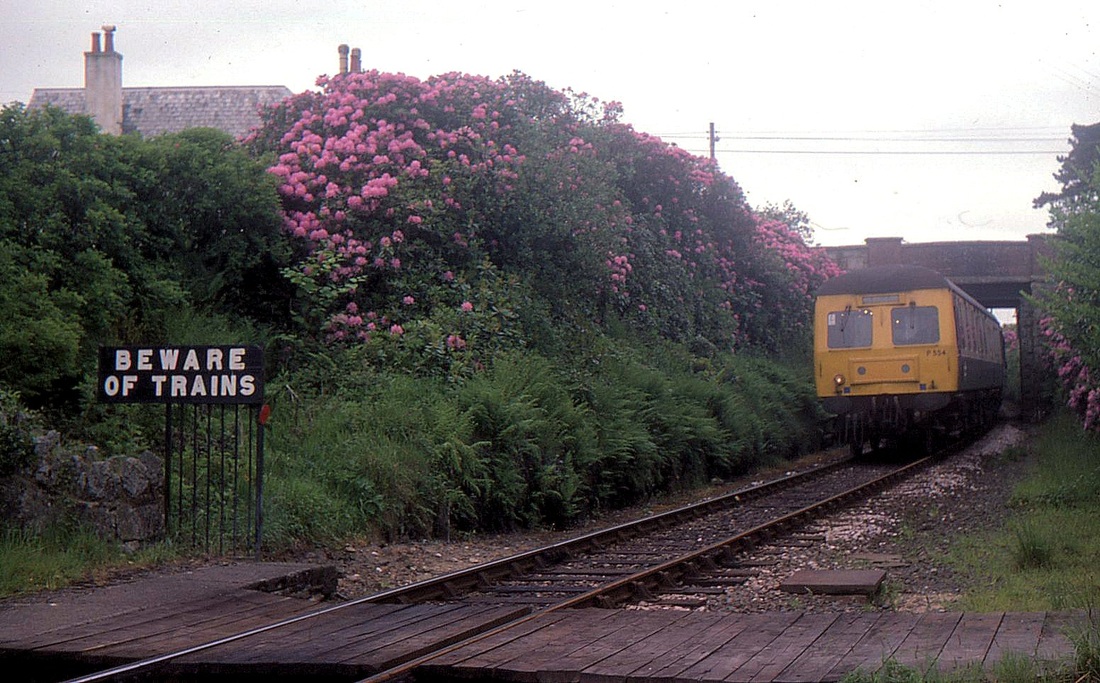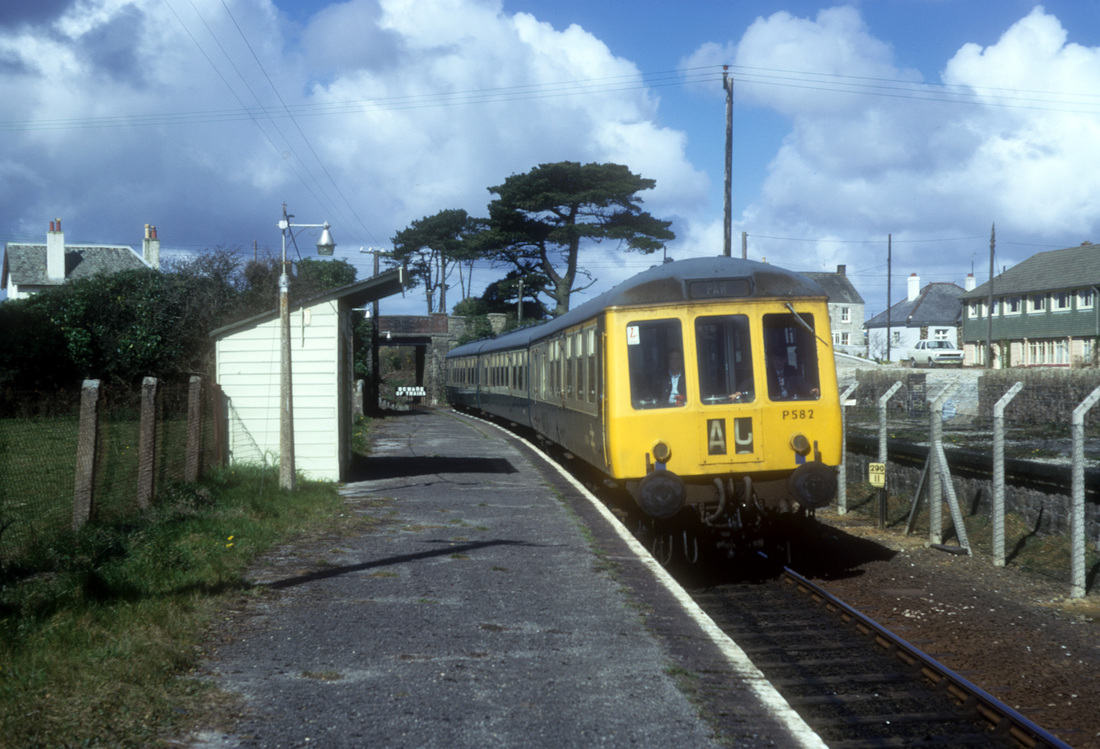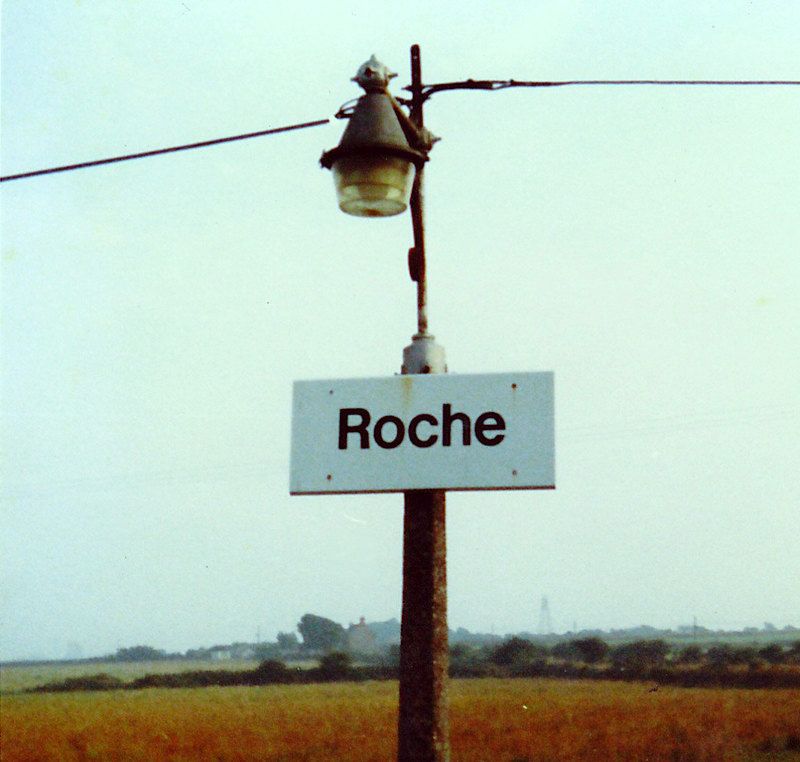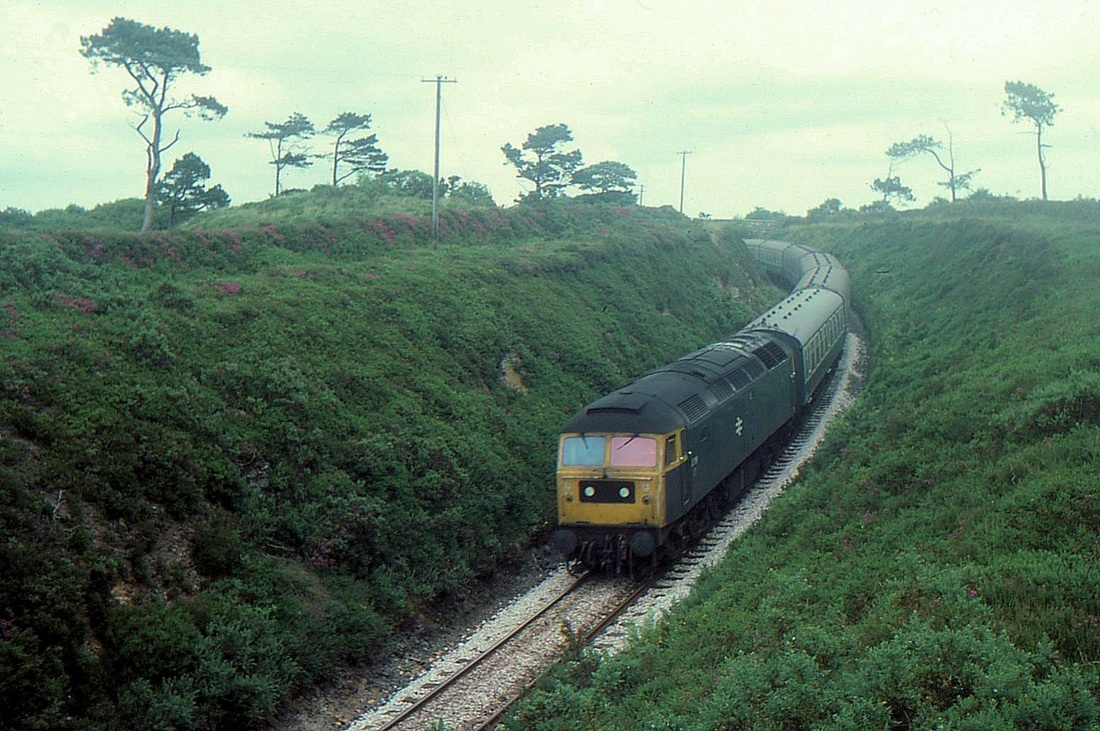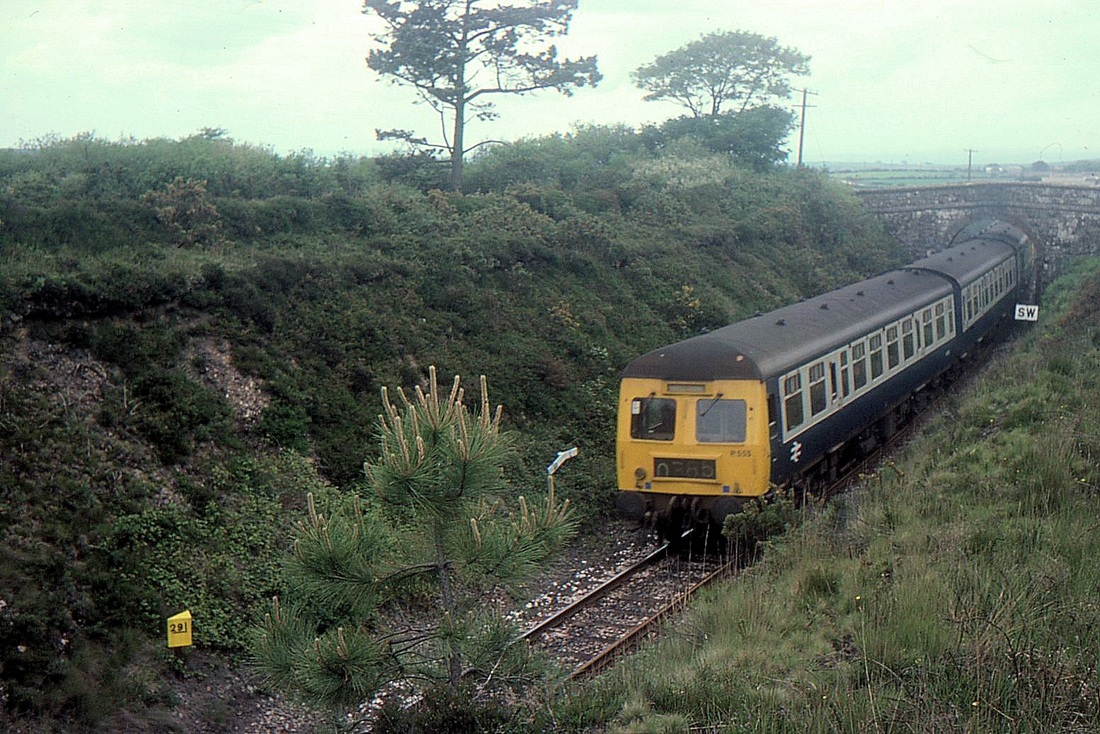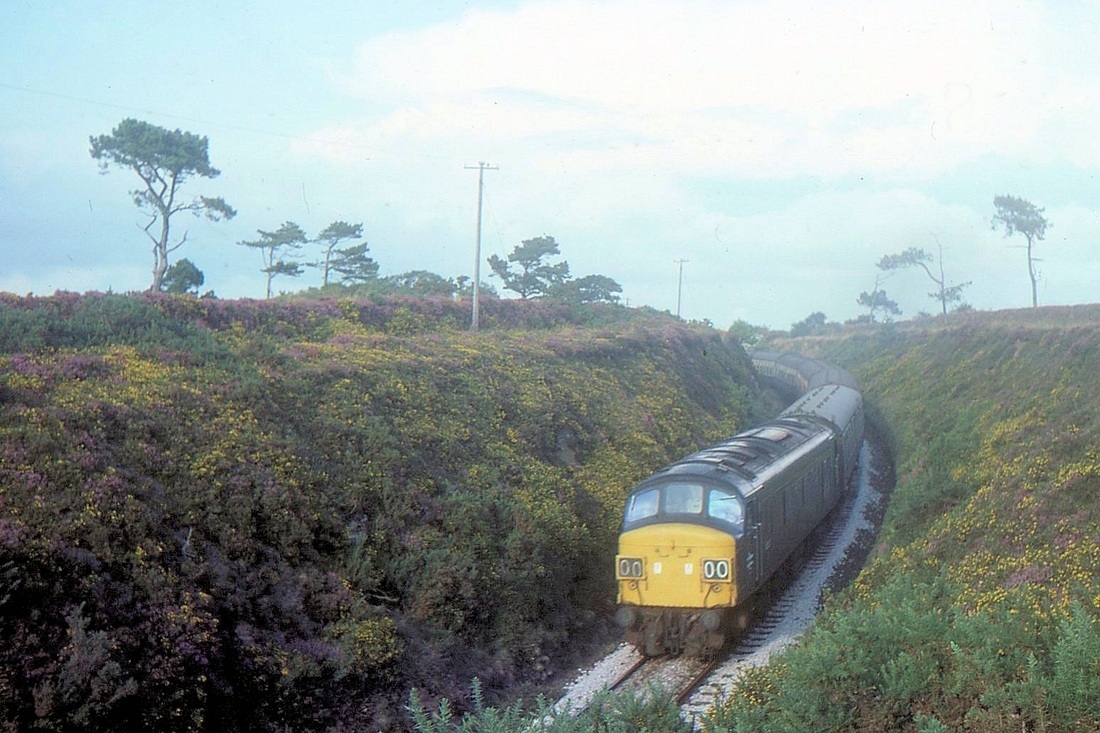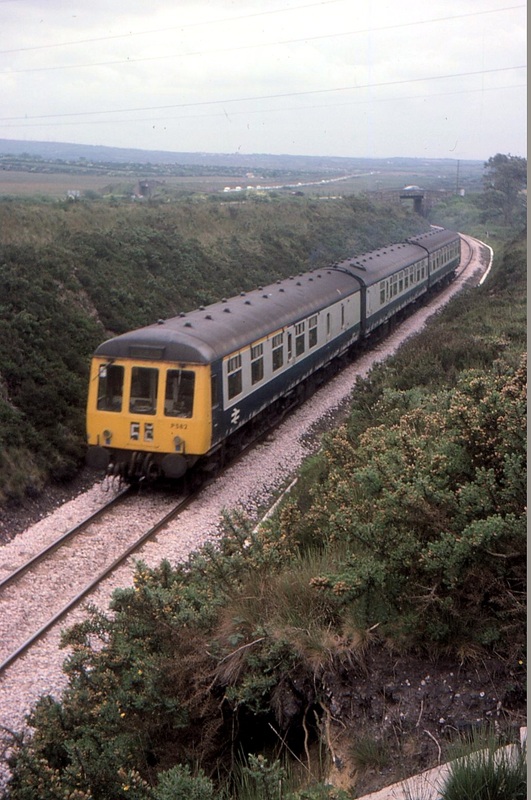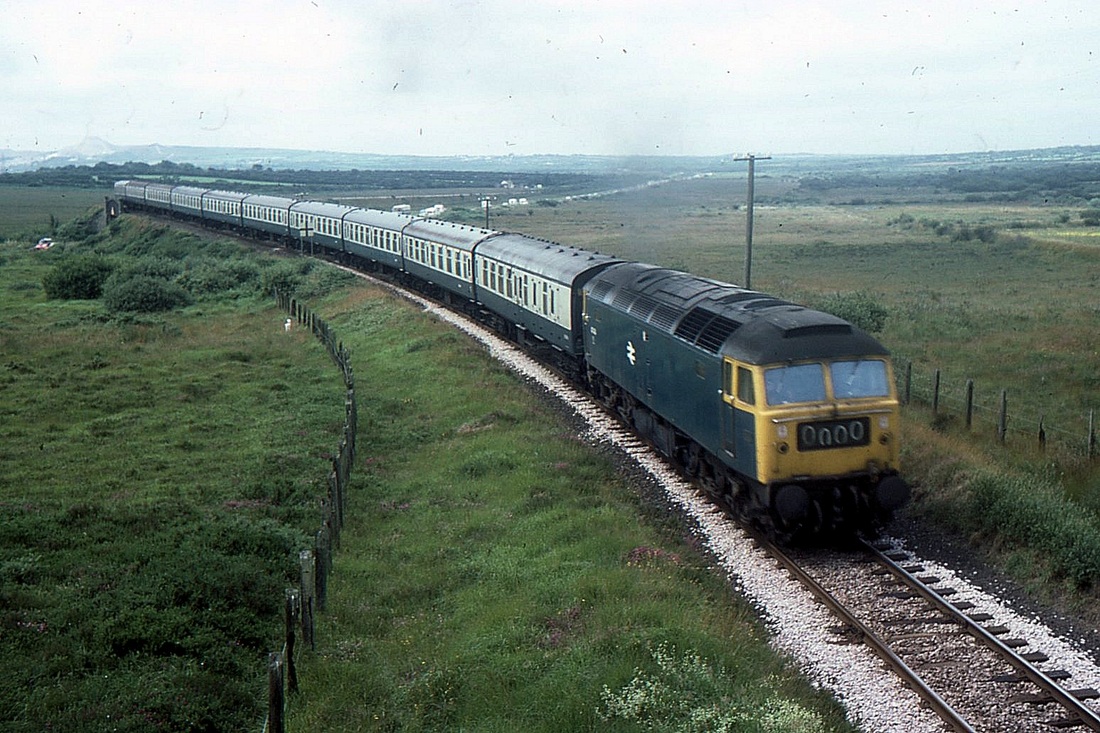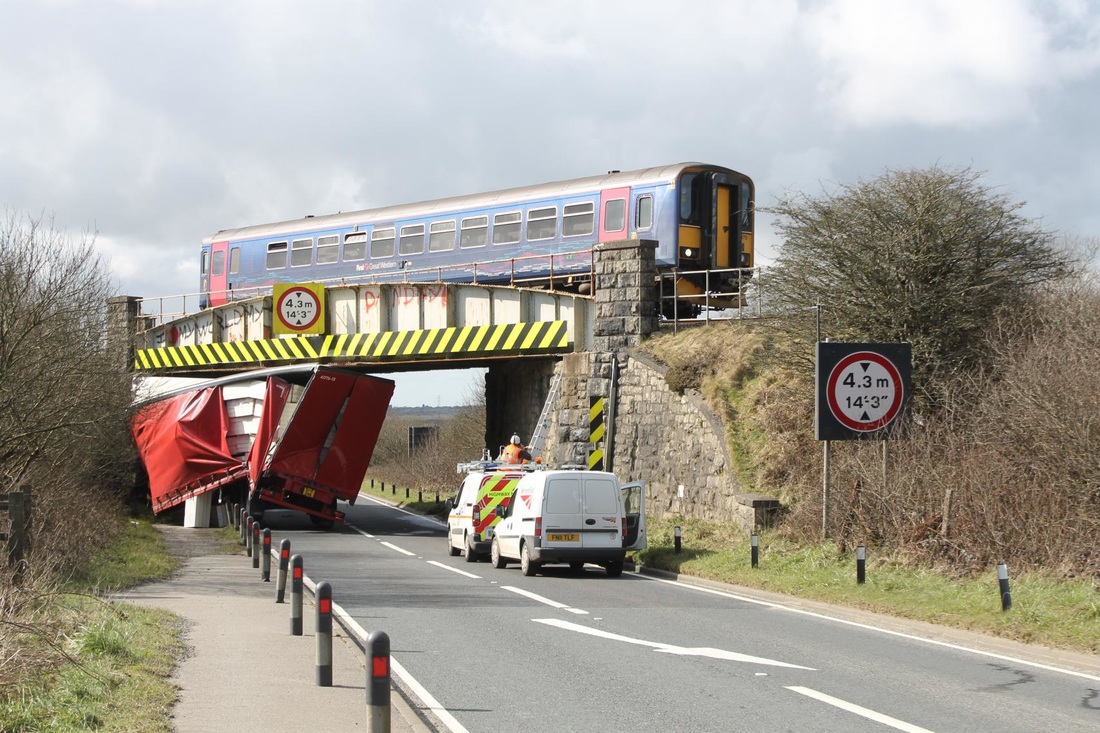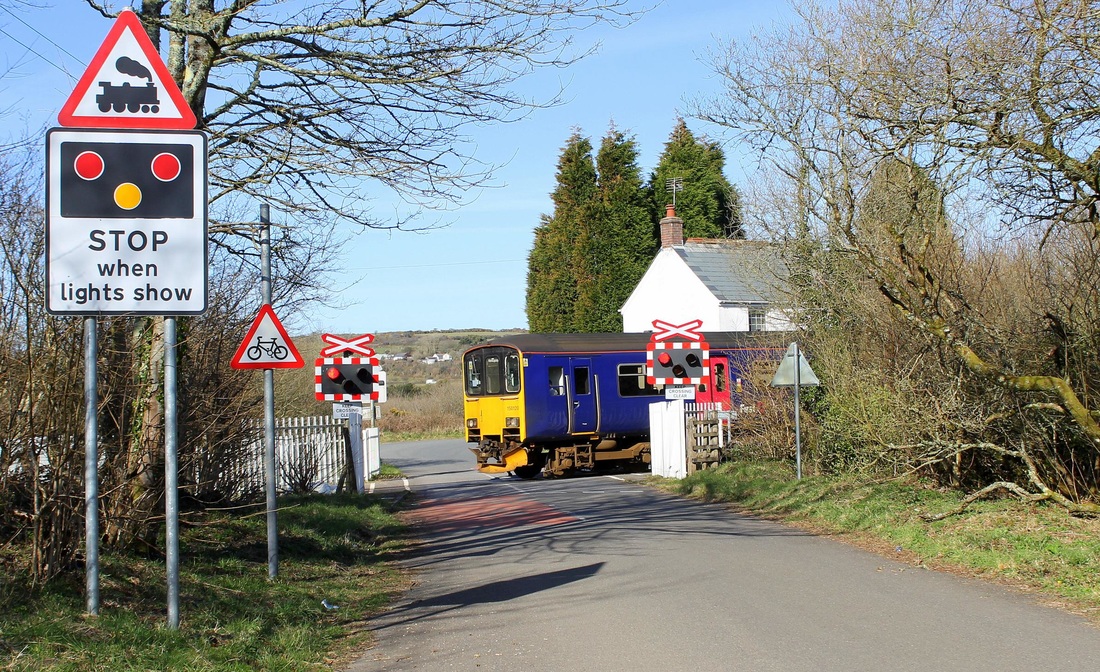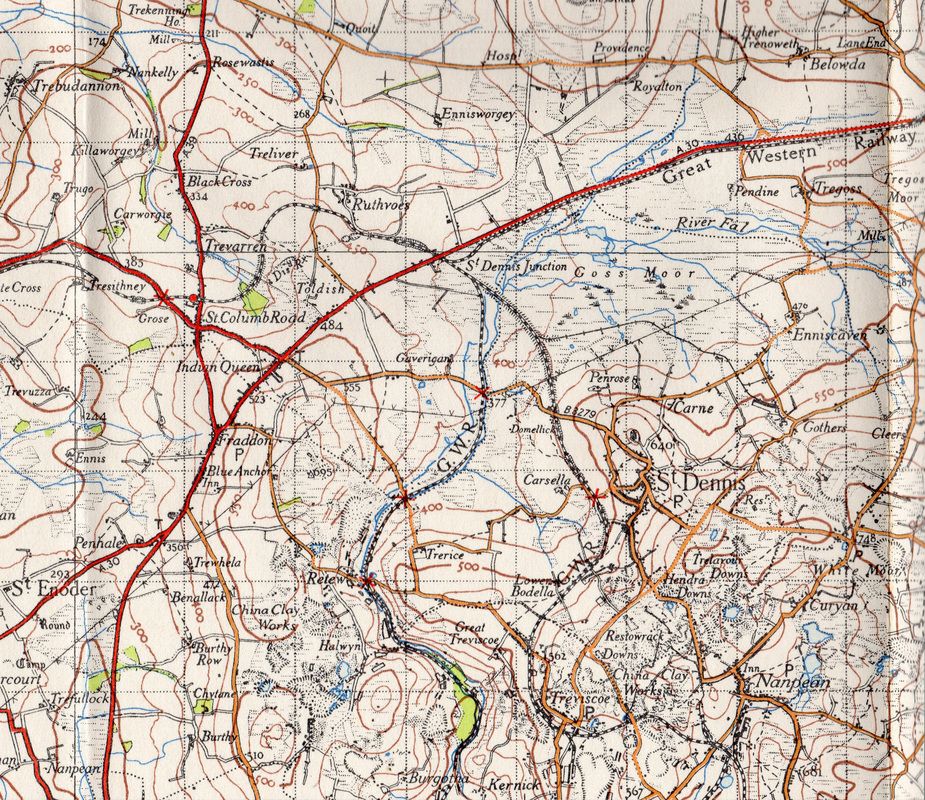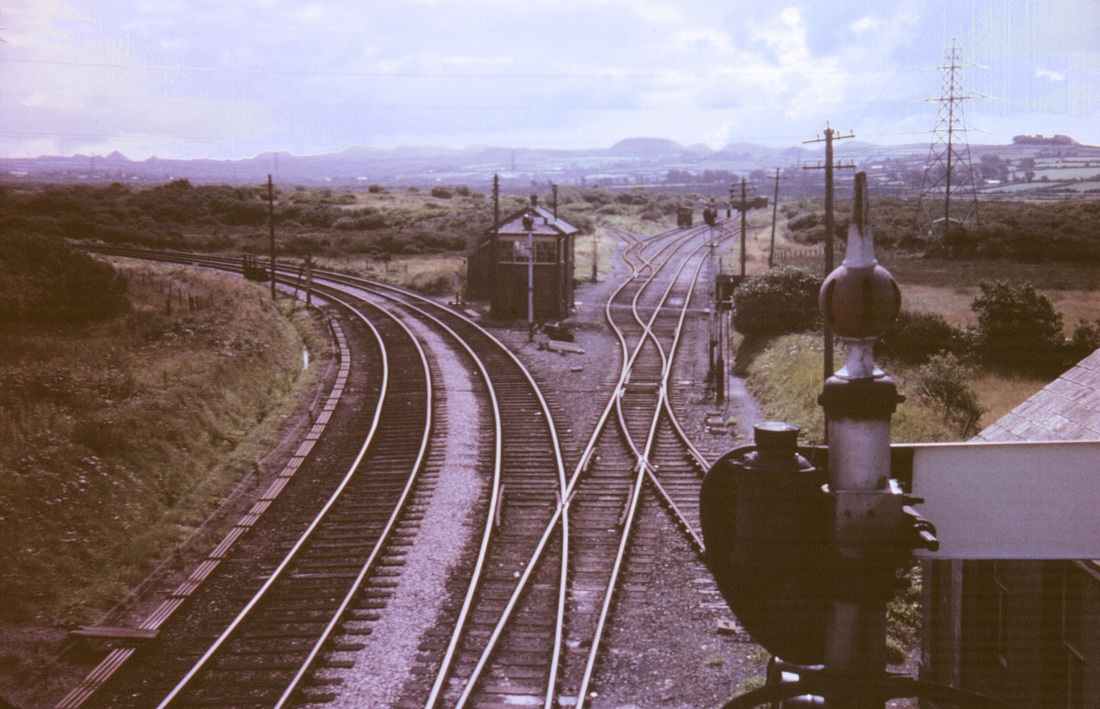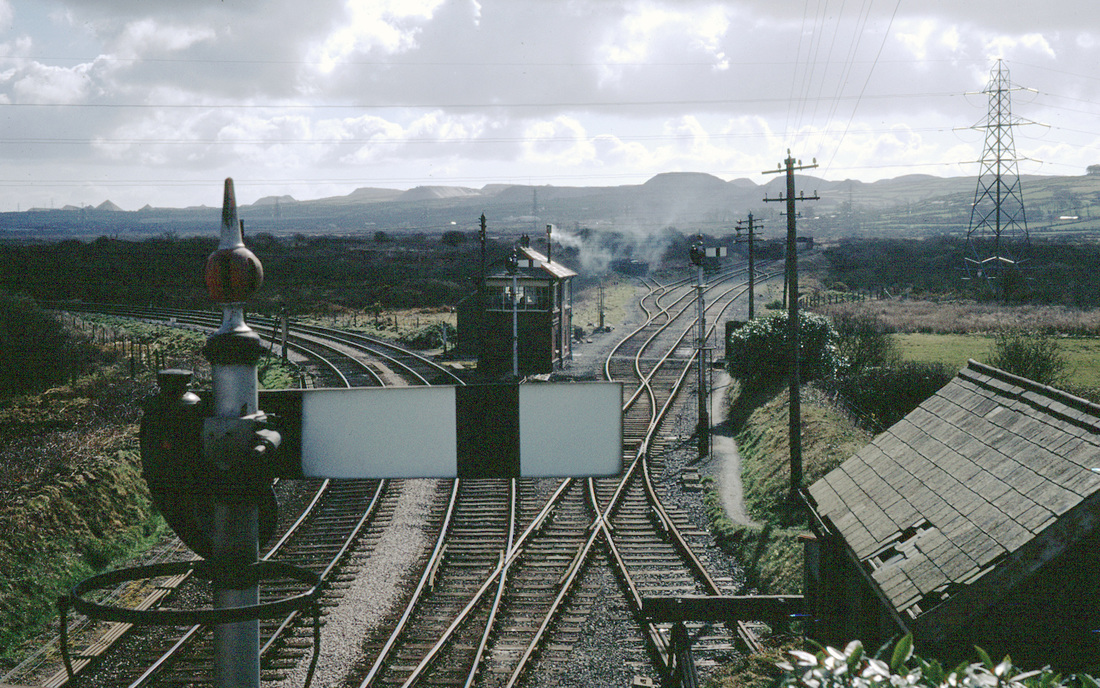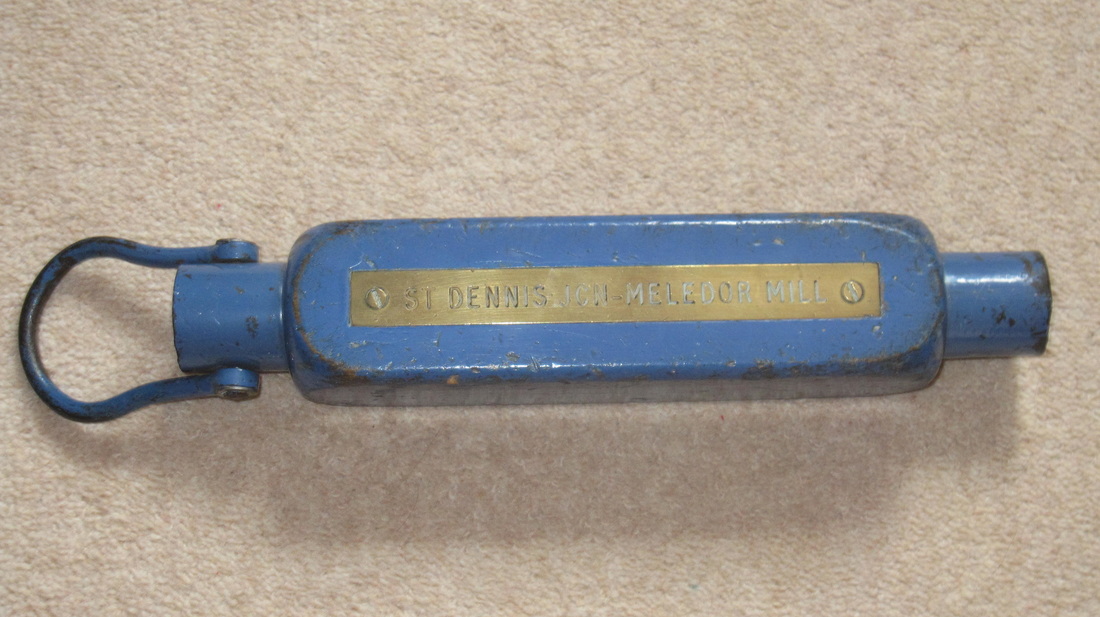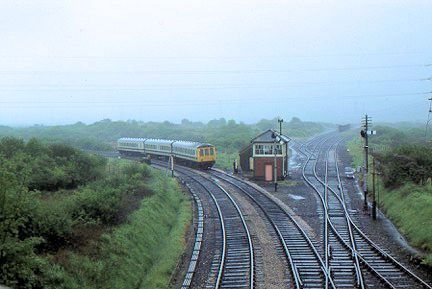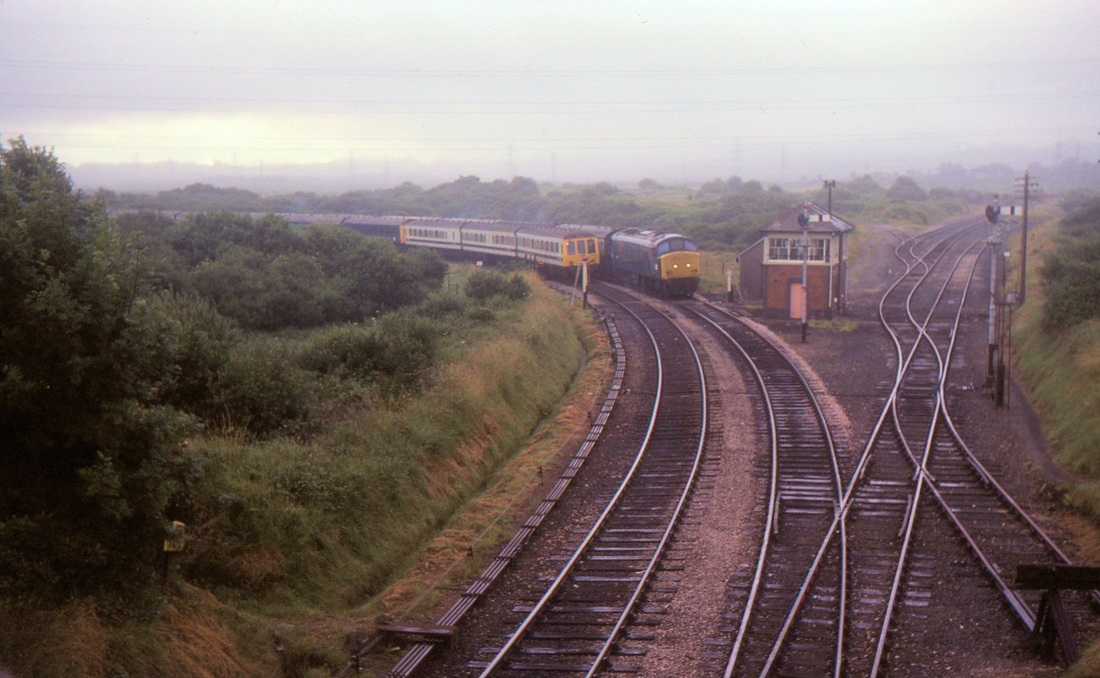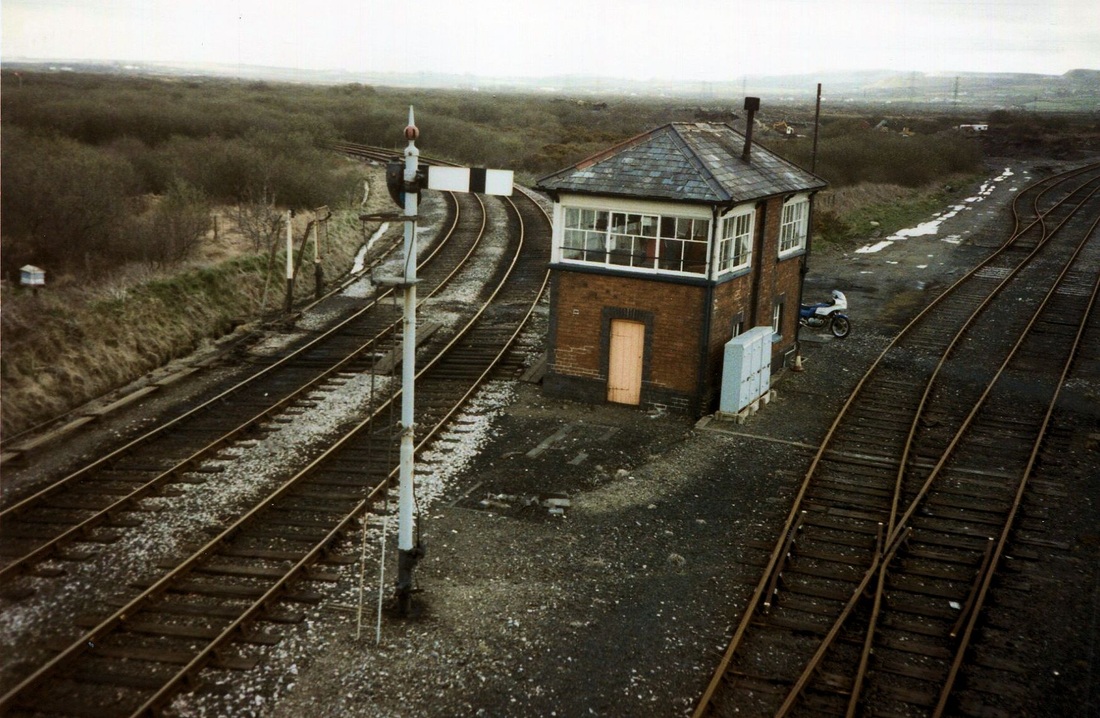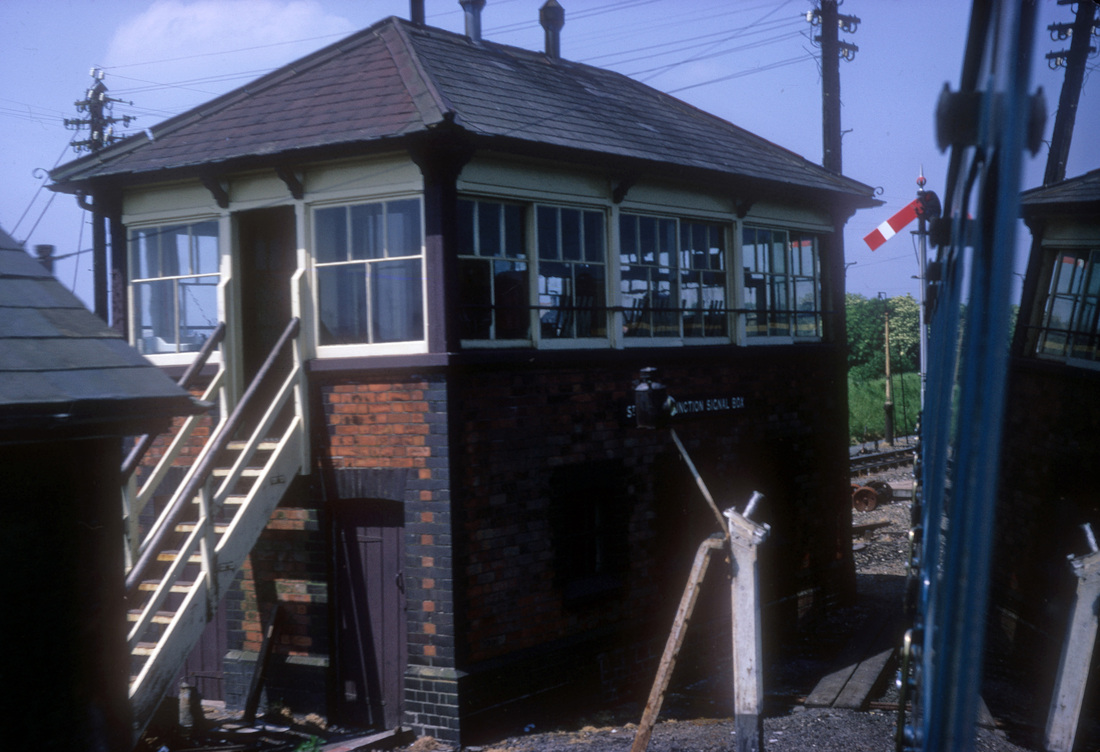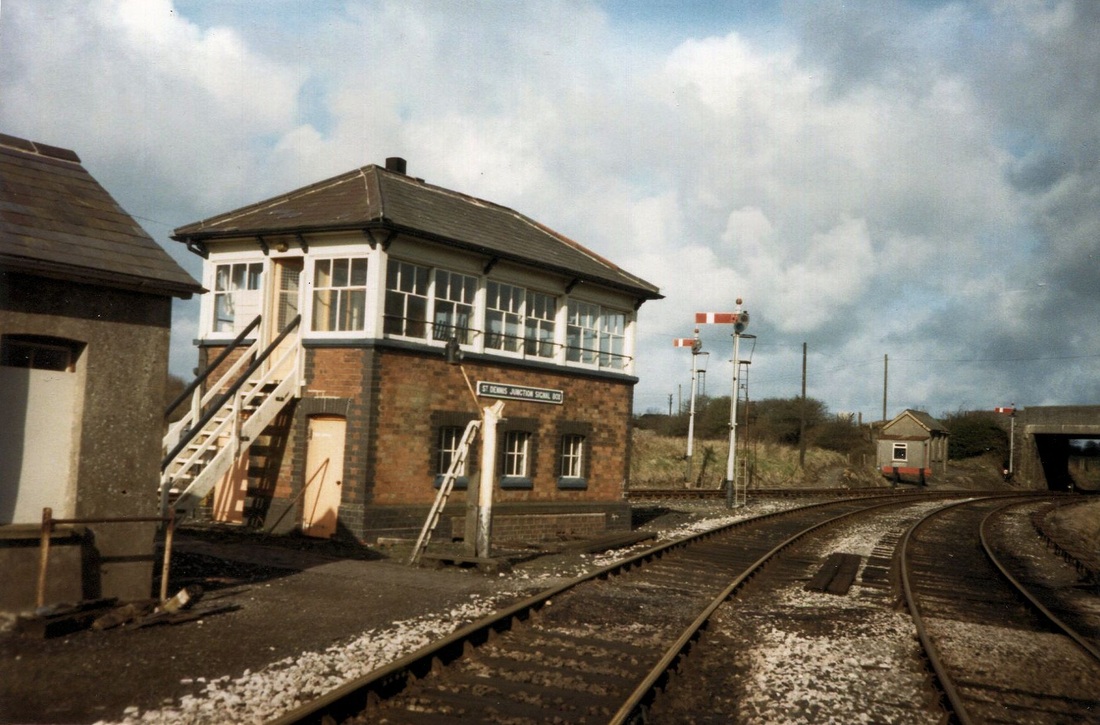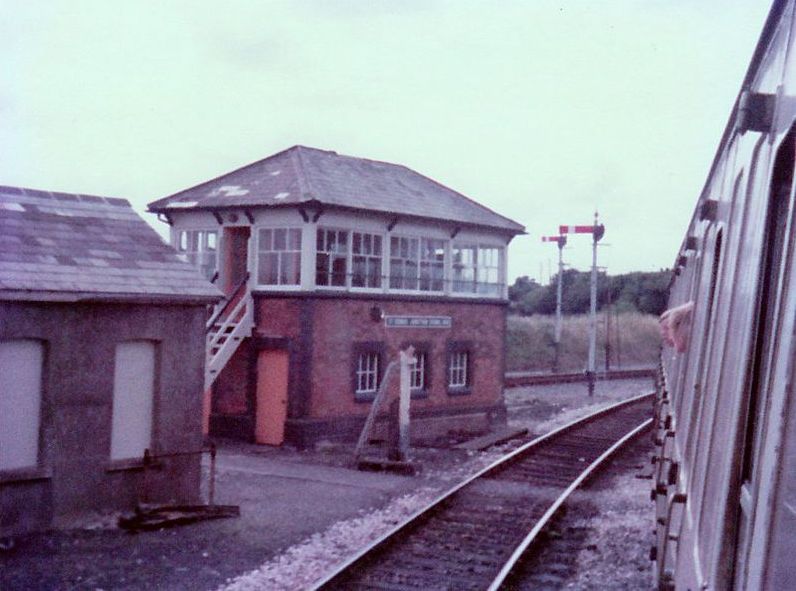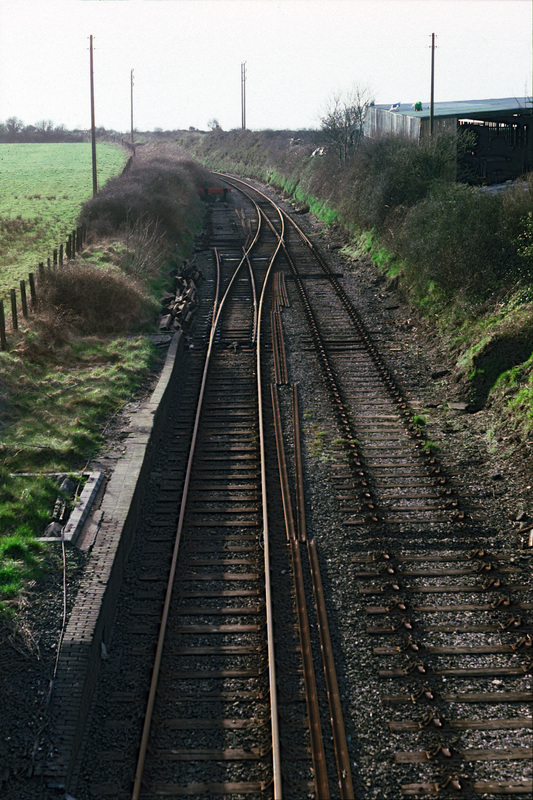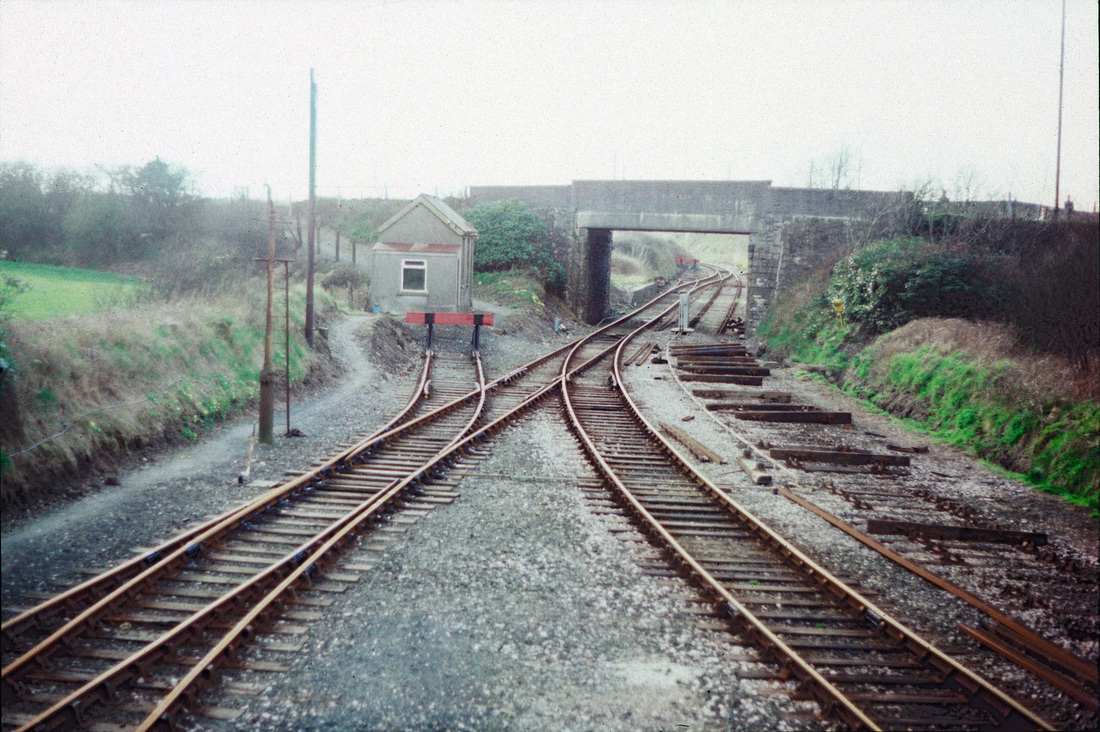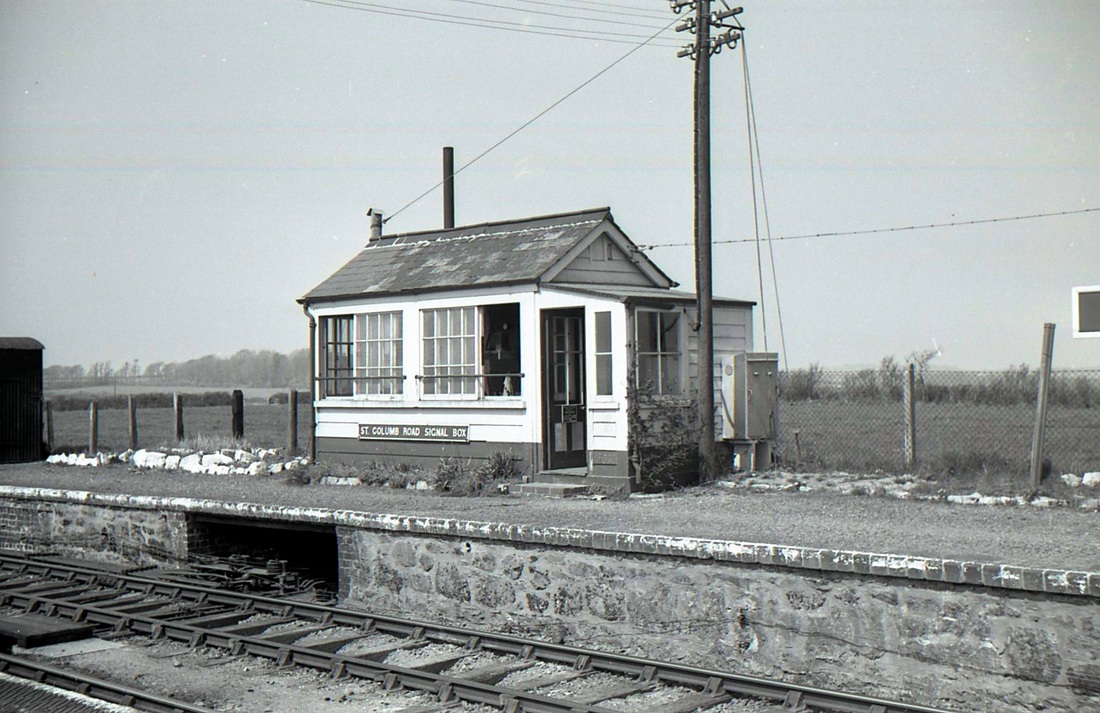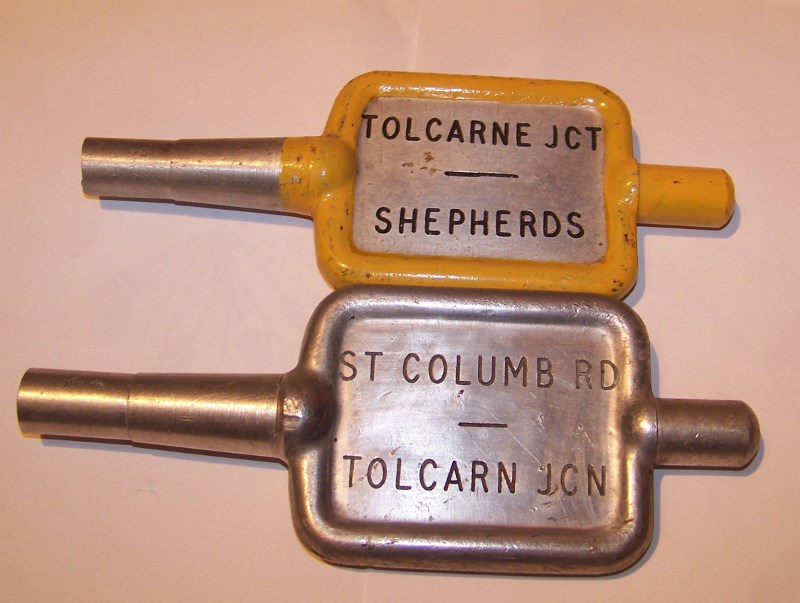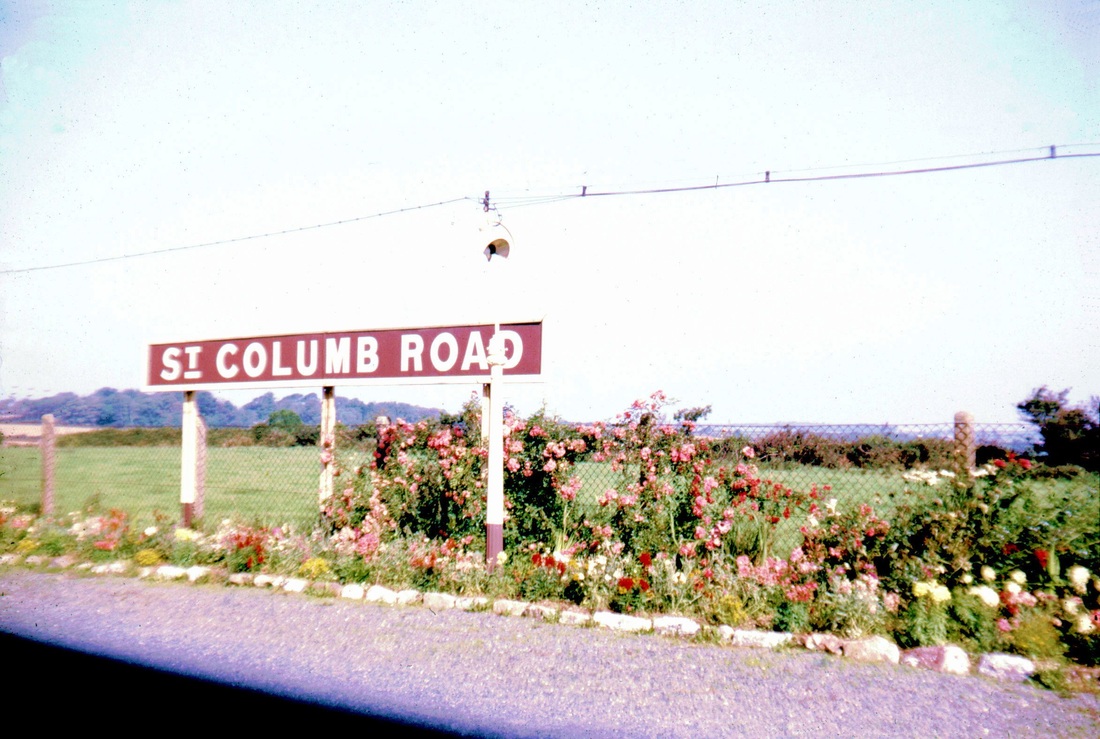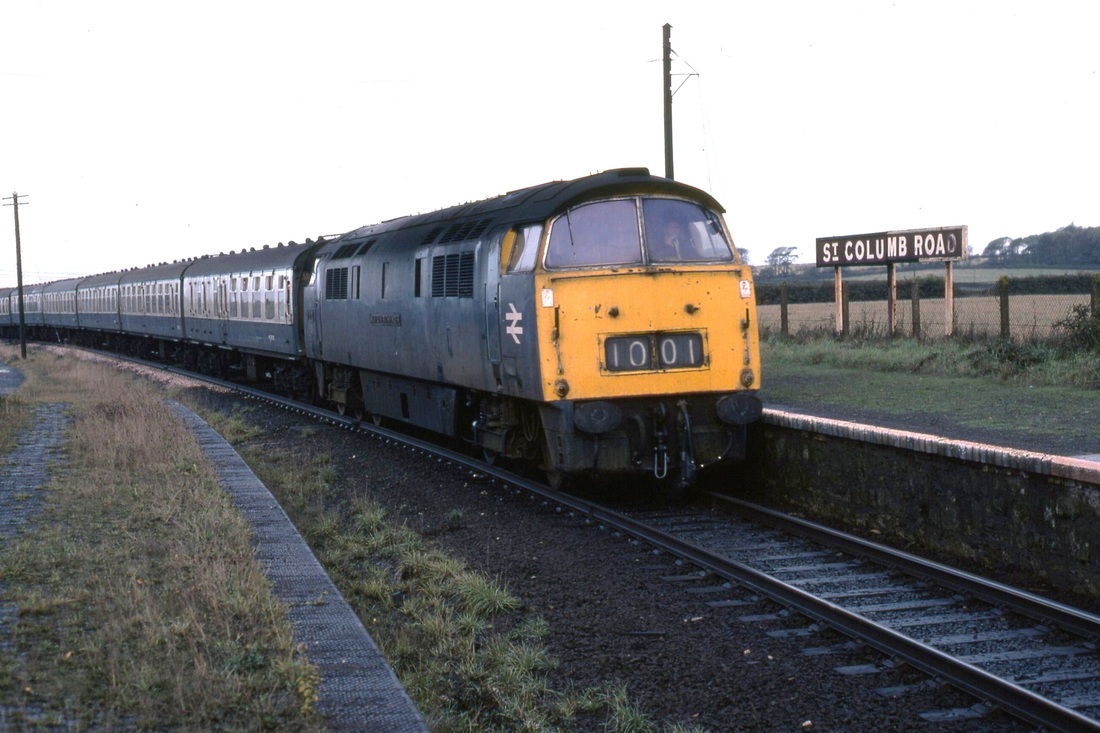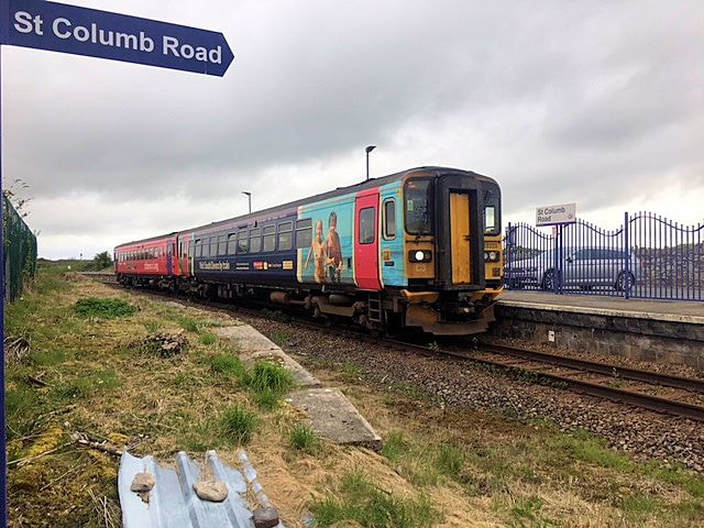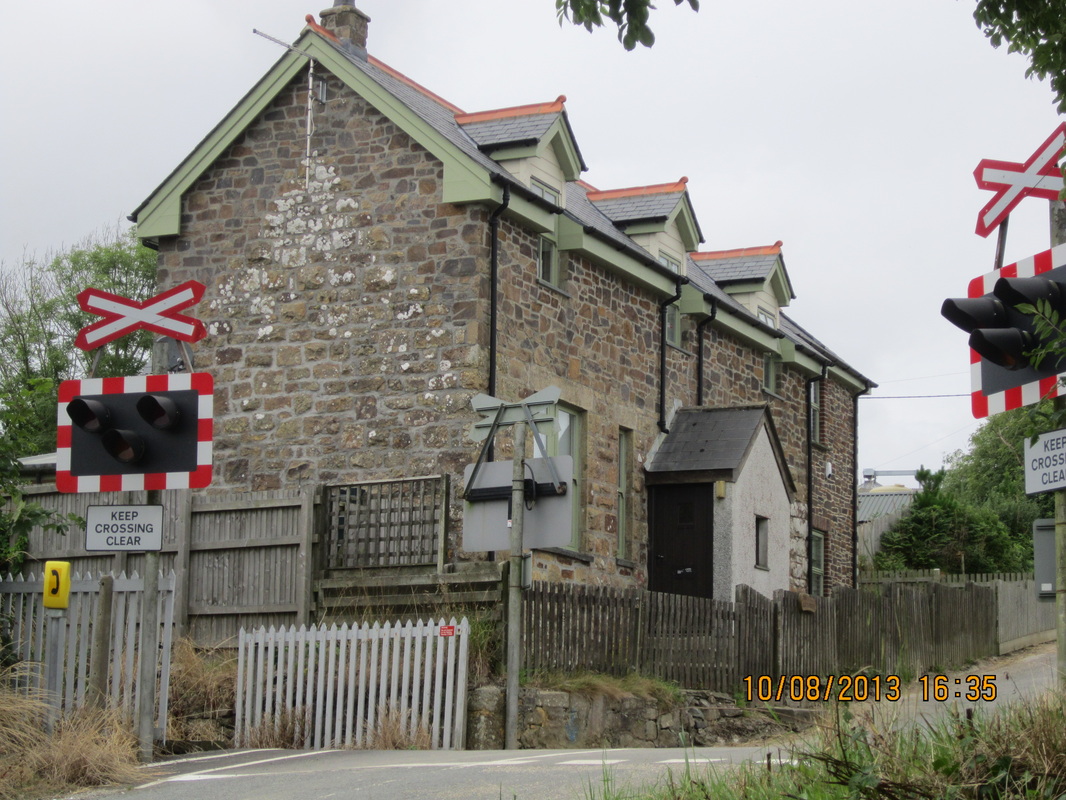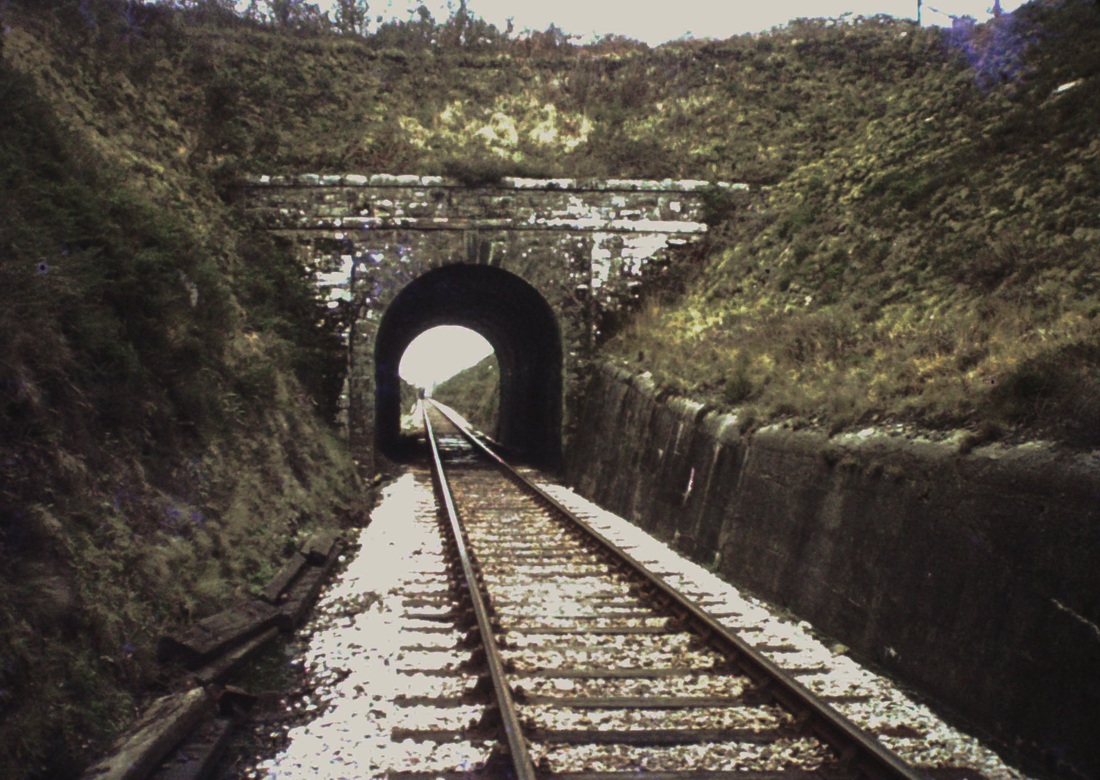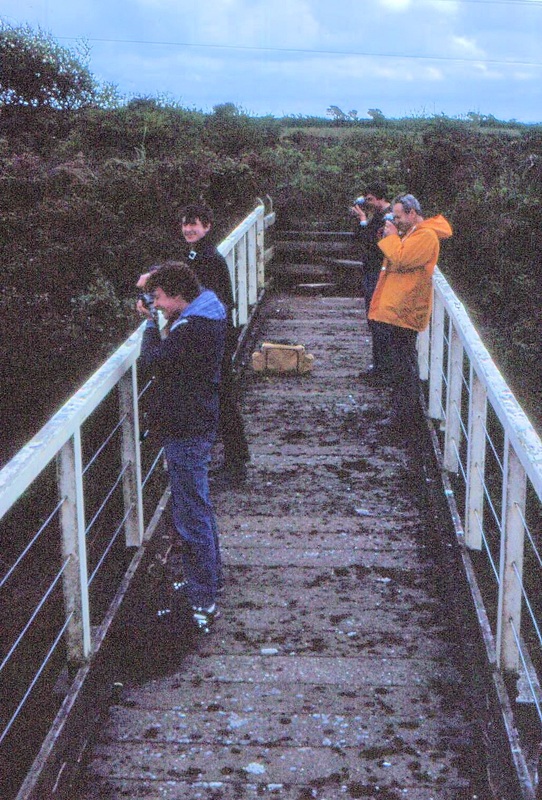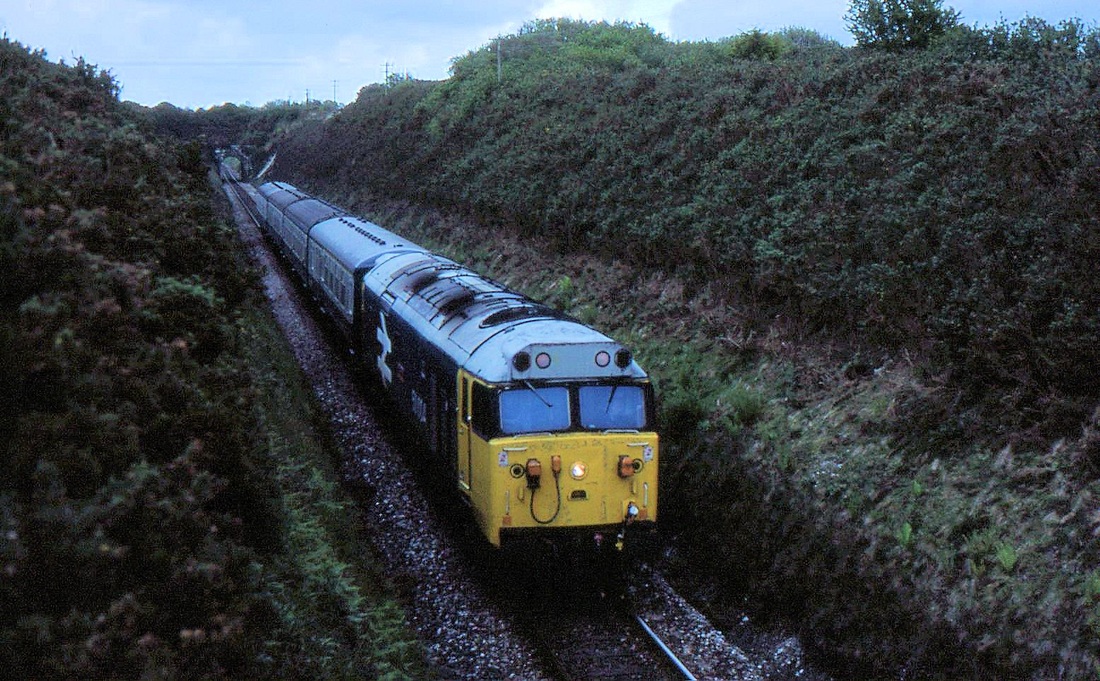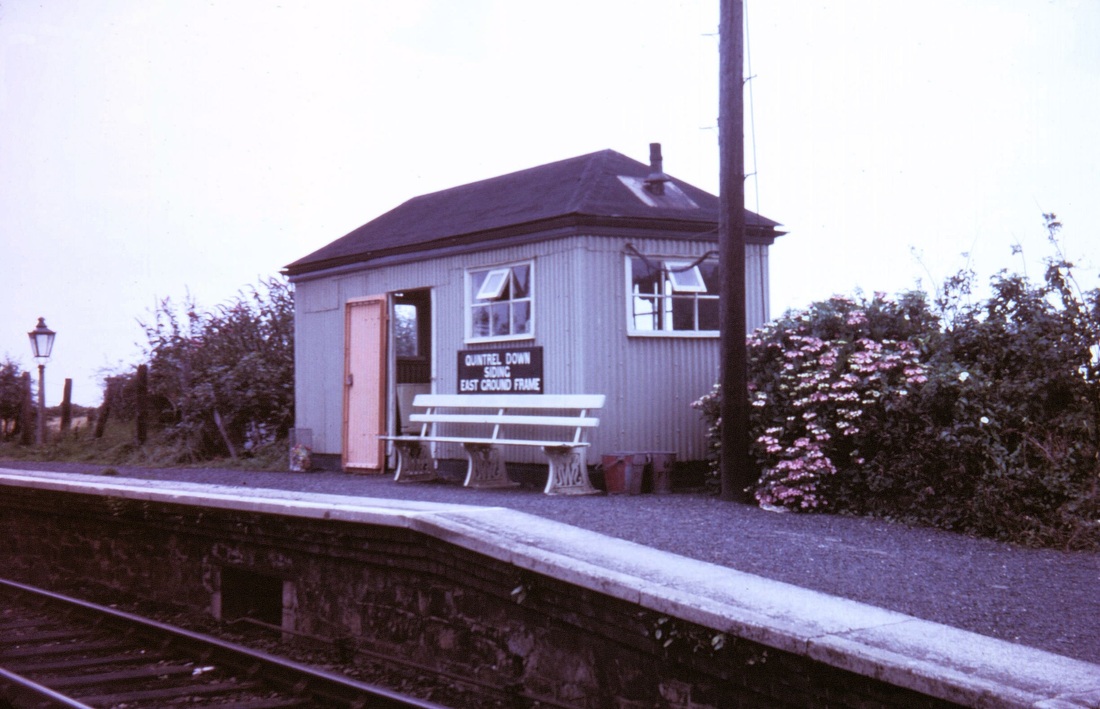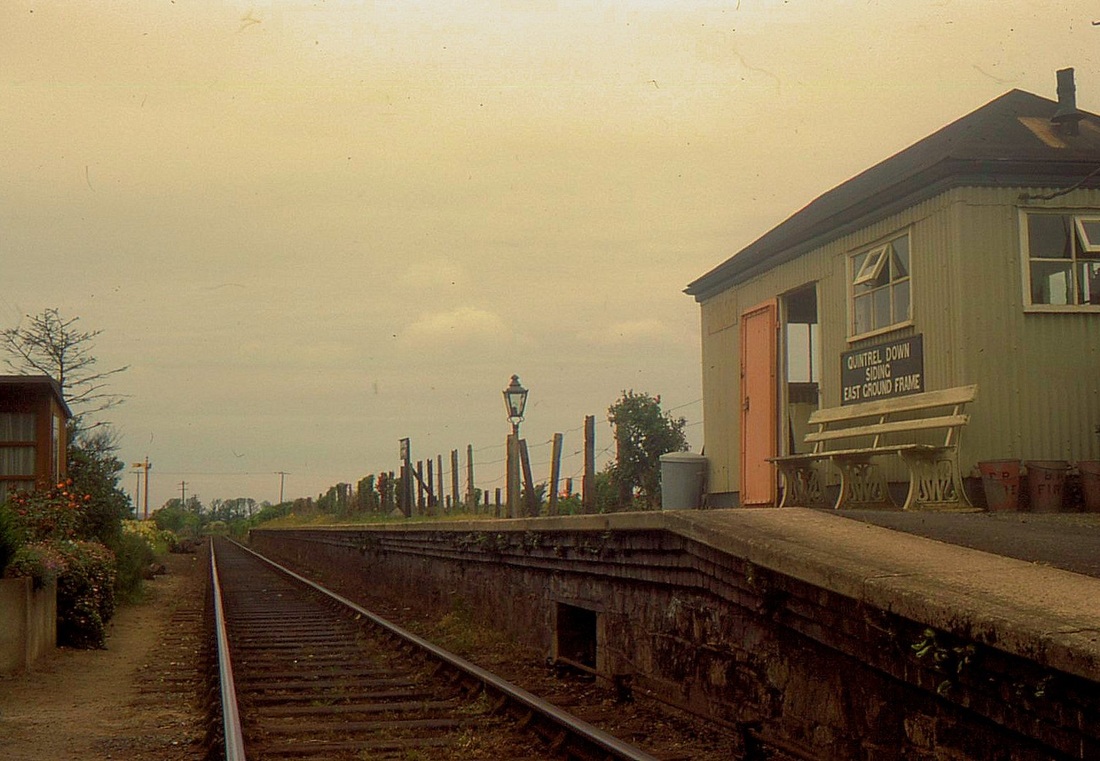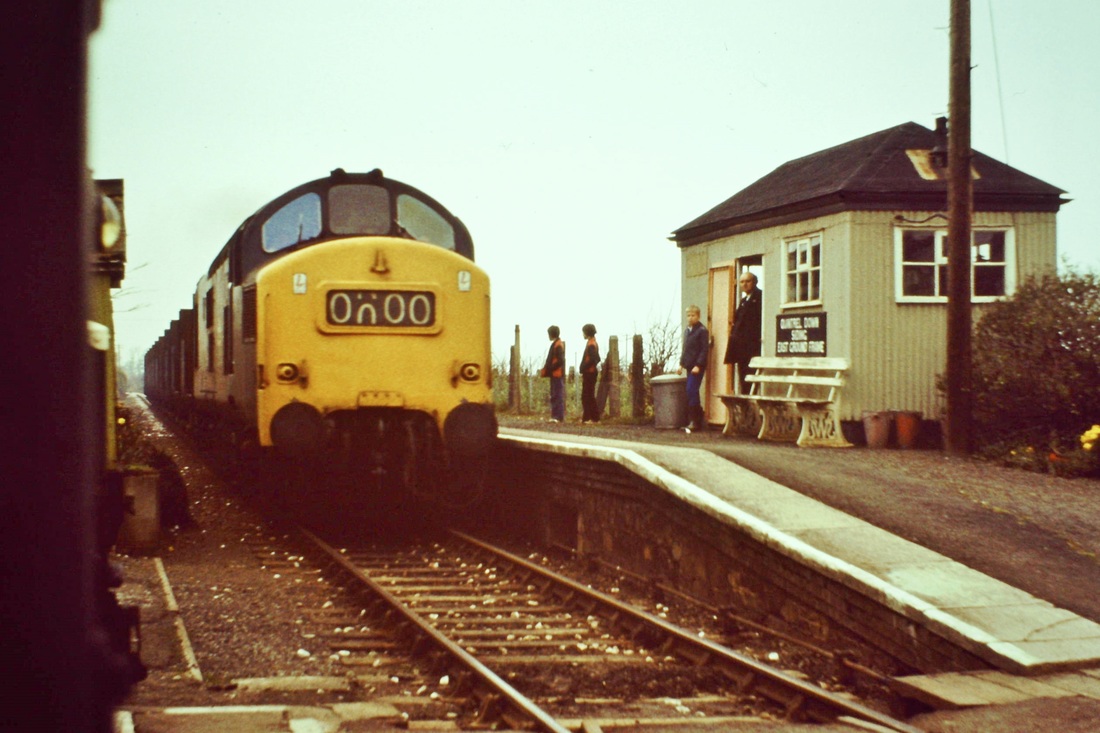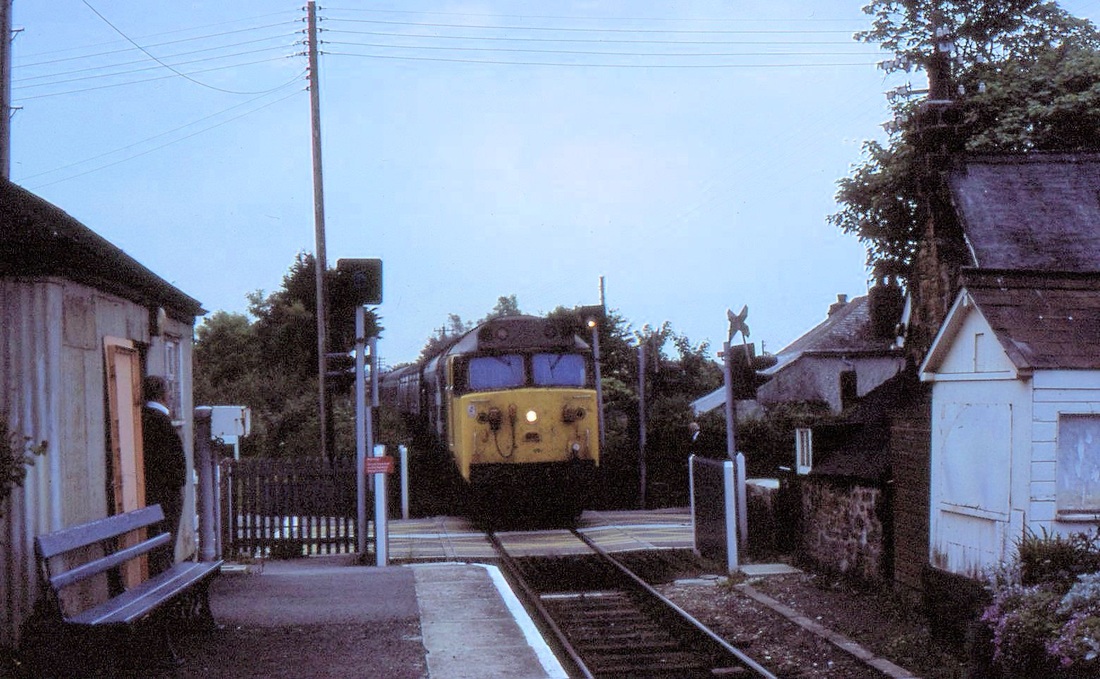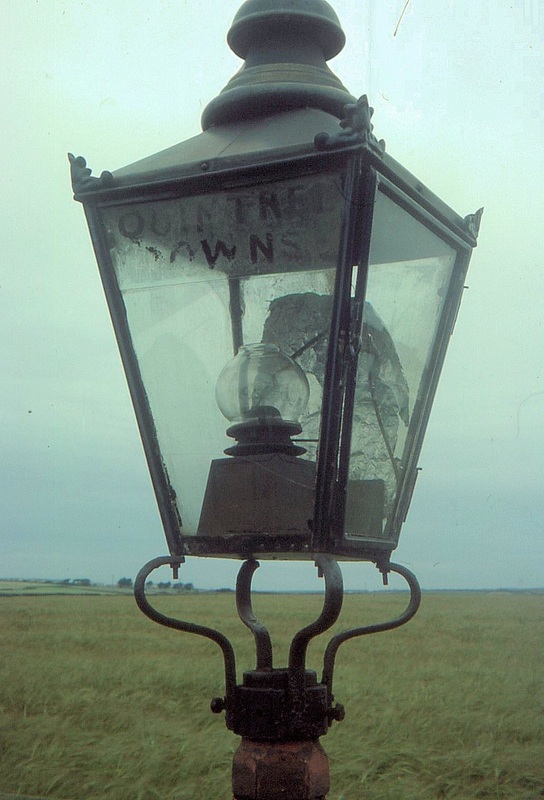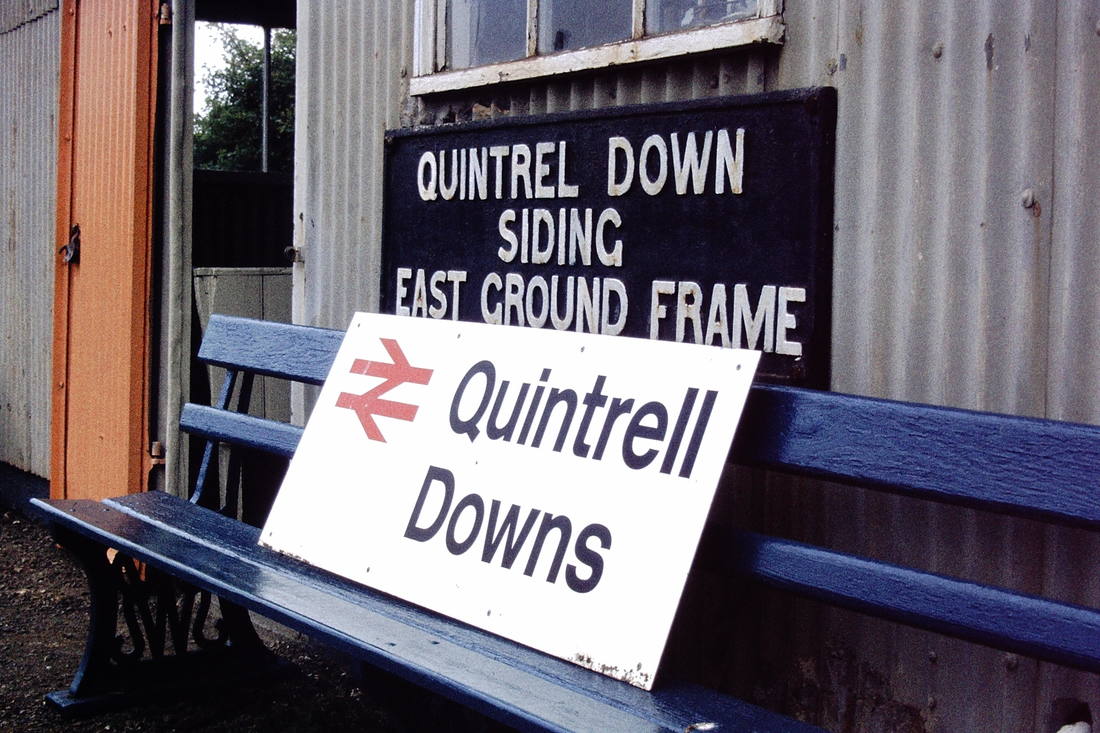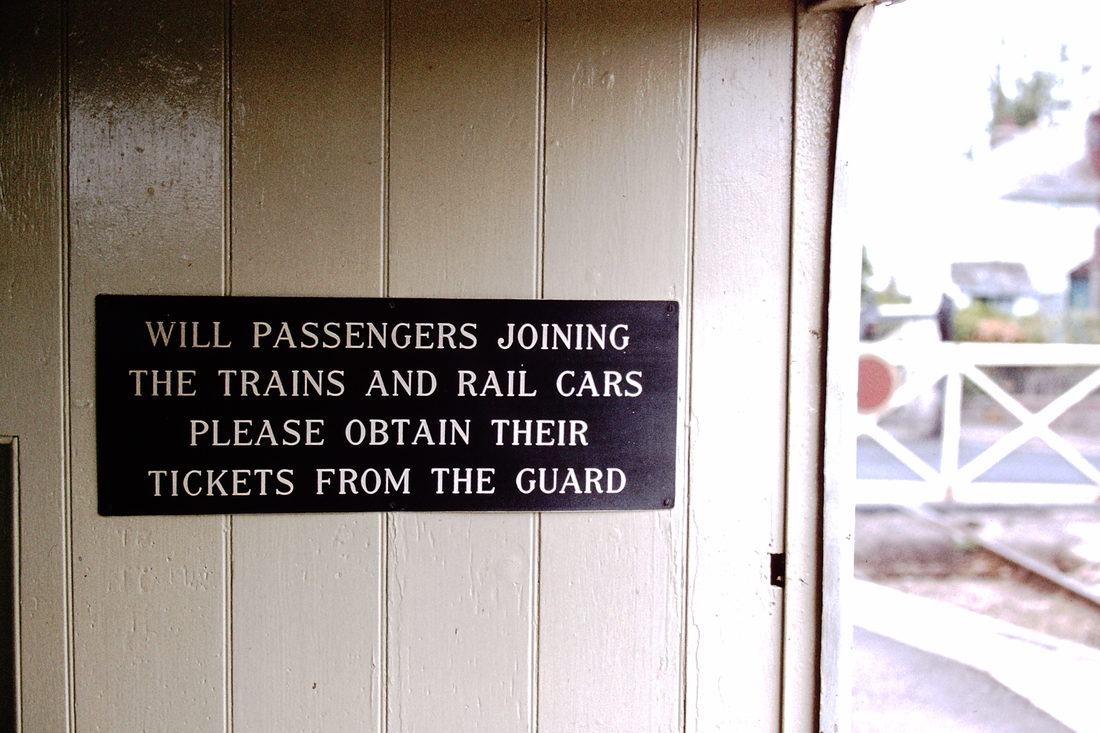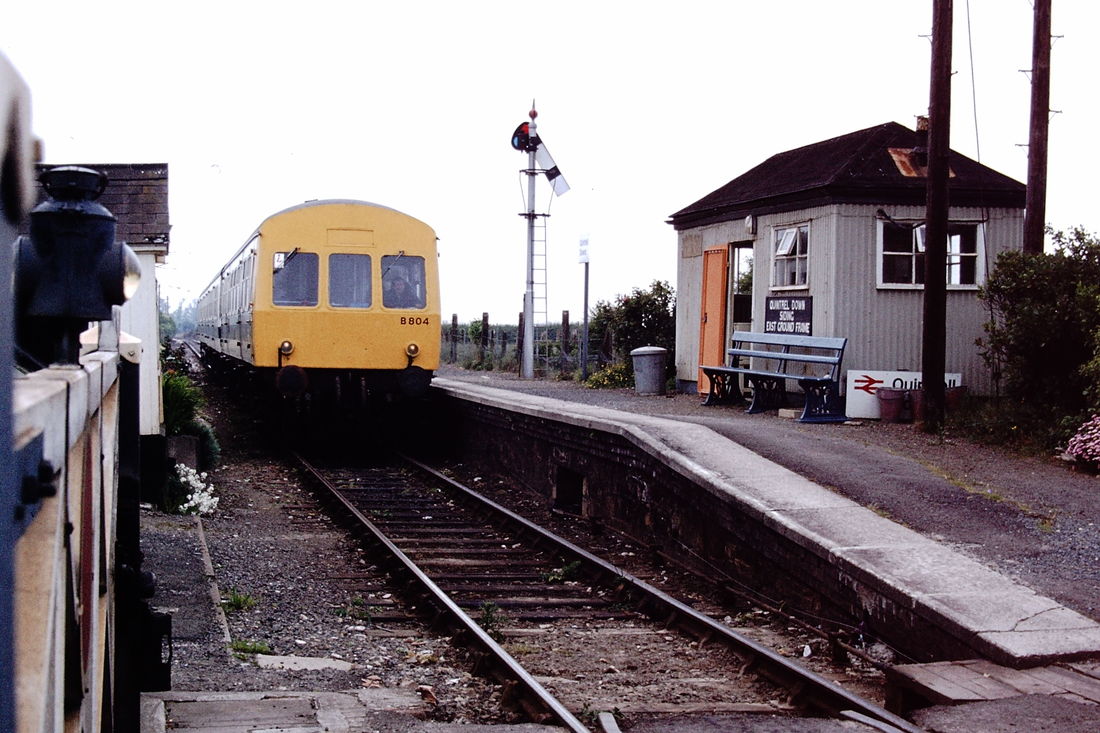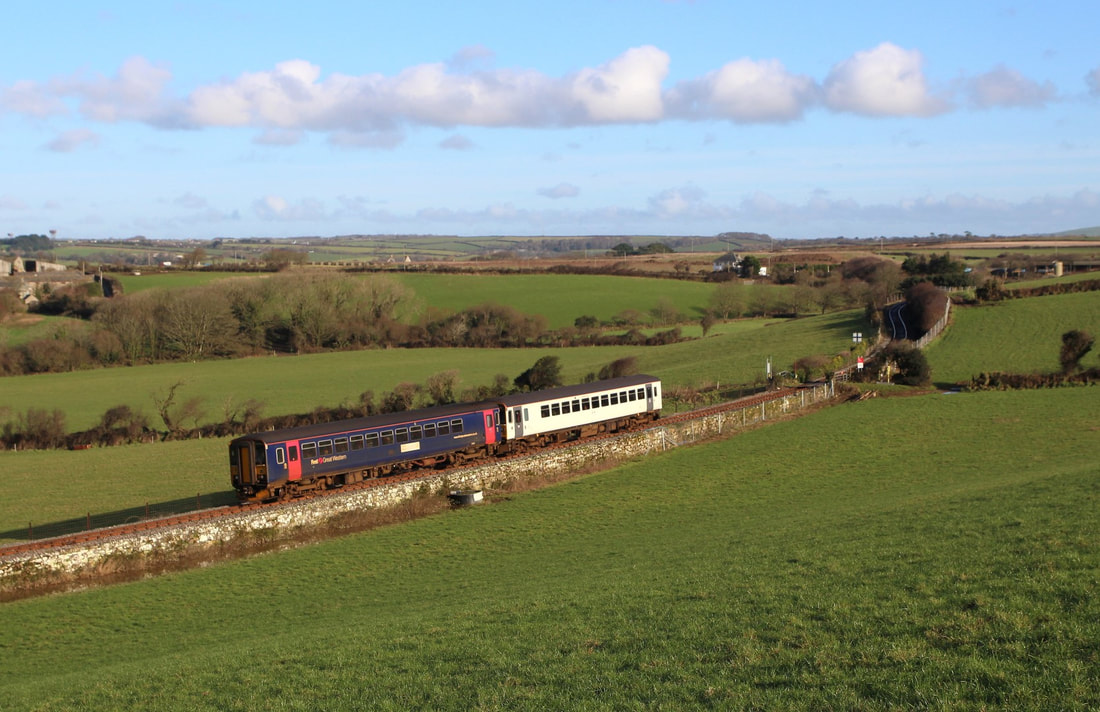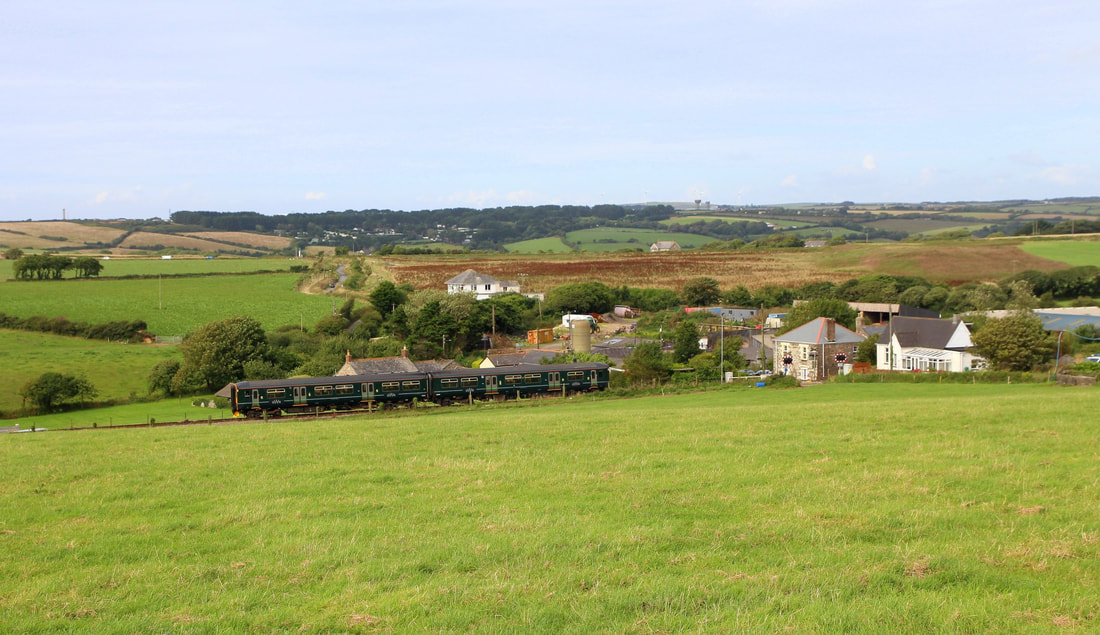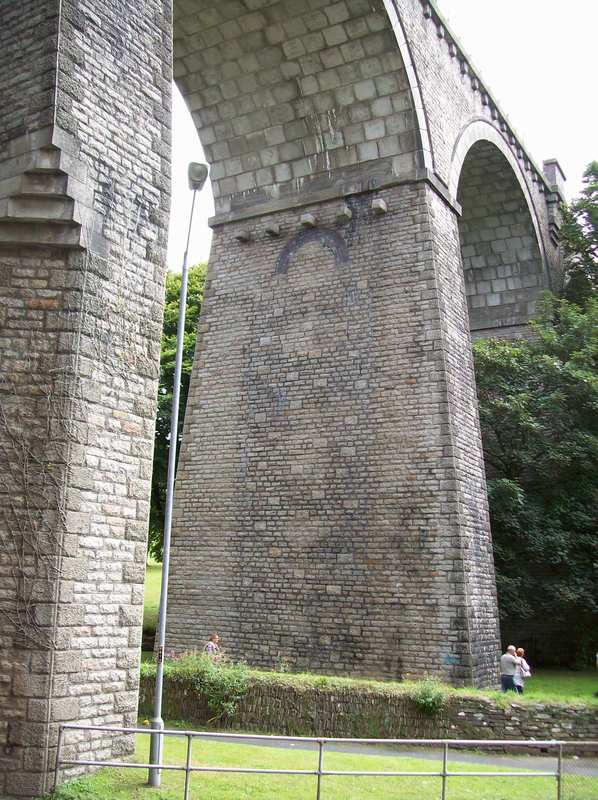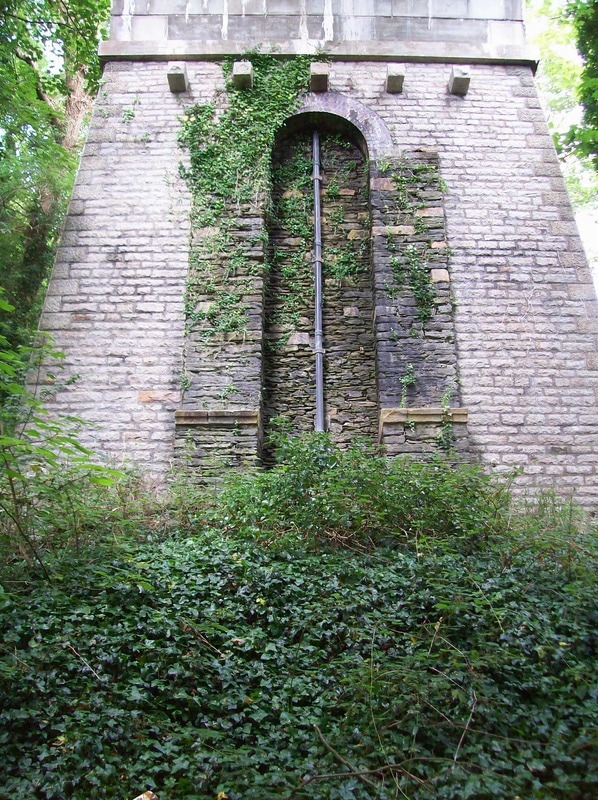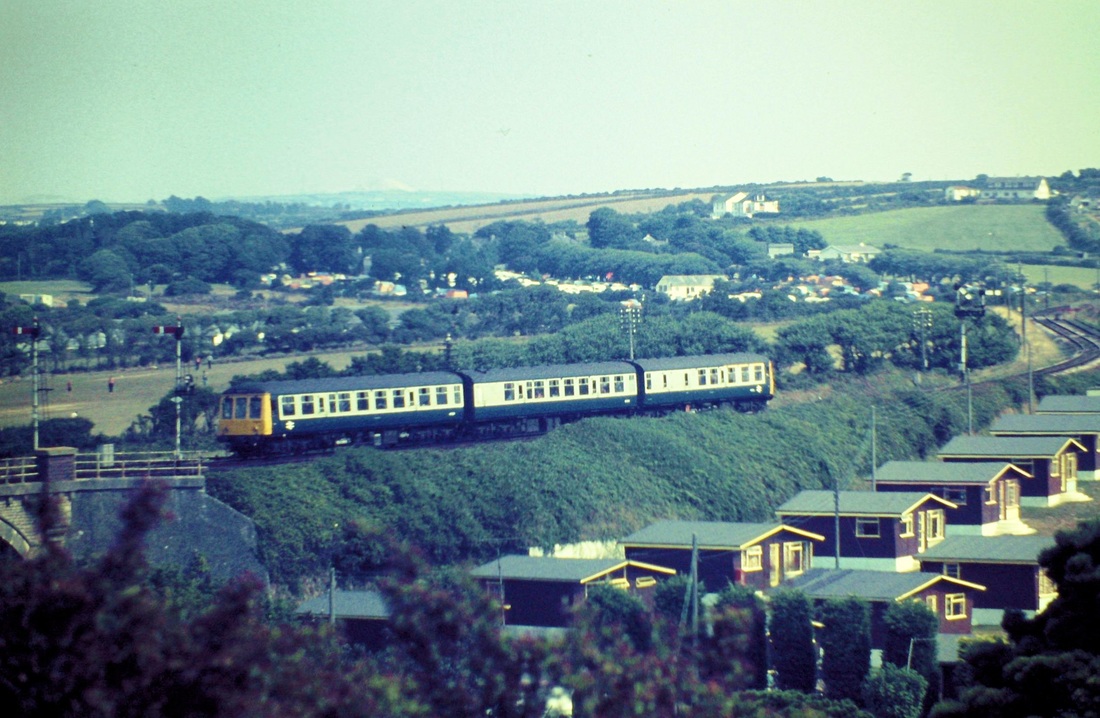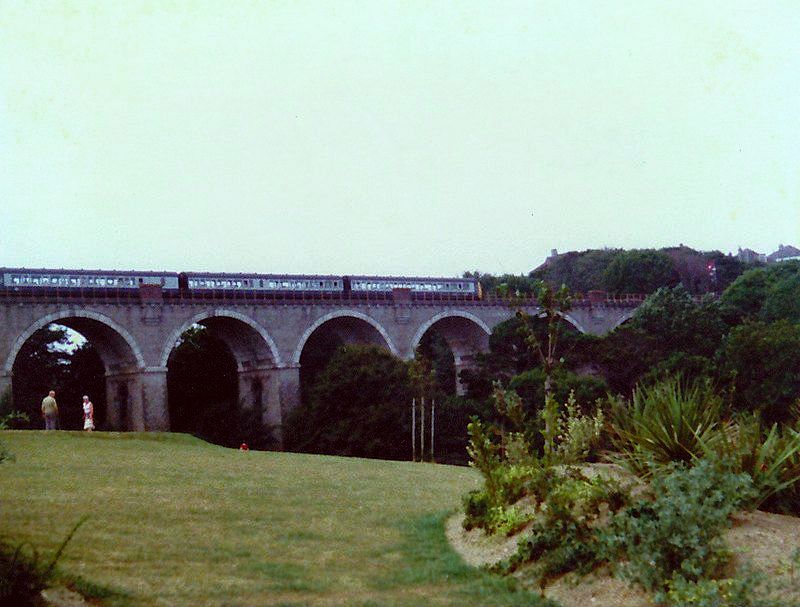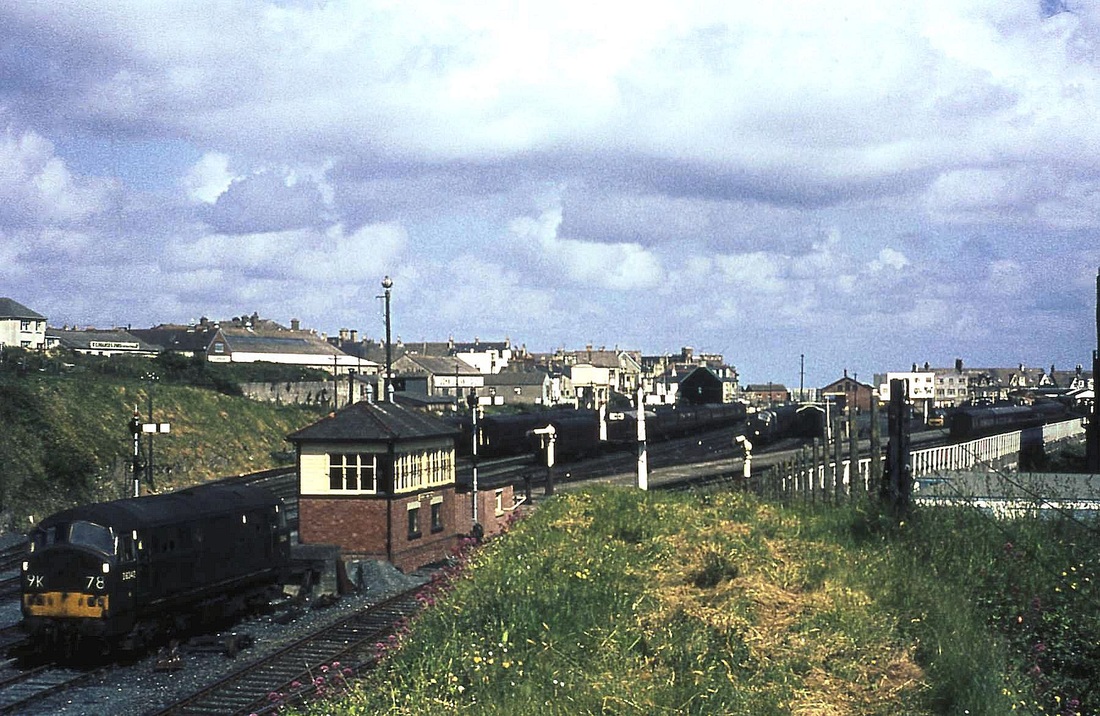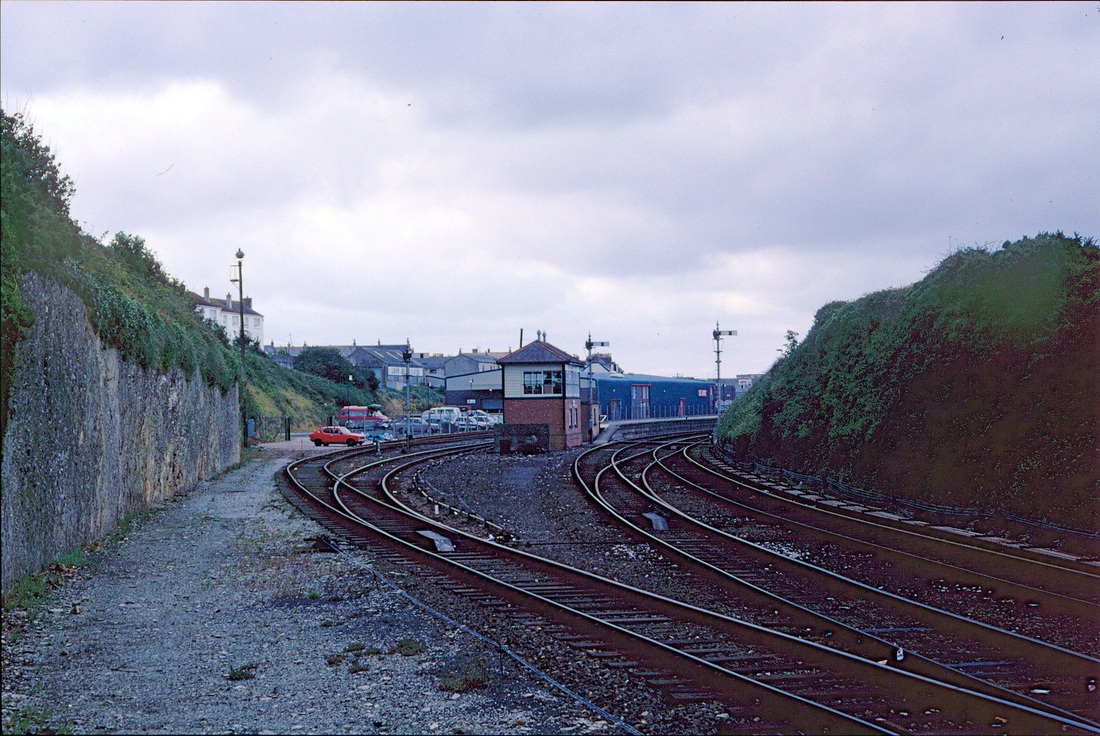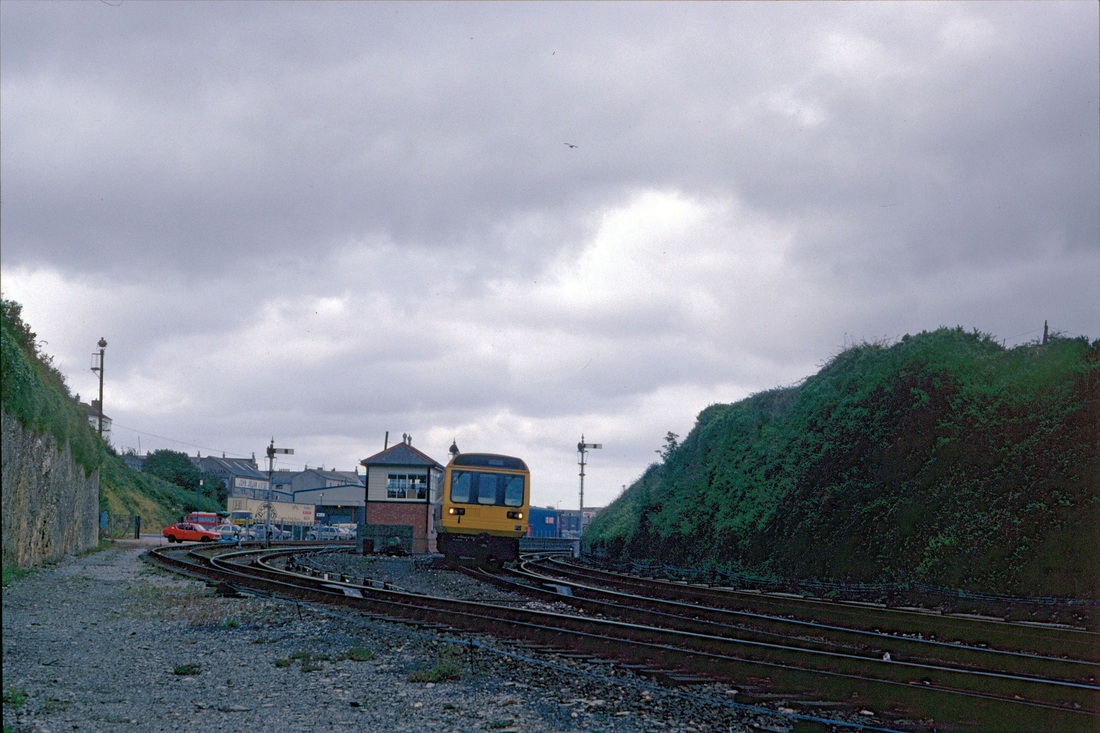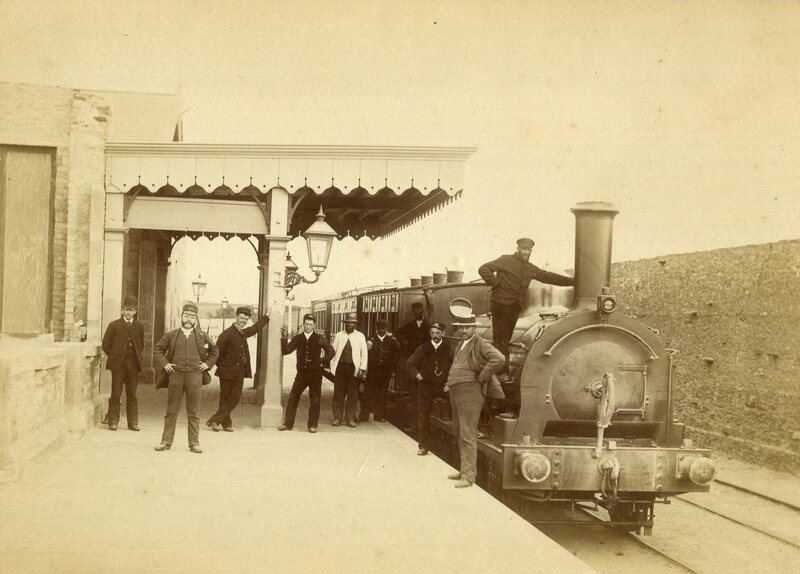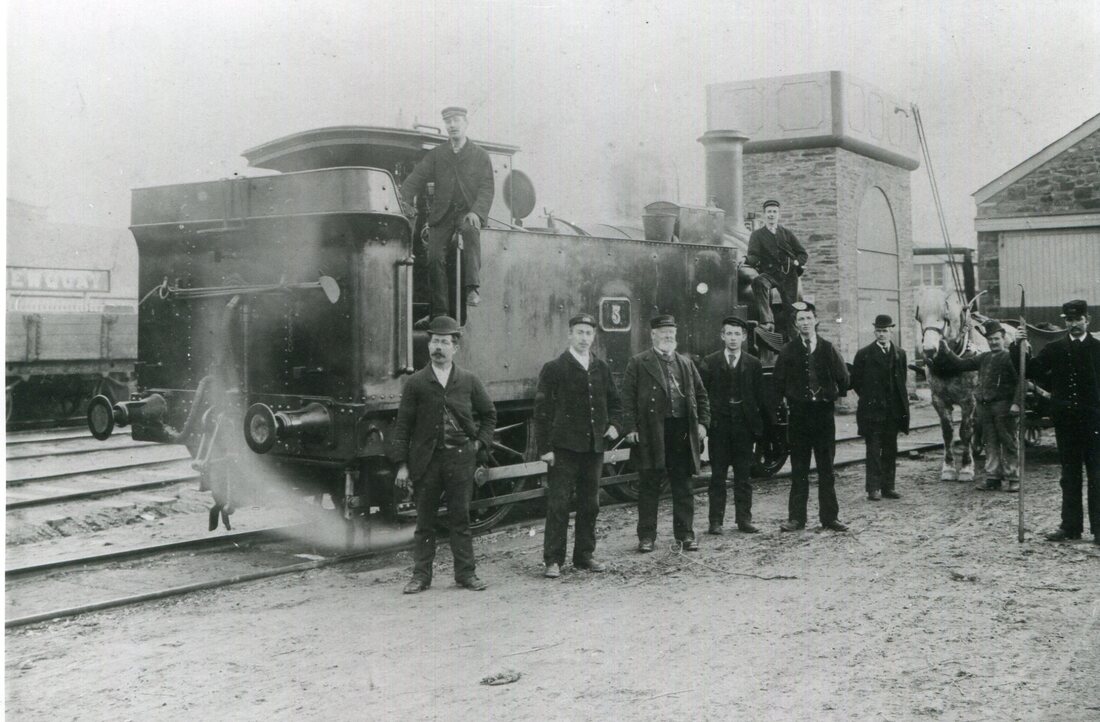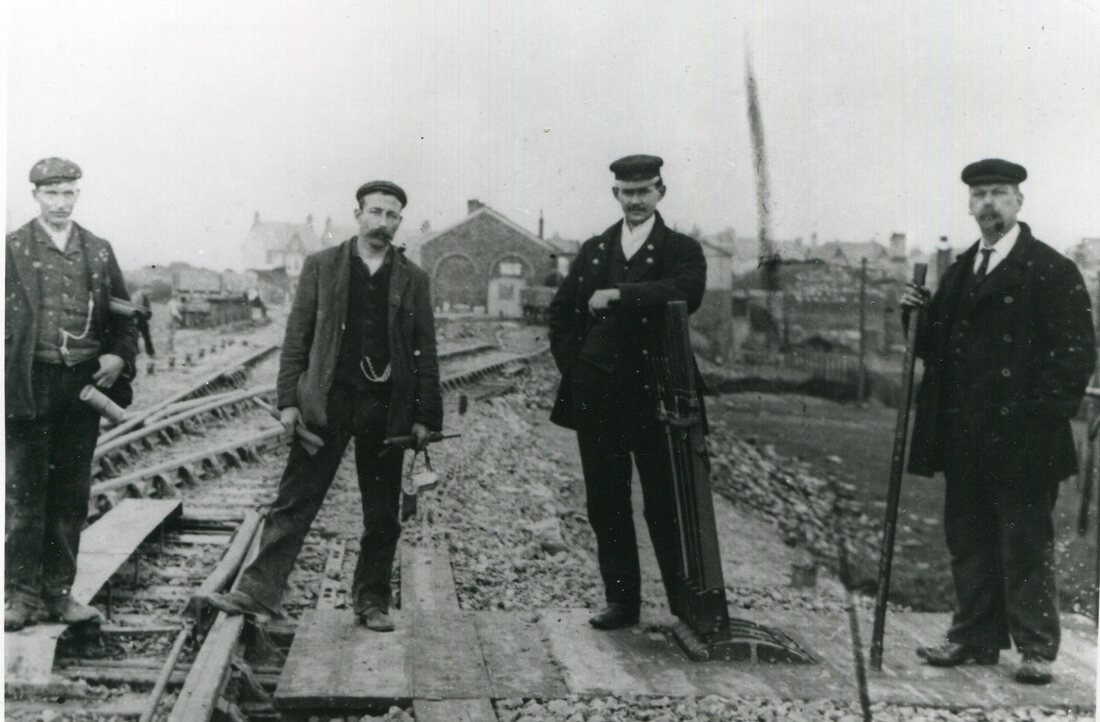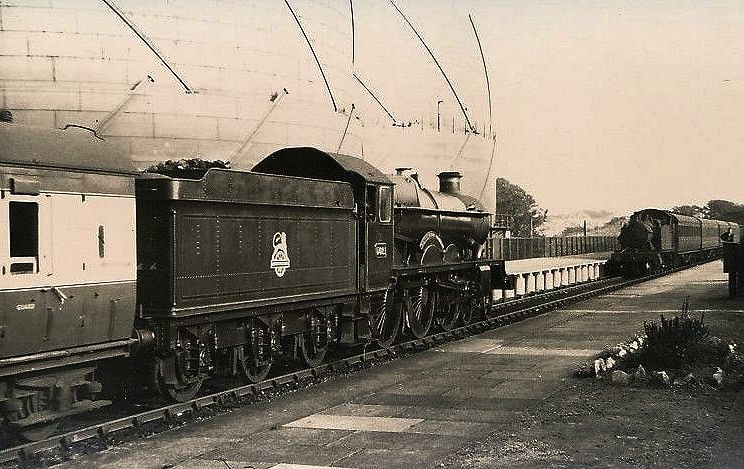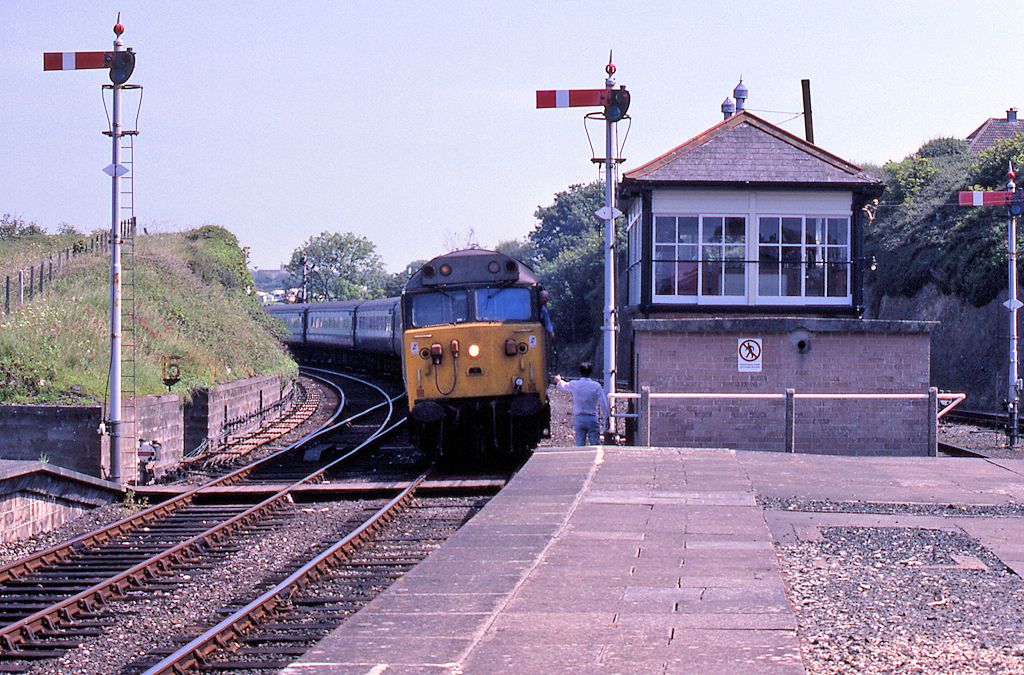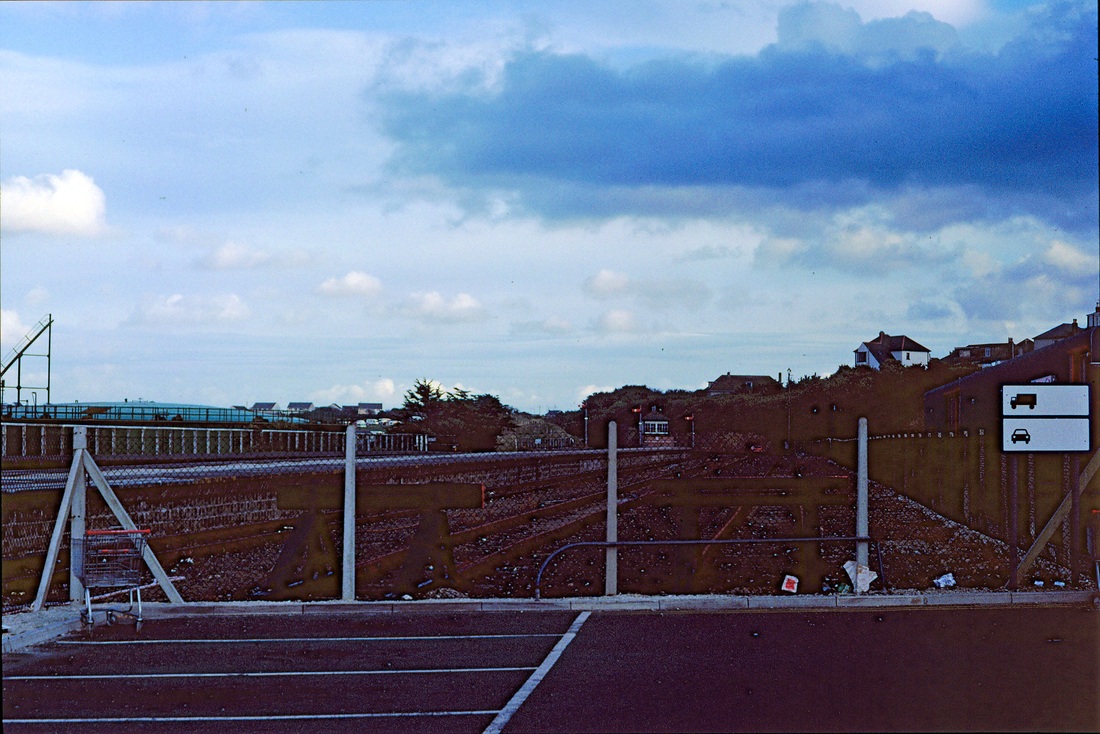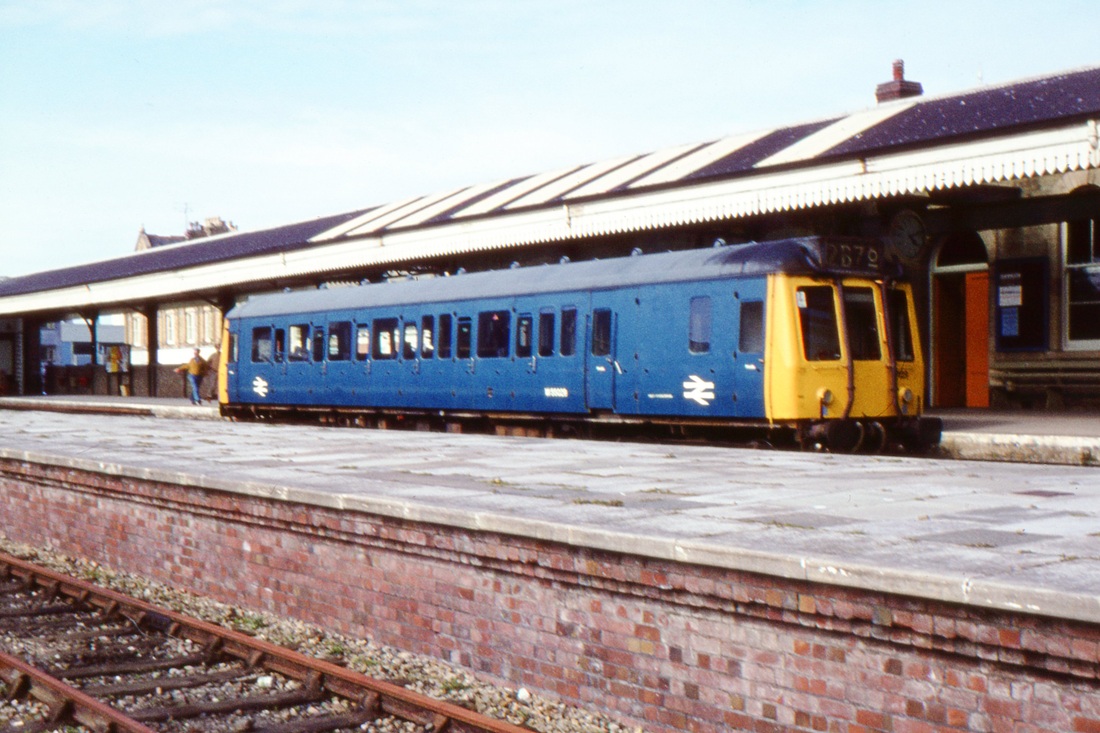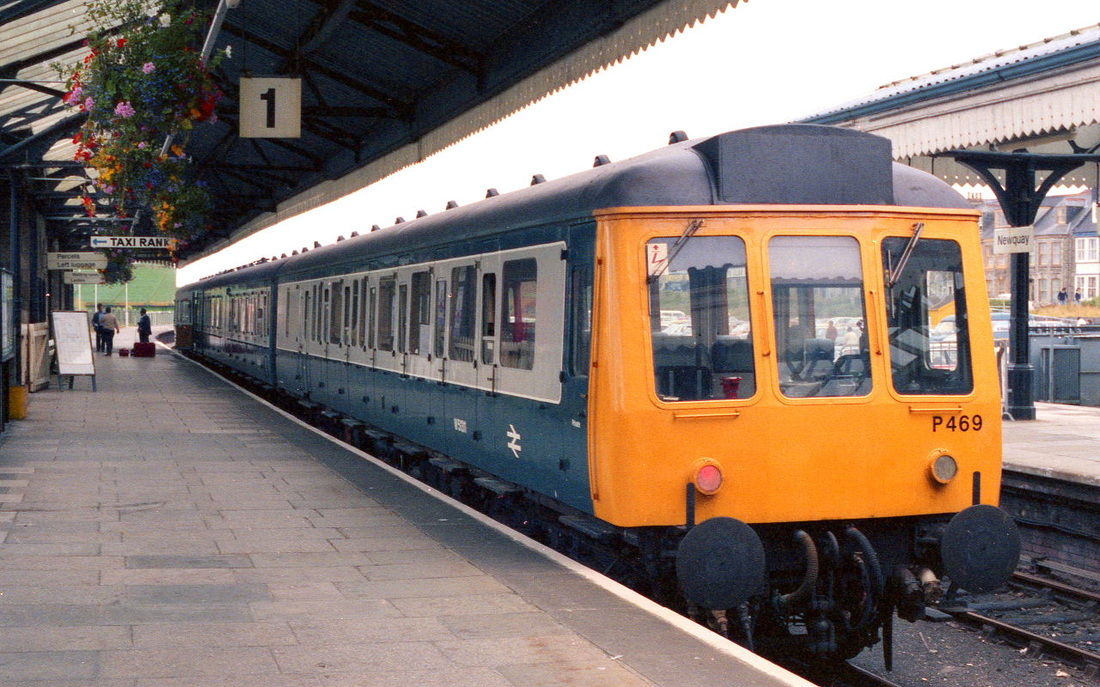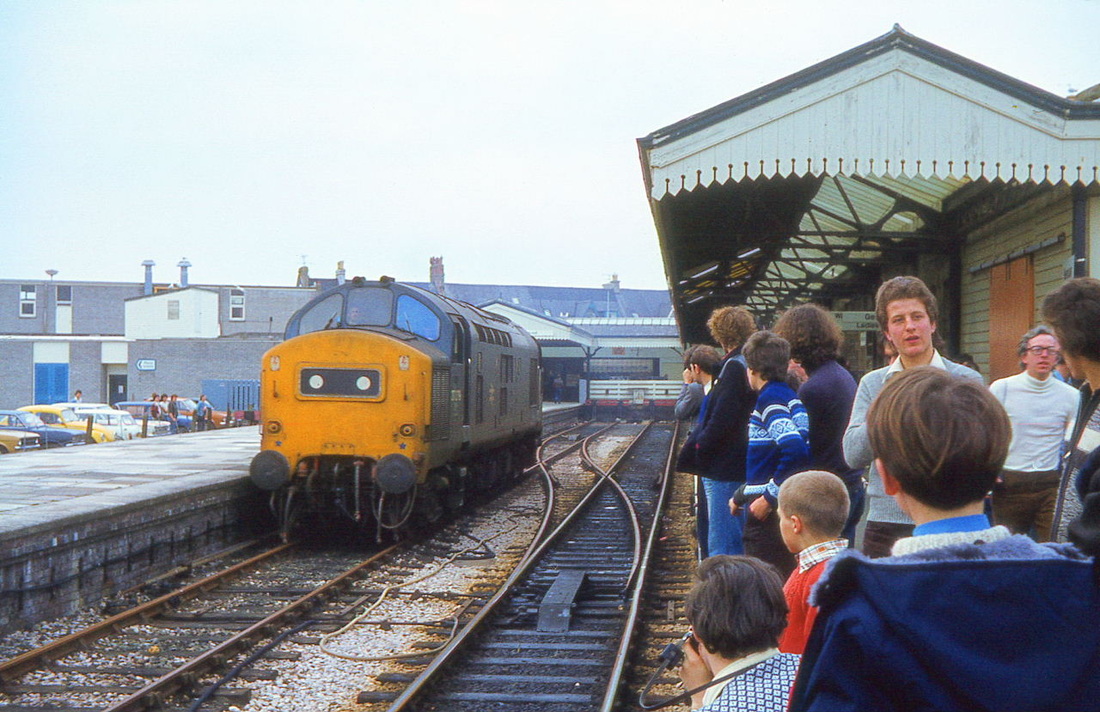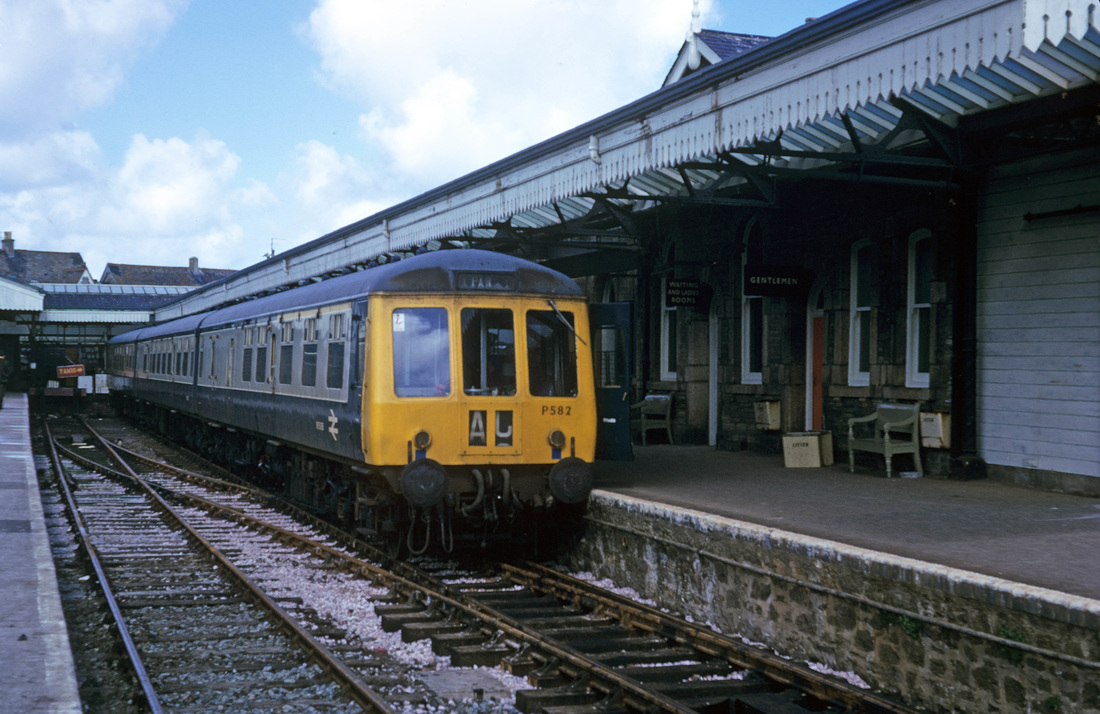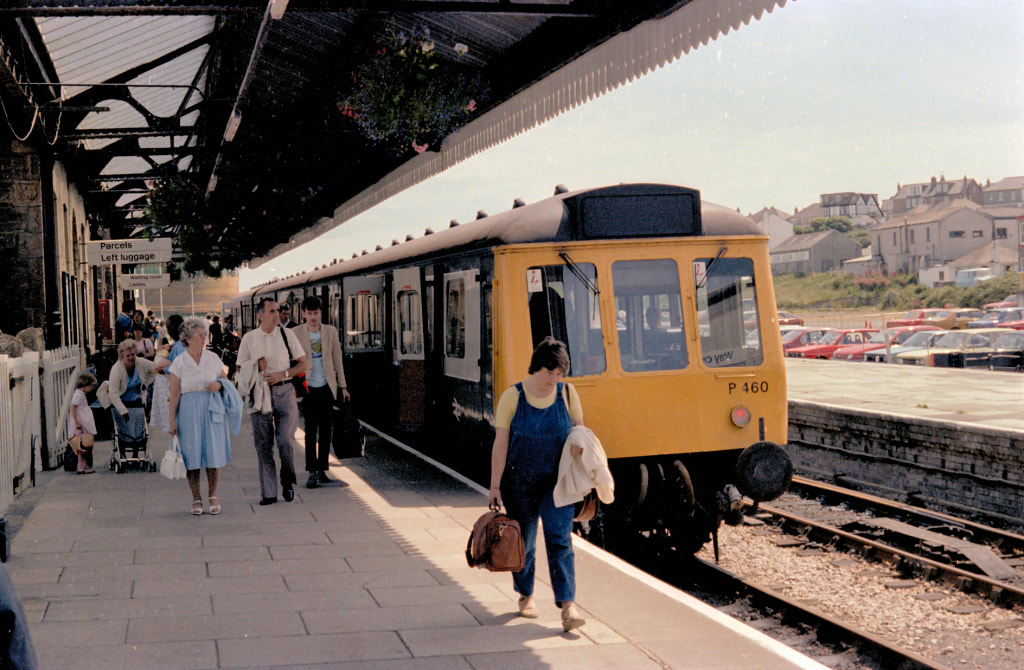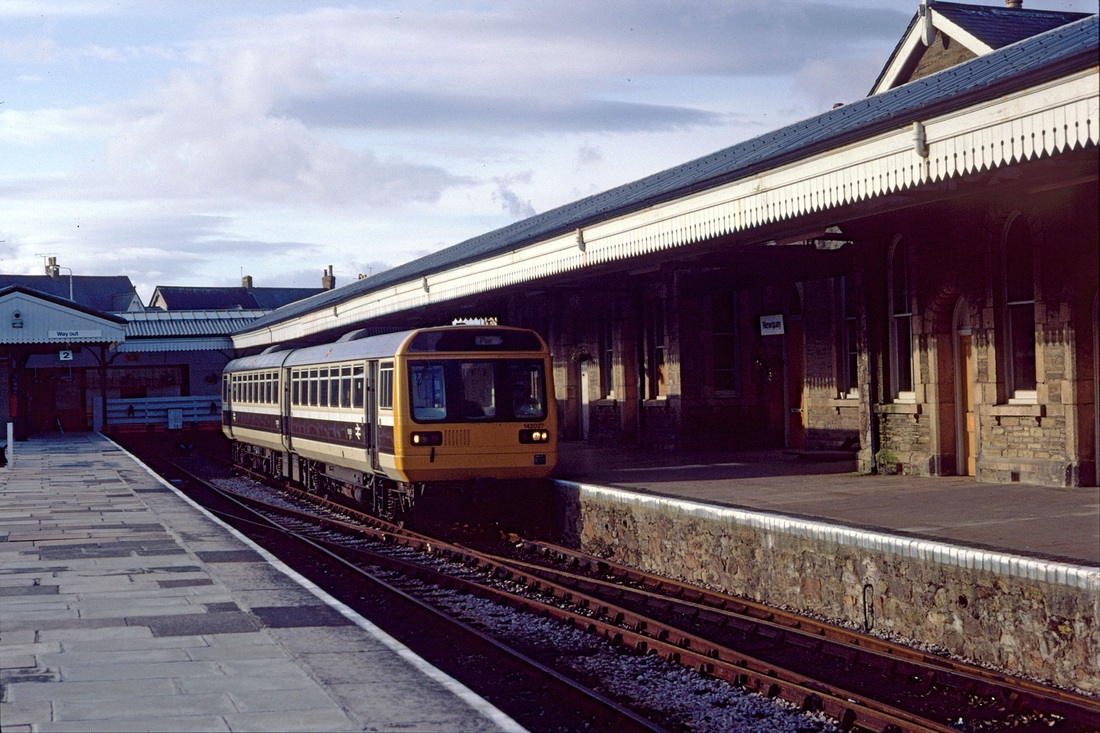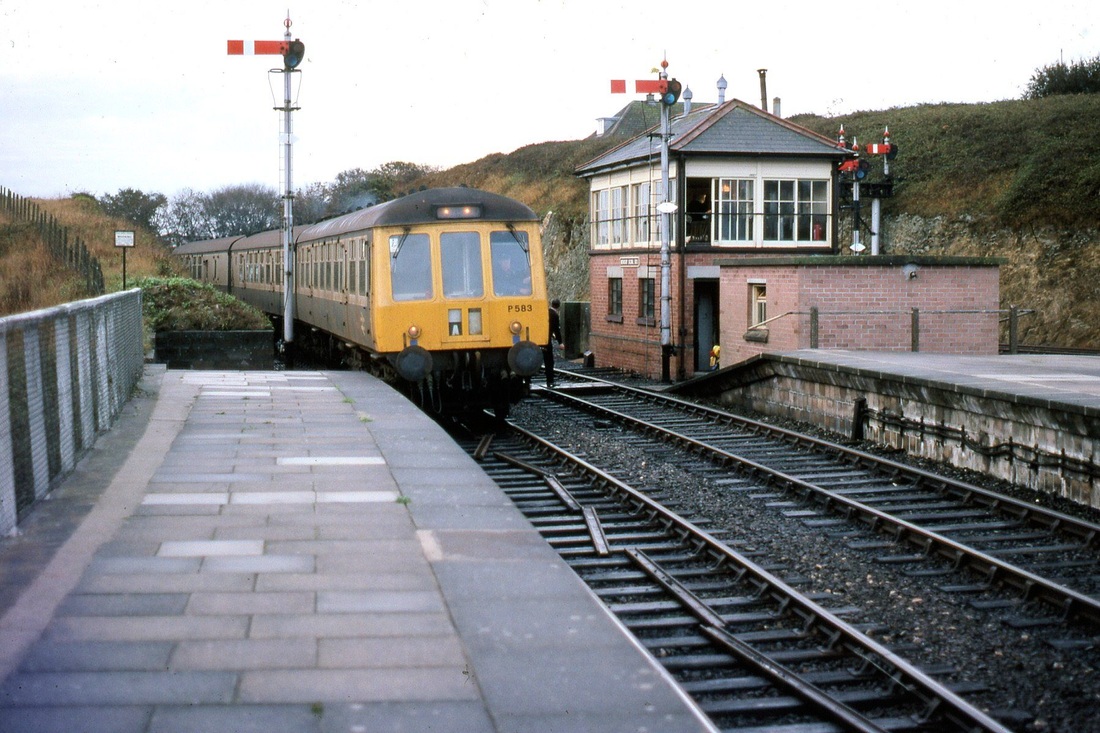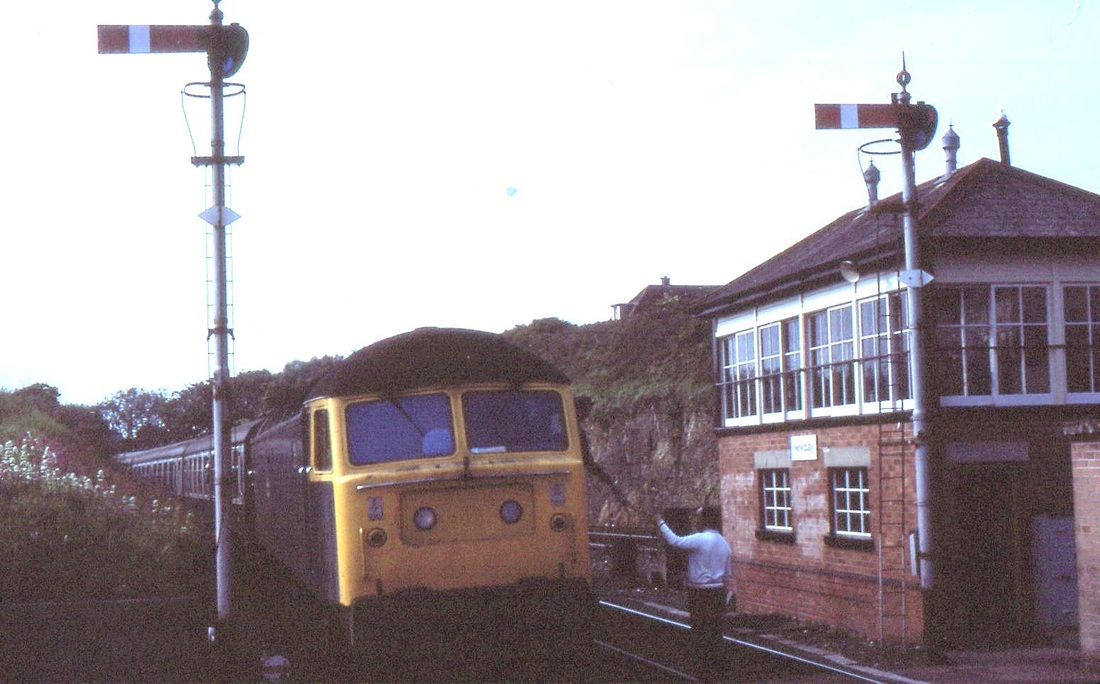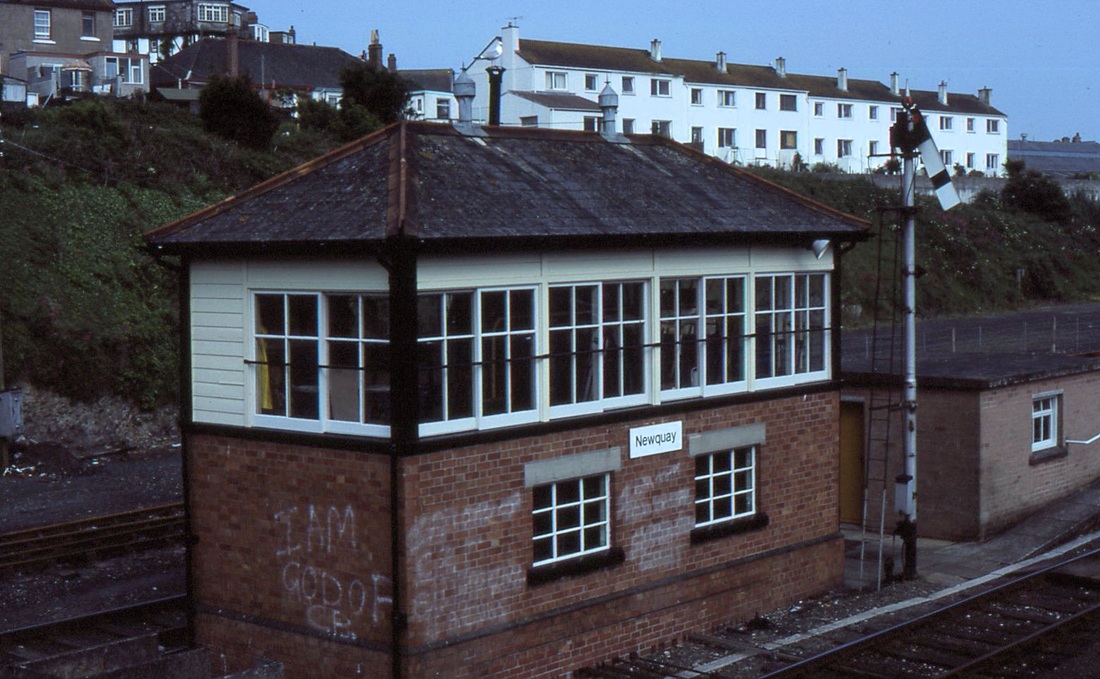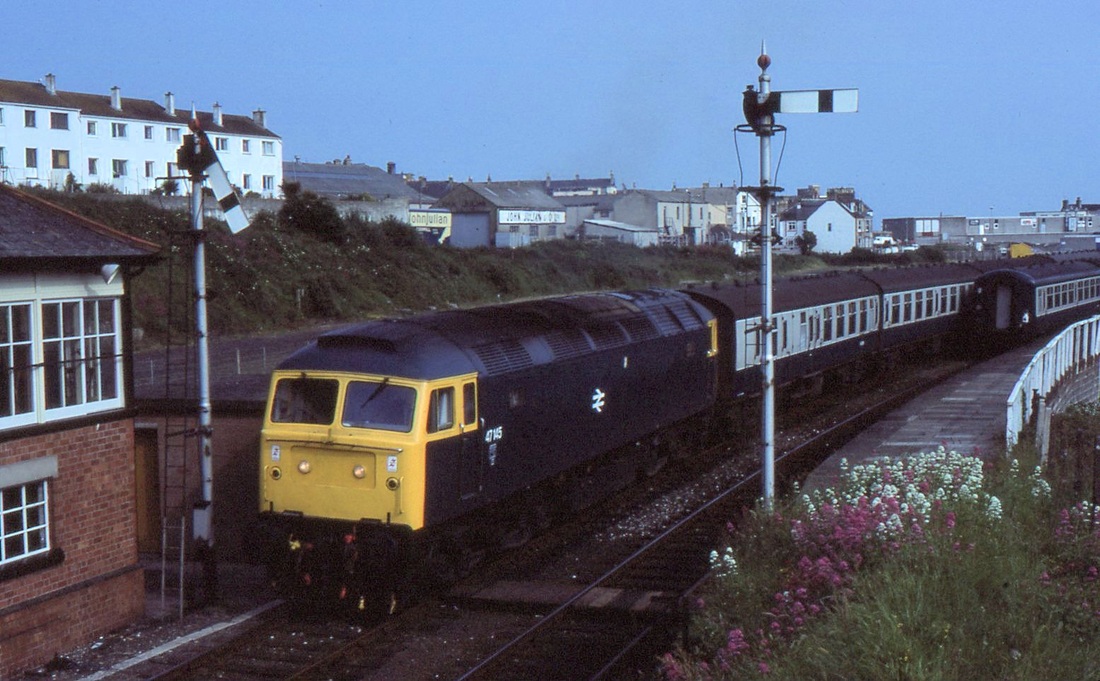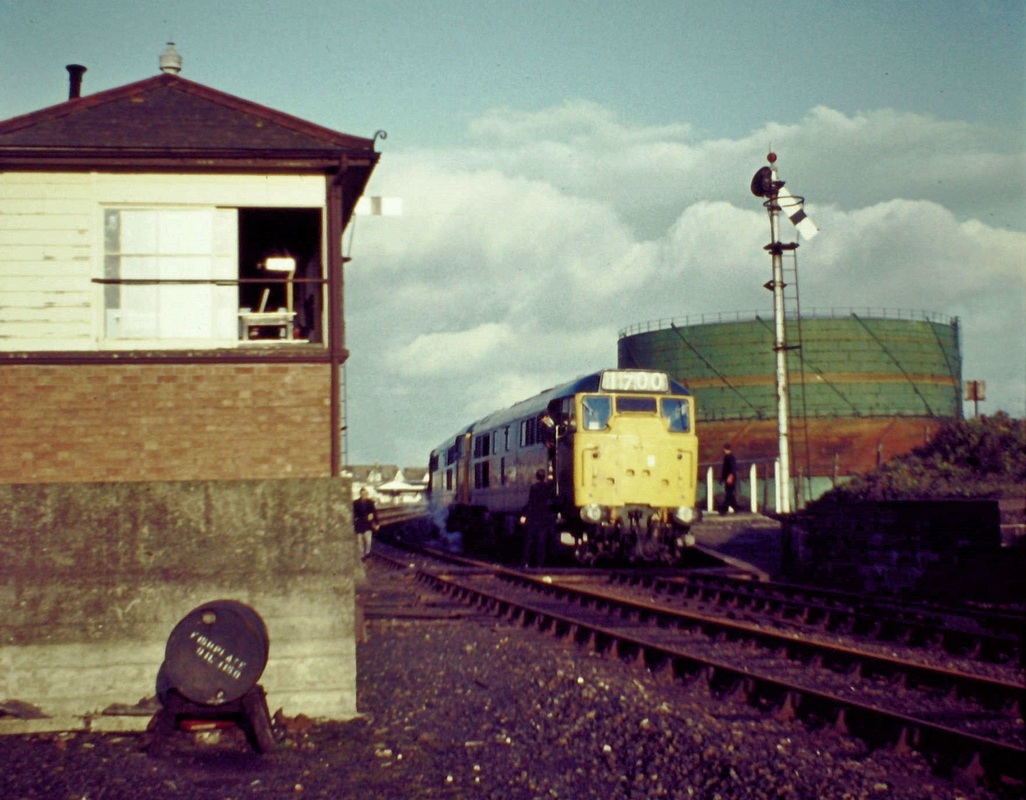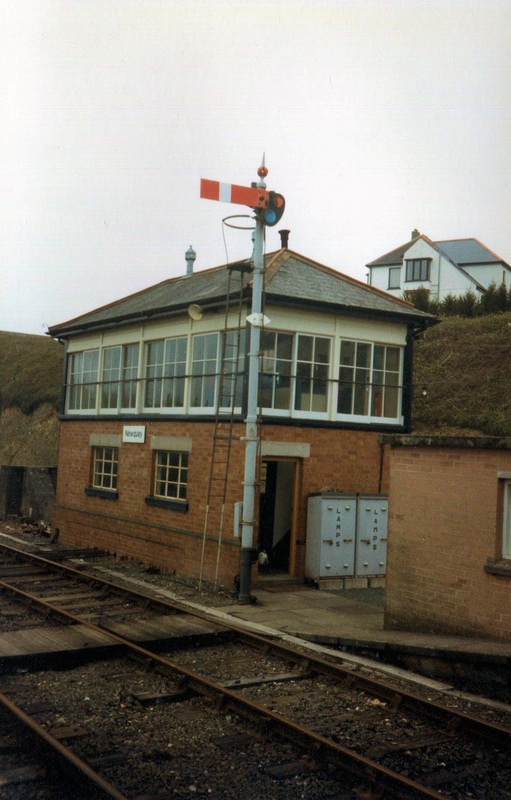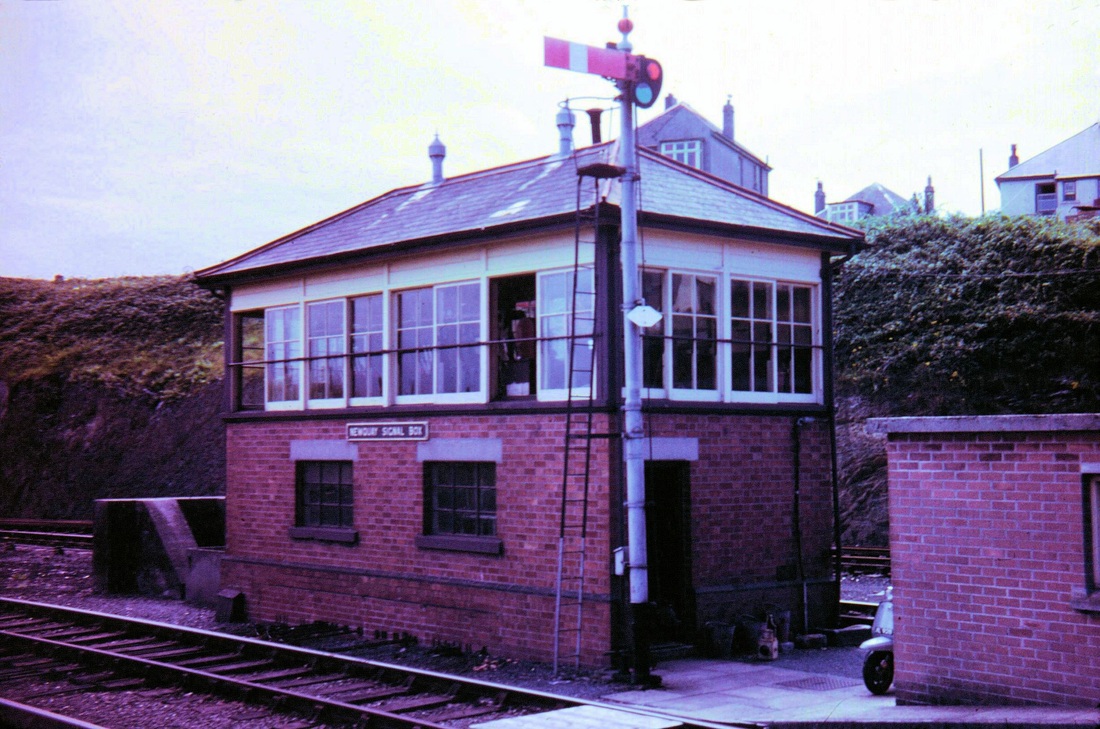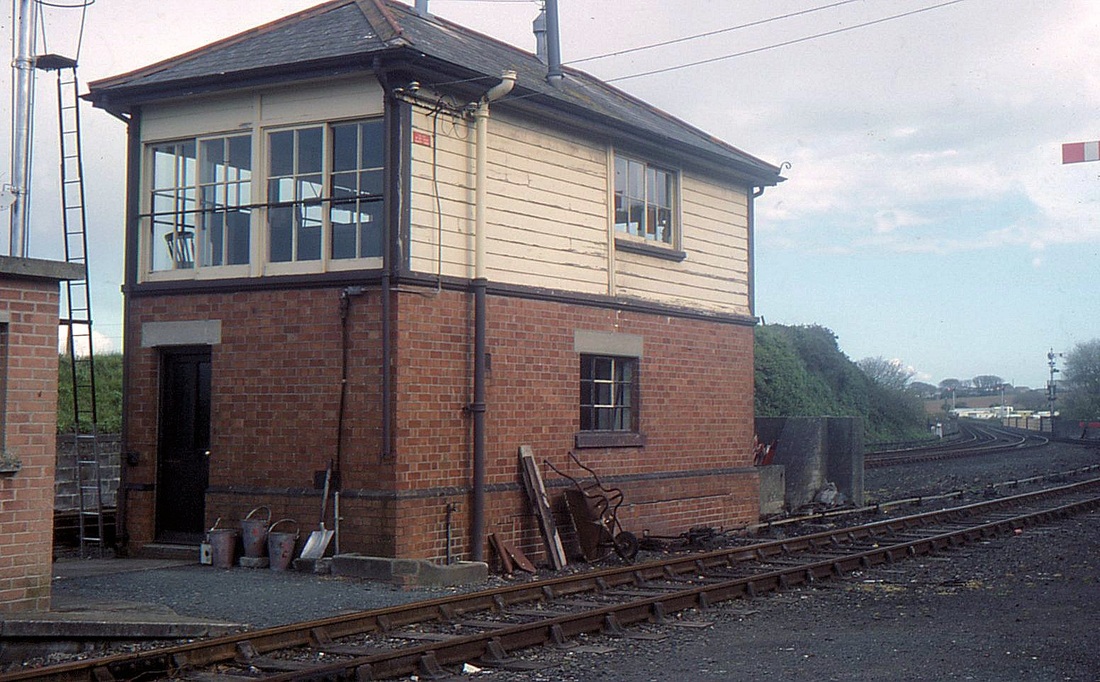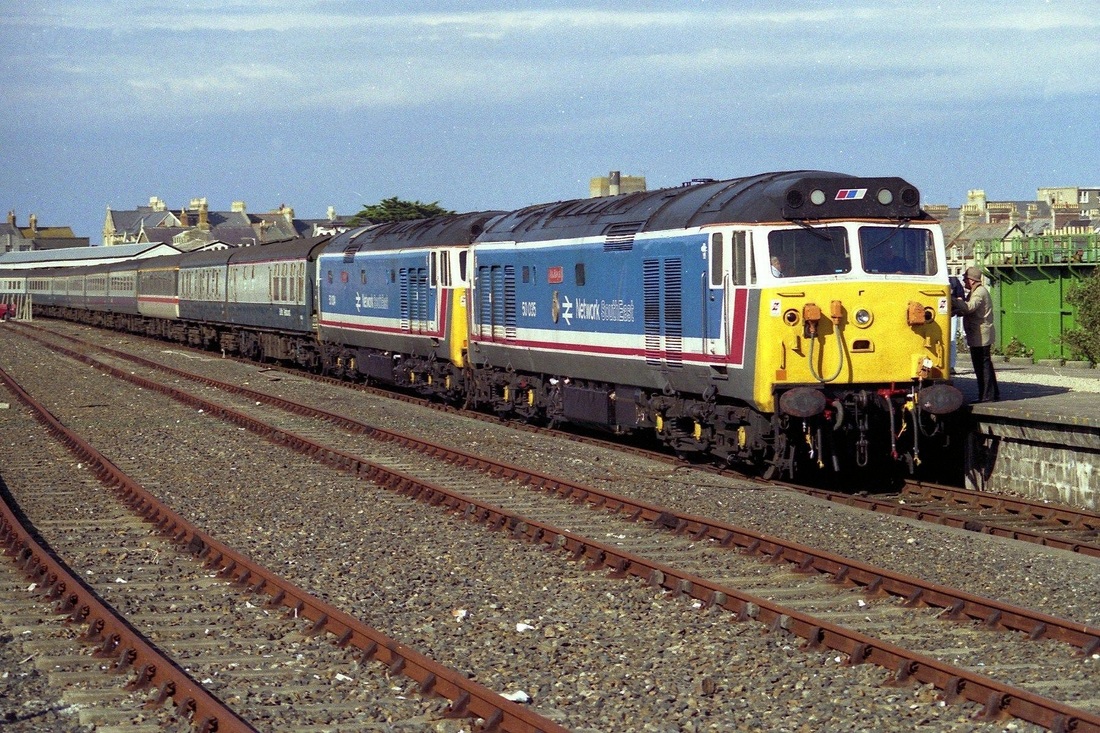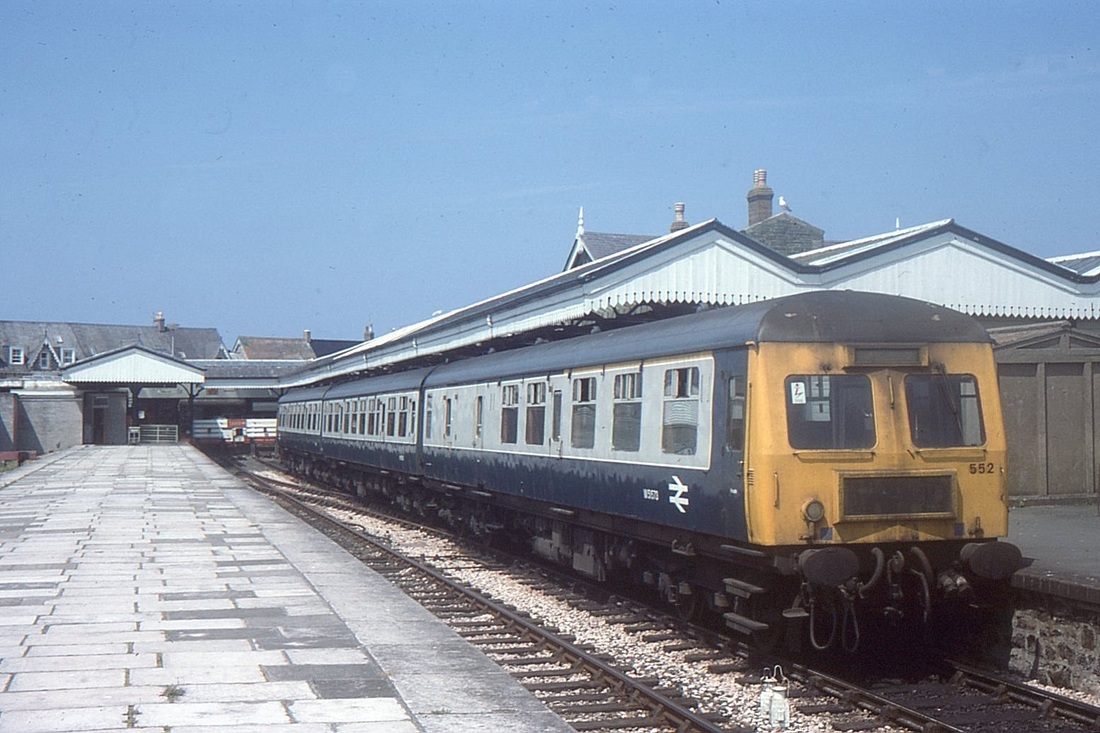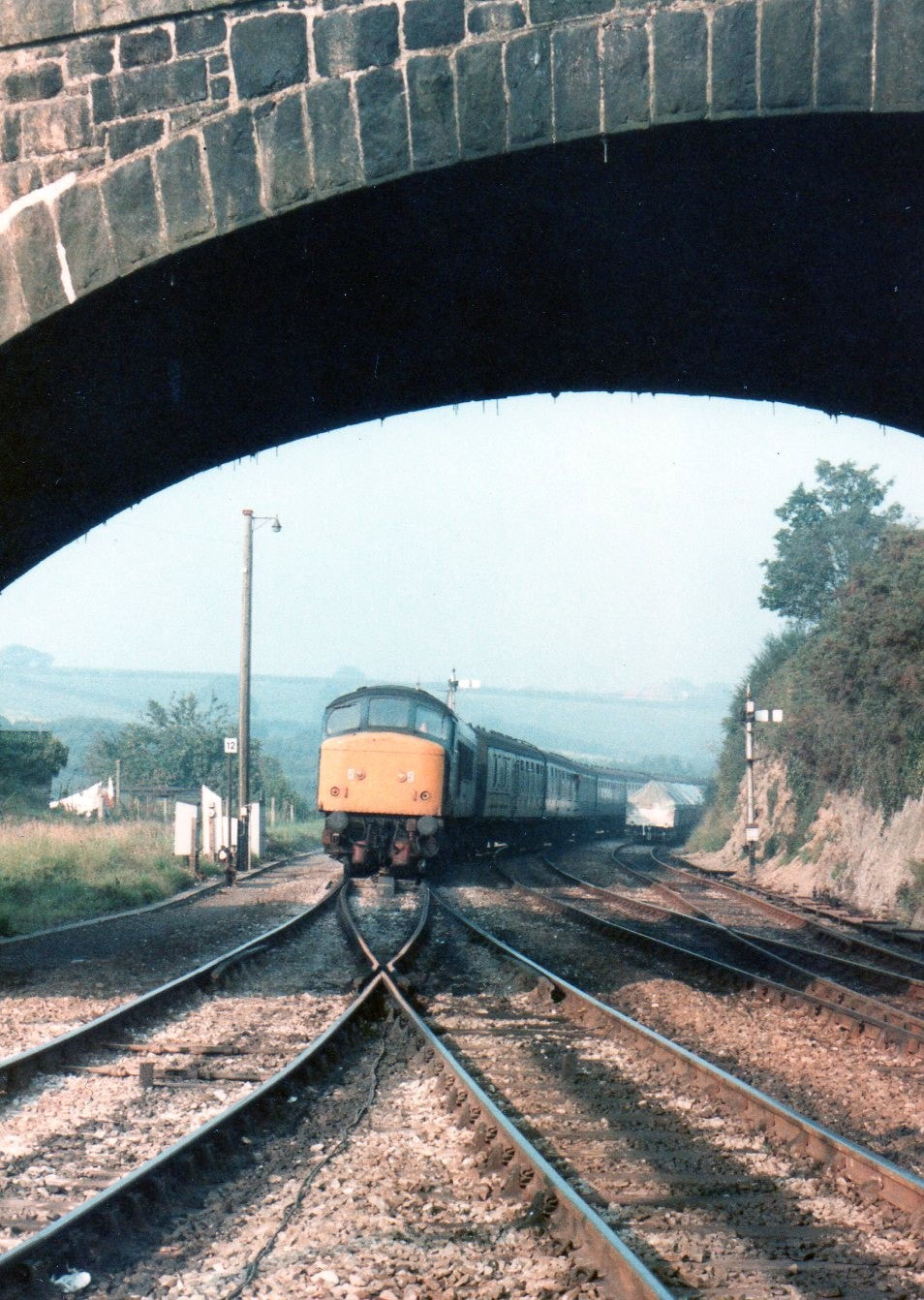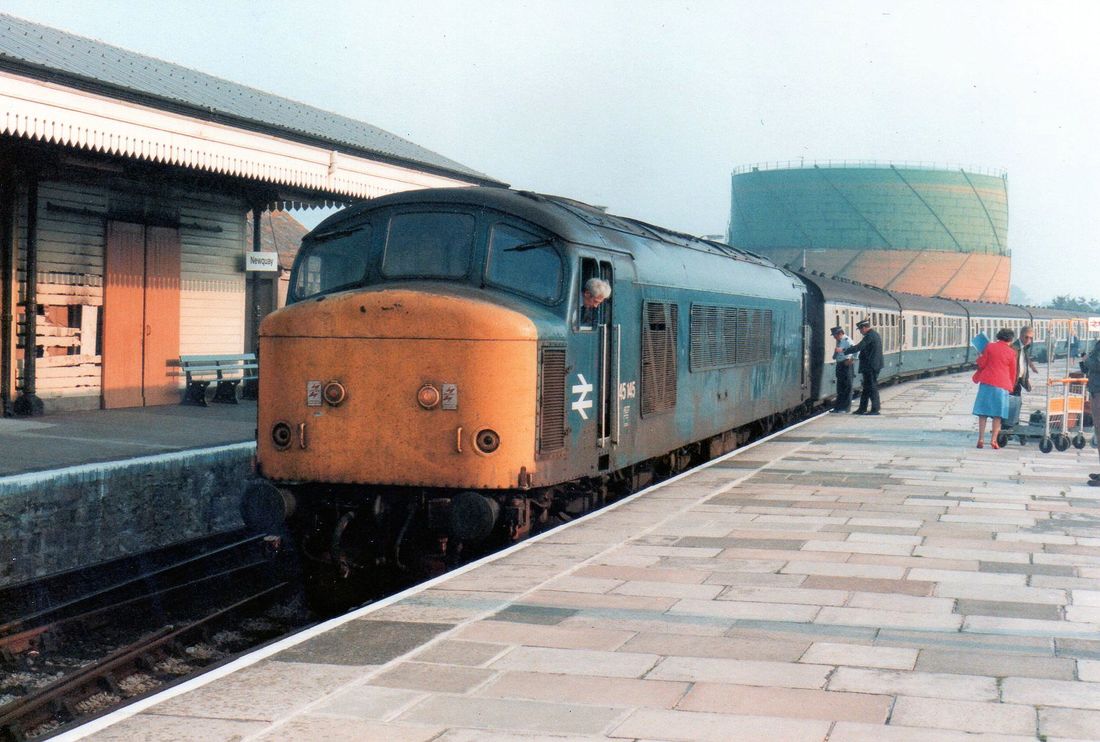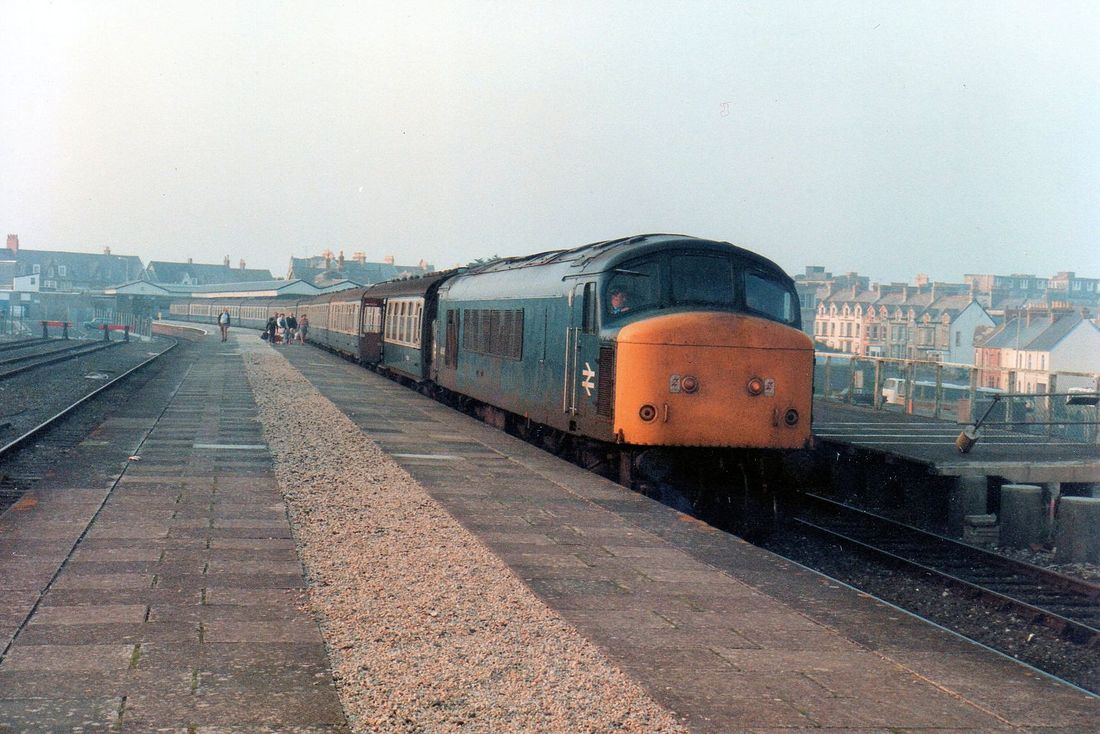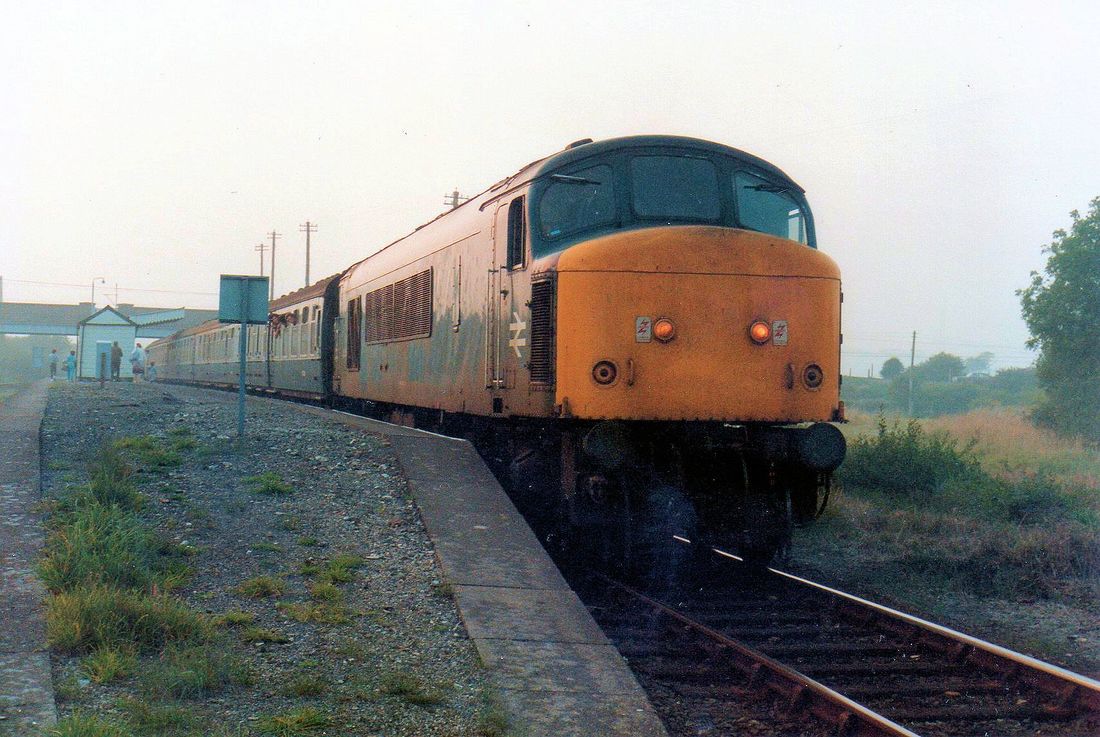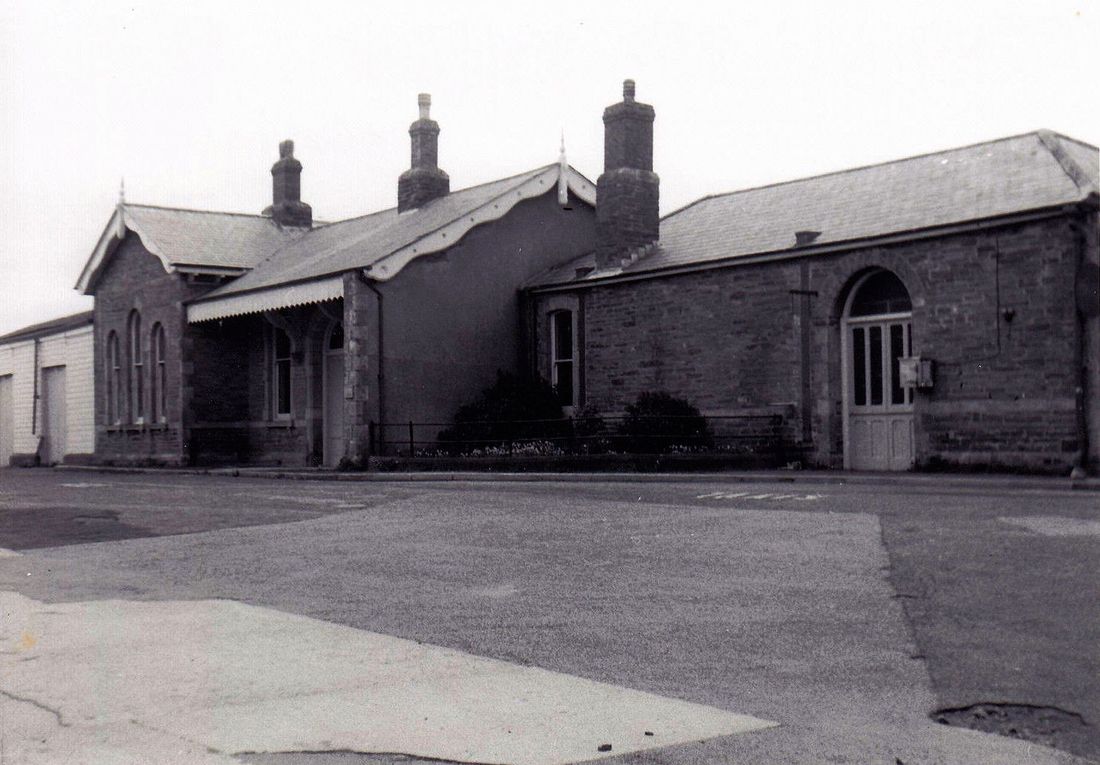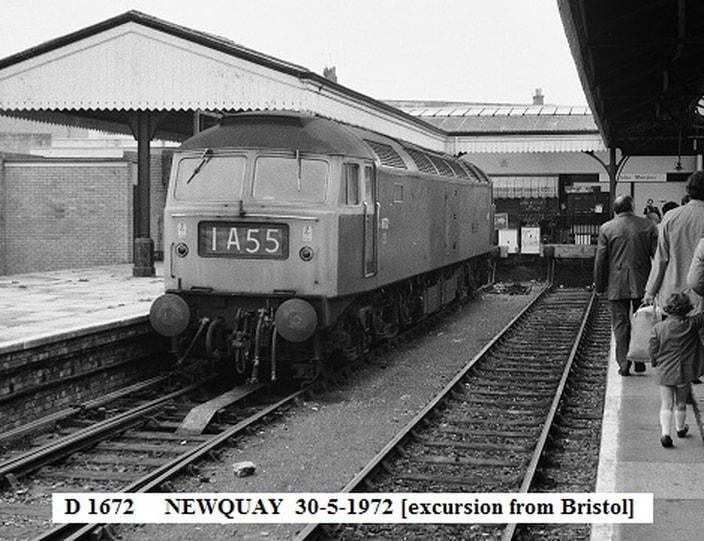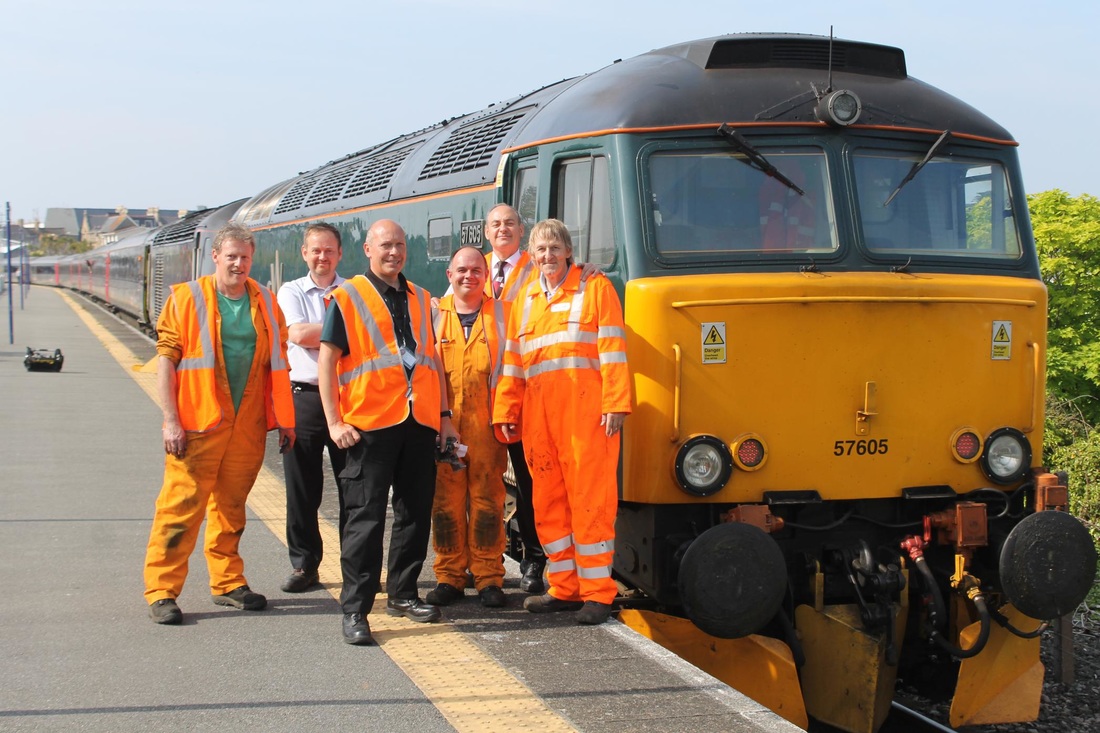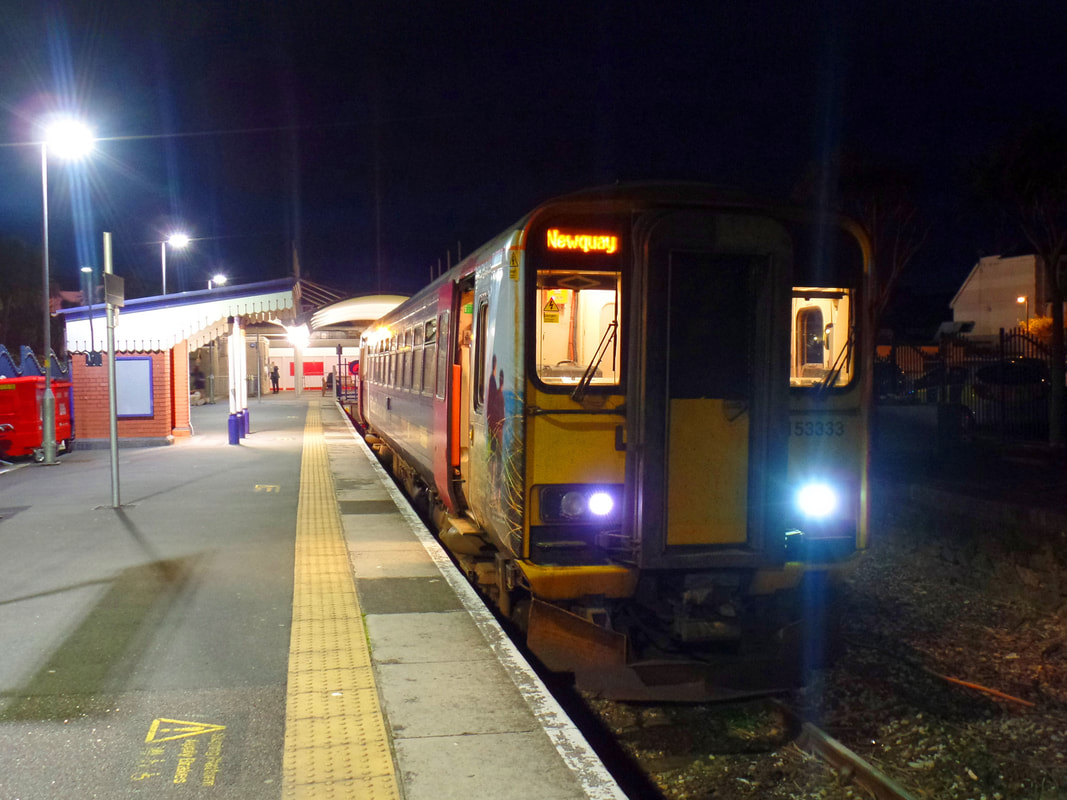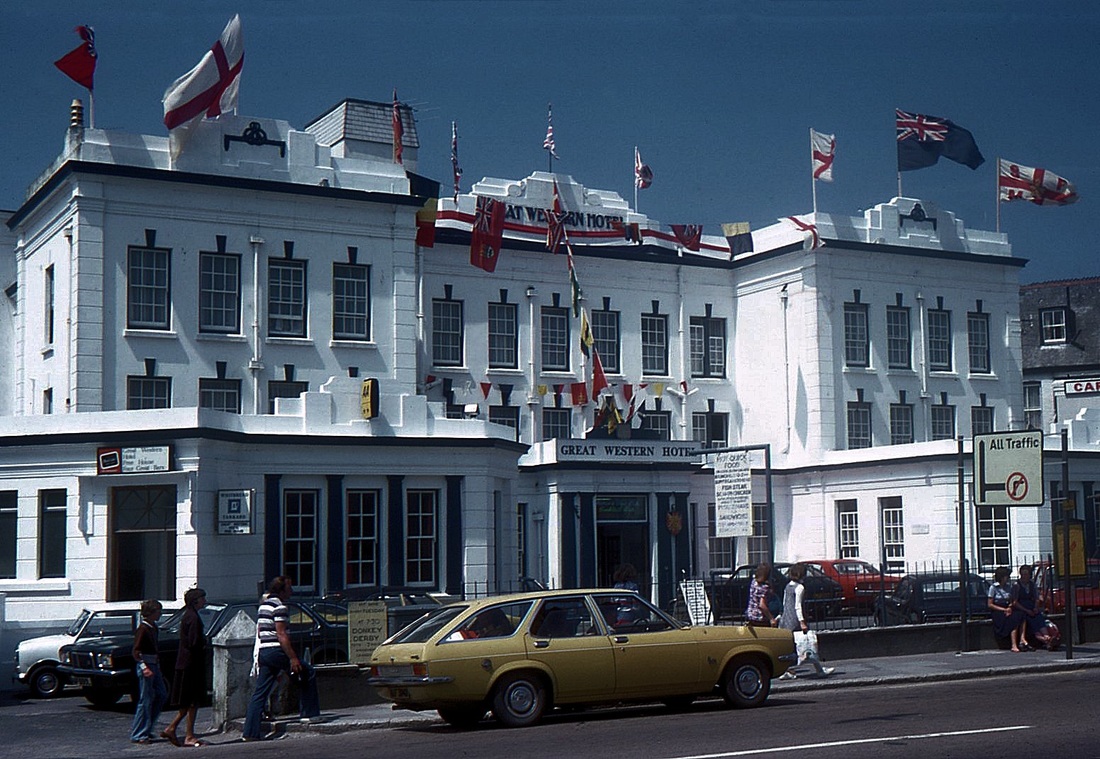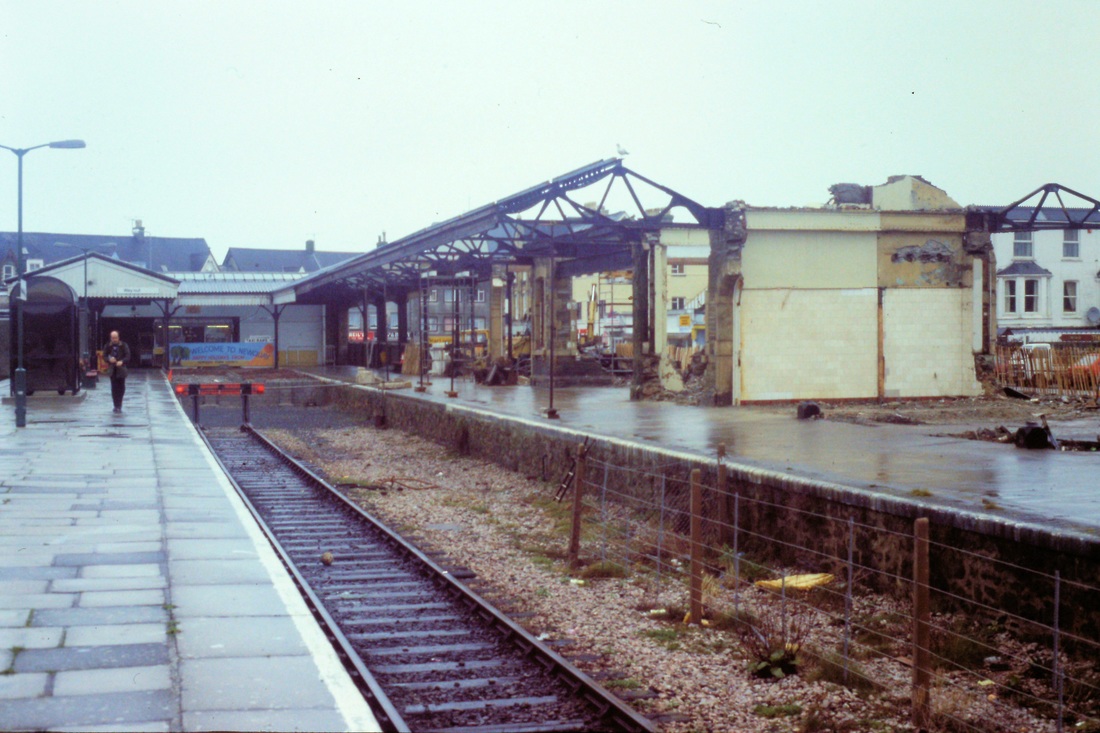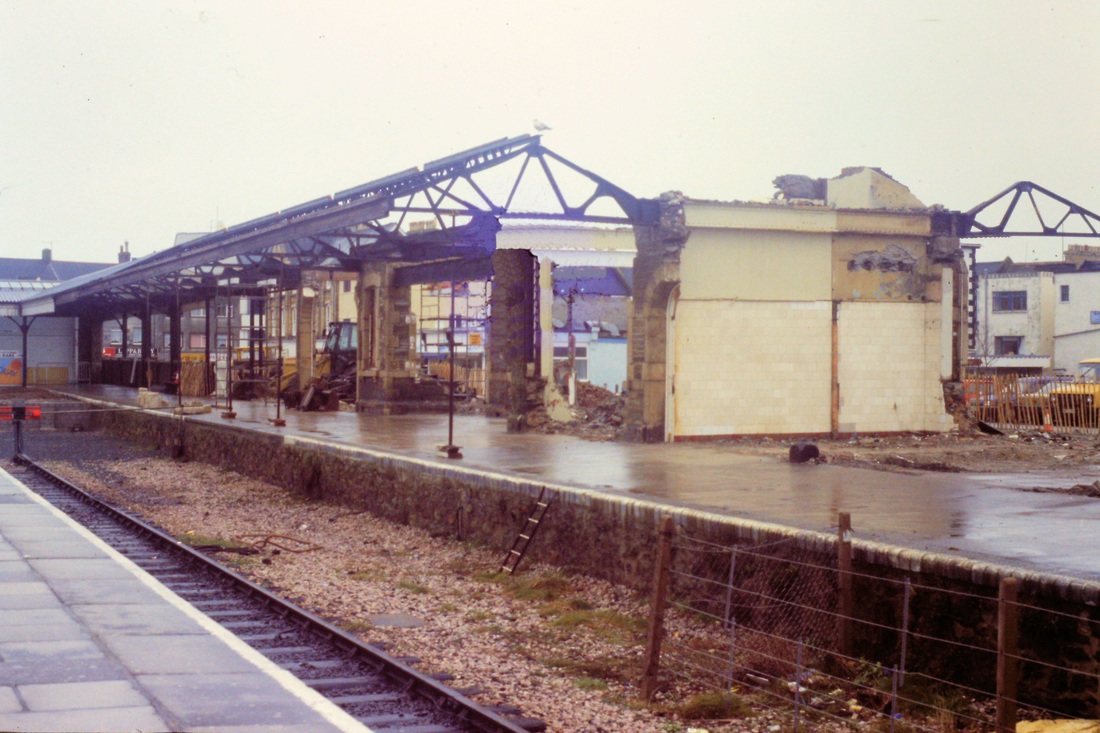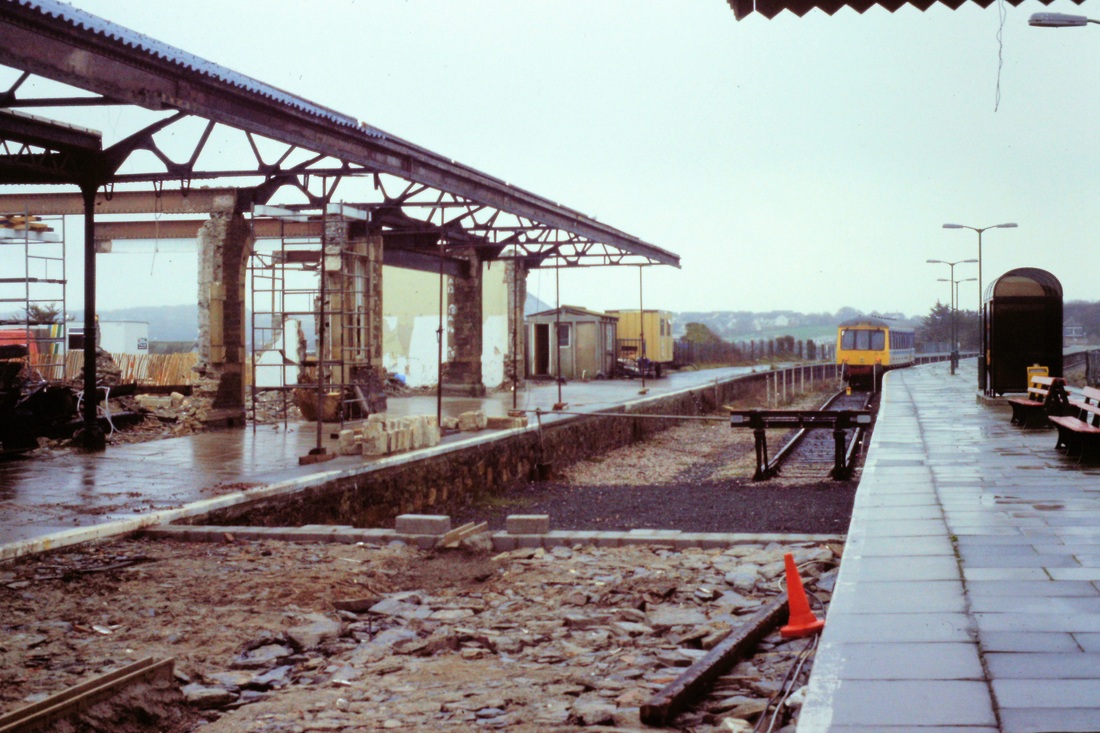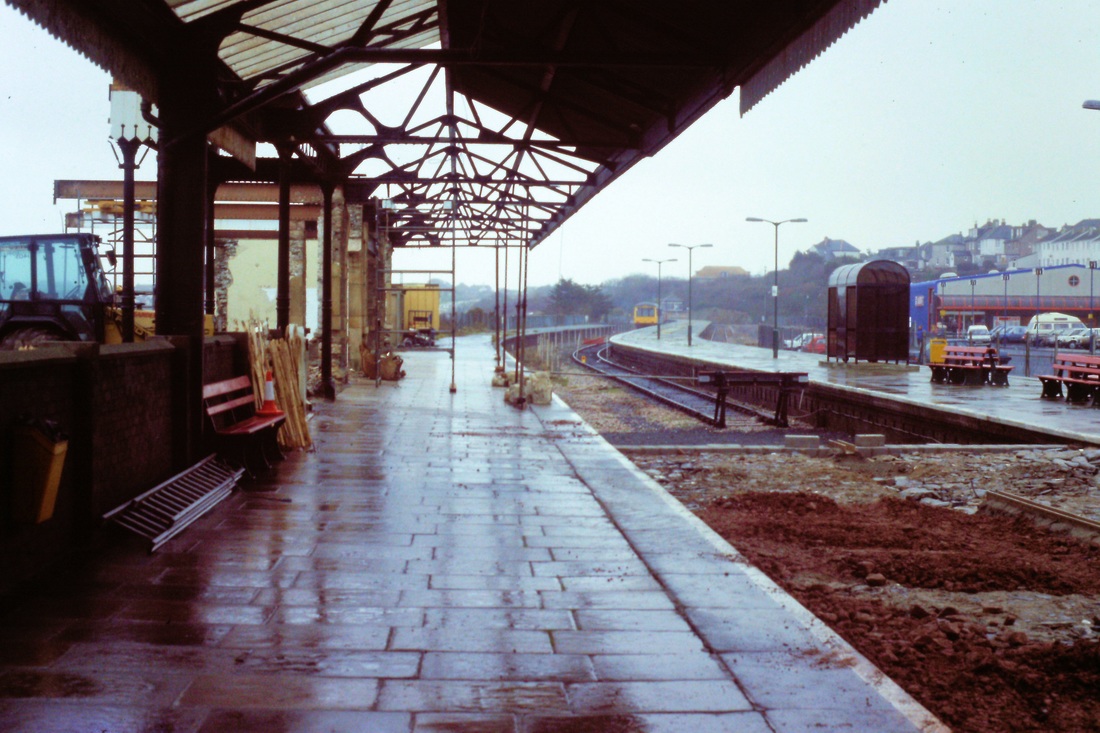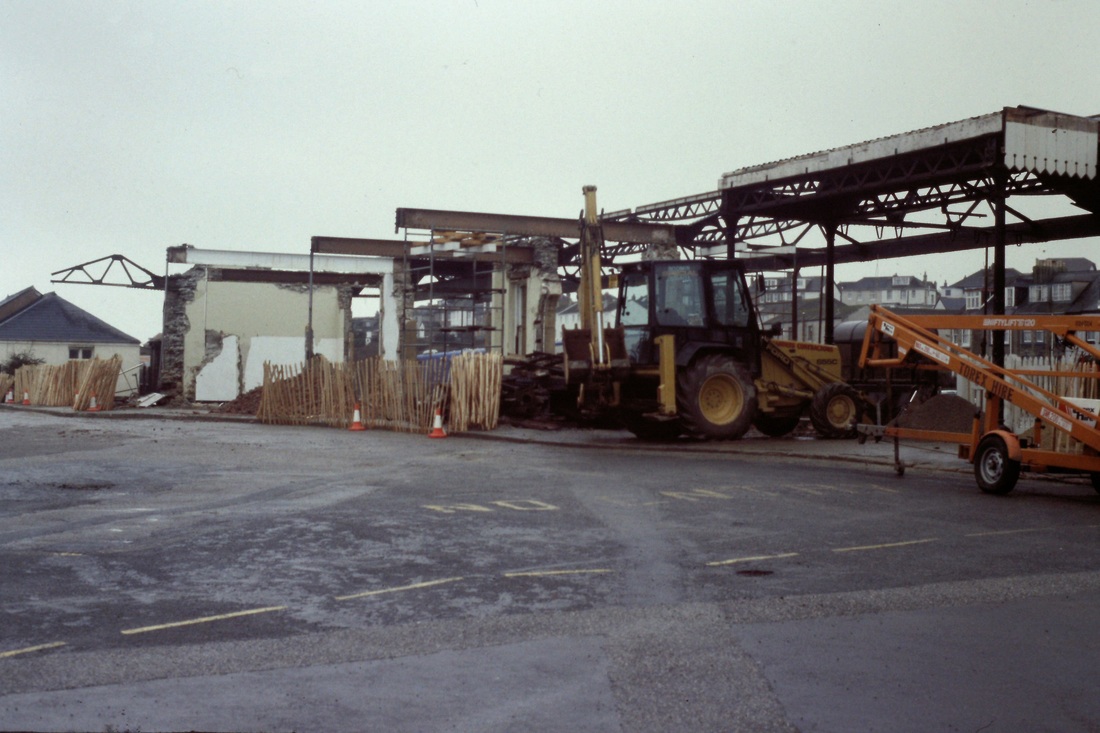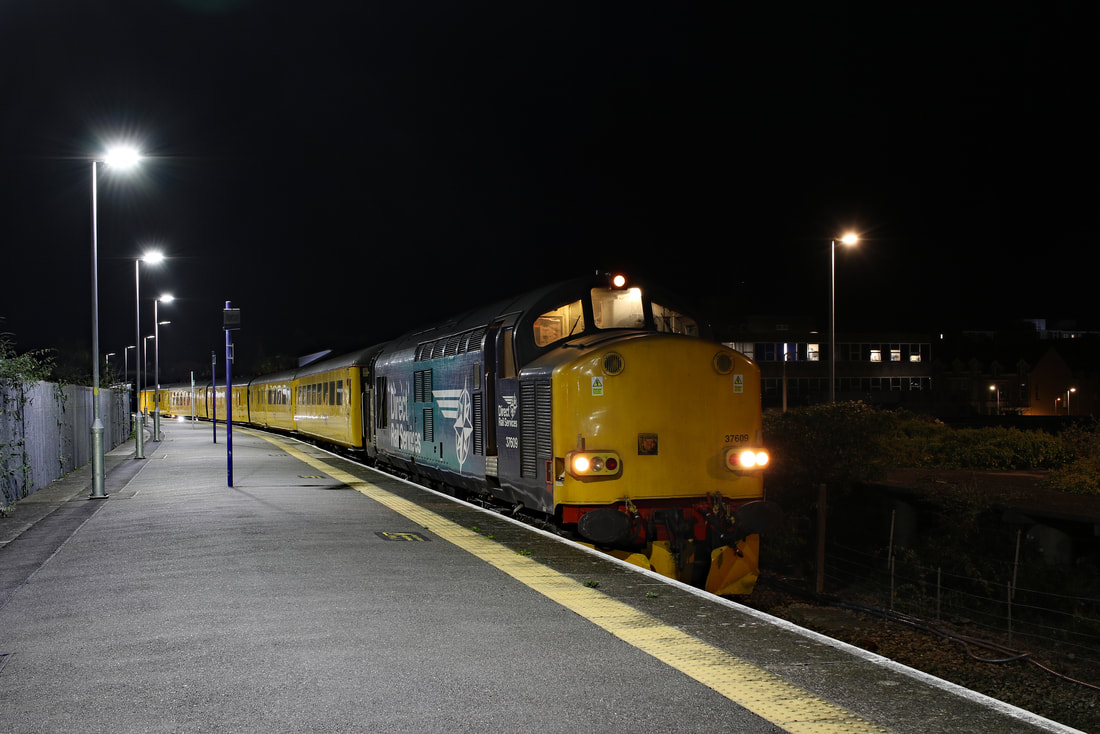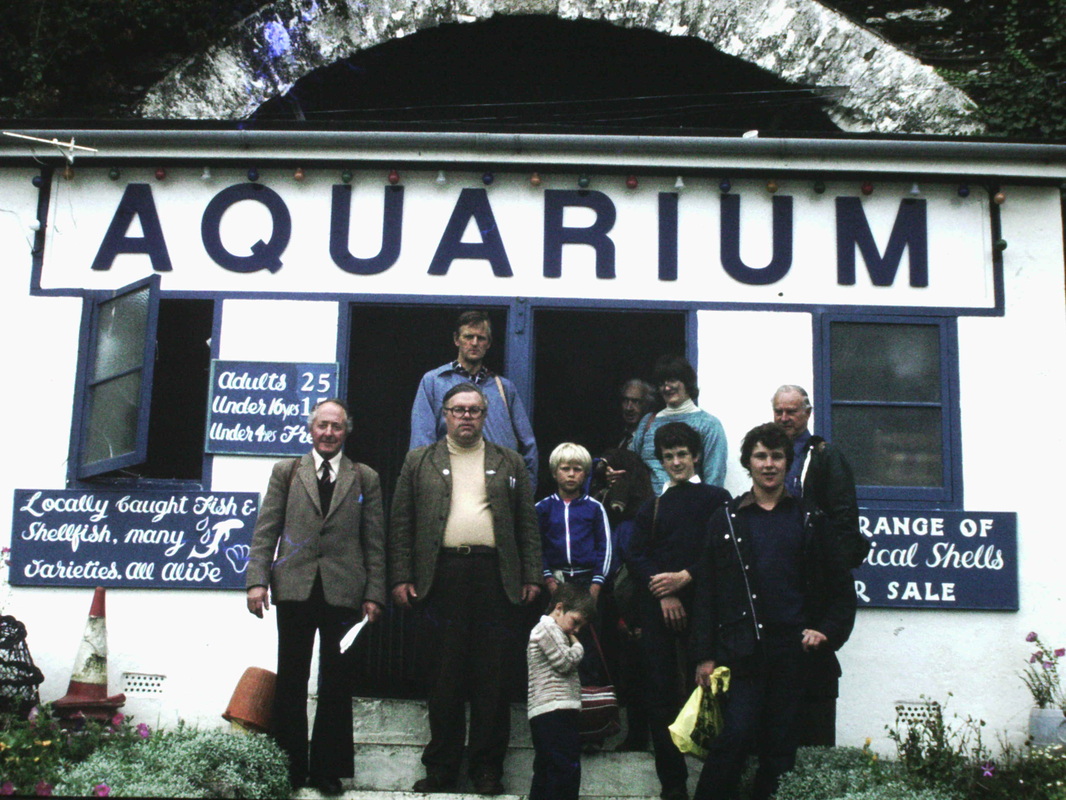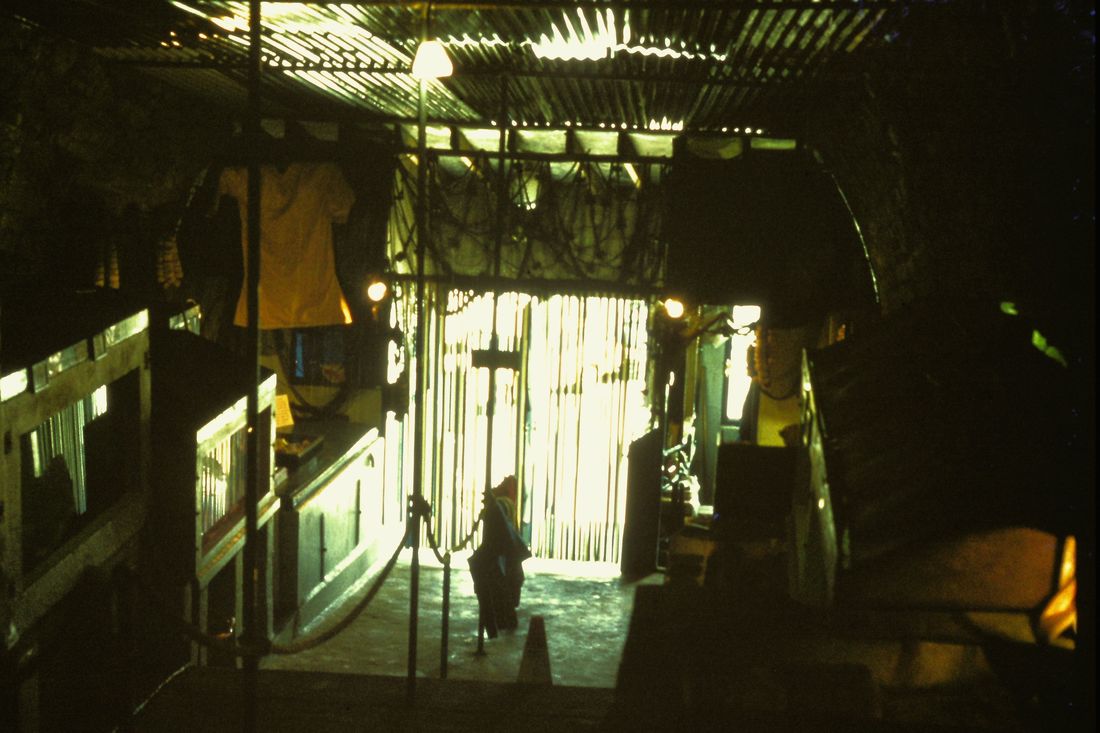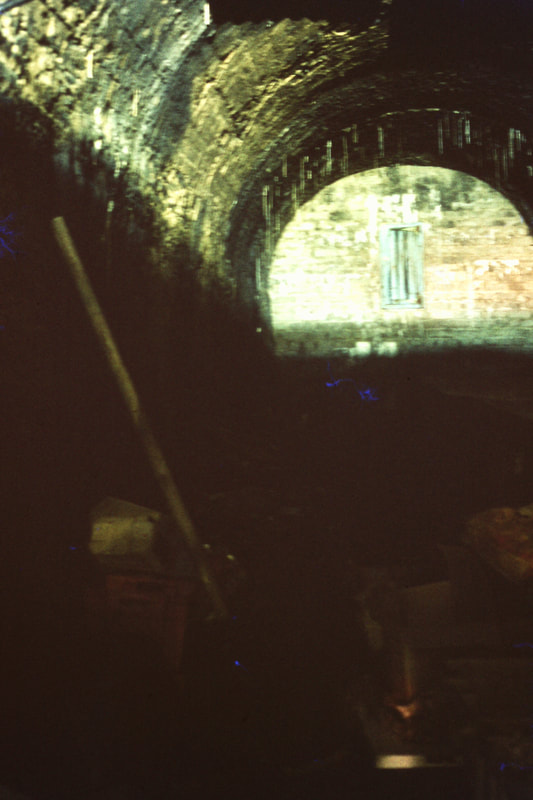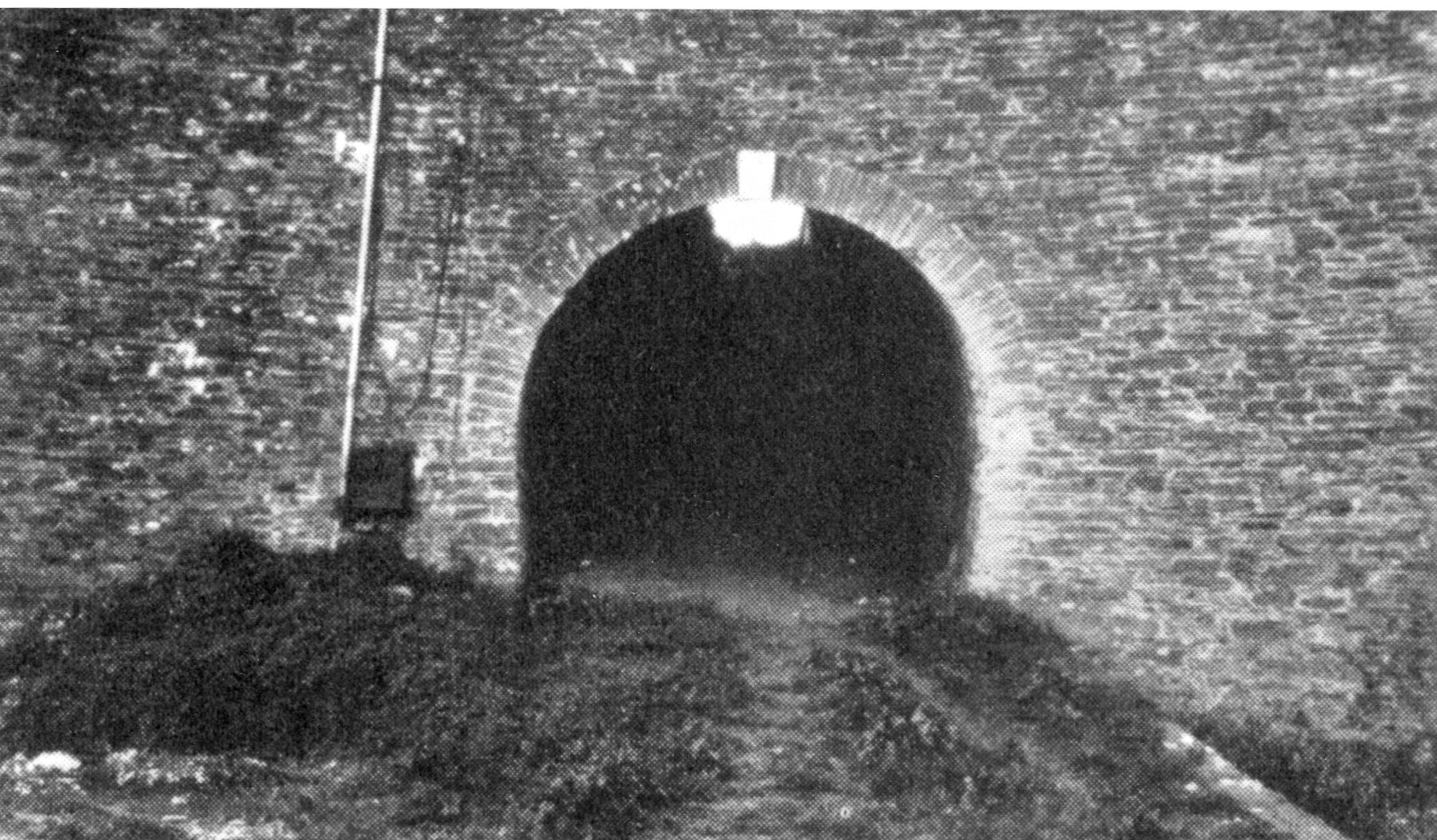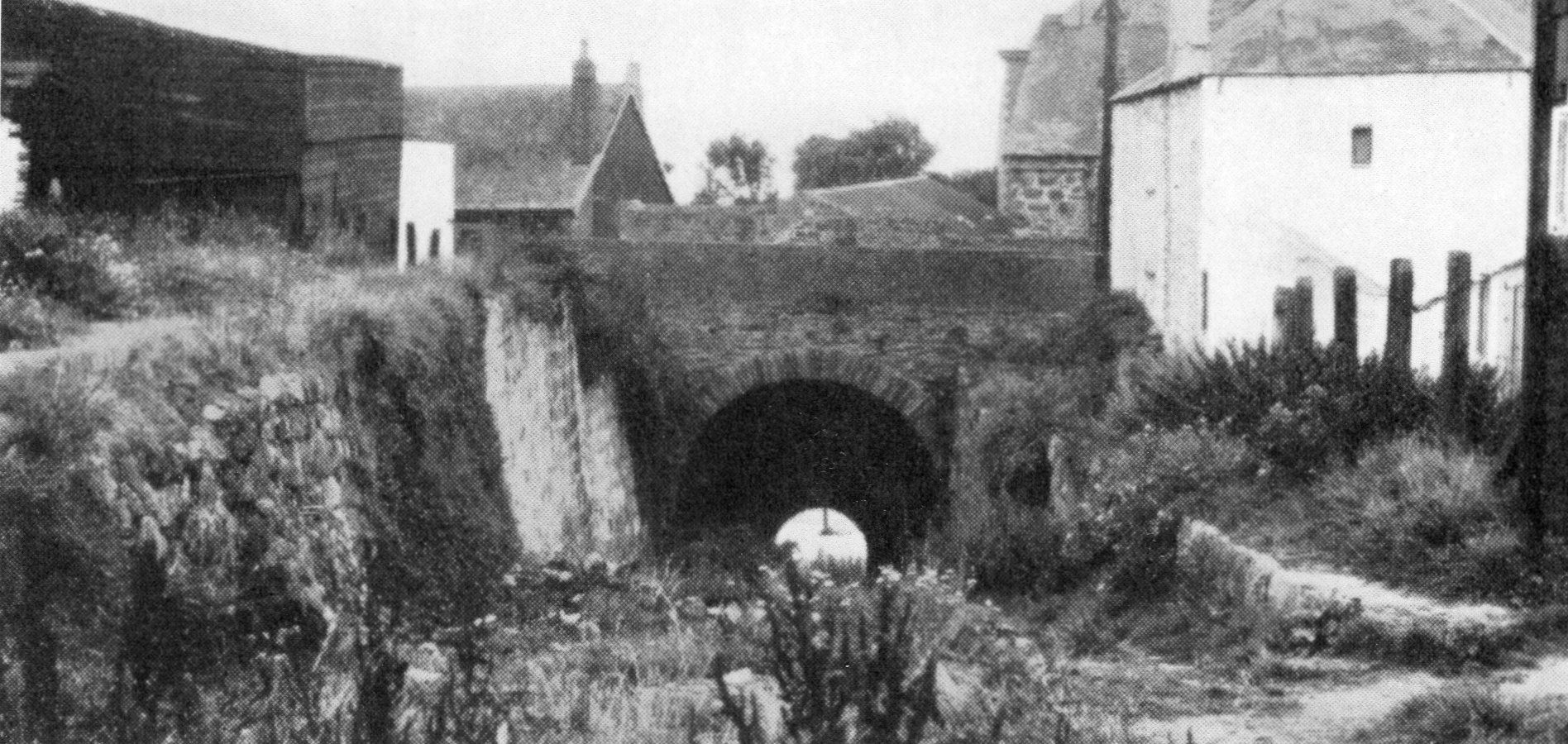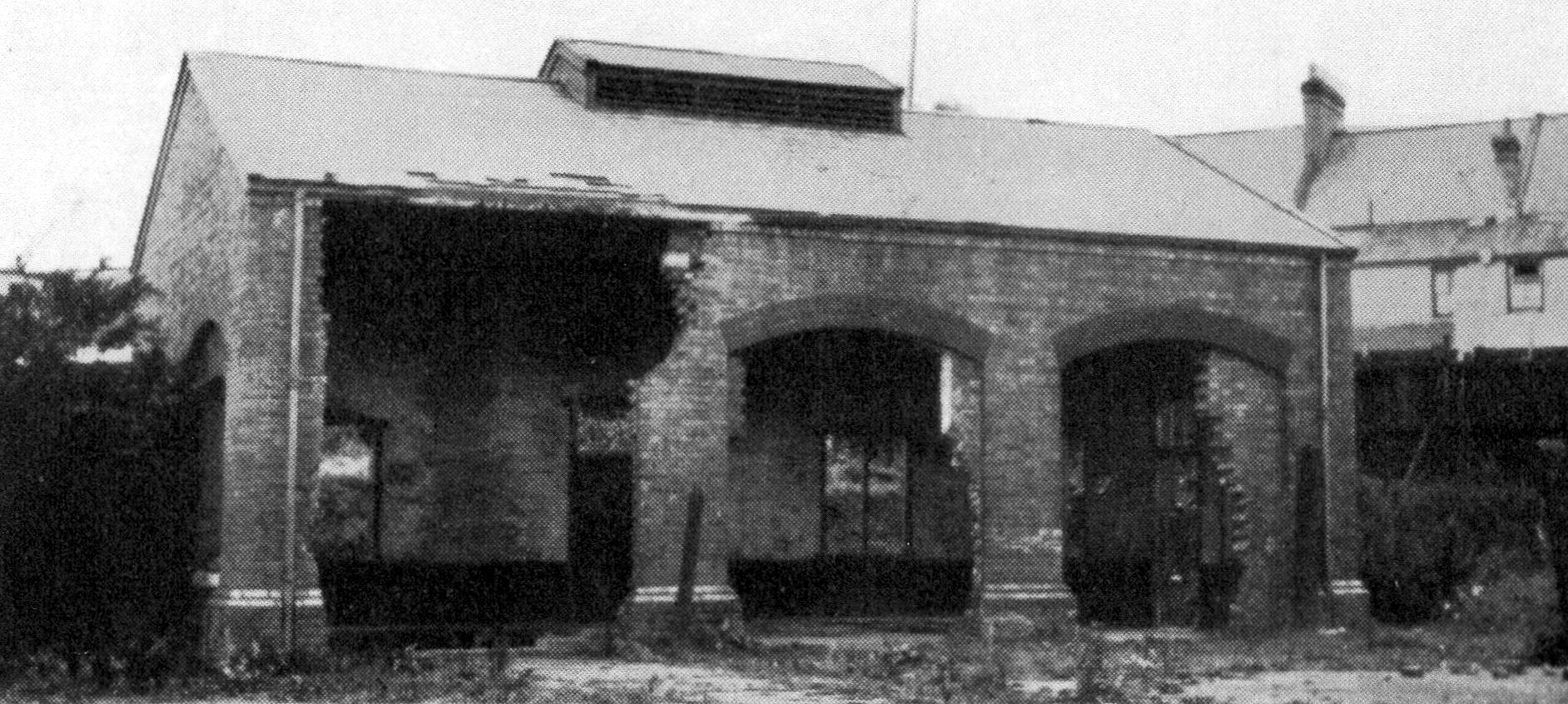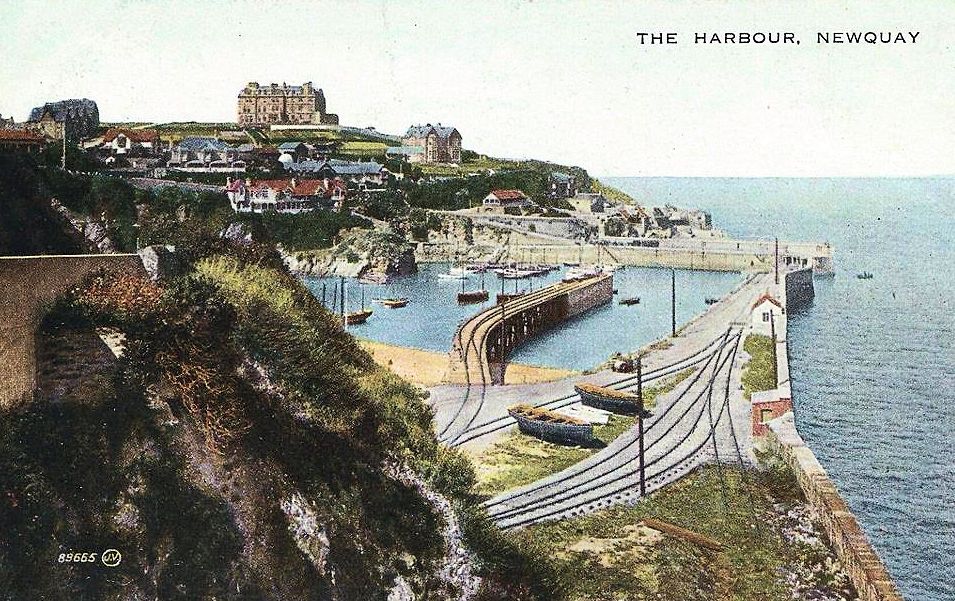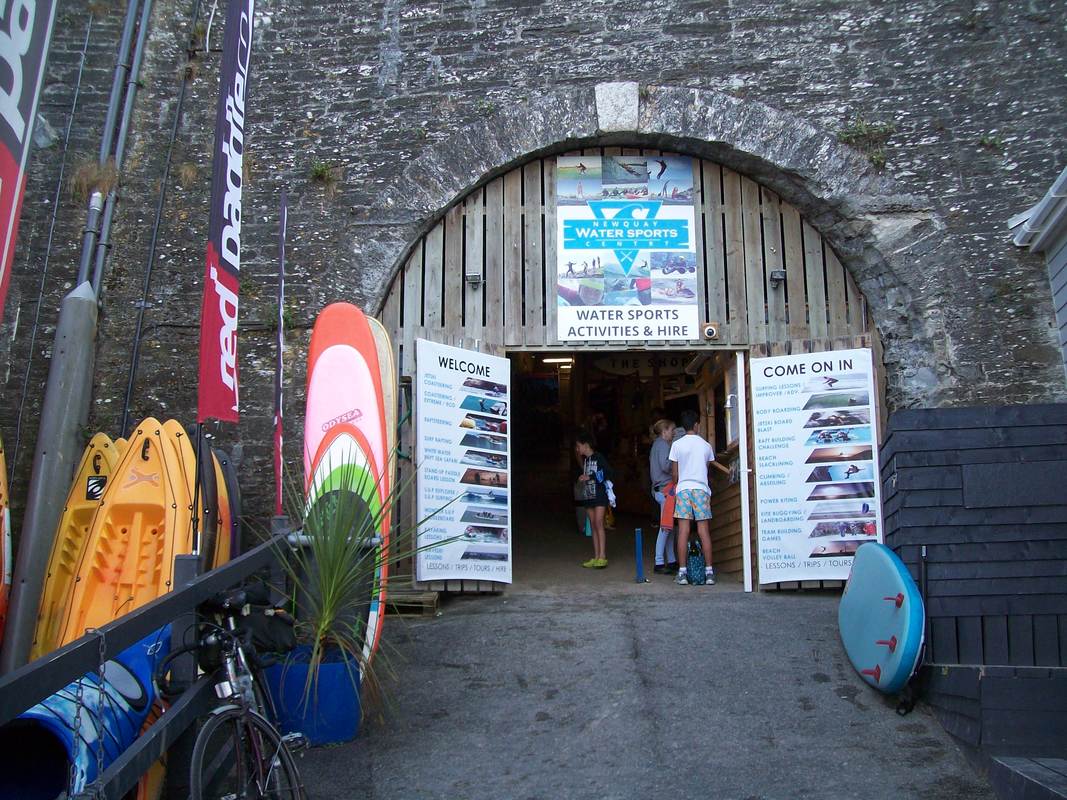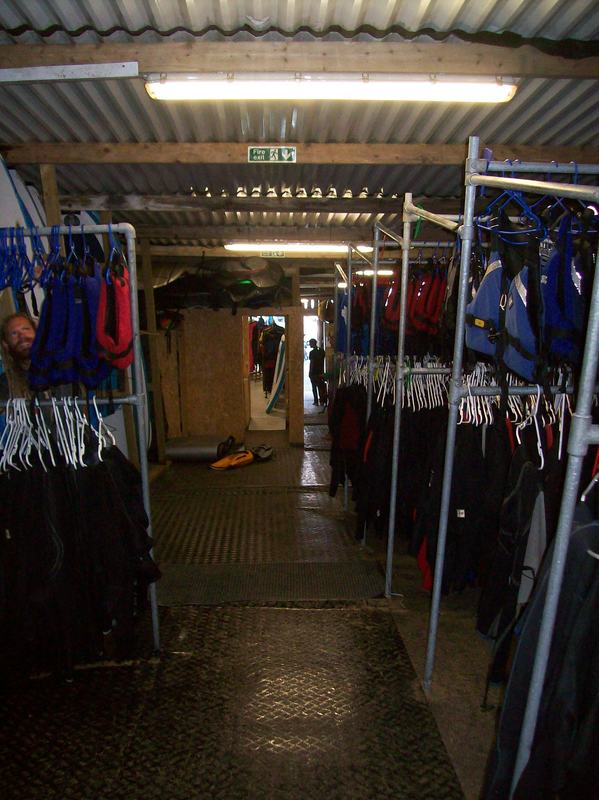Par to Newquay
Its branches are covered as separate items - see Cornwall Galleries Menu
Its branches are covered as separate items - see Cornwall Galleries Menu
Credits, Many thanks to all contributors - please see a list on the home page.
References are made to Track Layout Diagrams Section 11 by Tony Cooke
References are made to Track Layout Diagrams Section 11 by Tony Cooke
* St Blazey - for the depot and Par Harbour see separate section
Enjoy a video journey over the branch to Newquay
David Tozer kindly sent in the link below to a feast of nostalgia. Travel along the branch to Newquay and back viewing the scene from the front of a heritage DMU - what wonderful things they were! See all the signal boxes and railway staff. Ride into platform 1 at Newquay, see the freight on the line, the class 22's. Marvelous stuff compliments to A.C. May for an excellent production.
http://cornishmemory.com/item/MISC_260_06
14 minutes of joy.
http://cornishmemory.com/item/MISC_260_06
14 minutes of joy.
For exclusive pictures of the first IET to visit Newquay see our News section for October 15th 2018
Approaching Par
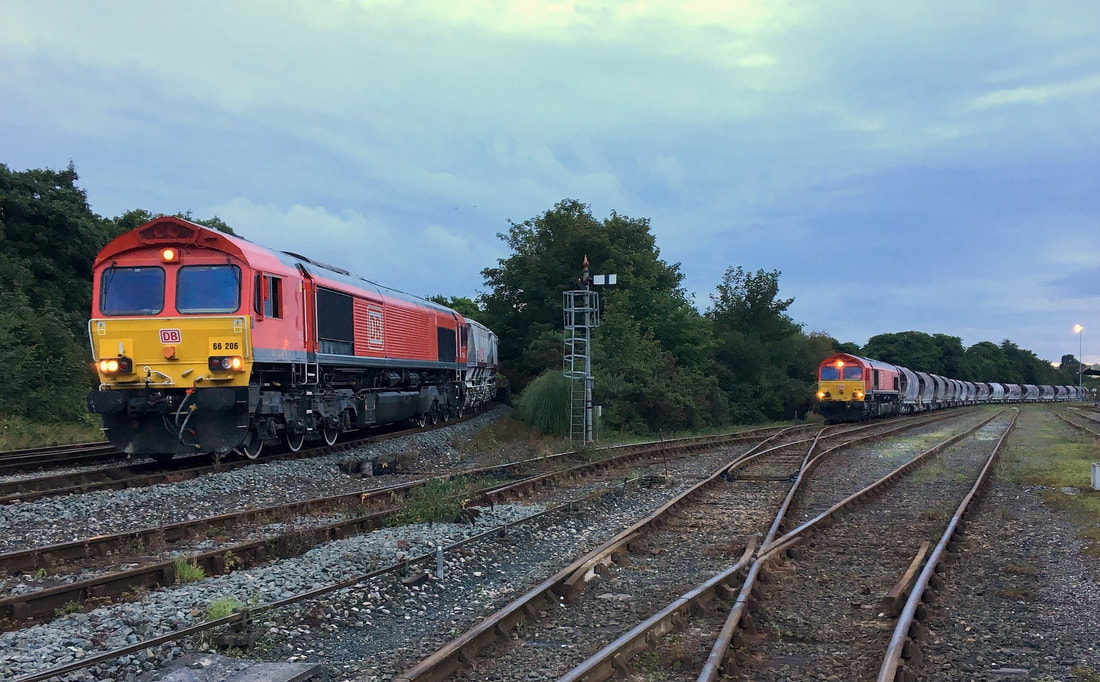
66206 & 66085 St Blazey An uncommon sight was two such locos working side by side this week, and 66206 was seen on the Goonbarrow empties passing 66085 which had recently arrived in the yard from an overnight trip down with the JIA wagons. The light was rather special too at day break, so a snap was taken on the I phone. 16th August 2017 Copyright Craig Munday
St Blazey Signalbox
Interior shots of St Blazey box. They include the CCTV equipment for Middleway & St Blazey bridge CCTV crossings, the block instrument to Par & Electric Token machine for the Single line to Goonbarrow.
ST BLAZEY SIGNAL BOX additional notes from Roy Hart for which many thanks.
St Blazey box opened in 1908, replacing an old Cornwall Mineral Railway box on a site opposite. In 1908 and for some years afterwards, the box has a dual function: note that the nameboard is off-centre.
This is because as built, the Par end of the building was a 2-storey yard and control office, with windows down almost to floor level, and with a separate entrance and staircase. The nameboard was therefore central to the 'signal box' part of the building. This arrangement came to an end about 1920, but the altered brickwork is still visible - and the signalman has a great space at the Par end of the box.
When the old cast iron nameplates were needlessly and foolishly removed in the 1980s they repeated the old position of the nameboard.
St Blazey box opened in 1908, replacing an old Cornwall Mineral Railway box on a site opposite. In 1908 and for some years afterwards, the box has a dual function: note that the nameboard is off-centre.
This is because as built, the Par end of the building was a 2-storey yard and control office, with windows down almost to floor level, and with a separate entrance and staircase. The nameboard was therefore central to the 'signal box' part of the building. This arrangement came to an end about 1920, but the altered brickwork is still visible - and the signalman has a great space at the Par end of the box.
When the old cast iron nameplates were needlessly and foolishly removed in the 1980s they repeated the old position of the nameboard.
Par Loop (The first bit of double track between any two stations in Cornwall, Par - St Blazey)
Middleway Level Crossing
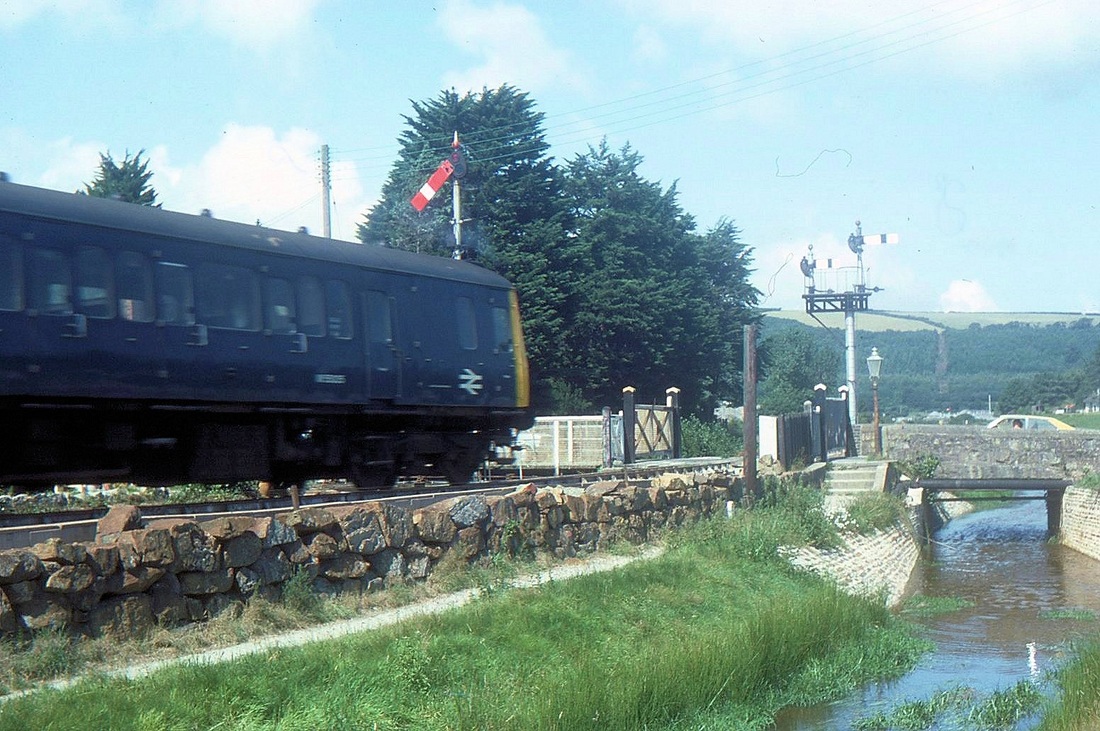
A heritage DMU, Newquay bound approaches Middleway crossing. The situation here was unusual in that beyond this location the line ran on a straight embankment turning to a slight right hand bend before St Blazey Bridge crossing. Either side of the embakment are watercourses, a stream on the left and to the right the former canal to Par harbour. Middleway signalbox lay on the far side of the stream with the various signalling cables carried on a bridge over the waterway. October 1977 Copyright Mike Roach

Middleway Crossing on the 15th September 1979 as 47 146 heads for Newquay. The crossing signalbox to the extreme right controlled gates and signals by a system of rods and levers which crossed a stream in front of the box. Note also the unusual level crossing light - blanked out this side. Copyright Mike Roach
Middleway Crossing in 2018
The history of MIDDLEWAY Box : This was believed to be built by the Cornwall Minerals Railway, in 1876. It worked with the original CMR box at St Blazey. Middleway was a fully- fledged signal box at that time. In 1908 the present St Blazey box was built and Middleway became a ground frame, controlling the gates and also 'slotting' the neighbouring St Blazey signals. Slotting meant that the signals were dual controlled, with the levers in both boxes reversed in order for the signal arm to be lowered. Technology improved, and in 1931 Middleway became a crossing keepers post, where the one remaining lever (out of the original 7) -the gate bolt -was released electronically by a lever in St Blazey box. Thus it remained until the next technological advance had the crossing controlled by CCTV from St Blazey. Many thanks to Roy Hart for this valuable information.
Note on the picture above :- Former ‘Town car’ 55009 approaches Middleway Crossing with a train from Newquay on a very changeable 10th February 1988, still carrying it’s ‘West Midlands’ logo.
Tyseley had an allocation of ‘Bubbles’ for the Stourbridge shuttle, as well as strengthening various other services around the West Midlands network.
The very frequent Stourbridge shuttle operated (and obviously still does....) between Stourbridge Junction and Stourbridge TOWN by a Class 121 bubble CAR, hence it was known by those in the Midlands rail industry as the ‘town car’.
The term is still used today even though it is now successfully operated by a Parry People Mover, prior to which it was operated by a Class 153 single unit.
Many thanks to Ron Kosys for both the picture and the bonus information
Tyseley had an allocation of ‘Bubbles’ for the Stourbridge shuttle, as well as strengthening various other services around the West Midlands network.
The very frequent Stourbridge shuttle operated (and obviously still does....) between Stourbridge Junction and Stourbridge TOWN by a Class 121 bubble CAR, hence it was known by those in the Midlands rail industry as the ‘town car’.
The term is still used today even though it is now successfully operated by a Parry People Mover, prior to which it was operated by a Class 153 single unit.
Many thanks to Ron Kosys for both the picture and the bonus information
Par area from above.
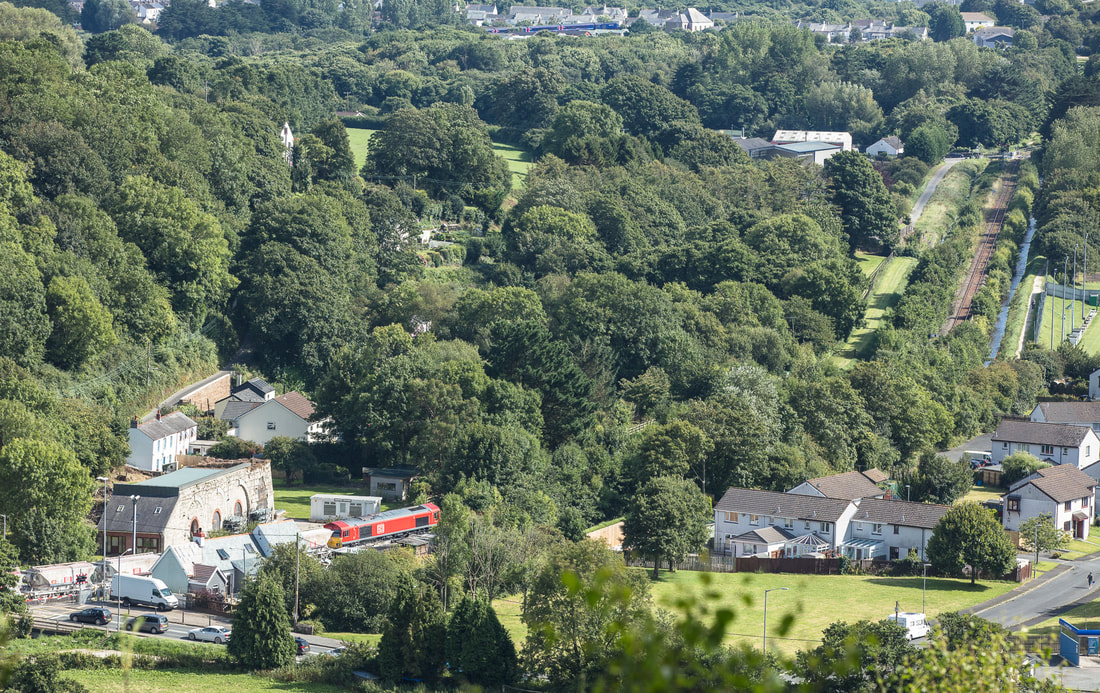
66206 heads over St Blazey Bridge level crossing and on towards Lostwithiel and a FGW lurks in the top corner of the frame. 10th August 2017 Copyright Ron Westwater Note also the lime kilns just passed by the locomotive. The houses centre right occupy the site of the Aberdeen Steam Sanitary Laundry.
St Blazey Bridge crossing
Passing Pontsmill
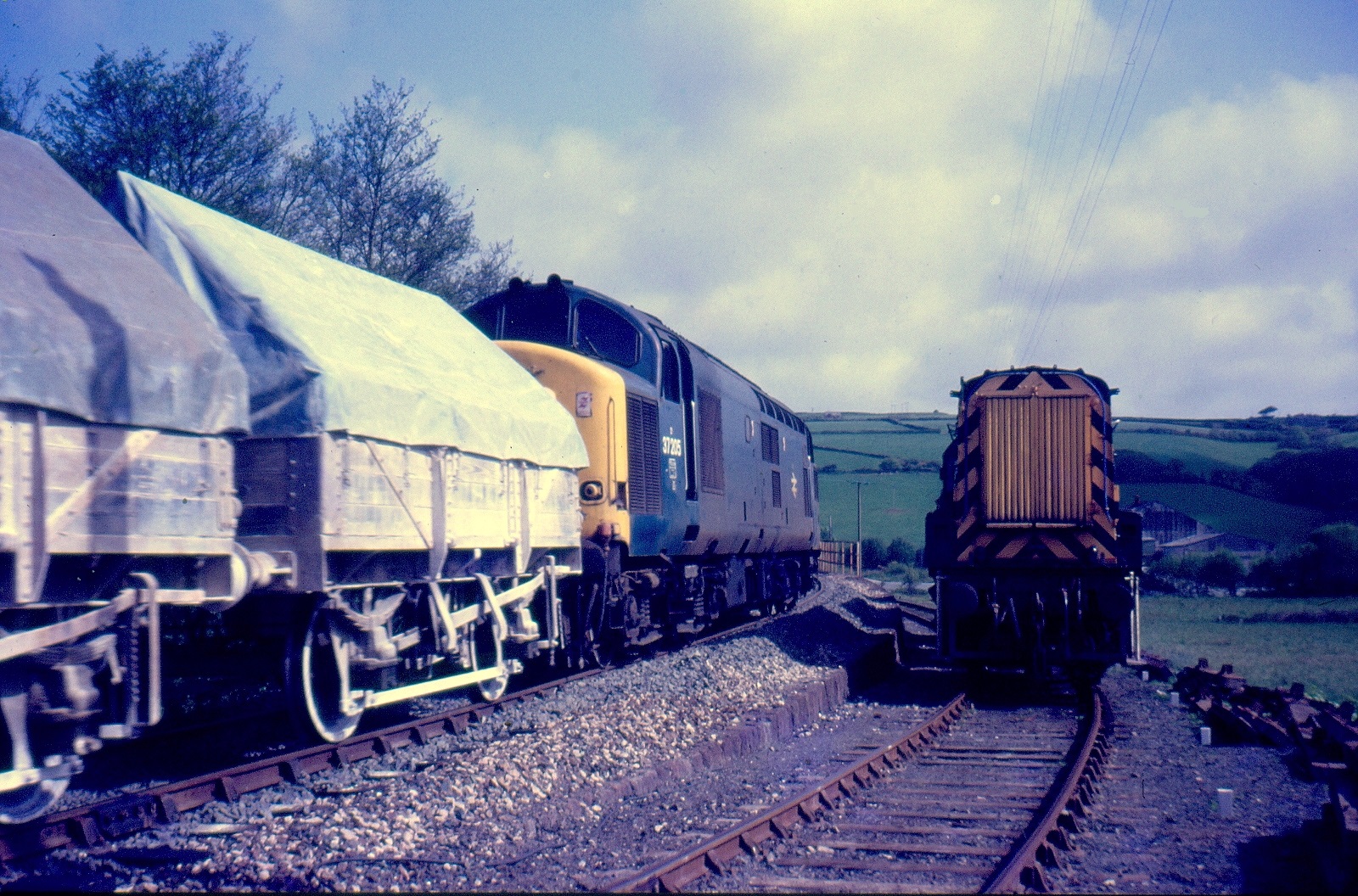
Pontsmill YTS scheme of 85.86 we were given a massive privilege of working alongside all sorts of Railway folk, including train crew at St Blazey. One day, I was taken out to Pontsmill with Percy Wherry on 08801. We were locked in whilst 37205 passes with clay hoods to Goonbarrow. Copyright Craig Munday
Luxulyan Valley
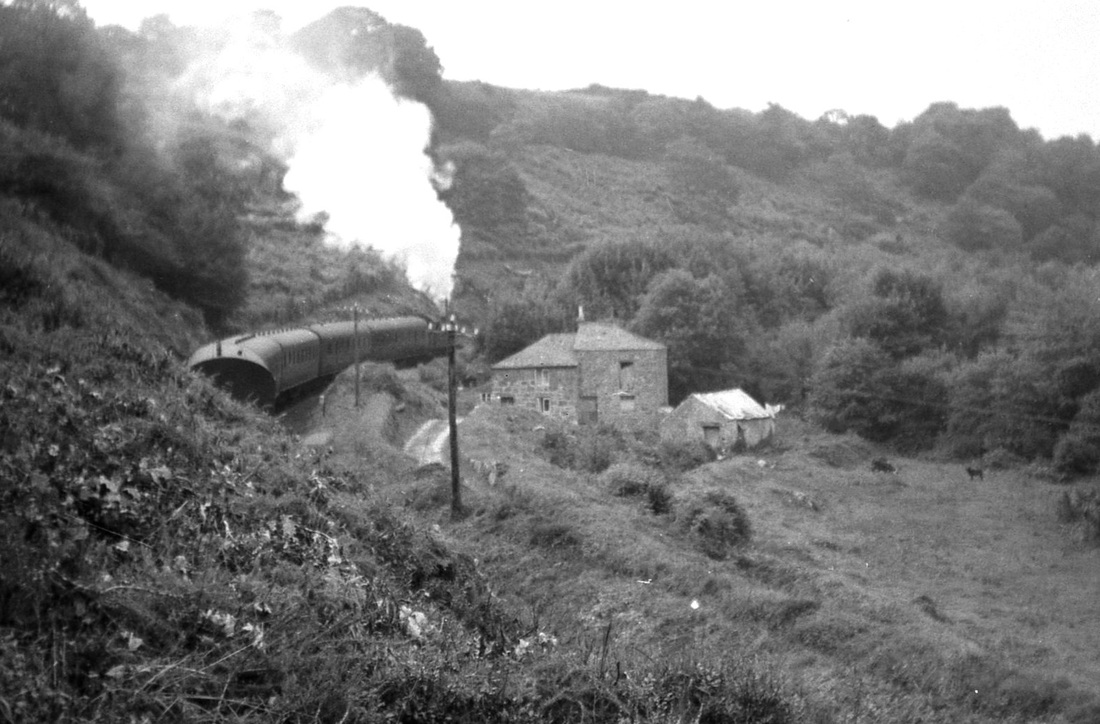
The same train continues its assault on the bank. The Treffry Aquadct is just out of the picture to the right. The weight limit for a 55xx loco unassisted was 160 tons from Par to Luxulyan. The 5 coaches shewn would have been right on the limit, or even just over. 5th August 1960 Copyright Mike Roach
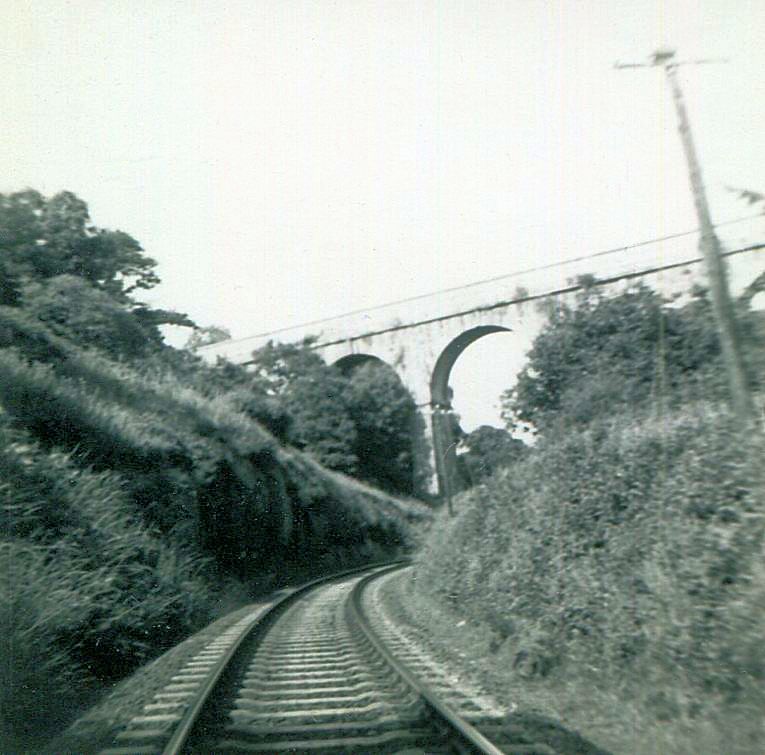
Another one from the mystery envelope of pictures bought by Alan Harris for £1. This time a view from track level of the Treffry Aqueduct/viaduct, whether the photographer had permission to be there we do not know. Many years ago we, as a group. had permission from the late Arthur Epplett, Manager of Cornwall Railways at the time, to walk from Luxulyan through the tunnel and to climb from the track up the bank on to the viaduct. We were accompanied by a Senior Railman the late Arthur Anstiss. They were the good old days. Picture from the Alan Harris Collection.
The above photograph and caption brought forth an observation by John Root, for which many thanks :-
I doubt the photographer was standing on the metals, as that photo seems to have been shot from the back of a moving train. You can see the shadow of the rear coach and motion blur in the left and right foreground edges of the picture. Just a thought! John Root. An interesting thought, I doubt if we'll ever know.
I doubt the photographer was standing on the metals, as that photo seems to have been shot from the back of a moving train. You can see the shadow of the rear coach and motion blur in the left and right foreground edges of the picture. Just a thought! John Root. An interesting thought, I doubt if we'll ever know.
HST derailment - the re-railing operation.
A FGW colleague drew my attention to a fascinating YouTube film showing the re-railing of an HST that derailed south of Luxulyan on 25 May 1991. The link is below. You may think it worth putting on the CRS web site.
Kind regards, Derek
https://www.youtube.com/watch?v=idB1X7XGEew
This is an extremely interesting 15 minute film of the re-railing operation. Many thanks to Derek Buttivant and the FGW colleague who drew his and our attention to the expert work by the team from Laira.
A FGW colleague drew my attention to a fascinating YouTube film showing the re-railing of an HST that derailed south of Luxulyan on 25 May 1991. The link is below. You may think it worth putting on the CRS web site.
Kind regards, Derek
https://www.youtube.com/watch?v=idB1X7XGEew
This is an extremely interesting 15 minute film of the re-railing operation. Many thanks to Derek Buttivant and the FGW colleague who drew his and our attention to the expert work by the team from Laira.
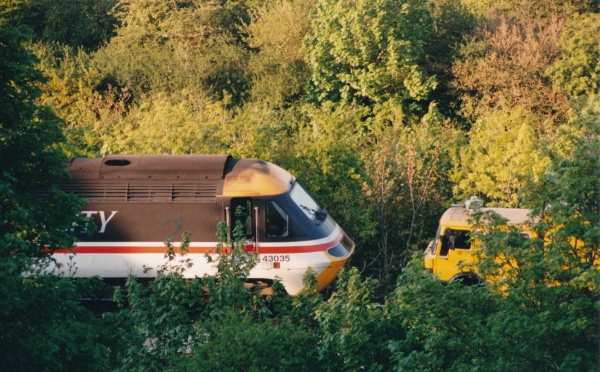
On the 25th May 1991 a Saturday morning service from Newquay headed by 43035 became derailed due to spreading of the track between Luxulyan Tunnel at this spot seen here from the Treffry Aquaduct. In due course the location was accessed by road/rail vehicles presumably carrying re-railing equipment. Copyright Julian Stephens
Luxulyan
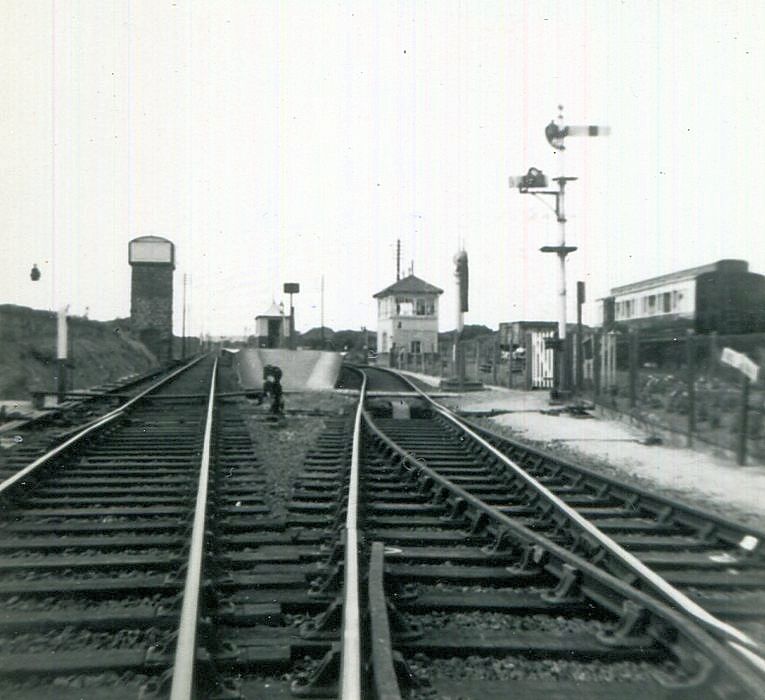
A most interesting picture taken at the Par end of Luxulyan station during the early 1960's. The signalbox along with the up loop and all sidings with the exception of Treskilliing siding closed on the 27th September 1964.. The picture is of great interest with the water tower on the left, this was fed from a local water source, the water being pumped up by a windmill. Note also to the right the clerestory camping 9906 coach parked up, what a remote location for a holiday? This picture taken by an unknown person, maybe a railway employee, was one in an envelope purchased by Alan Harris for £1. Many thanks to Alan Harris.
Many thanks to Roy Hart for this up-date. Alan Harris's picture of Luxulyan is most interesting. Note the miniature signal arm on the up starting signal. This led to Treffry siding (behind the photographer). Squire J.T. Treffry of Place House, Fowey was the originator of the Cornwall Minerals Railway. Treffry siding ended at a white gate bearing a red target: beyond, until the 1930s was the tramroad (horse worked) which led over Treffry viaduct to Colcerrow quarry. Horses left single wagons of granite or clay by the gate, to be picked up by Newquay freights. The last such traffic was in about 1933, though Treffry siding lasted till 1964.
The station originally had two platforms, but in 1910 the signal box shown was built and an island platform substituted.
Incidentally, the signal box closed on 27thSeptember 1964.
Roy
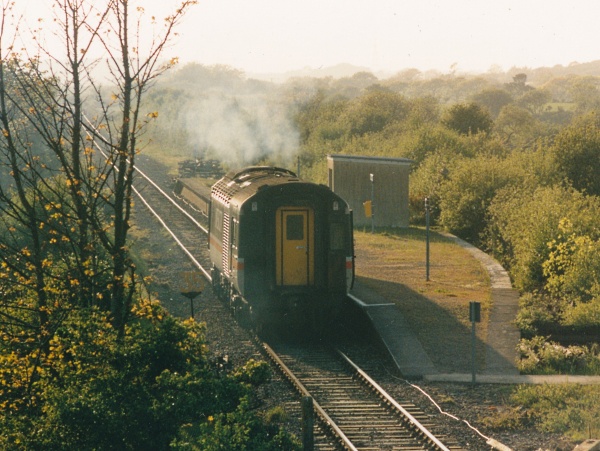
With reference to the derailment in the Luxulyan valley the rear power car of the train 43029 was used to ferry passengers and their luggage from the stricken train to Luxulyan which then became 'briefly' a major interchange for a coach connection for passengers to Paddington. 25th May 1991 Copyright Julian Stephens
Goonbarrow Junction was the junction, as the name implies, for the Goonbarrow branch. Unfortunately this branch has been cut back in sections until all that remains are about two hundred yards of track used as a head shunt for Rocks driers. We have some pictures of the Rocks drier area within this section.
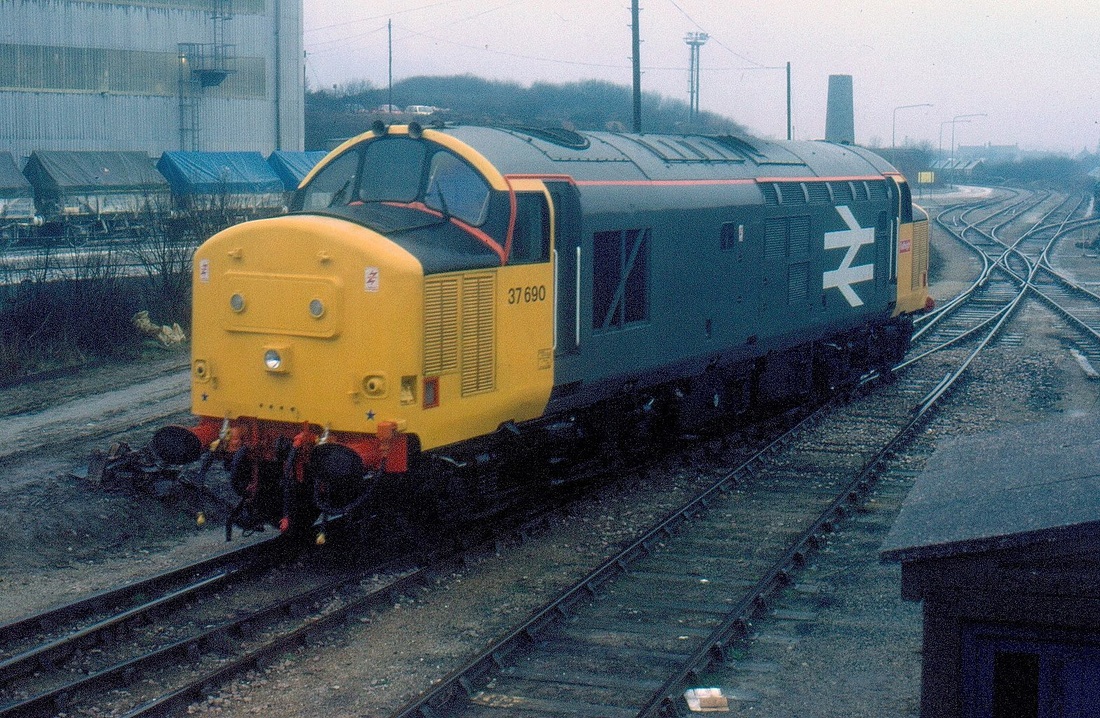
37690 Goonbarrow. This rather drab day at Goonbarrow is brightened up by the presence of freshly out-shopped 37690. This was not a usual loco from the St Blazey 37/5 range, so a bit of a coup. Also of interest is that the clay hoods are still in use. There was a very limited time of refurbished class 37s working these prior to the CDA coming into service in 1987. Copyright Craig Munday
Major works at Goonbarrow March 2016
Changes at Goonbarrow Signaller Gareth Thornton advises that in addition to the replacement of the up main as covered in our 'News Section' that points were removed. These were No.18 and controlled access to the siding on the up side of the loop, (long disused.) 17 & 19 were the ground signals associated with this siding. I have included a photo of our new track diagram and if you compare this with the excellent photo below it you can see the changes made. The Carbis siding is still there and is indeed all that remains of the Carbis branch. More pictures of this in our News Section for March 2016.
In times gone by:- A Mantisa Trolley in action on the Clay lines at Carbis and Goonbarrow. Check out this website courtesy of Colin Burges. http://www.teignrail.co.uk/neptune.php
A look around Rocks Driers - past and present.
Action shots from Craig Munday - Loading Clay at Rocks - 6th October 2016.
Snow up in Clay Country Winter 2019 Craig Munday
Well, that snow caught us all out didn't it? I was fortunately not stranded like many in Clay Country, but set of gingerly on the morning after to grab some shots.
I saw 66127 creep down through Treesmill with the clay empties, but the snow was absent here, almost a pencil line across the landscape where it was fading fast. Up the hill towards the North coast seemed better and Goonbarrow was still gripped by snow.
I caught 66127 on arrival as it waited at St Blazey for the late running Newquay unit. The photos were taken with thanks to the Imerys staff at Rocks.
Picture 43 shows the CDAs ready to be drawn forward for loading by 66127, with the roof covers open. The two stored diesel shunters have an uncertain future whilst the train loco shunts the wagons around the complex.
Kind regards, Craig Many thanks Craig - pictures in the snow generally show up the track layouts so well!
Well, that snow caught us all out didn't it? I was fortunately not stranded like many in Clay Country, but set of gingerly on the morning after to grab some shots.
I saw 66127 creep down through Treesmill with the clay empties, but the snow was absent here, almost a pencil line across the landscape where it was fading fast. Up the hill towards the North coast seemed better and Goonbarrow was still gripped by snow.
I caught 66127 on arrival as it waited at St Blazey for the late running Newquay unit. The photos were taken with thanks to the Imerys staff at Rocks.
Picture 43 shows the CDAs ready to be drawn forward for loading by 66127, with the roof covers open. The two stored diesel shunters have an uncertain future whilst the train loco shunts the wagons around the complex.
Kind regards, Craig Many thanks Craig - pictures in the snow generally show up the track layouts so well!
Bugle
BUGLE SIGNAL BOX Additional notes from Roy Hart for which many thanks
As with St Blazey, I enjoyed visiting this box back in the 1960s. Bugle had a 41 lever frame (same size as SBZ) which was installed in 1930 when the line to Goonbarrow was doubled. By the 1960s Bugle was very quiet, while Goonbarrow was busy.
The website photos show the box after the economies of 1964, when it became Bugle Ground Frame ( not Molinnis GF as some references say). There were now two working levers (gate bolt and up distant -the down distant was fixed) and 39 spares!
As with St Blazey, I enjoyed visiting this box back in the 1960s. Bugle had a 41 lever frame (same size as SBZ) which was installed in 1930 when the line to Goonbarrow was doubled. By the 1960s Bugle was very quiet, while Goonbarrow was busy.
The website photos show the box after the economies of 1964, when it became Bugle Ground Frame ( not Molinnis GF as some references say). There were now two working levers (gate bolt and up distant -the down distant was fixed) and 39 spares!
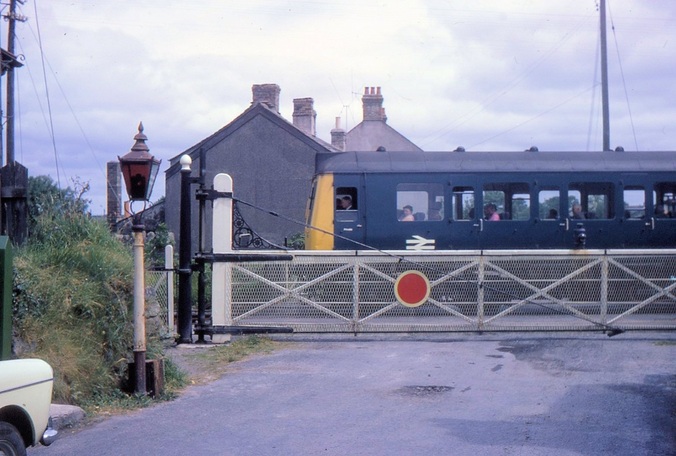 Molinnis level crossing with a service heading for Par July 1969 Copyright Mike Roach
Molinnis level crossing with a service heading for Par July 1969 Copyright Mike Roach
The Clubhouse came to the bowling club, Bugle Bowling Club as it was then, in 1946. It was brought there from Bugle Railway Station. There it had been the Waiting Room and it was understood that it was taken down that year and given to the Club. However, having now spoken with many people, I now have a better idea of its history. Passenger services first went through Bugle we believe in 1876. That is when we think the Waiting Room was built there. I have found photos from around 1910 and it was there then. The Signal Box there came down in 1916 to make way for the doubling of the line. Our building was gone by then, after being used for many years as the sleeping accommodation for the navvies building the railway. One of the things that I need to know now is where it was too from 1916 to 1946. We believe it was stored in the yard there. More important is its history from when it was built to when it came down.
Bill Avery (Who is seeking to repair this building) Best of luck with your project Bill
Bill Avery (Who is seeking to repair this building) Best of luck with your project Bill

Bugle - taken in July 1977. Of interest is the clearly reballasted track towards Goonbarrow signalbox, this section was formerly double track from Goonbarrow to Roache but later the former down line was used solely for the Carbis branch. In this picture the Carbis branch clearly has not seen much traffic, not only is it rusty but there are signs of other activities on the railhead. The area to the left of the station is now occupied by a housing development close to the lineside. Note also post with a notice just before Molinnis Crossing. Copyright Mike Roach
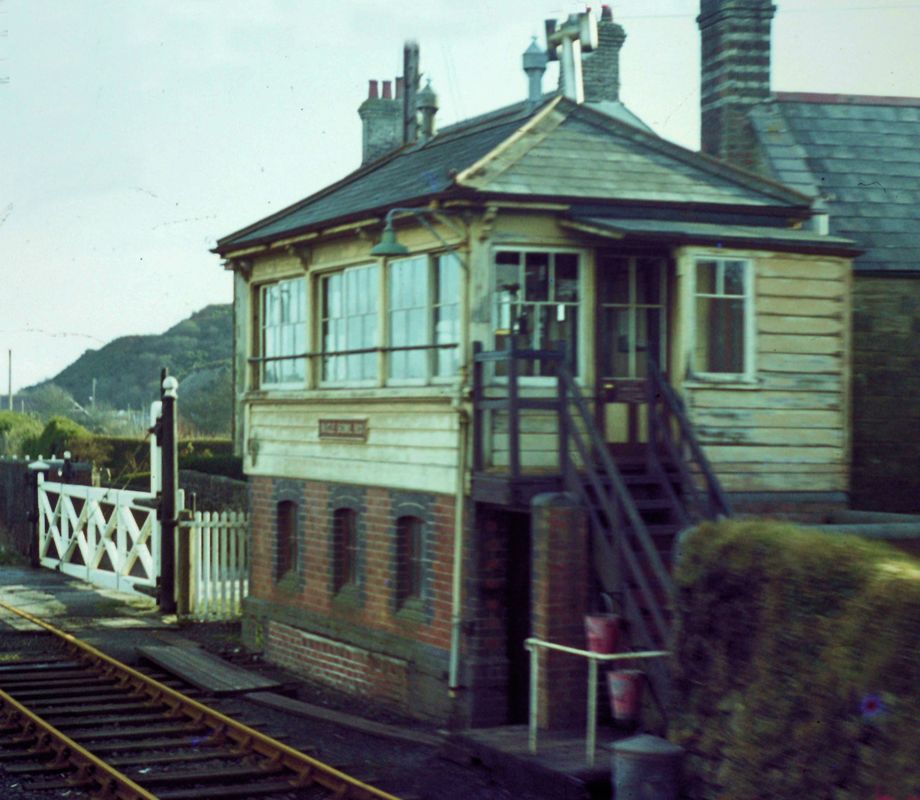
Going back to 1973. Bugle Box, a passing shot. Complete with crossing gates and nameplate. There was until 29th November 1964 a loop here serving either side of Bugle station platform. From then until 18th August 73 the box was in use as a ground frame after which it was closed and demolished. Copyright Roger Winnen
Carbis branch see separate section
Roche
Demelza (Between Roche and the iron bridge)
Crossing Goss Moors and the iron bridge
Always known at the 'Black Bridge' it has proved a little too low on many occasions though since the A30 has been re-routed the occasions are luckily rare.
Tregoss Signal Box and Crossing
St Dennis Junction
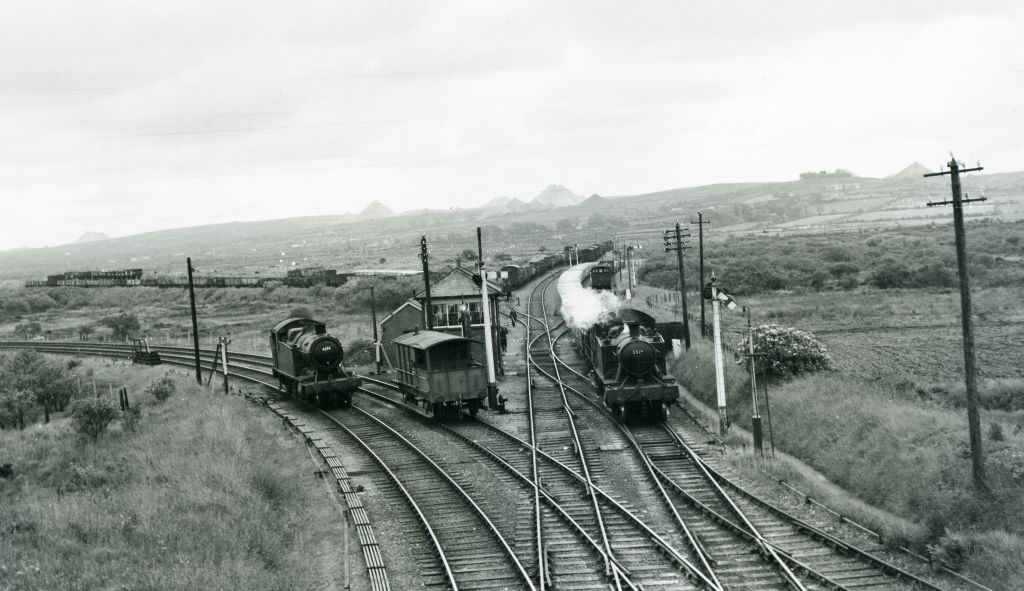
A most interesting picture from the Cornish Memories Website httpcornishmemory.comitemWMA_P1_1_147. This is a 'share site'. In this brilliant picture you can see two locos 4294 an 2-8-0 built in 1910, to the right is 5519 of the 4575 class heading a large china clay train up from the Meledor Mil branch. Note the shunter with is pole and importantly the 'Tip Sidings' extending away to the left in the middle distance. The horizon is punctuated with five 'clay tips'. To the left of the rightmost 'tip' amongst the trees on the hill top lies St Dennis Church.
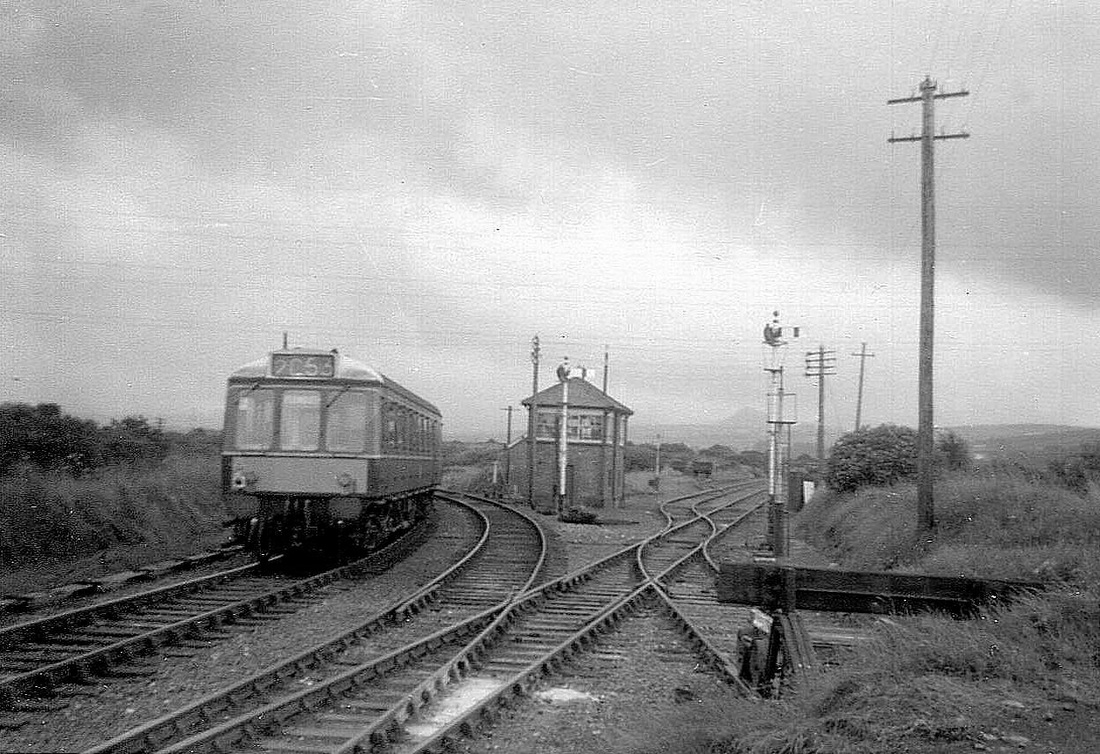
Not an unusual shot in those days, a DMU on its way to Par makes its way past the signalbox at St Dennis. The driver may be dropping his token over the horn, or maybe the signalman has left his box and is out of sight ready to exchange tokens. There was a very long loop here at one time. It was extended in 1921 to Tregoss Moor crossing however the double track section was shortened w.e.f. 3rd January 1965. This picture dated 10th August 1967. Copyright Roger Salter
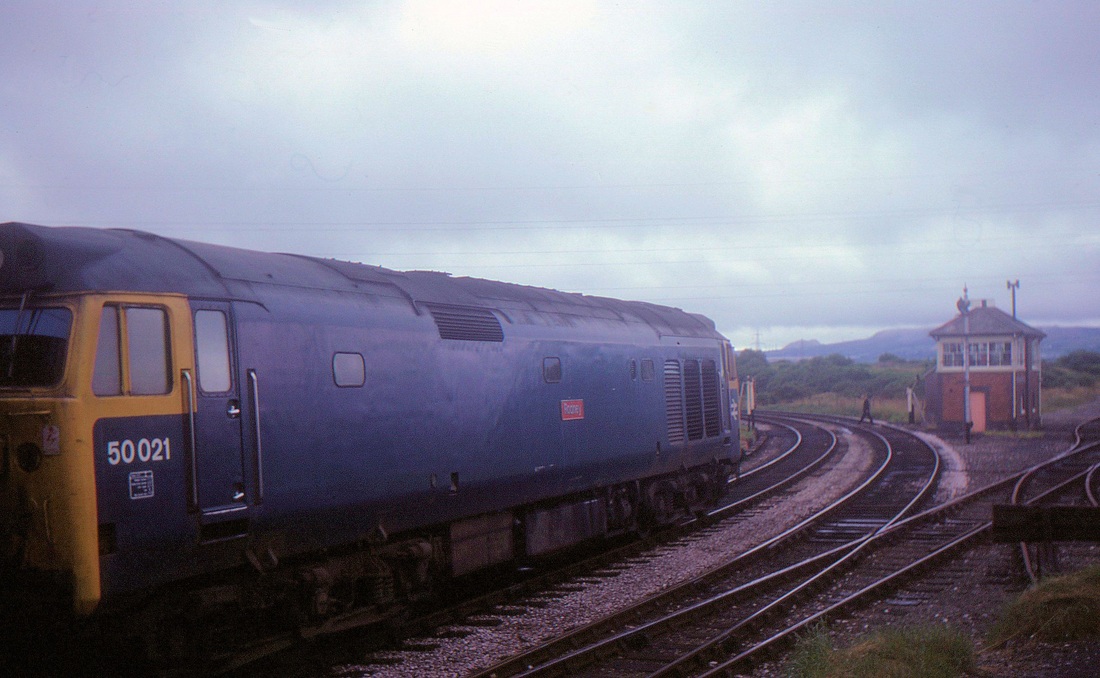
50 021 Rodney slowly approaches St Dennis Junction Signalbox as the gentleman on duty makes his way to collect the token from Newquay perhaps from the second man on this side, or maybe the driver will drop the hoop and token off at the horn seen trackside in front of the loco. 28th July 79 Copyright Mike Roach
Now to take a look at St Dennis Junction at the time singling of the line was taking place - views care of Roger Smith
Meledore & Retew branches - now in a separate section see Cornwall Galleries
At St Dennis Junction the Newquay branch joins the former Treffry Tramway line which ran to Newquay. However when the Cornwall Minerals Railway took over the line in 1874 they constructed a deviation to avoid the tight bore of the Toldish tunnel which was only suitable for horse traction. The next two pictures are taken on the deviation.
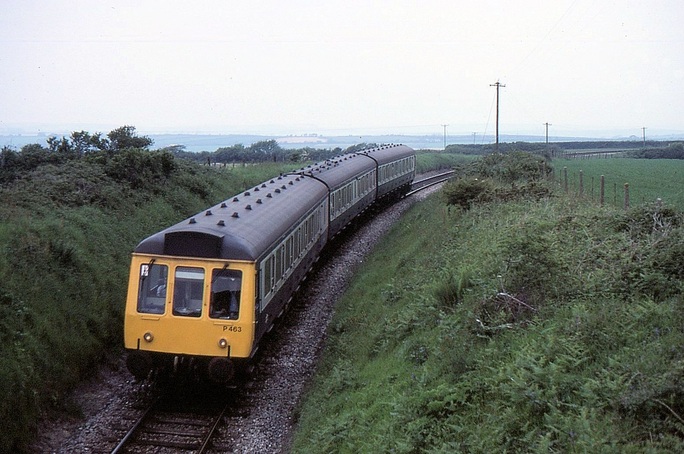 Unit 463 coming from the St Dennis Junction direction on Tuesday 18th May 1982. Where this route joins the old Treffry alignment there are some severe bends necessitating 10 MPH restrictions. Copyright Mike Roach
Unit 463 coming from the St Dennis Junction direction on Tuesday 18th May 1982. Where this route joins the old Treffry alignment there are some severe bends necessitating 10 MPH restrictions. Copyright Mike Roach
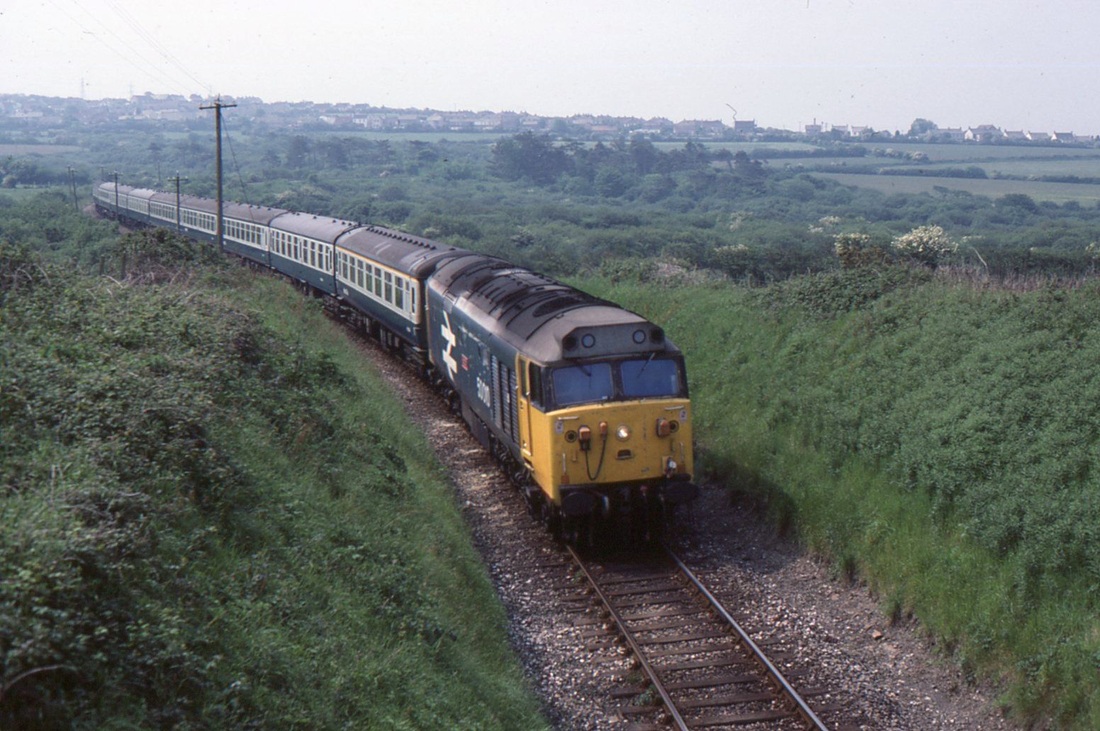
Another view from the bridge from which the previous shot wast taken, this time, however, looking towards St Columb Road, the line bears steadily to the right beyond this point. Here a class 50 hauls a summer Saturday long distance train away from Newquay. In the middle distance beyond the tail of the train the old 'Toldish route' merges from the left. 18th May 1982 Copyright Mike Roach
St Columb Road
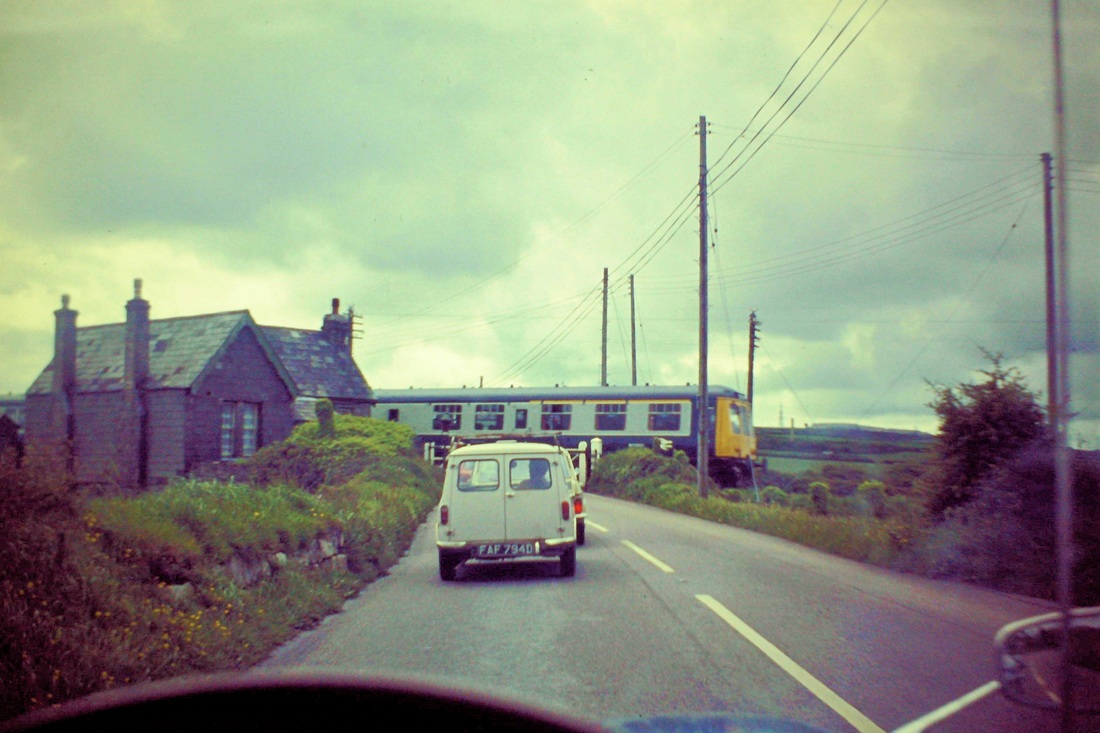
Just to the east of St Columb Road station lay Halloon Crossing which took its name from a nearby farm. This was once a busy level crossing its load reduced by nearby road improvements. The crossing keeper lived in the pleasant cottage alongside. From the 'D' registration of the van ahead the picture must be after 1966. Copyright Sid Sponheimer
Coswarth Level Crossing
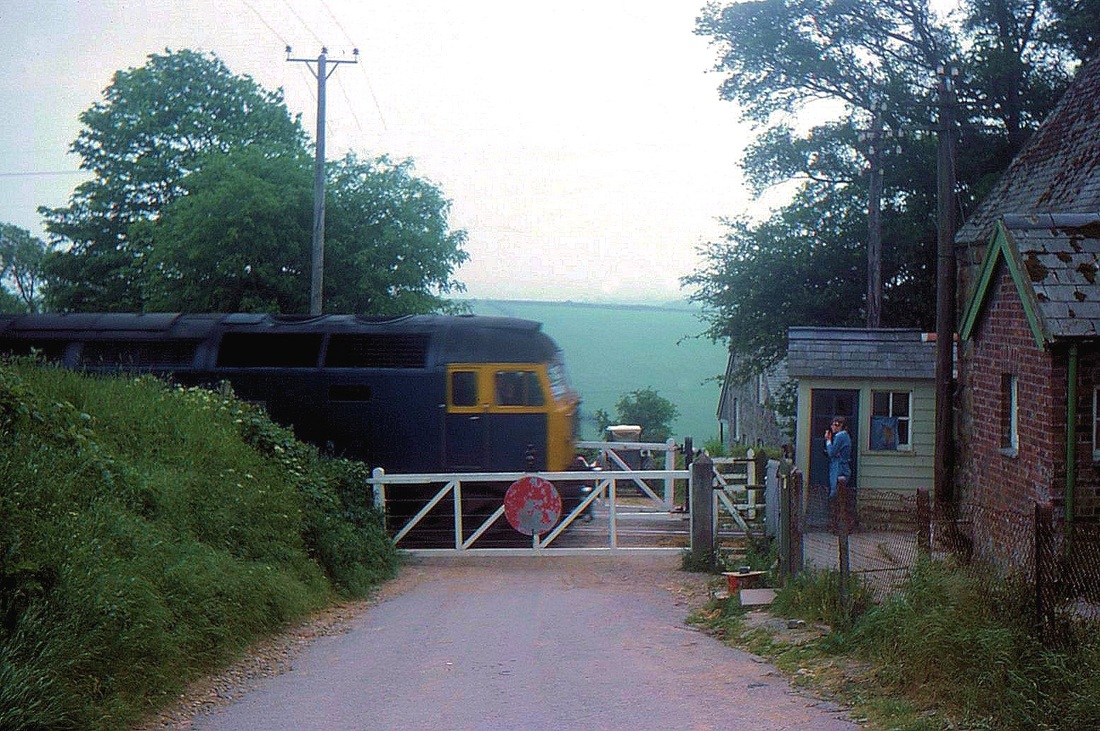
They say that every picture tells a story, here is one that certainly does. It's June 1977 the lady standing in front of the cabin has closed the gates to road traffic, set the signals, and the 47 speeds past in a blur with a service, Newquay bound. Copyright Mike Roach N.B. This is now an open crossing protected by flashing lights and there have been at least two serious incidents - motorists beware!
Coswarth footbridge
Between Coswarth tunnel and A37 road bridge lay a footbridge, just visible in the photograph above.
Mike Roach, on hearing that the footpath was to be closed and the bridge removed suggested that a CRS party visited the site and the pictures below are of the bridge and the view.
Between Coswarth tunnel and A37 road bridge lay a footbridge, just visible in the photograph above.
Mike Roach, on hearing that the footpath was to be closed and the bridge removed suggested that a CRS party visited the site and the pictures below are of the bridge and the view.
Quintrel Downs Platform
Peter Murnaghan kindly sent in the following pictures the first one of which begs the question as to what the correct spelling of Quintrel Downs really is? See the note below the pictures.
Quintrel or Quintrell, that is the question?
Reference to Google tells us that the area is named after the nearby Downs. Now take a look at the 1892 / 1906 25” to the mile map courtesy the National Library of Scotland website you will find that the nearby downs are named Quintrel. http://maps.nls.uk/geo/explore/#zoom=16&lat=50.4038&lon=-5.0293&layers=168&b=1 Staying on the same website series of maps but moving forward in date you will find that gradually the extra ‘l’ is added. Another facility on this excellent website is the ability to ‘fade in’ a current map – try this and you’ll find the extra ‘l’ is in vogue. In our current age of austerity just think how much ink could be saved by dropping the extra ‘l’! Also, while looking at the Quintrel Downs location, you will note that the sidings are shown just to the west of the level crossing but no station. The station wasn’t opened until the 2nd October 1911.
A railway first appeared at this location in about 1849 when the Treffry Tramway opened from Newquay Harbour to Hendra Crazey – a location in the St Dennis area. KJ
Reference to Google tells us that the area is named after the nearby Downs. Now take a look at the 1892 / 1906 25” to the mile map courtesy the National Library of Scotland website you will find that the nearby downs are named Quintrel. http://maps.nls.uk/geo/explore/#zoom=16&lat=50.4038&lon=-5.0293&layers=168&b=1 Staying on the same website series of maps but moving forward in date you will find that gradually the extra ‘l’ is added. Another facility on this excellent website is the ability to ‘fade in’ a current map – try this and you’ll find the extra ‘l’ is in vogue. In our current age of austerity just think how much ink could be saved by dropping the extra ‘l’! Also, while looking at the Quintrel Downs location, you will note that the sidings are shown just to the west of the level crossing but no station. The station wasn’t opened until the 2nd October 1911.
A railway first appeared at this location in about 1849 when the Treffry Tramway opened from Newquay Harbour to Hendra Crazey – a location in the St Dennis area. KJ
Chapel Crossing
Trencreek Crossing
Tolcarn Junction
Trenance Viaduct
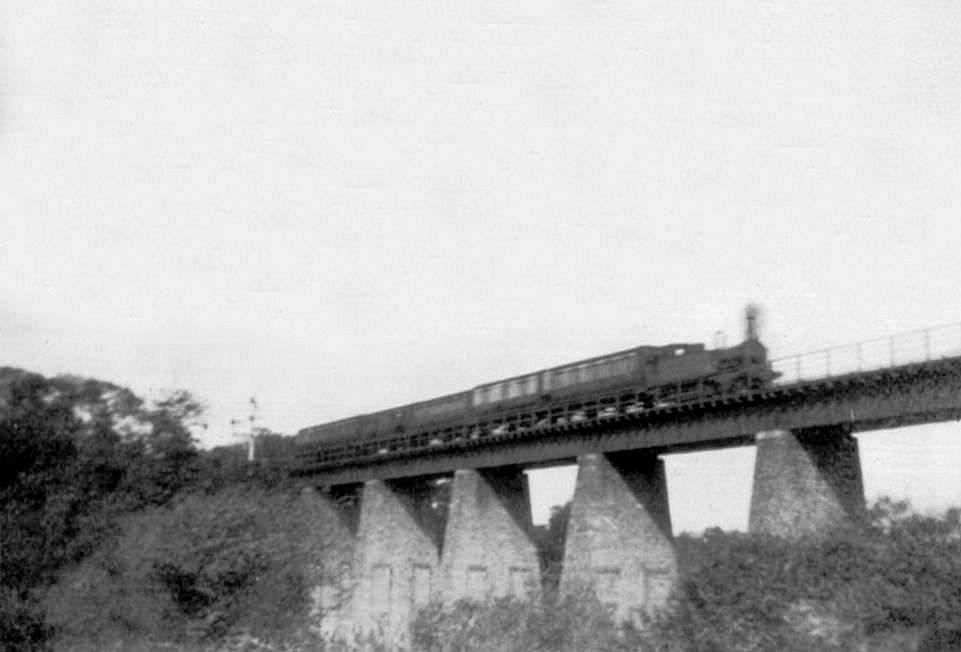
Trenance viaduct - this 1906 picture is the property of the Alan Harris collection and is with his approval. Comment by Roger Winnen Re the Trenance Viaduct picture I think this is of a 35XX Great Western tank - they were built in 1884 and did operate in our part of the world - some were later modified and fitted with tenders.
From 'The Railways of Cornwall 1809 - 1963' by the late C.R. Clinker :-
Trenance viaduct between Newquay and Tolcarne Junction was originally a single line, Brunel-type timber superstructure on stone piers brought into use on the 29th January 1849. The superstructure was replaced by wrought iron girders using the same piers on 1st June 1874. This in turn was replaced by the existing double line masonry viaduct in August 1939.
Trenance viaduct between Newquay and Tolcarne Junction was originally a single line, Brunel-type timber superstructure on stone piers brought into use on the 29th January 1849. The superstructure was replaced by wrought iron girders using the same piers on 1st June 1874. This in turn was replaced by the existing double line masonry viaduct in August 1939.
Re-ballasting work over Trenance Viaduct in Dec. 2013. Photographs from Graham Mann Network Rail.

Roger Smith is to be congratulated on obtaining this most unusual view of the east end of Trenance viaduct (You can just see the railings) with a class 142 arriving along the, still at this time, double track towards Newquay. Tolcarne Junction was about half a mile east of this location with the line to Chacewater bearing off to the right . Copyright
Newquay
The above two picture show a scenes during the reconstruction of Newquay station, ready for the opening of the Perranporth branch which came in 1905, so the picture is in the year or two before that. The group are standing around a temporary ground frame which controls points during the engineering work (the old CMR signalbox was replaced by a conventional GWR one. The old station had but one platform while the new one had three, plus a new engine shed and goods shed.).
The men are carrying flags, warning horns, detonators etc., so that they can hand-signal the trains. They will be qualified signalmen.
Roy Many thanks Roy
The men are carrying flags, warning horns, detonators etc., so that they can hand-signal the trains. They will be qualified signalmen.
Roy Many thanks Roy
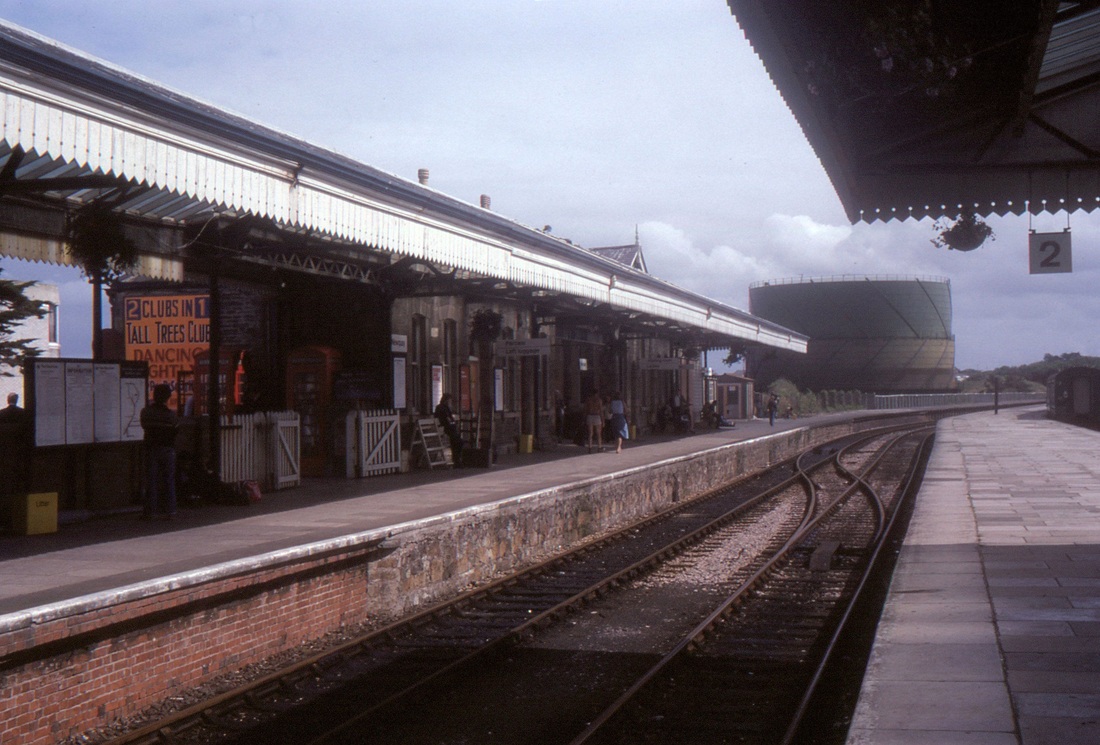
Newquay on Tuesday 31st July 1979 All that remains here now is the platform on the right once double sided,but now reduced to a basic platform. The points enabling the release of incoming locomotives have gone along with the release road itself. The station buildings have been demolished and the gas holder no longer exists, sadly a very much changed scene. - Copyright Mike Roach

The LAST PEAK Class loco ever to arrive at Newquay - the date is the 28th September 1985. The train is the 09.11 from Manchester Piccadilly. Note the happy holiday makers arriving. Also see platform one building - looking in need of some maintenance and also the long gone gas holder. Copyright Clive Smith.

50 044 'Exeter' on arrival from Paddington. Crew sat on the bench on a very hot day seem in no hurry to run their charge around the train. The train formed a local service back to Plymouth. Note the scene is dominated by the full gas holder in the background. The long platform has plenty more room for longer trains though sadly no longer required these days. Saturday 4th July 1987 Copyright David Ive http://www.djipix.com/view/gallery/images?category=1&subcategory=19
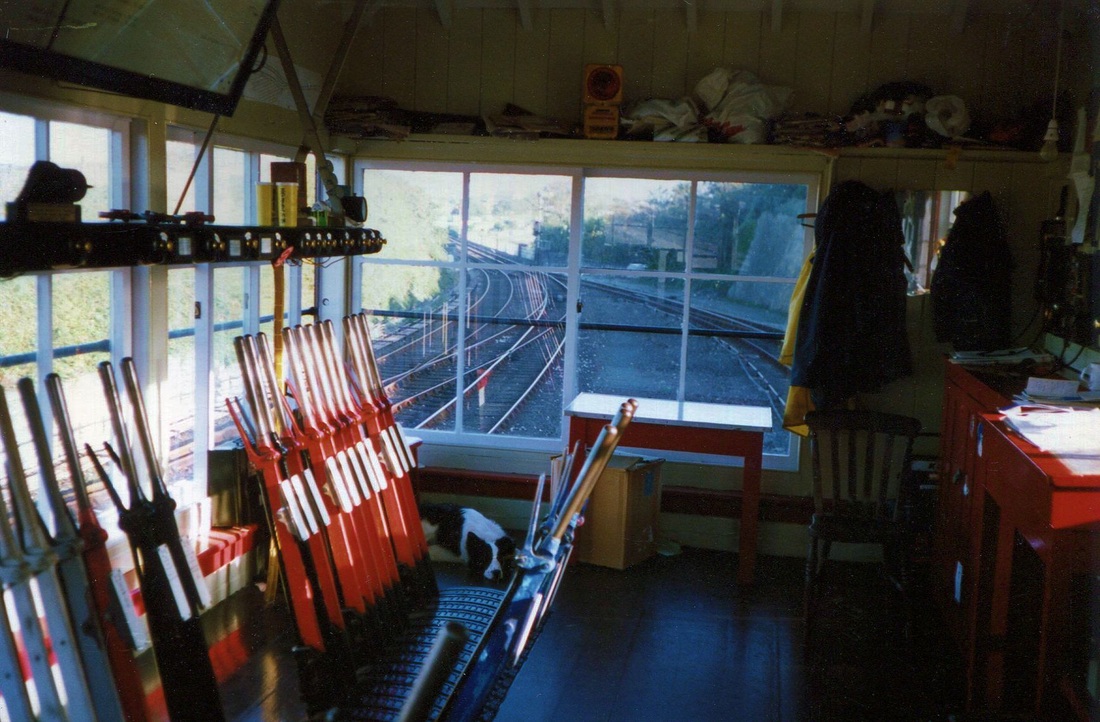
This scene taken inside Newquay box is entitled 'Dog ready to go home'! It must be the end of a shift for Charles Fennamore who took this picture. There is a lot of interest here. Cast your eyes around the box and beyond. In the distance the metals can be seen starting to make the double track crossing over Trenance viaduct. Copyright
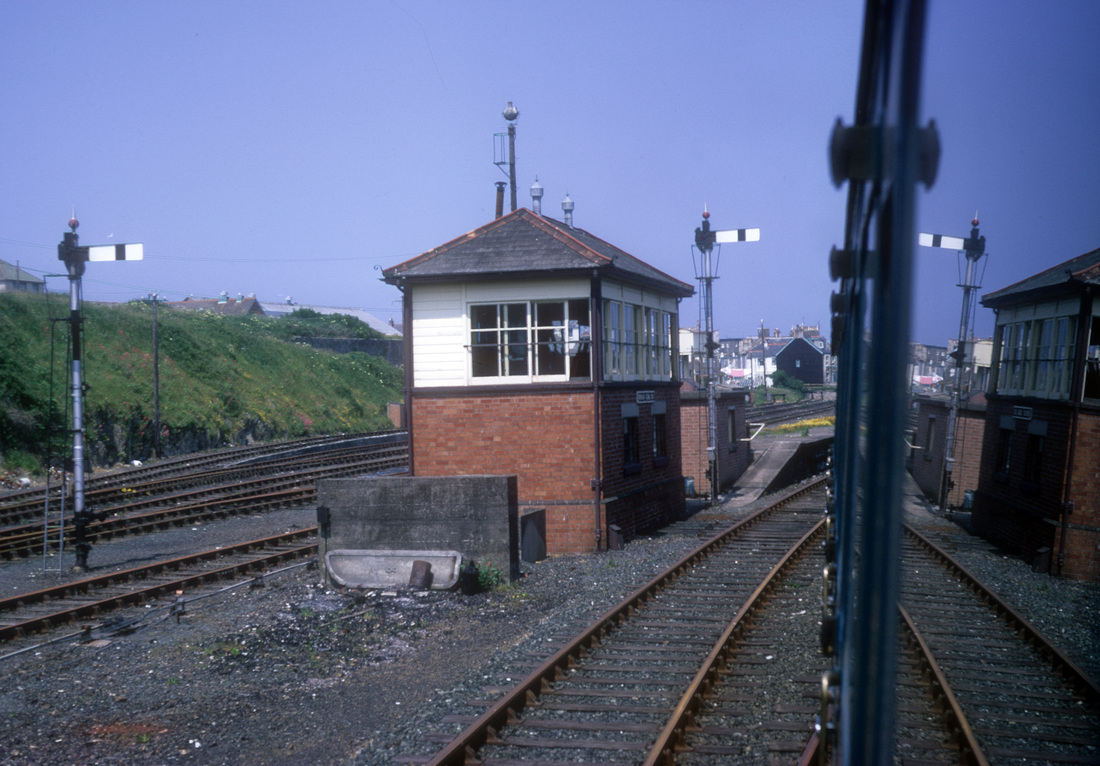
A nice day in June 1969 by the look of it. Newquay signalbox is still very much in use though by the rust on the rails it looks as if all traffic lately has been going into the platform served by the main station buildings. All that is left nowadays is the single track past the site of the box running in to one face of the platform seen in this picture. Copyright Doug Nicholls.
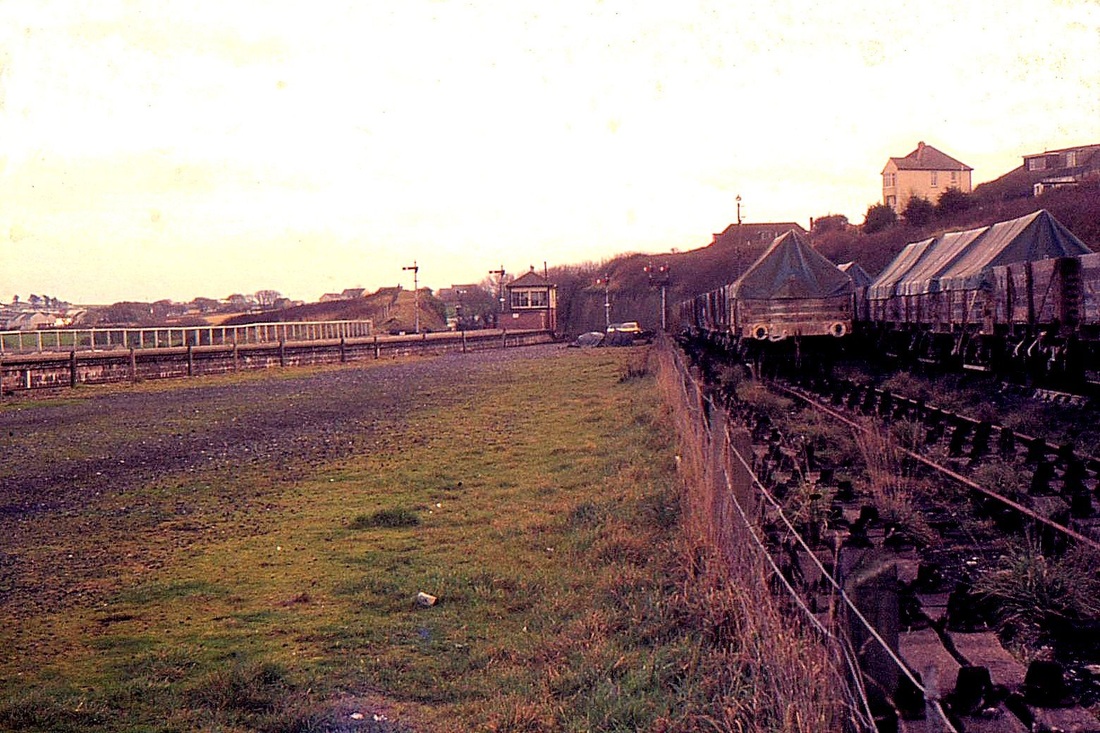
An interesting view taken by Peter Butt. Newquay station 'under reduction'. Most of the goods yard was removed in 1965. Two of the carriage sidings in 1968 & two more in 1969 leaving just about what we see here. The signalbox remained open until 1987. It is of interest to note the number of clay hoods here in the remaining sidings - these were numbered 6 & 7. The position of the cream coloured house looking over the scene must have been a railway enthusiasts dream, the view must have extended to Tolcarne Junction. Copyright Peter Butt
The last Peak to Newquay a report by Clive Smith
Roger Winnen's recent superb pictures of peaks on the Newquay branch in 1975 brought back memories.
I was fortunate to travel on the last ever peak to visit Newquay on Saturday 28th September 1985, which, compared to the farewell railtours for Westerns and 50s, was a very low-key affair . Enthusiasts you could count on one hand and not even a home-made headboard to commemorate this little piece of history !
Withdrawal of class 46s was completed in 1984 and inroads had started on class 45/0s. BR decided that from the start of the 1985 winter timetable in the west of England only Bristol Bath Road drivers would continue with traction knowledge of peaks. Only Bristol drivers would then have route knowledge to Plymouth, so the death knell was sounded for peaks in Cornwall as any drivers from depots west of Bristol wouldn't be signed to drive peaks from early 1986. This was due to 'refreshers' being compulsory for drivers who had not driven a loco class for six months. With Newquay loco hauled services being summer only, the writing was on the wall for peaks to the North Cornwall coast.
28/09/85 was to be the last possible date and 1V73 09.11 Manchester to Newquay the best train likely to produce a peak as this was a through loco from Birmingham to Newquay. However the omens were not good as this train had produced a 47 throughout the month leaving Newquay bereft of peaks for a while. Fate deigned that the summer's last 1V73 would be hauled by 45145 and so it was that this workhorse class that roamed from Aberdeen to Penzance put in its final appearance at the resort. I hope my pictures of this day pay homage to an unsung class so long a feature down here.
As an interesting footnote, when the The Western Lizard Railtour was first advertised to bring D1015 Western Champion to Newquay in March 2005, the assisting loco was scheduled to be 46035/D172 "Ixion" . However this was soon re-advertised for a 66 due to the peak's non-availability. Who knows if we will ever see a peak at Newquay again ? Many thanks Clive.
Roger Winnen's recent superb pictures of peaks on the Newquay branch in 1975 brought back memories.
I was fortunate to travel on the last ever peak to visit Newquay on Saturday 28th September 1985, which, compared to the farewell railtours for Westerns and 50s, was a very low-key affair . Enthusiasts you could count on one hand and not even a home-made headboard to commemorate this little piece of history !
Withdrawal of class 46s was completed in 1984 and inroads had started on class 45/0s. BR decided that from the start of the 1985 winter timetable in the west of England only Bristol Bath Road drivers would continue with traction knowledge of peaks. Only Bristol drivers would then have route knowledge to Plymouth, so the death knell was sounded for peaks in Cornwall as any drivers from depots west of Bristol wouldn't be signed to drive peaks from early 1986. This was due to 'refreshers' being compulsory for drivers who had not driven a loco class for six months. With Newquay loco hauled services being summer only, the writing was on the wall for peaks to the North Cornwall coast.
28/09/85 was to be the last possible date and 1V73 09.11 Manchester to Newquay the best train likely to produce a peak as this was a through loco from Birmingham to Newquay. However the omens were not good as this train had produced a 47 throughout the month leaving Newquay bereft of peaks for a while. Fate deigned that the summer's last 1V73 would be hauled by 45145 and so it was that this workhorse class that roamed from Aberdeen to Penzance put in its final appearance at the resort. I hope my pictures of this day pay homage to an unsung class so long a feature down here.
As an interesting footnote, when the The Western Lizard Railtour was first advertised to bring D1015 Western Champion to Newquay in March 2005, the assisting loco was scheduled to be 46035/D172 "Ixion" . However this was soon re-advertised for a 66 due to the peak's non-availability. Who knows if we will ever see a peak at Newquay again ? Many thanks Clive.
-----------------------------------------------------------------
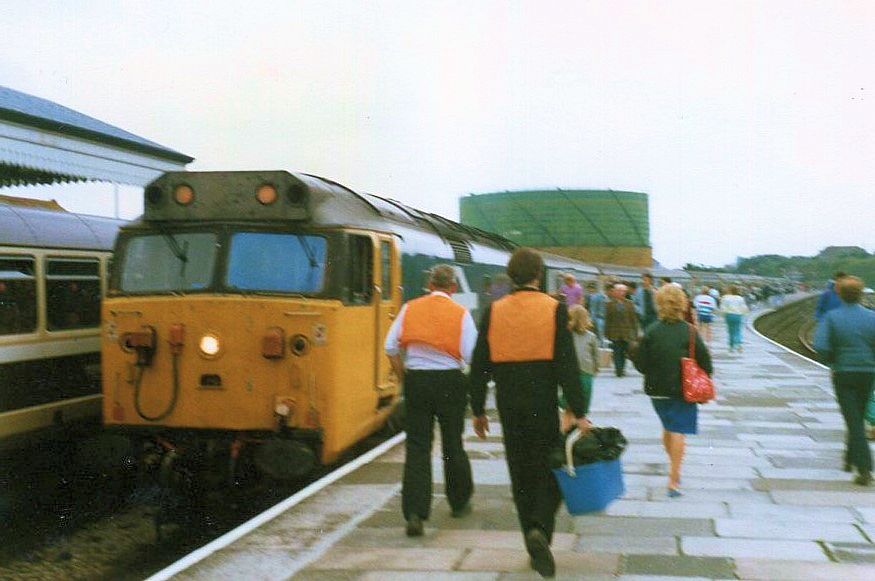
Its a summer Saturday in August 1986 and a class 50 has just arrived with a service train - out go the staff to clean and service it. Note the gas holder visible above the train - that's long gone now. While platfrom 2 is occupied by a class 142 skipper the 50 cannot uncouple and pull forward to run round. Copyright Keith Jenkin
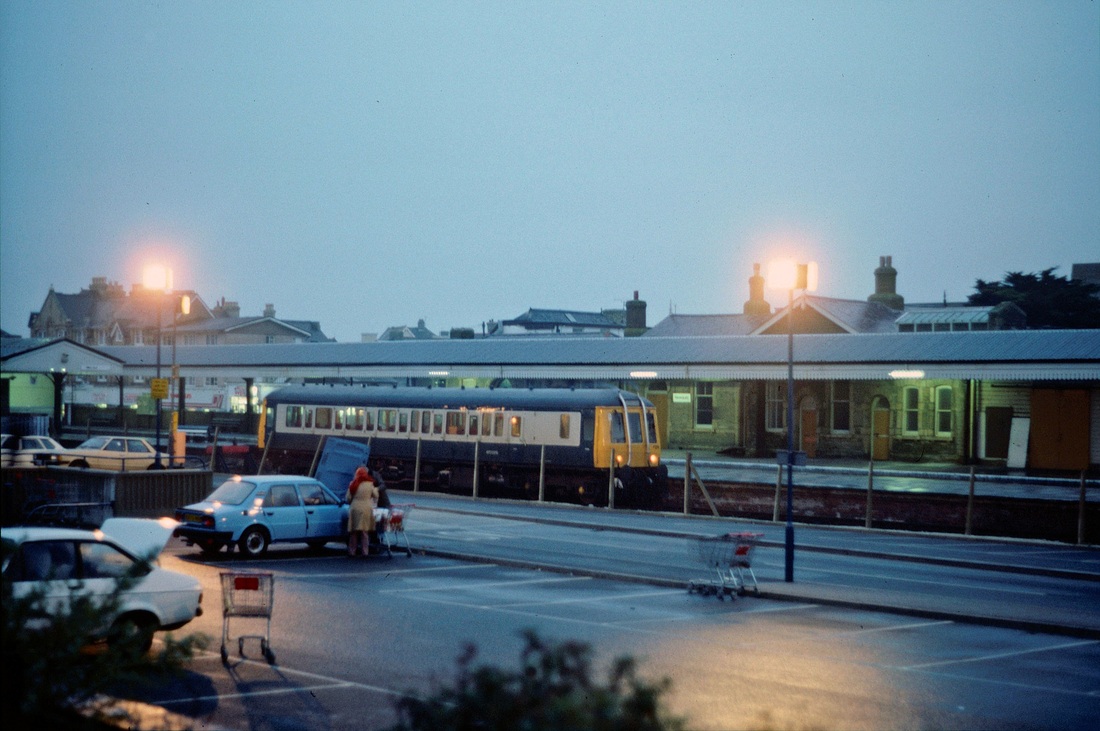
Roger Smith who had previously visited Newquay during the summer returned to sample the resort on the 18th December 1987. A solitary bubble car stands in the gloom at the outer bay of the island platform. Roger comments on the people loading their Christmas shopping into the front of a Skoda Estelle. (The engine was in the back). Copyright.
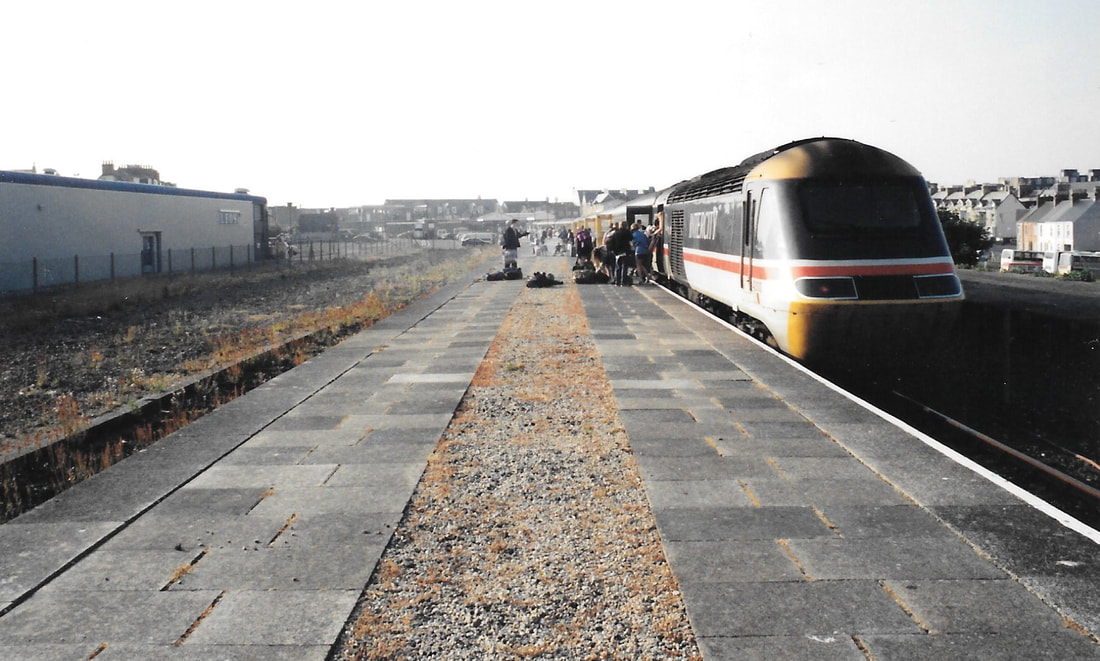
An interesting panorama from the end of Newquay station taken on Saturday 24 June 1995, a few minutes after an HST has arrived from the north of England. The station had been reduced to a single platform with no signalling since October 1987 yet the former platform 3 and the carriage sidings on the left were still clearly visible in a way which is not the case today. As on much of the railway today, the left side of this picture today is overgrown with trees.
The rationalisation of Newquay station back in 1987 resulted in significantly fewer long distance "summer Saturday" trains running to the town, but this picture highlights that the few services which remained in the early/mid 1990s continued to be very well used in mid Summer.
Copyright Kevin Fowkes.
THE END
The end came for the remaining buildings at Newquay station in 1992 - here, courtesy of Roger Winnen's camera we see the demolition works of the buildings, and the single track at the only remaining platform being cut back to allow more room in the forecourt.
The end came for the remaining buildings at Newquay station in 1992 - here, courtesy of Roger Winnen's camera we see the demolition works of the buildings, and the single track at the only remaining platform being cut back to allow more room in the forecourt.
Newquay Harbour branch Treffry Tramway
This was connected into the sidings at Newquay station and ran for just over half a mile more or less on the level to towards a site where the line dropped steeply down an incline in a tunnel to emerge onto the harbour area. On the 27th September 1970 the Cornwall Railway Society travelled the branch from Par to Newquay and then followed the branch route - which is in part now the SW Coast footpath. Once across the main street the line has been lost. Although even at this time the upper end of the tunnel was buried we were were able, by kind permission of the owners of the Aquarium situated at the harbour entrance and built within the confines of the tunnel, to proceed, via a doorway into the tunnel and thus climb a short distance up the incline.
From Mr Tony Cooke, who reports from an extract from the C.M.R. Min dated 3rd December 1874 that the incline had been completed with traffic being worked temporarily by an old engine (Stationary) previously used for pumping purposes.
This was connected into the sidings at Newquay station and ran for just over half a mile more or less on the level to towards a site where the line dropped steeply down an incline in a tunnel to emerge onto the harbour area. On the 27th September 1970 the Cornwall Railway Society travelled the branch from Par to Newquay and then followed the branch route - which is in part now the SW Coast footpath. Once across the main street the line has been lost. Although even at this time the upper end of the tunnel was buried we were were able, by kind permission of the owners of the Aquarium situated at the harbour entrance and built within the confines of the tunnel, to proceed, via a doorway into the tunnel and thus climb a short distance up the incline.
From Mr Tony Cooke, who reports from an extract from the C.M.R. Min dated 3rd December 1874 that the incline had been completed with traffic being worked temporarily by an old engine (Stationary) previously used for pumping purposes.
Colin Burges provides recent pictures (2018) of the Harbour Tunnel at Newquay
Many thanks Colin
If you would like to follow the route of the Harbour Tramway from Newquay Station with the aid of a 6" map courtesy the National Library of Scotland please click below.:- (you may pan and zoom as you wish)
https://maps.nls.uk/geo/explore/#zoom=16&lat=50.4161&lon=-5.0900&layers=6&b=1
The 80 yard tunnel was opened in November 1849 and ceased to be used on closure of the tramway in 1926. According to the records of the late Mr. C.R. Clinker who reports that coal and clay traffic last carried in 1921, only fish being carried until closure. The track through the town being removed in 1928.
The tramways route through the town remains as part of the SW Coast path and can be traced from just opposite the railway station westwards through a cutting - the pathway has been attractively paved with bricks and a representation of the tramway tracks is provided by different colour bricks. This section passes under a bridge which carries the appropriately named 'Bridge road' over the route.
Further pictures of the incline and winding house are available at the very end of our Par to Newquay coverage.
Many thanks Colin
If you would like to follow the route of the Harbour Tramway from Newquay Station with the aid of a 6" map courtesy the National Library of Scotland please click below.:- (you may pan and zoom as you wish)
https://maps.nls.uk/geo/explore/#zoom=16&lat=50.4161&lon=-5.0900&layers=6&b=1
The 80 yard tunnel was opened in November 1849 and ceased to be used on closure of the tramway in 1926. According to the records of the late Mr. C.R. Clinker who reports that coal and clay traffic last carried in 1921, only fish being carried until closure. The track through the town being removed in 1928.
The tramways route through the town remains as part of the SW Coast path and can be traced from just opposite the railway station westwards through a cutting - the pathway has been attractively paved with bricks and a representation of the tramway tracks is provided by different colour bricks. This section passes under a bridge which carries the appropriately named 'Bridge road' over the route.
Further pictures of the incline and winding house are available at the very end of our Par to Newquay coverage.
